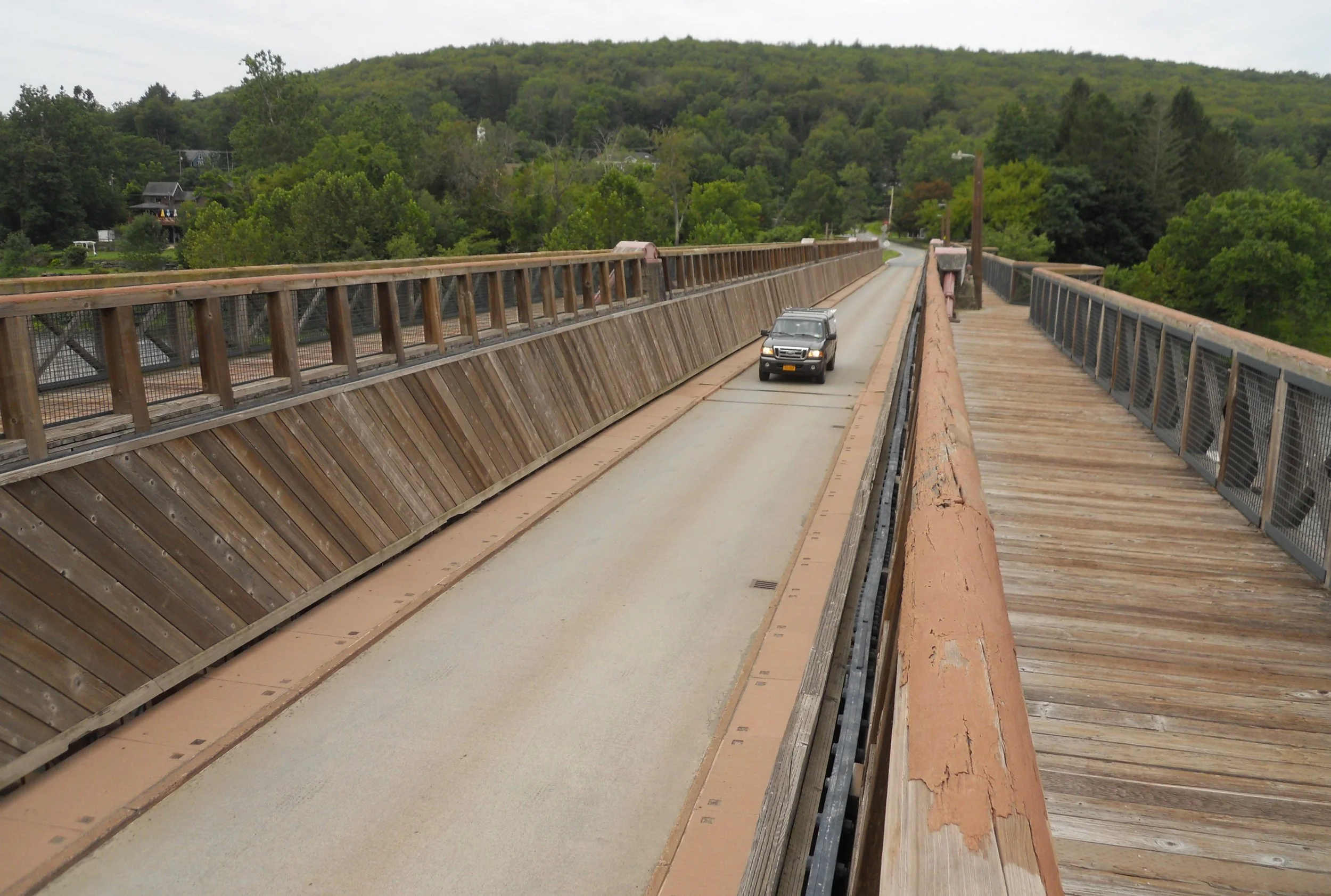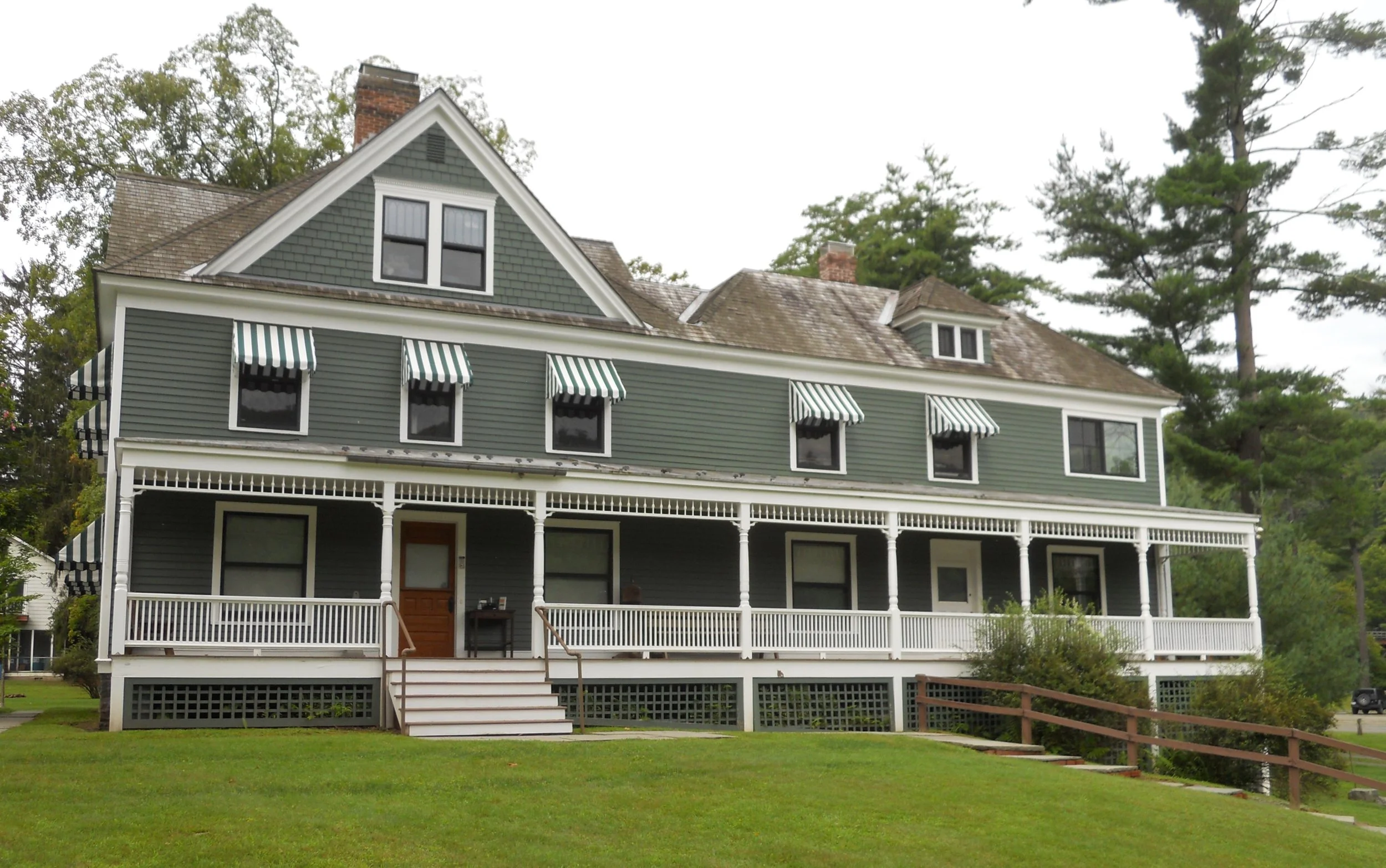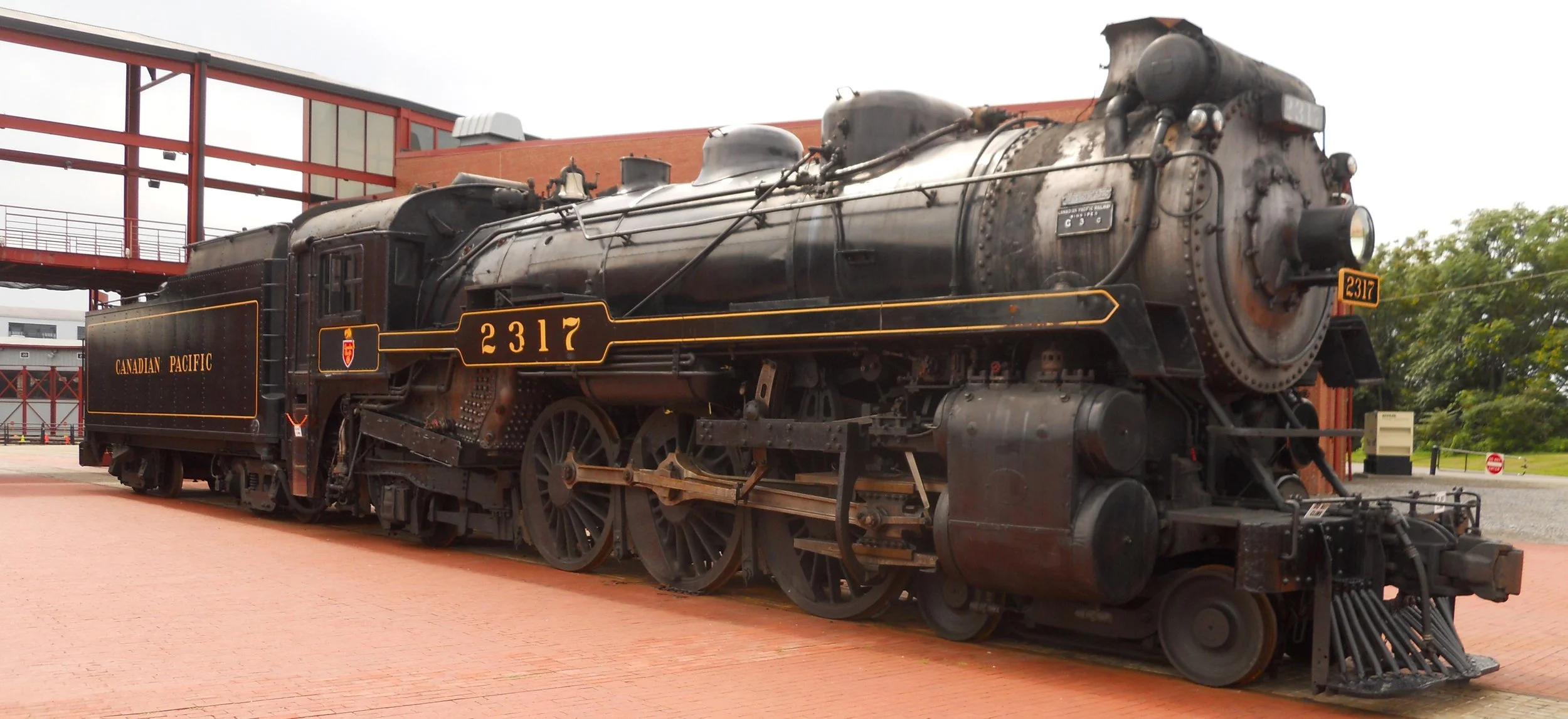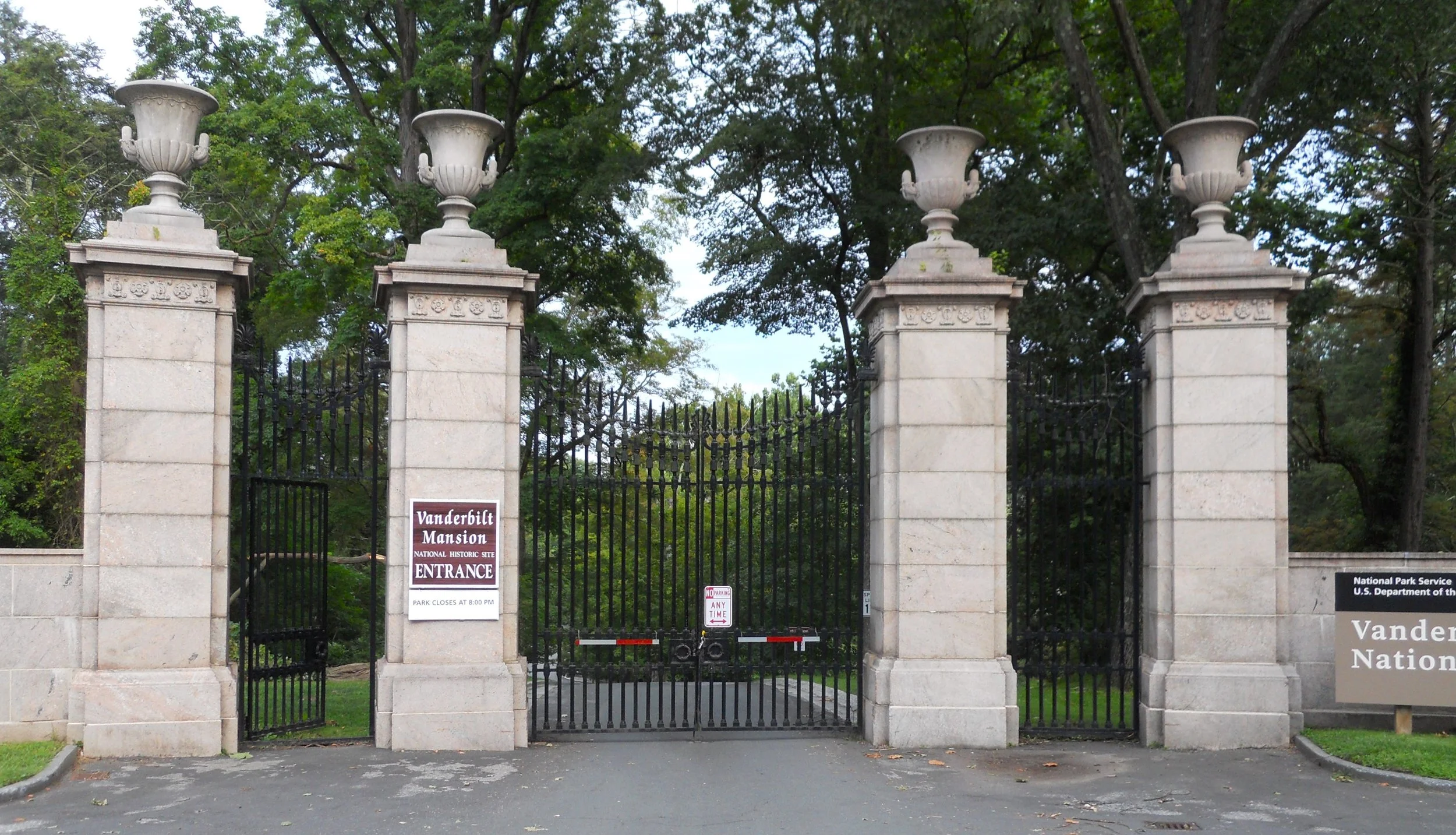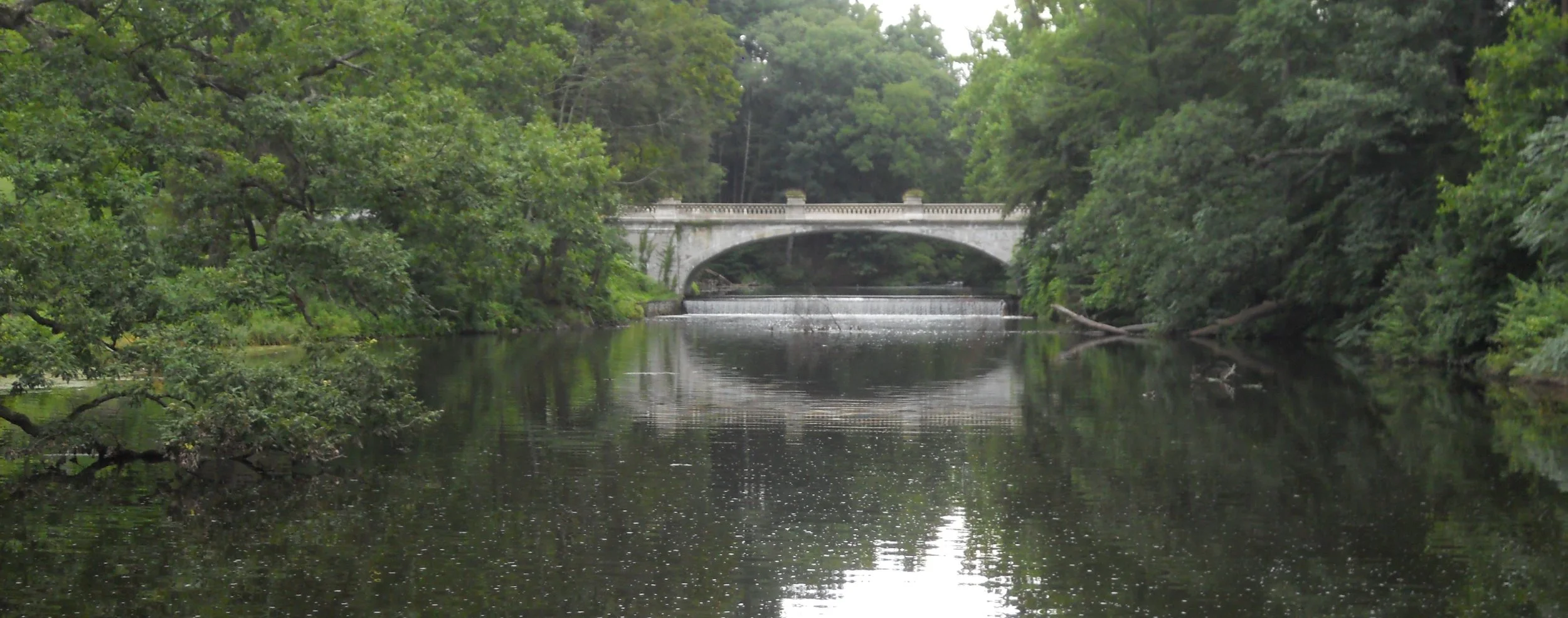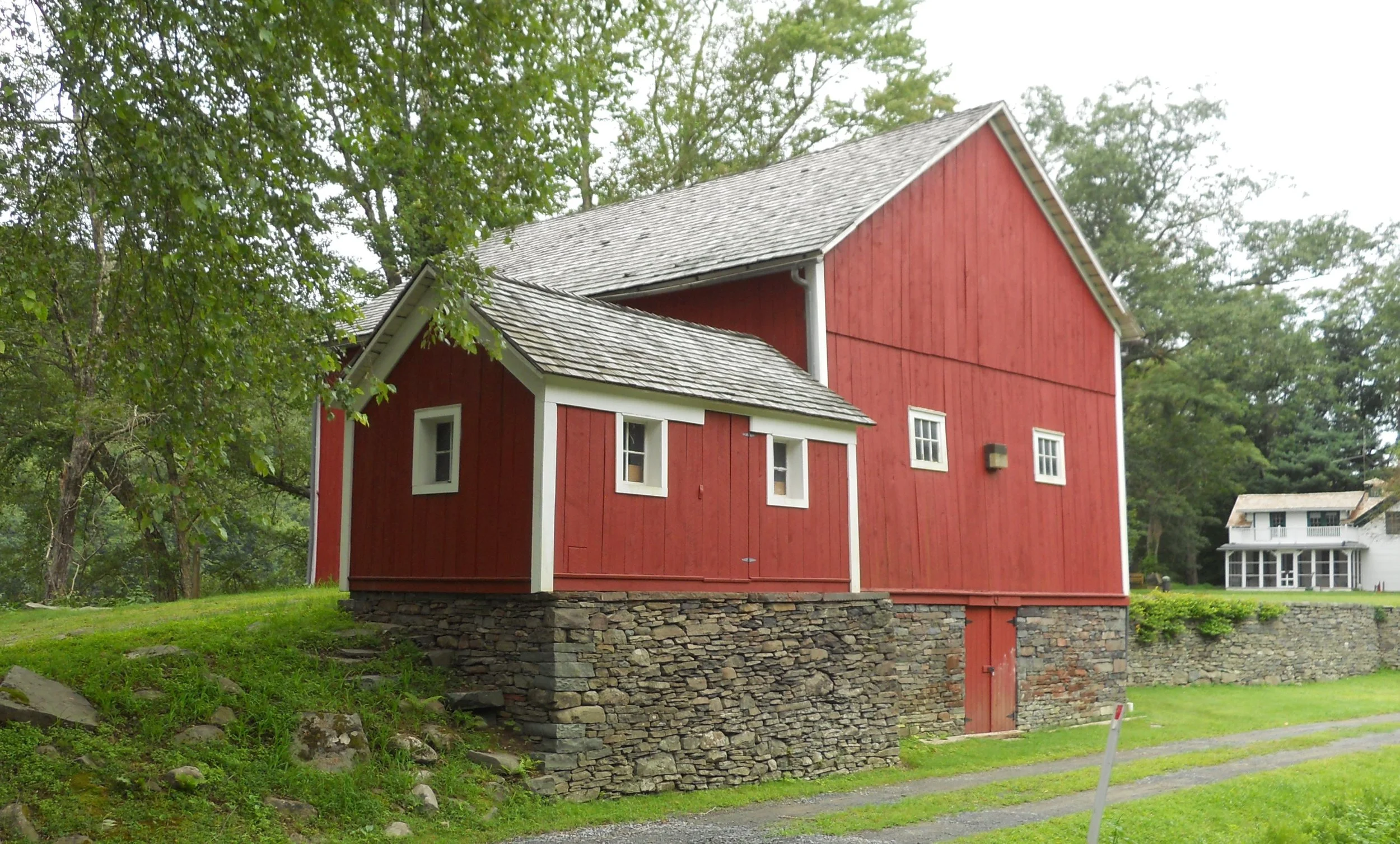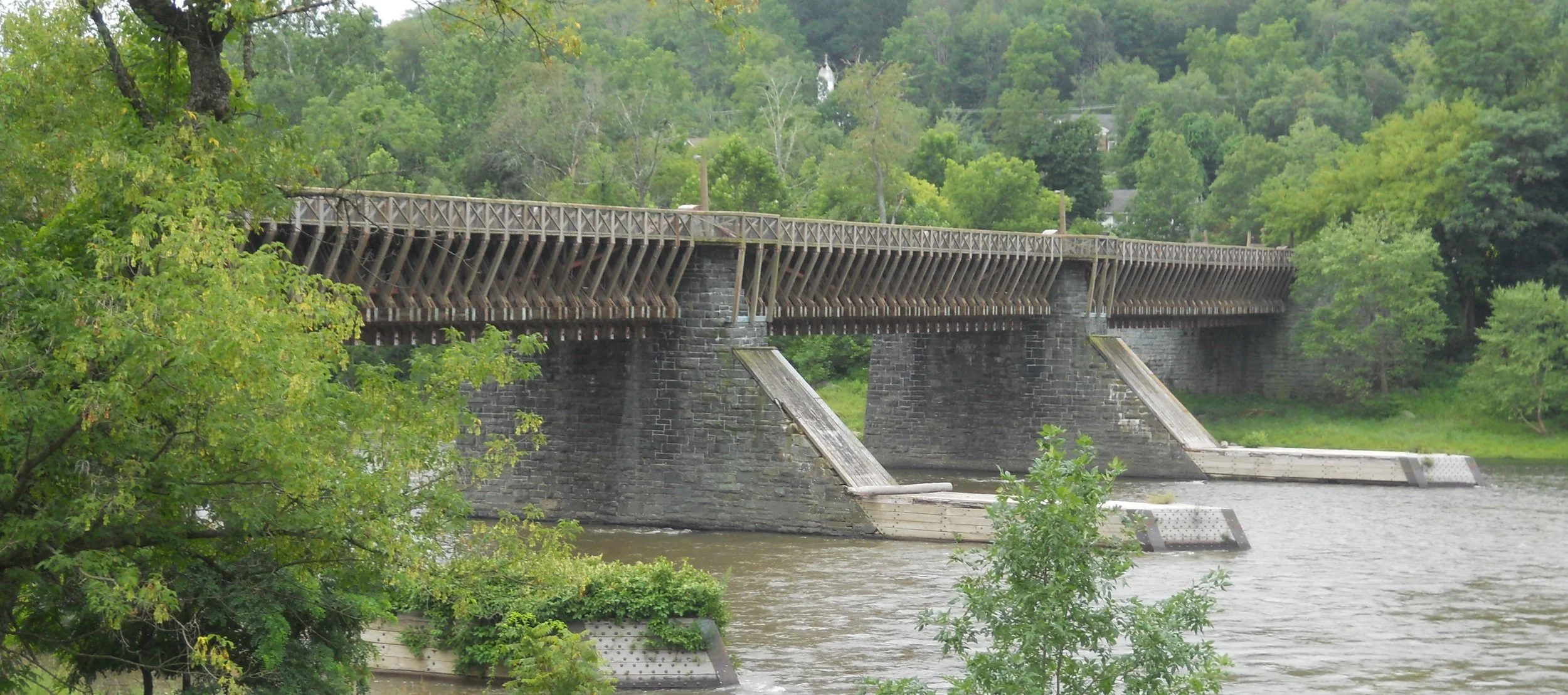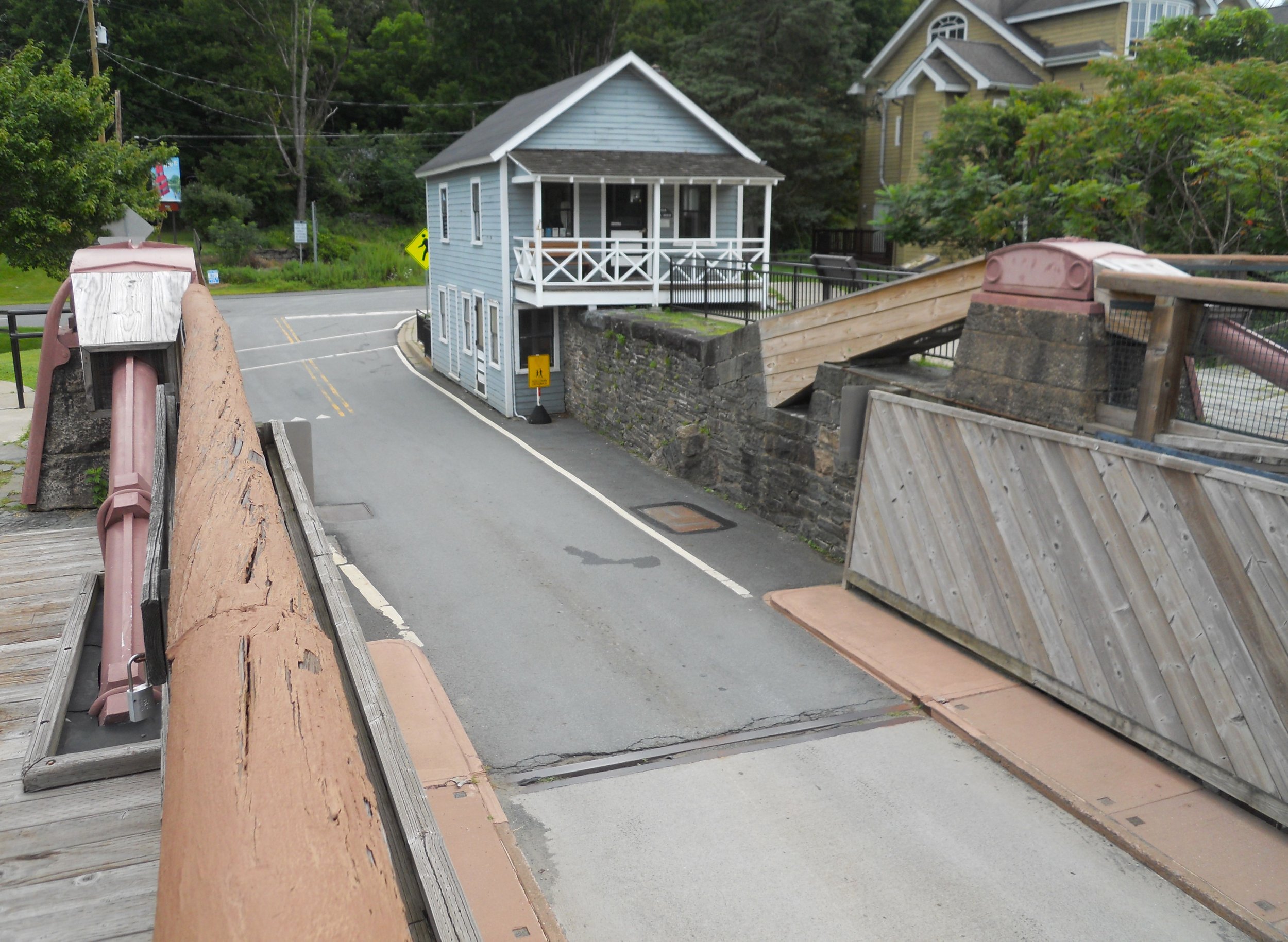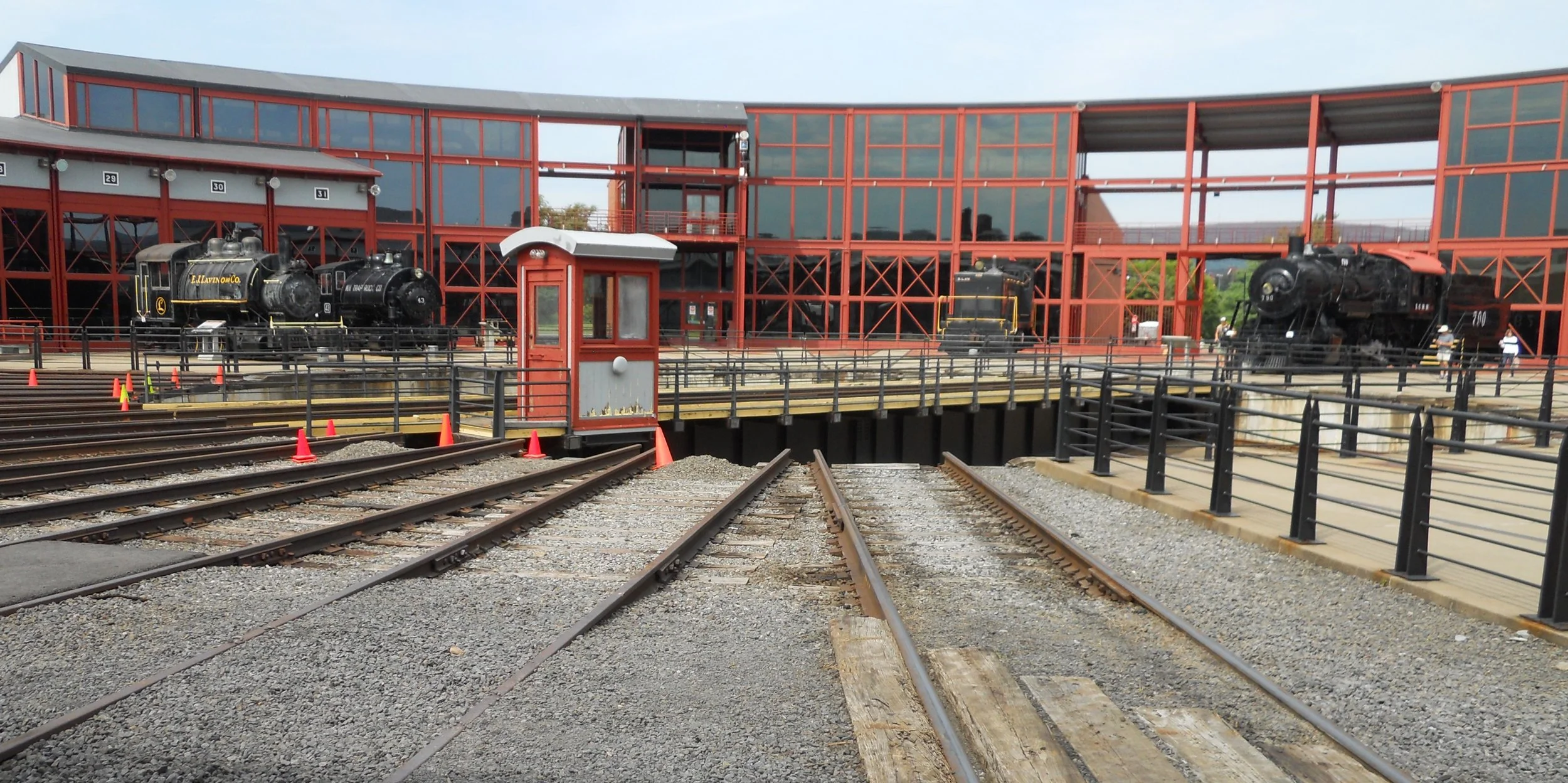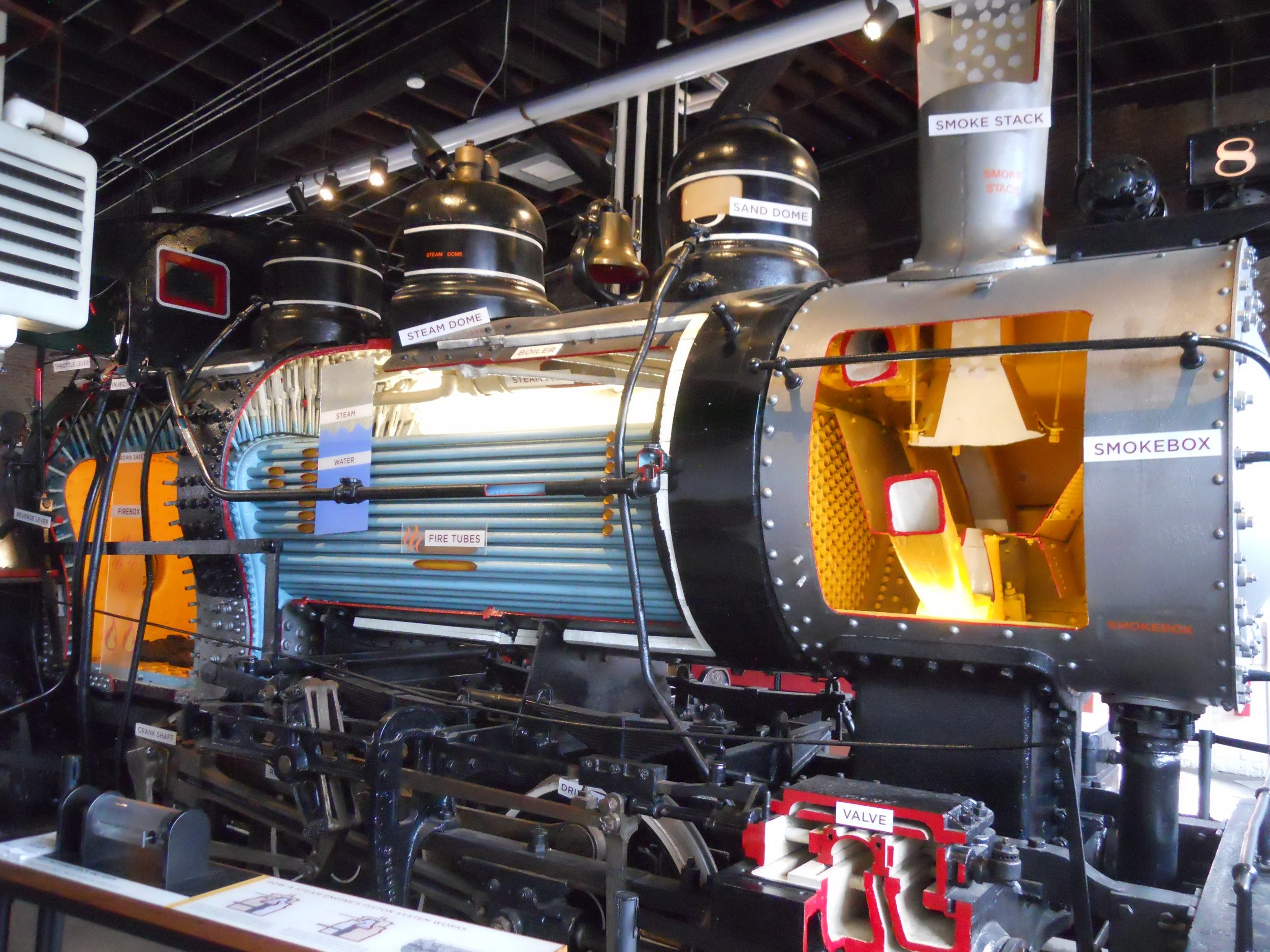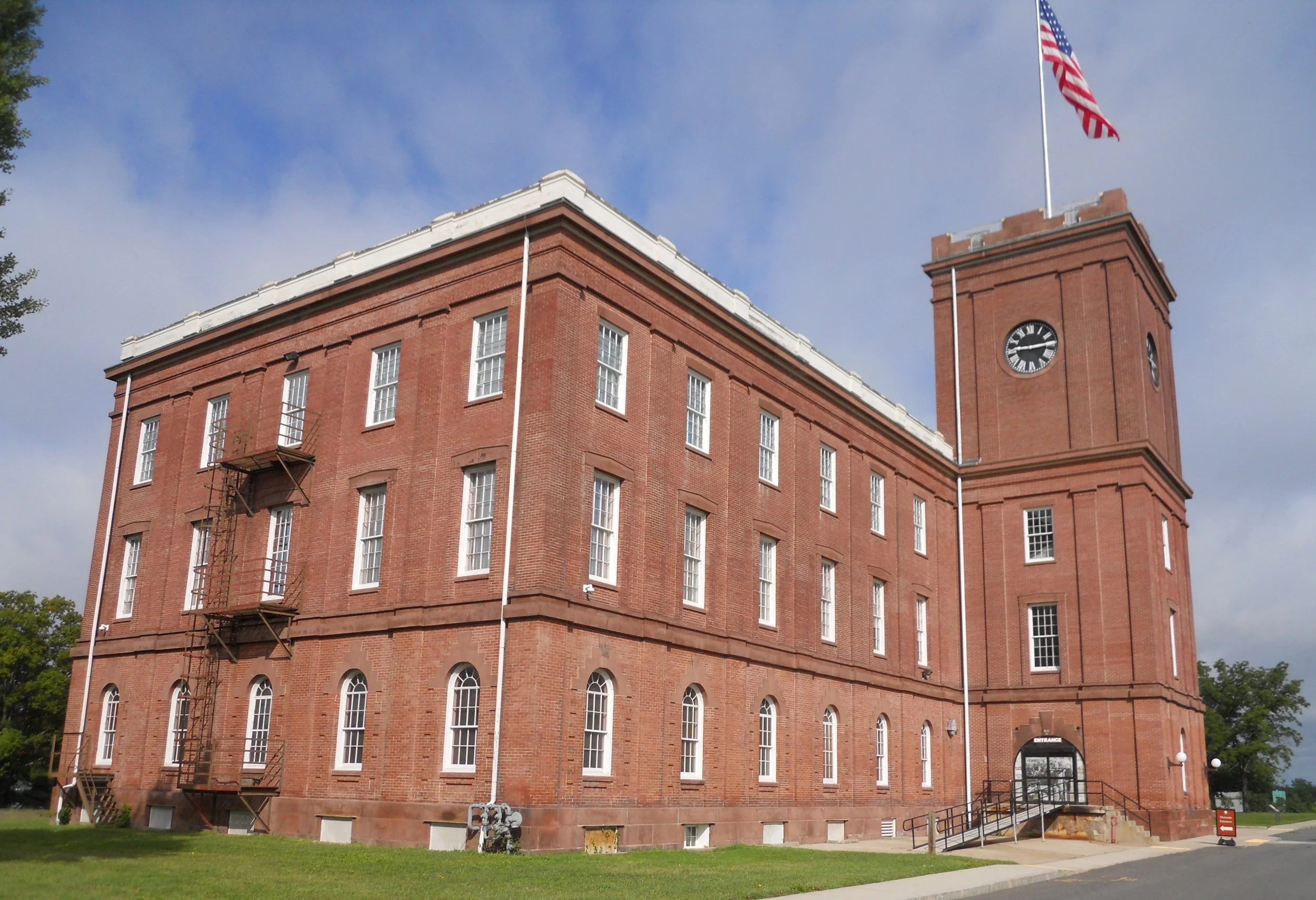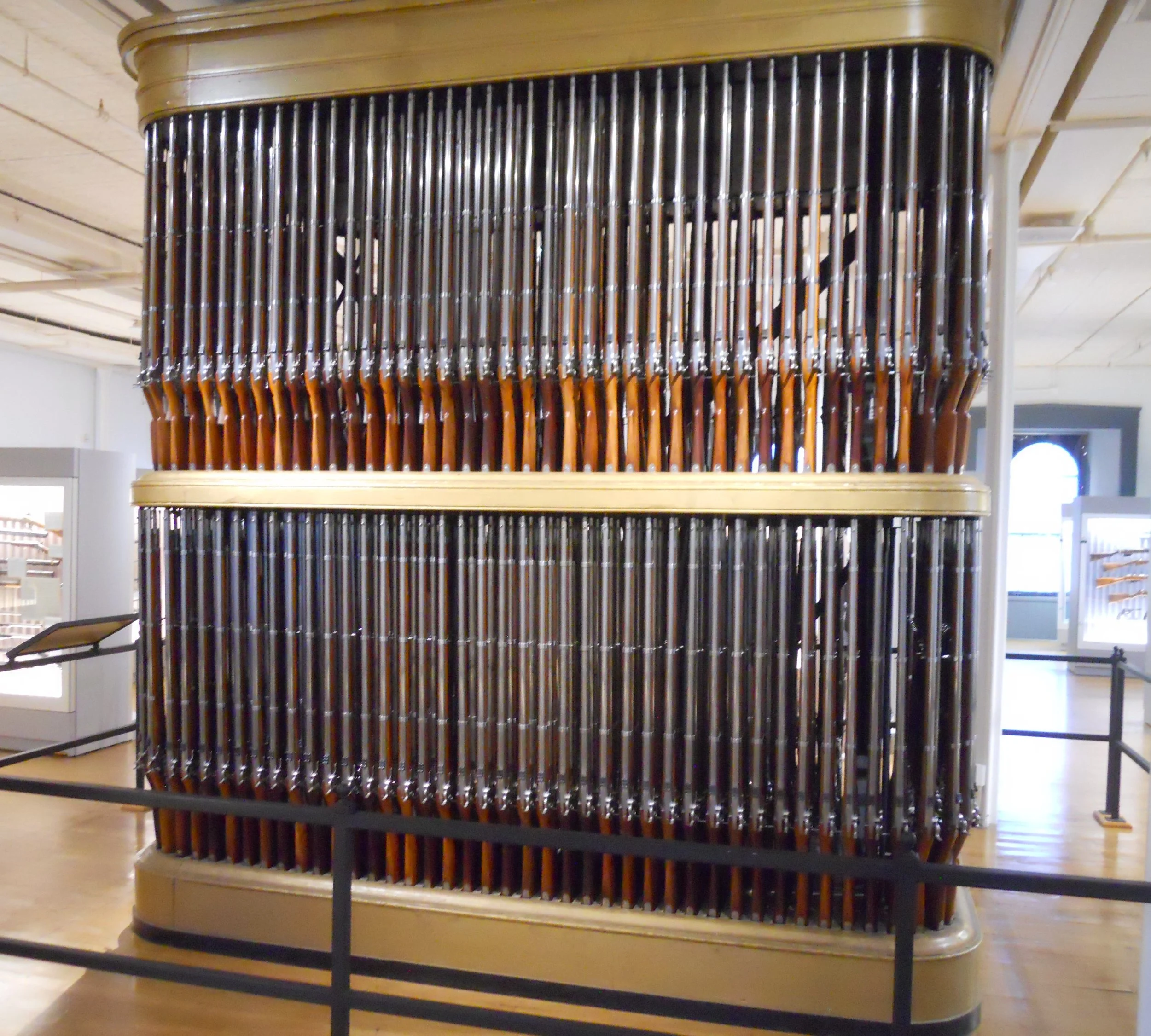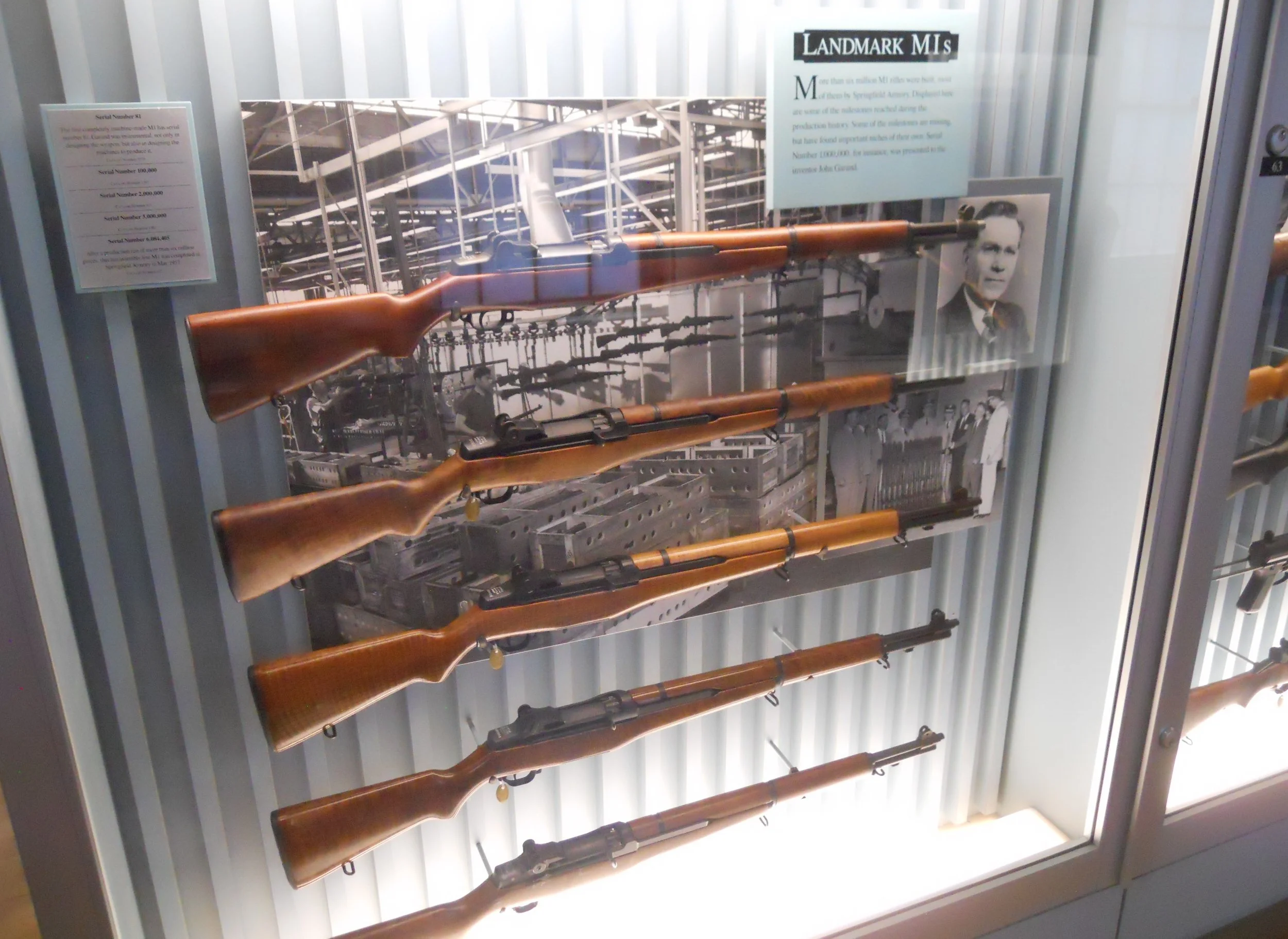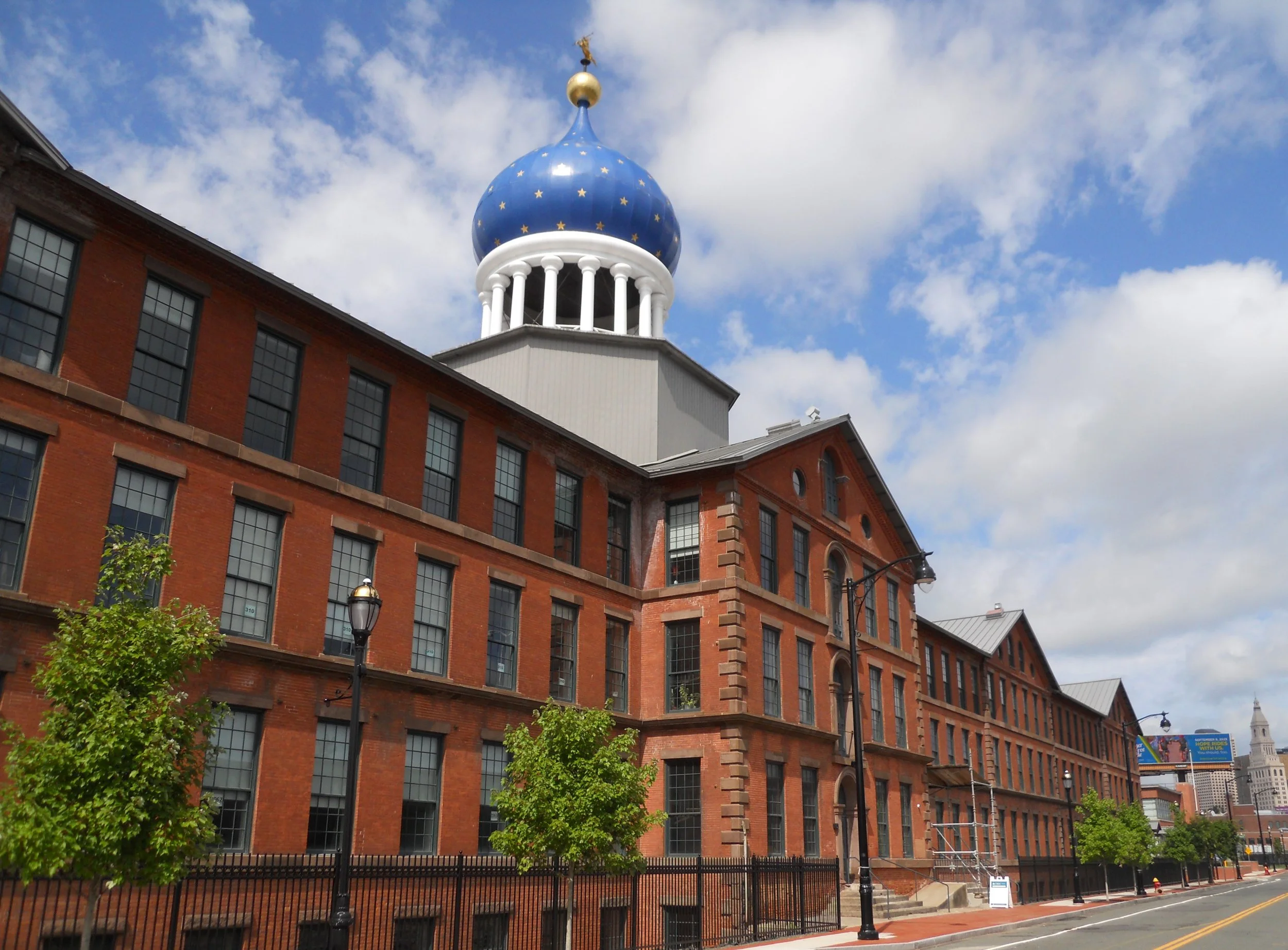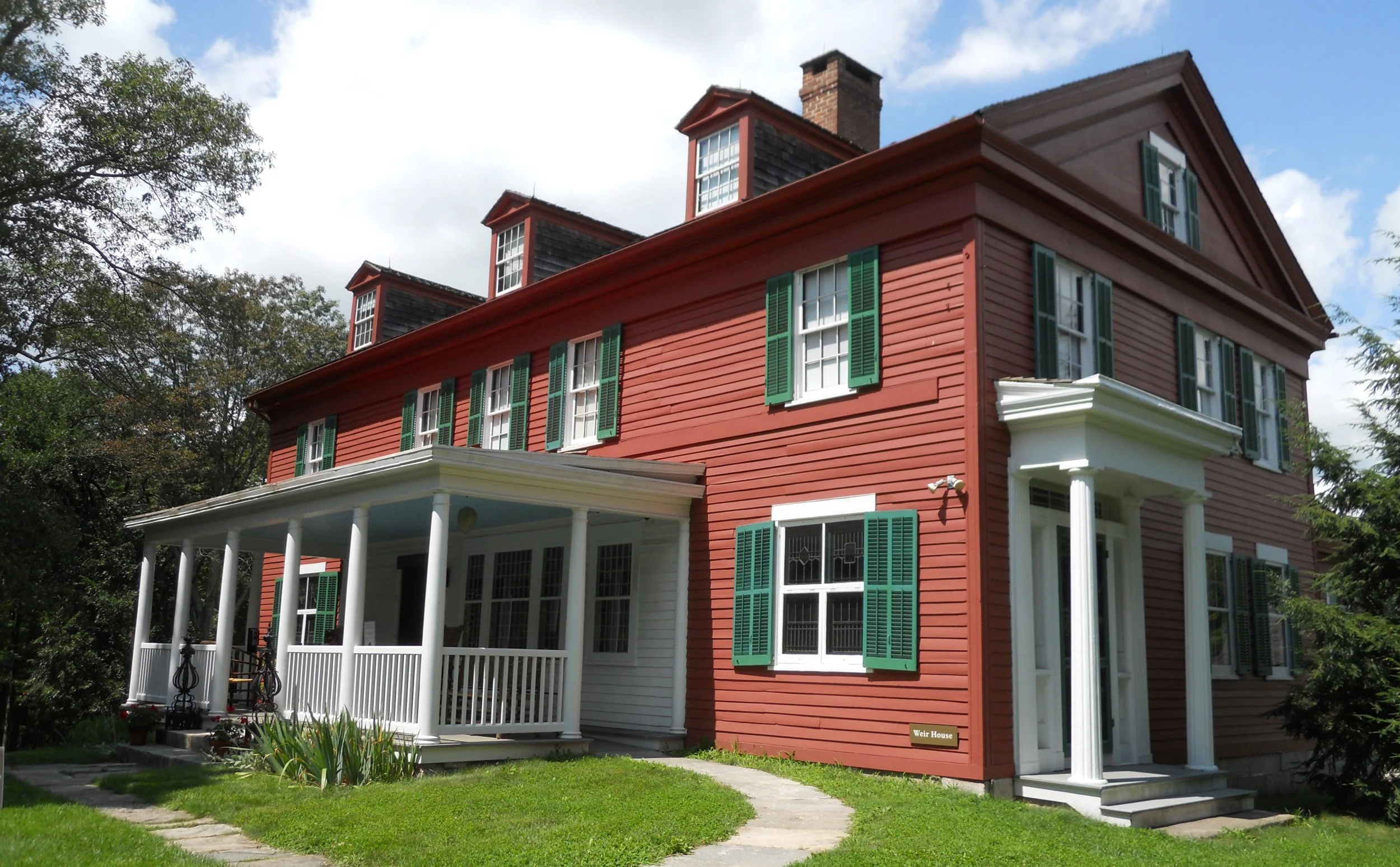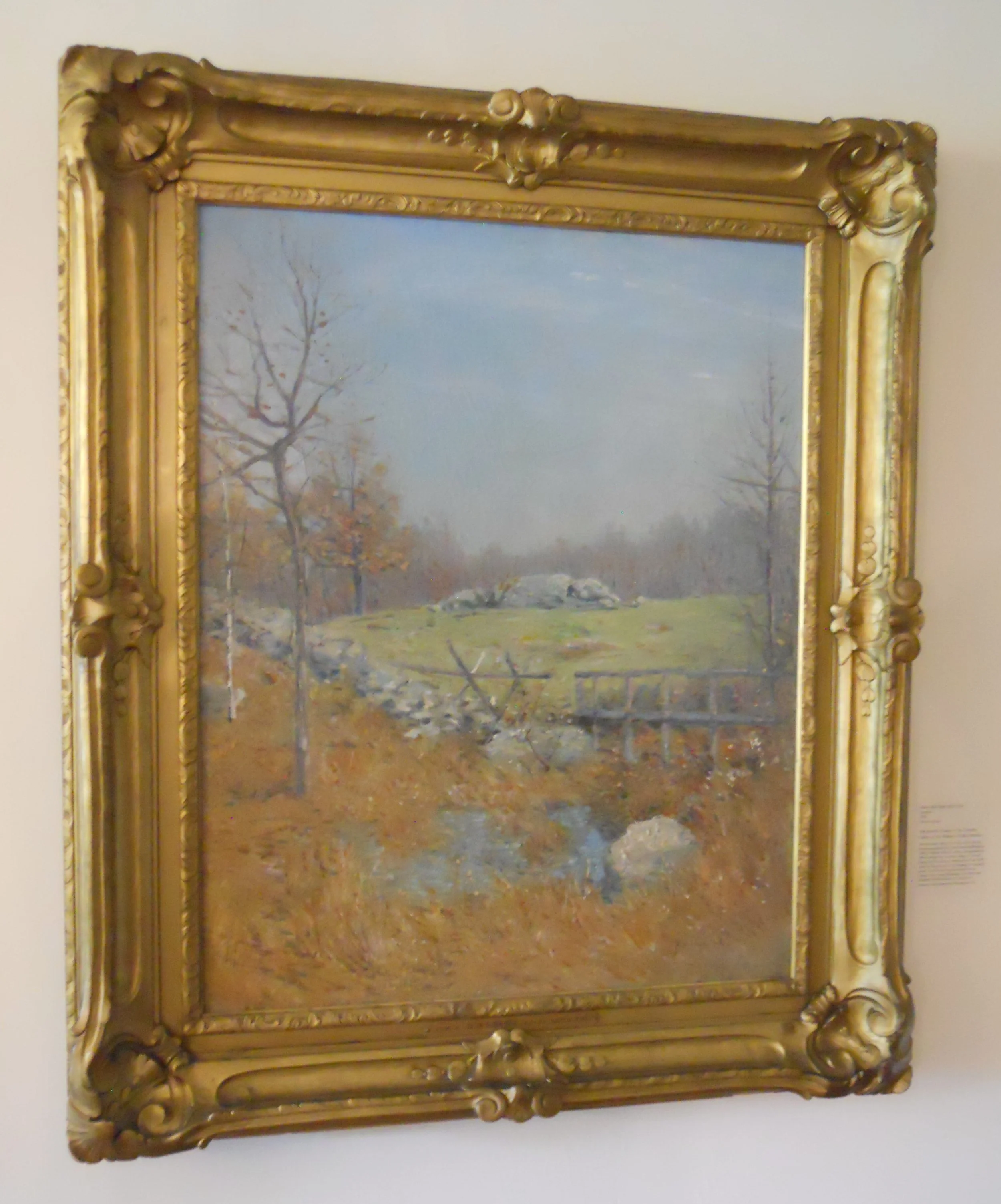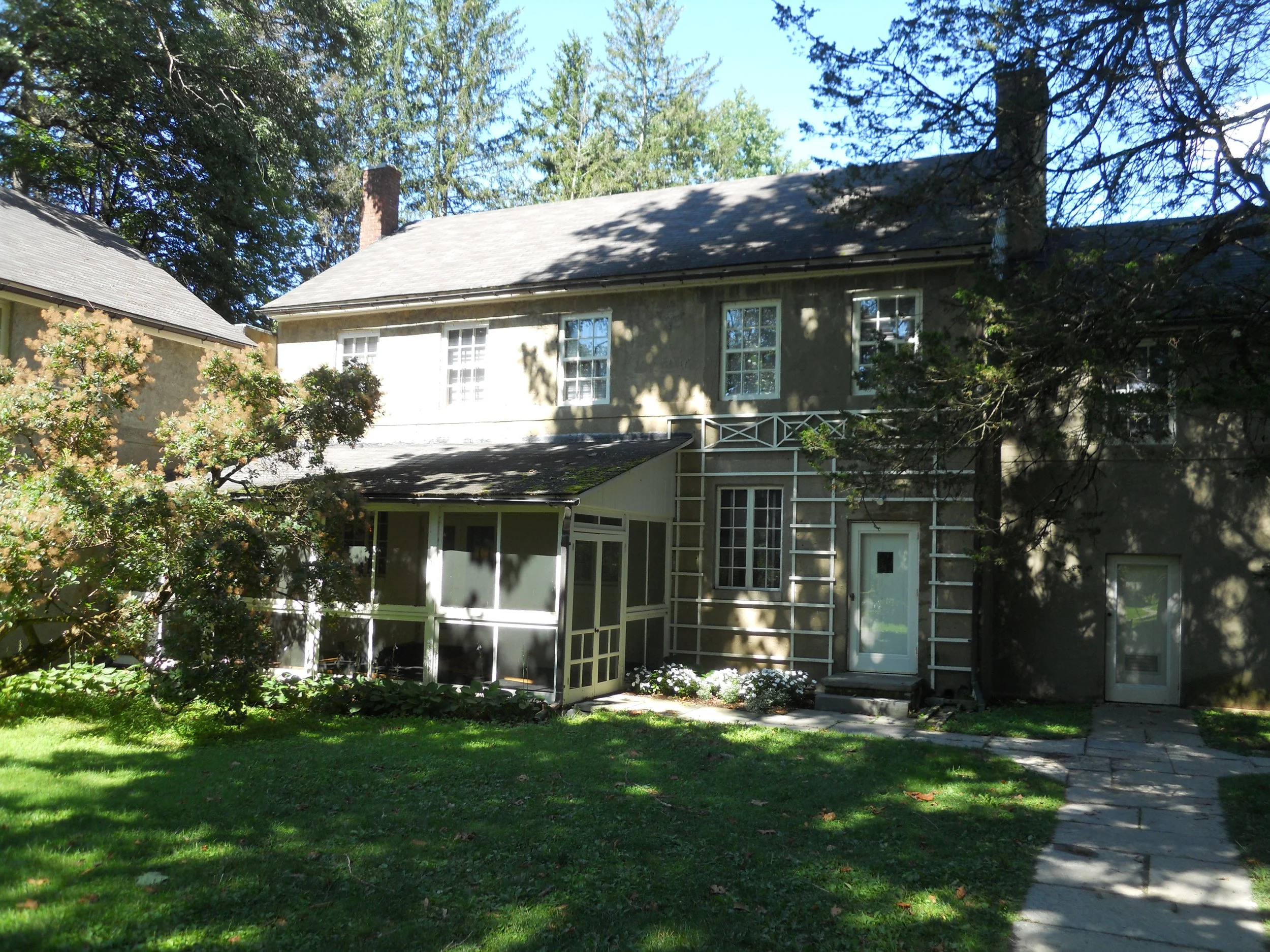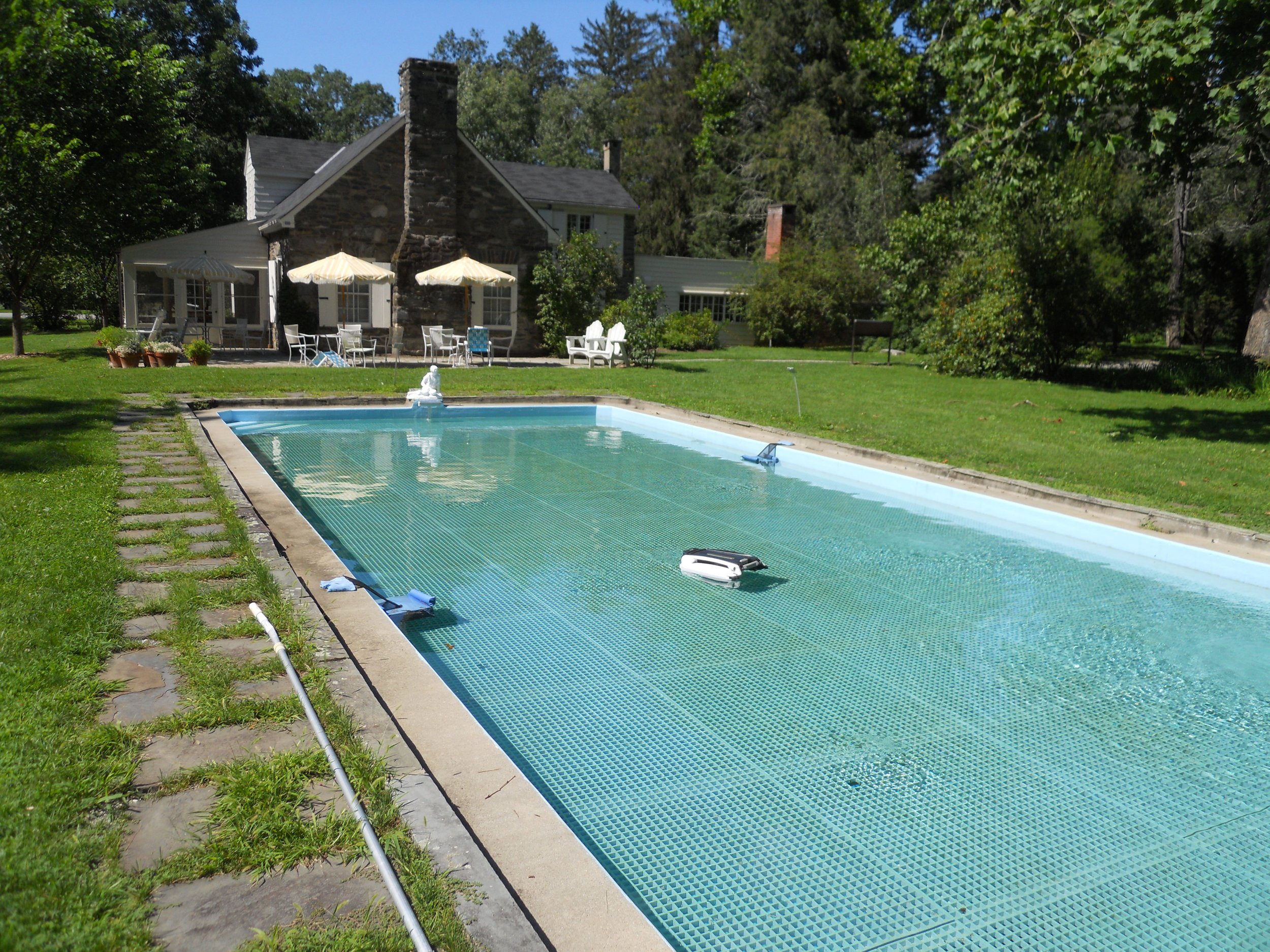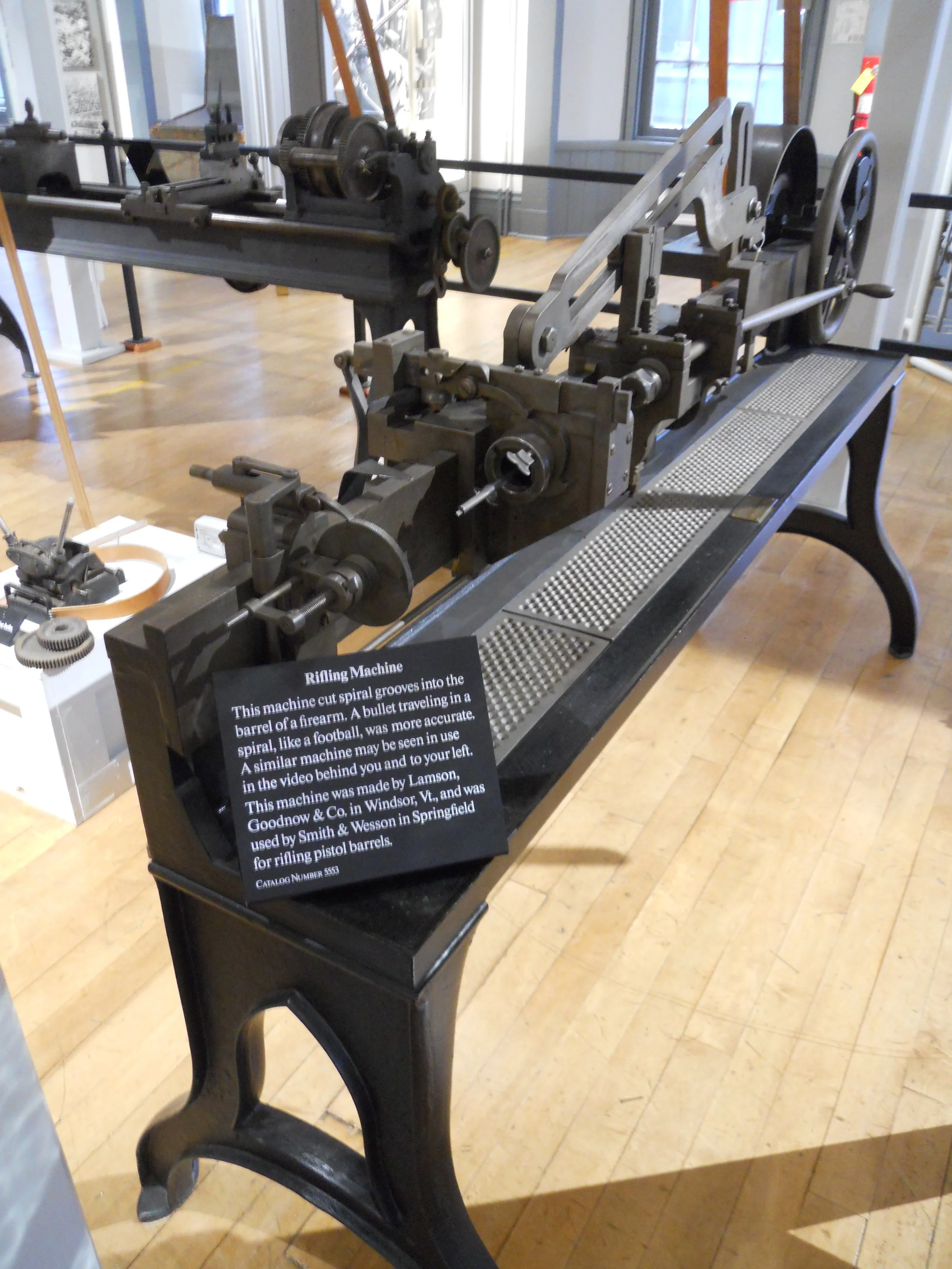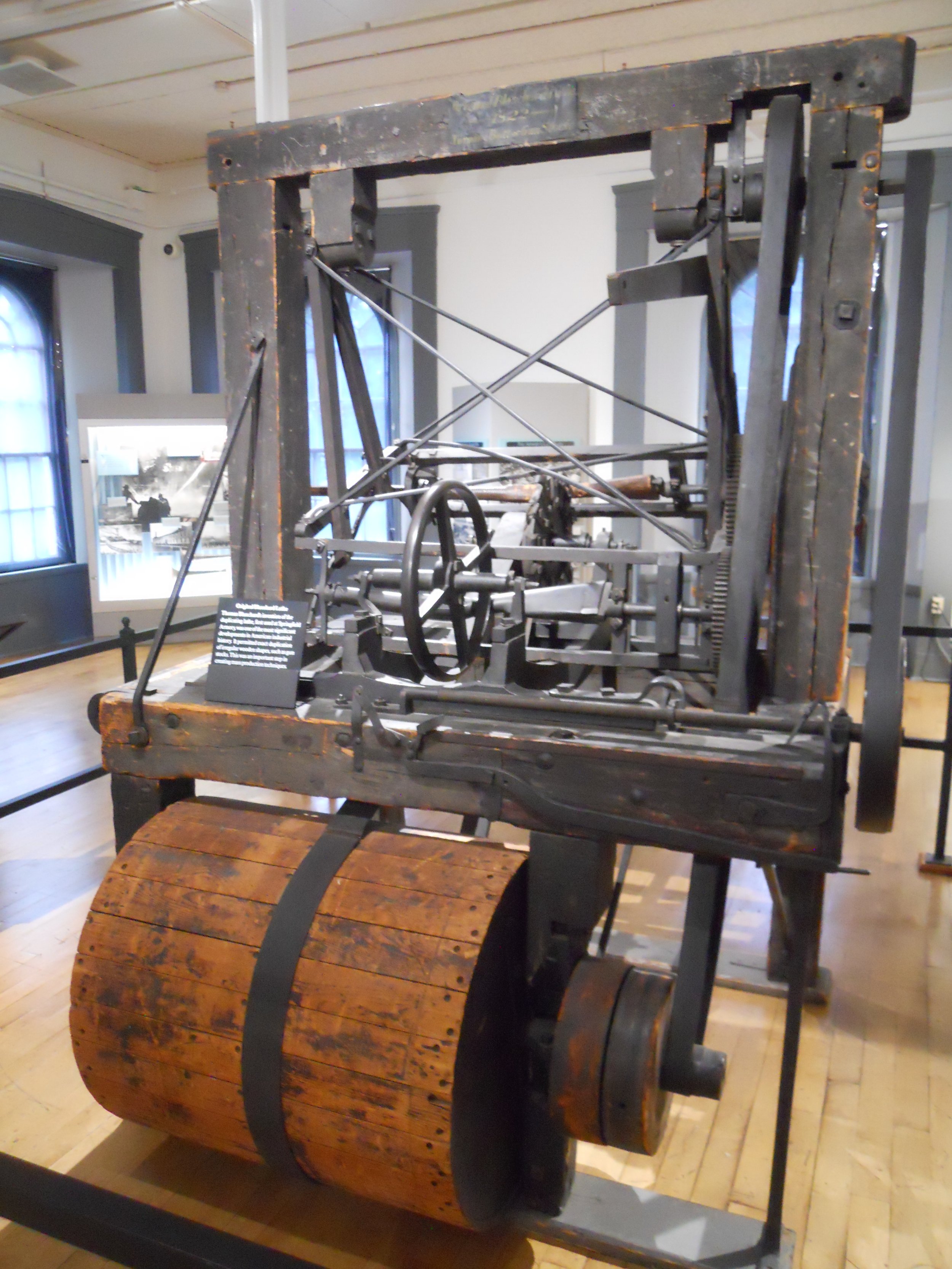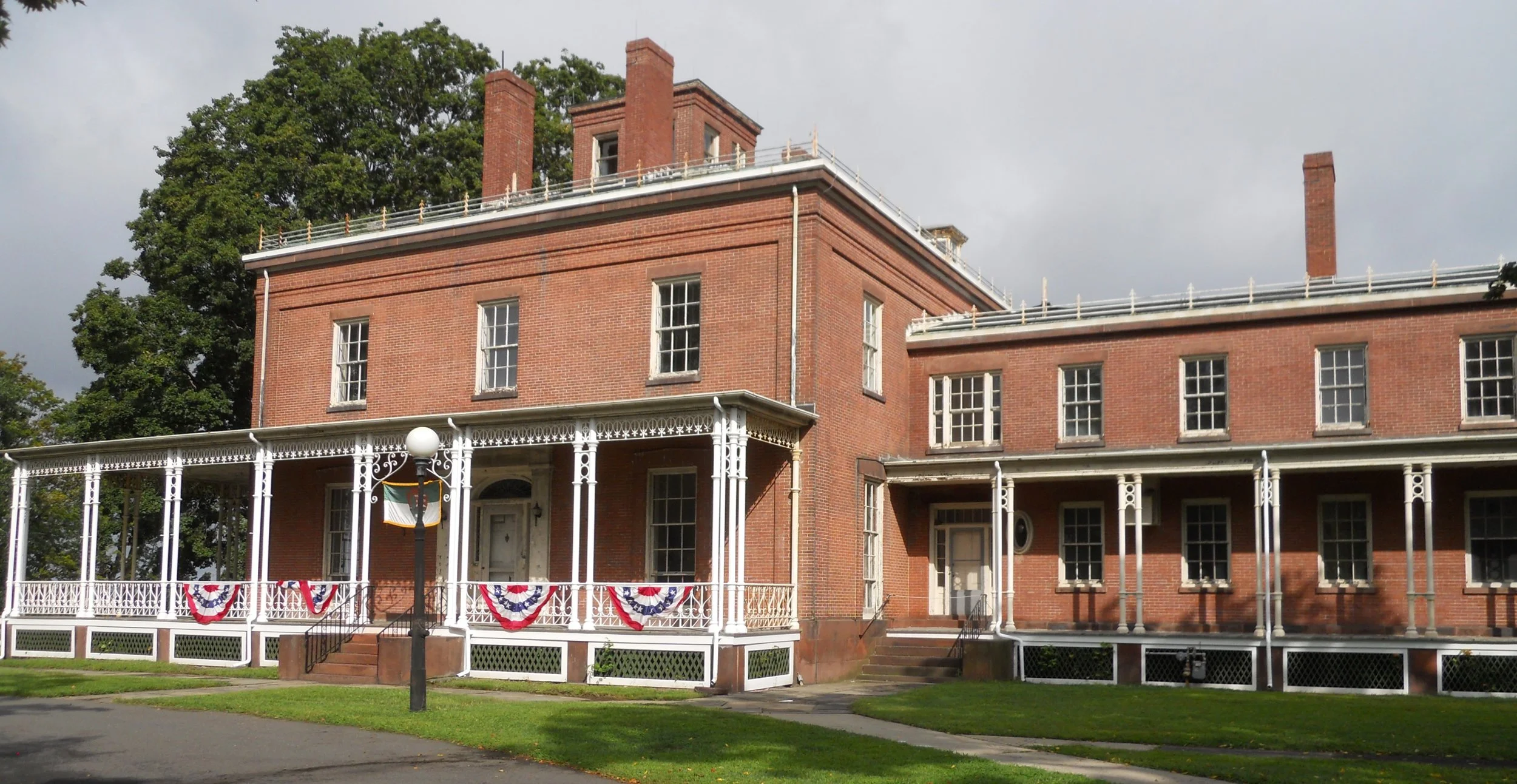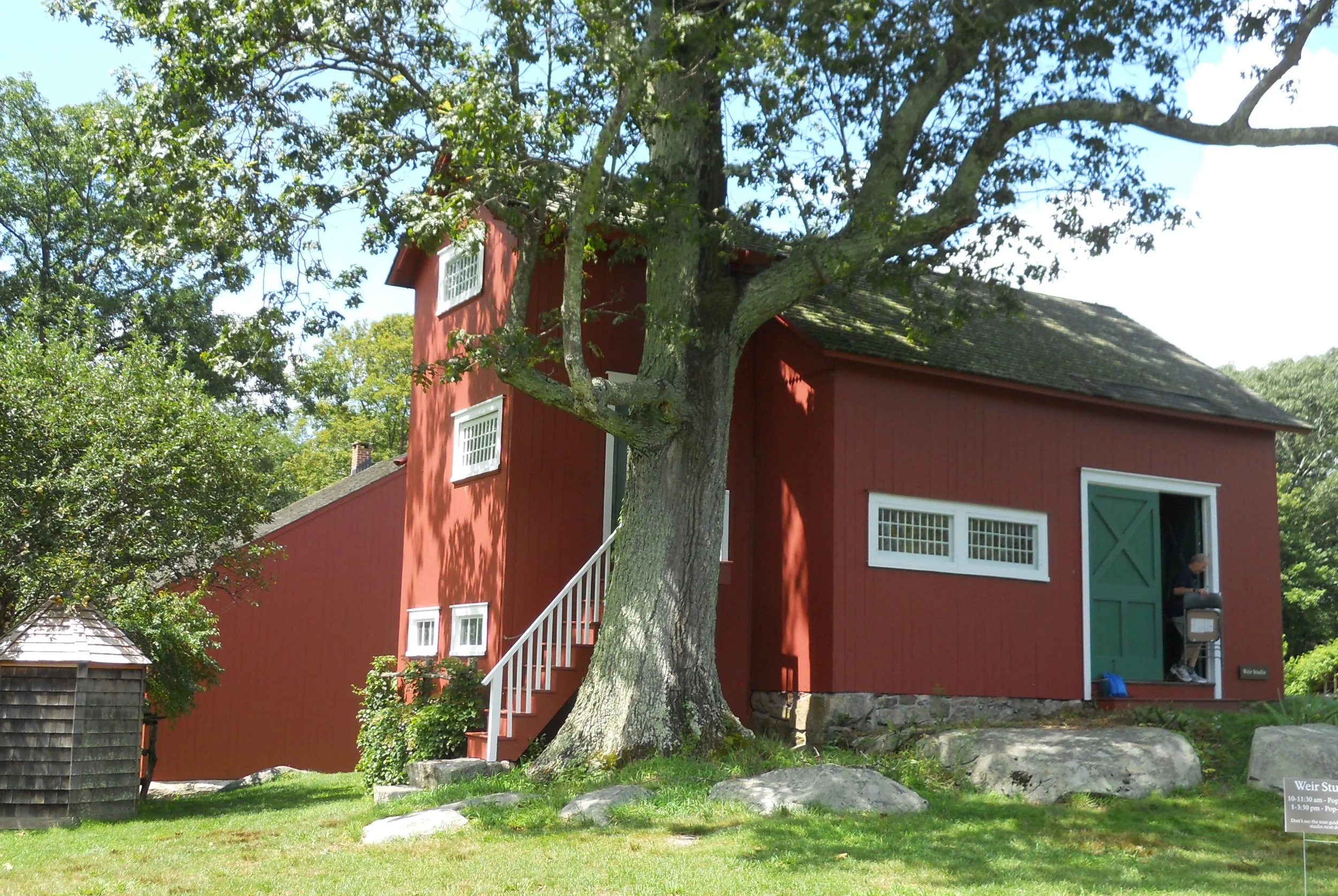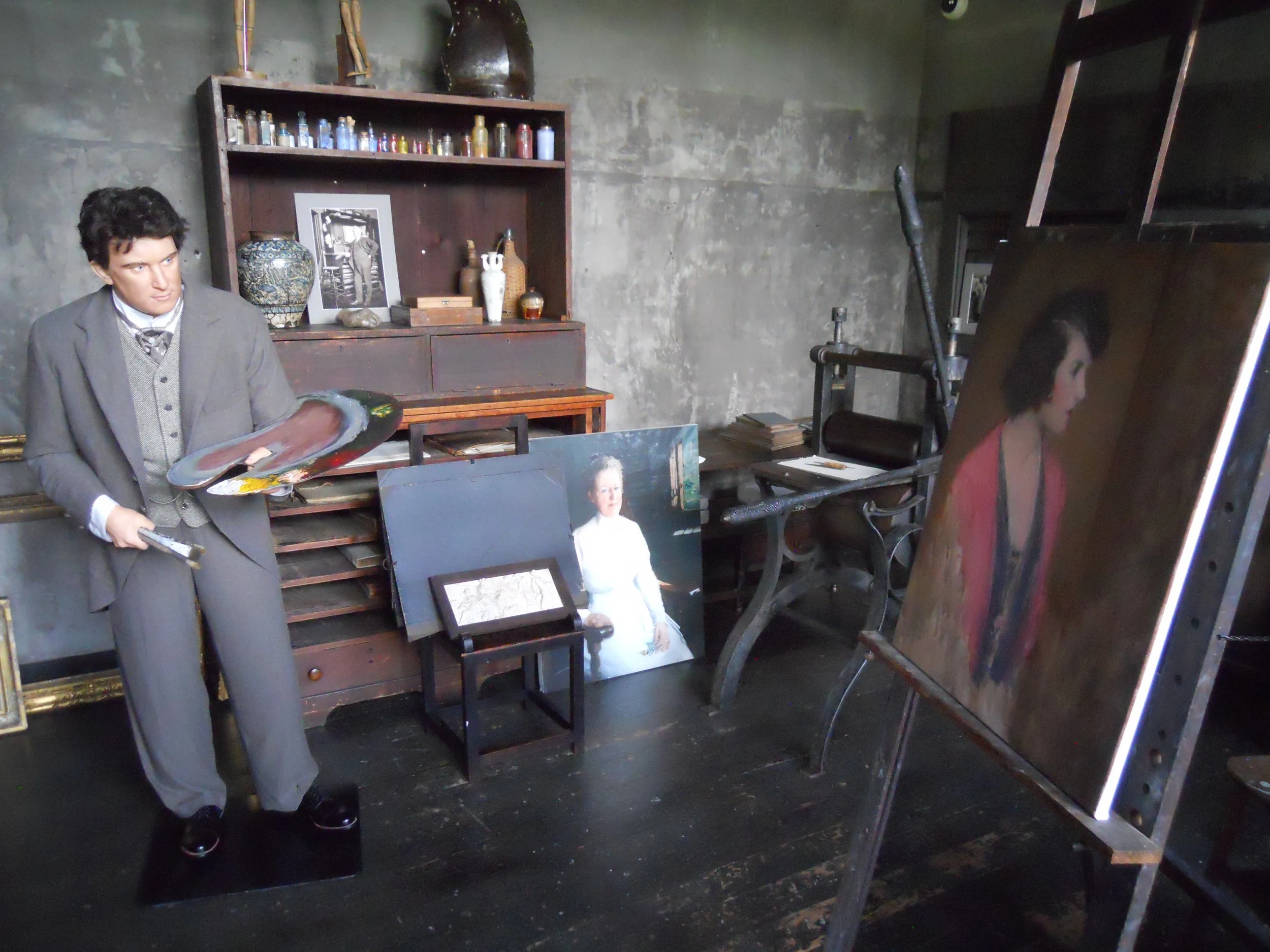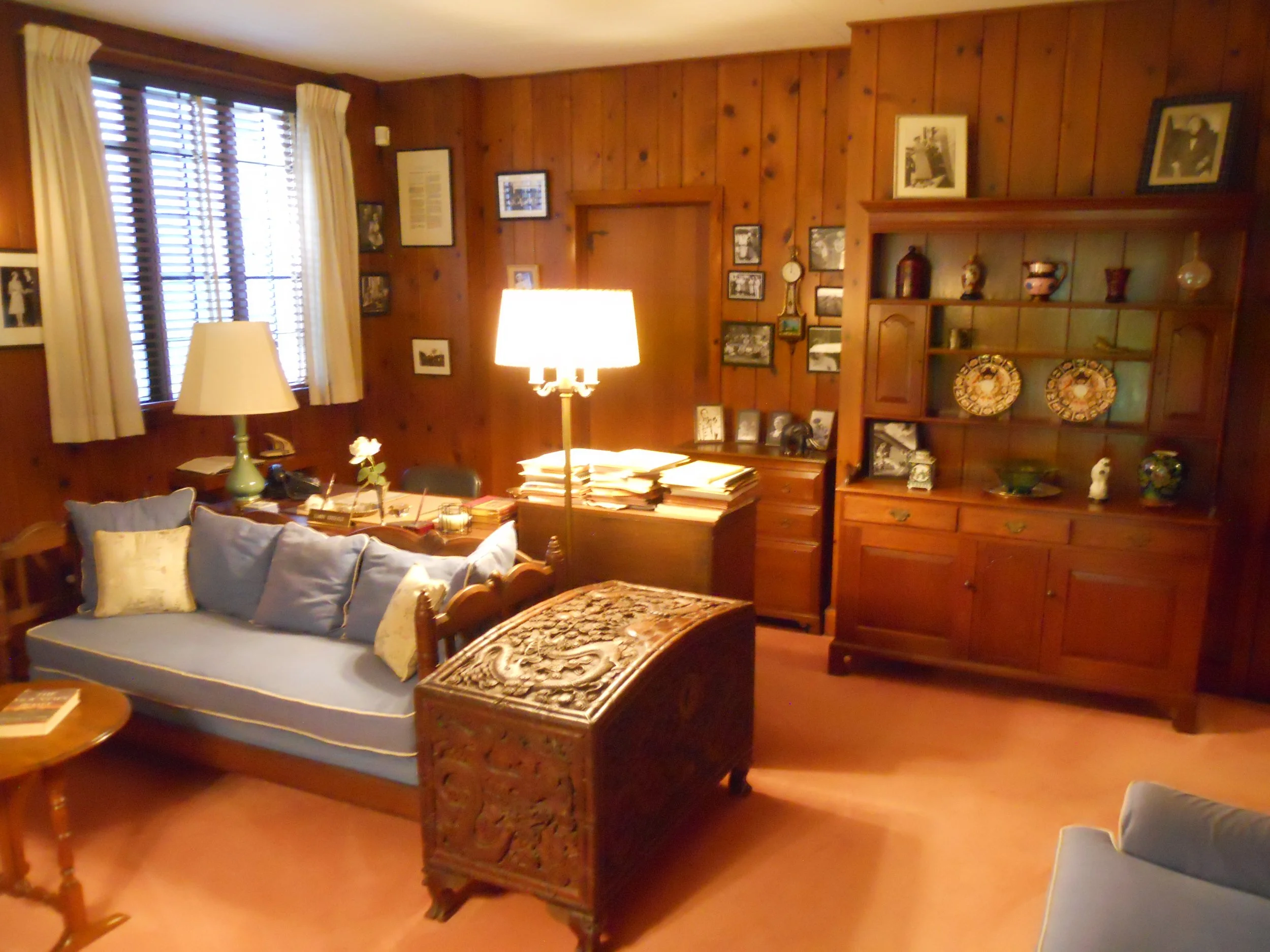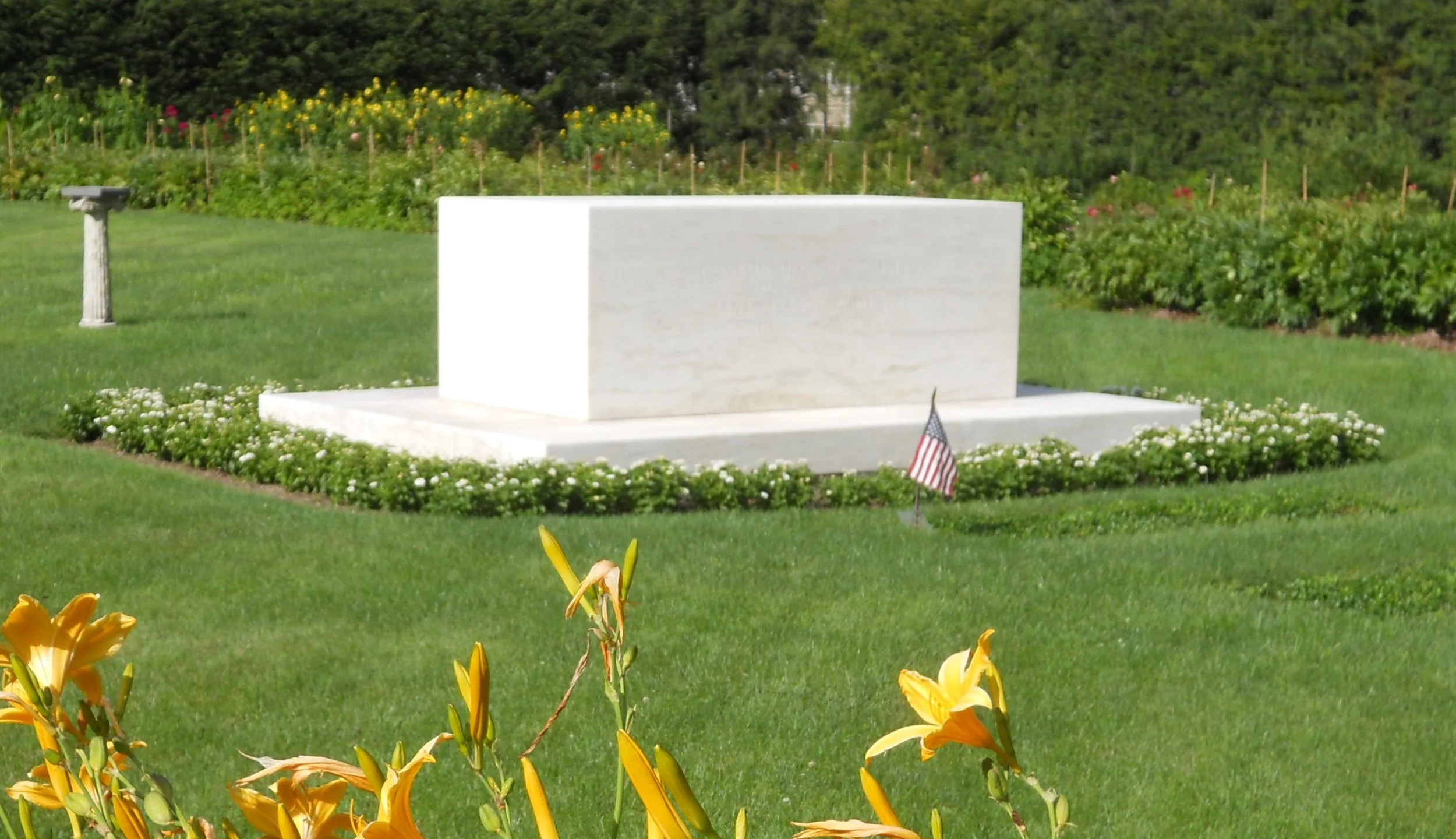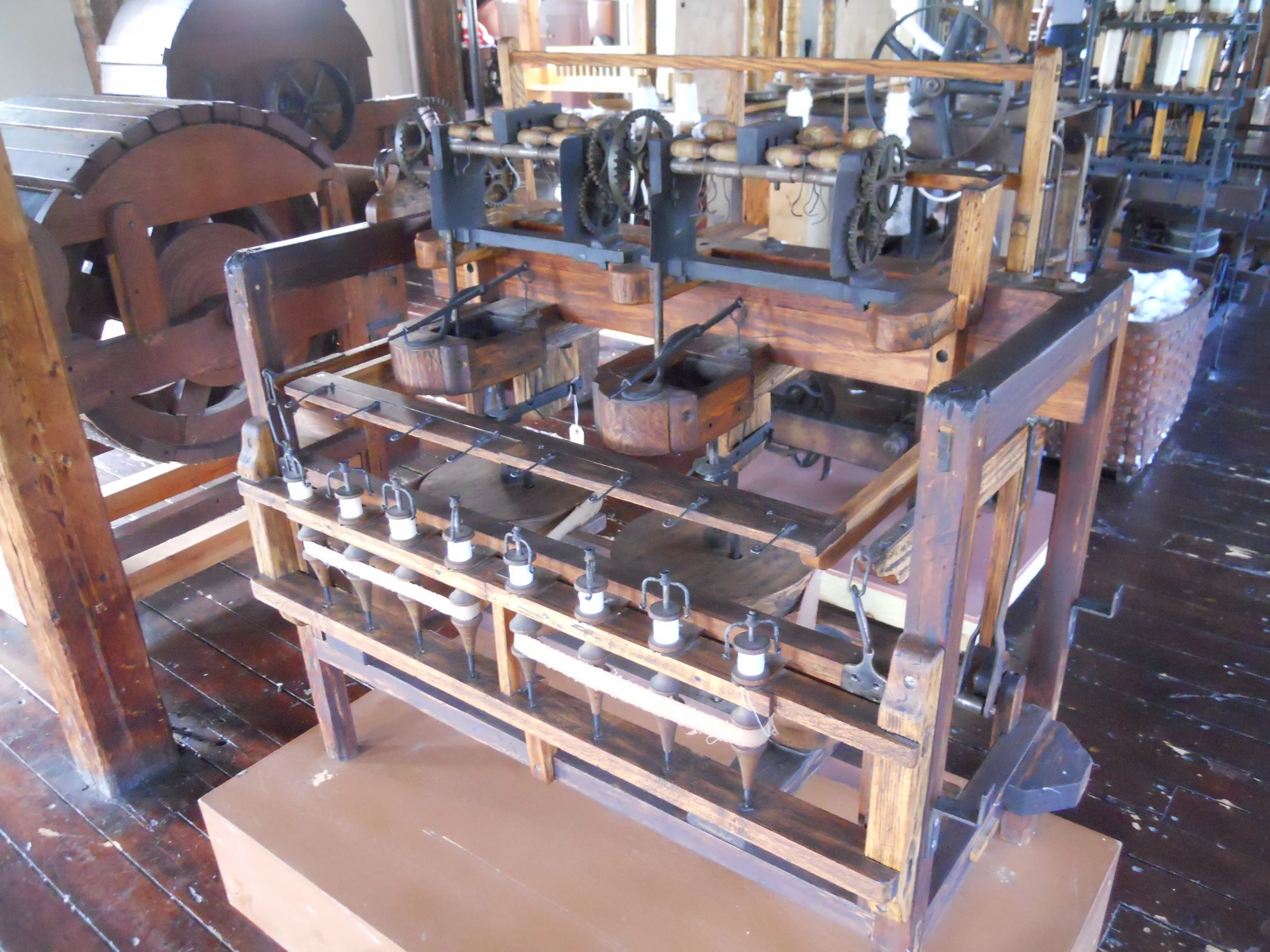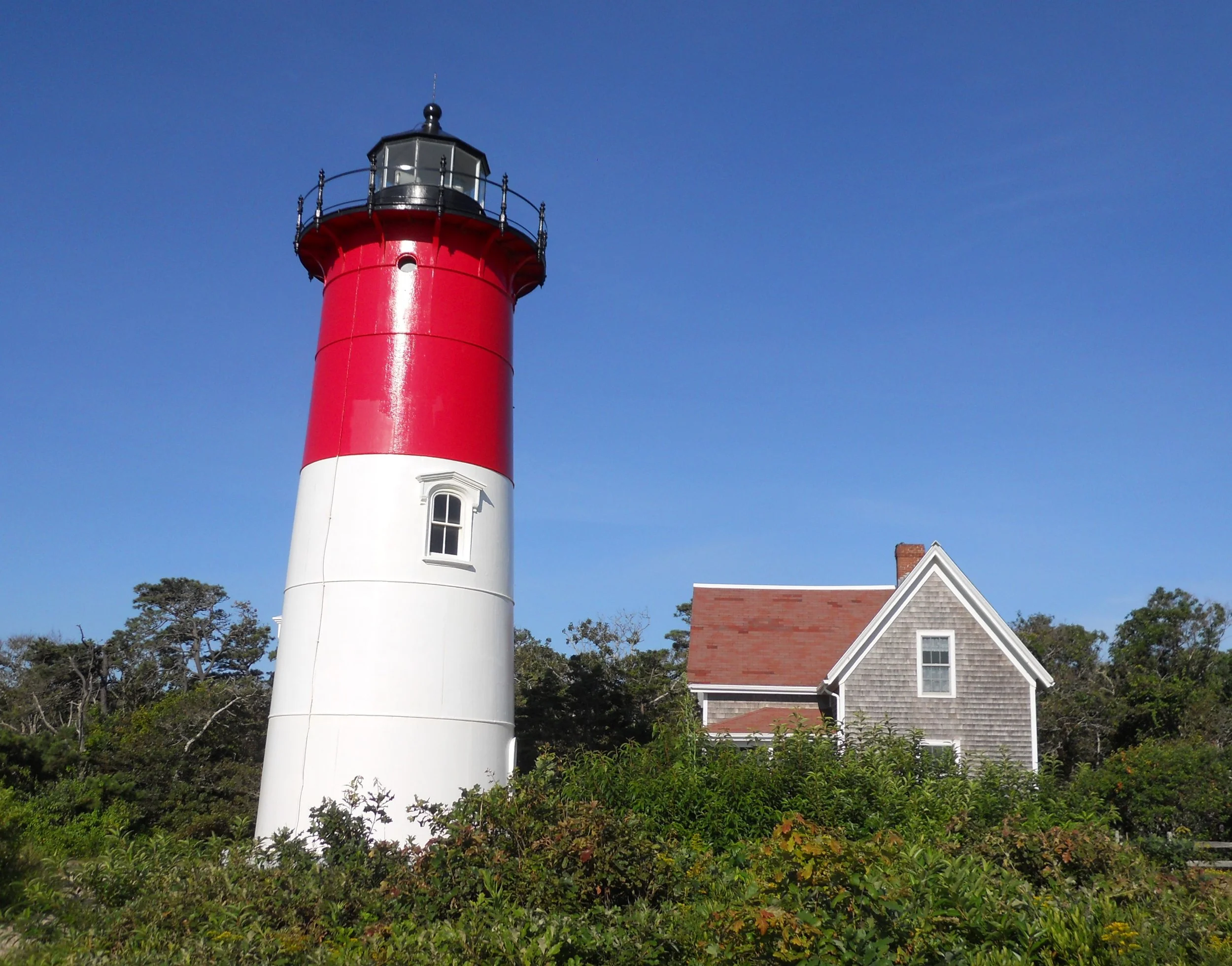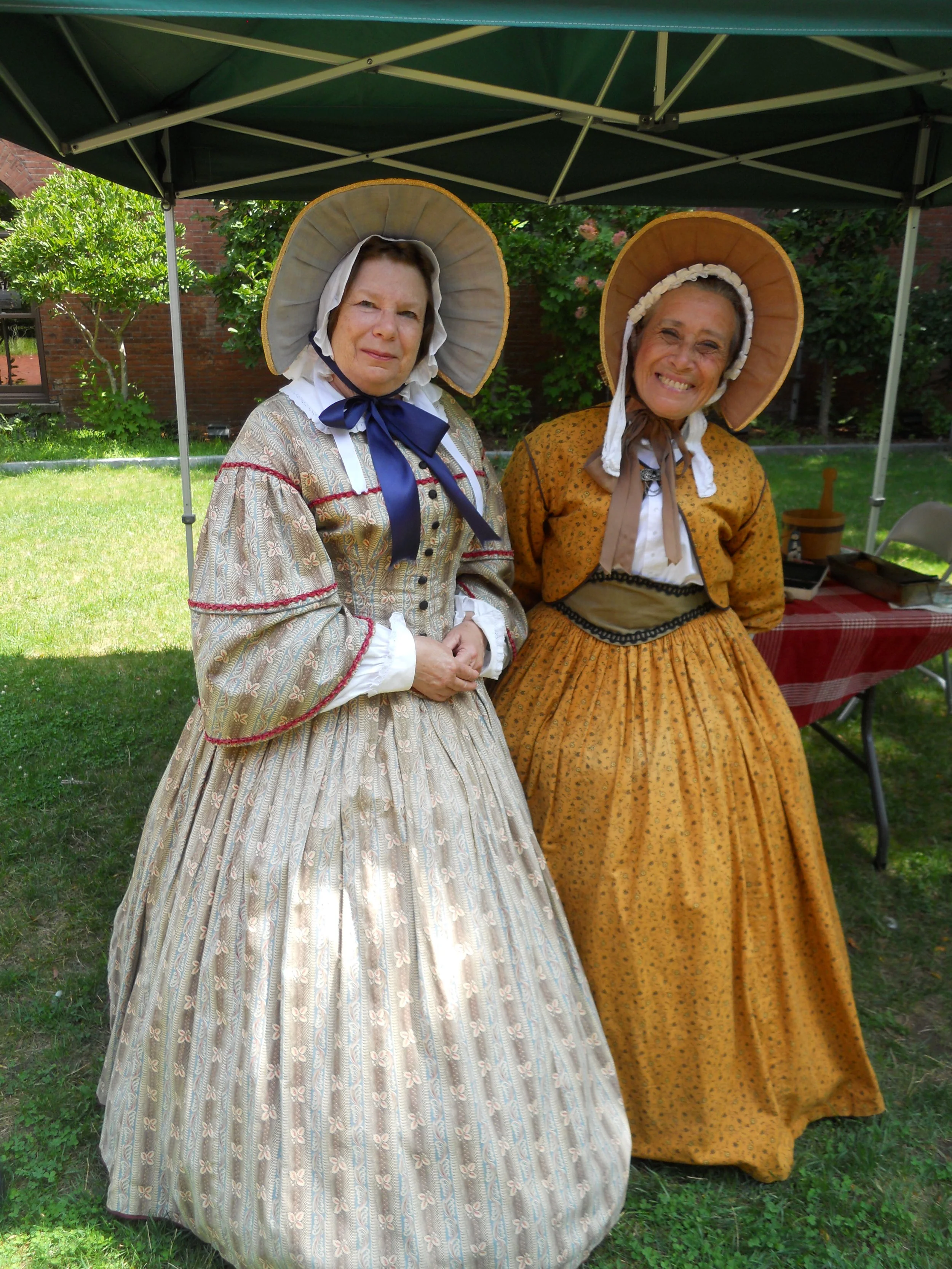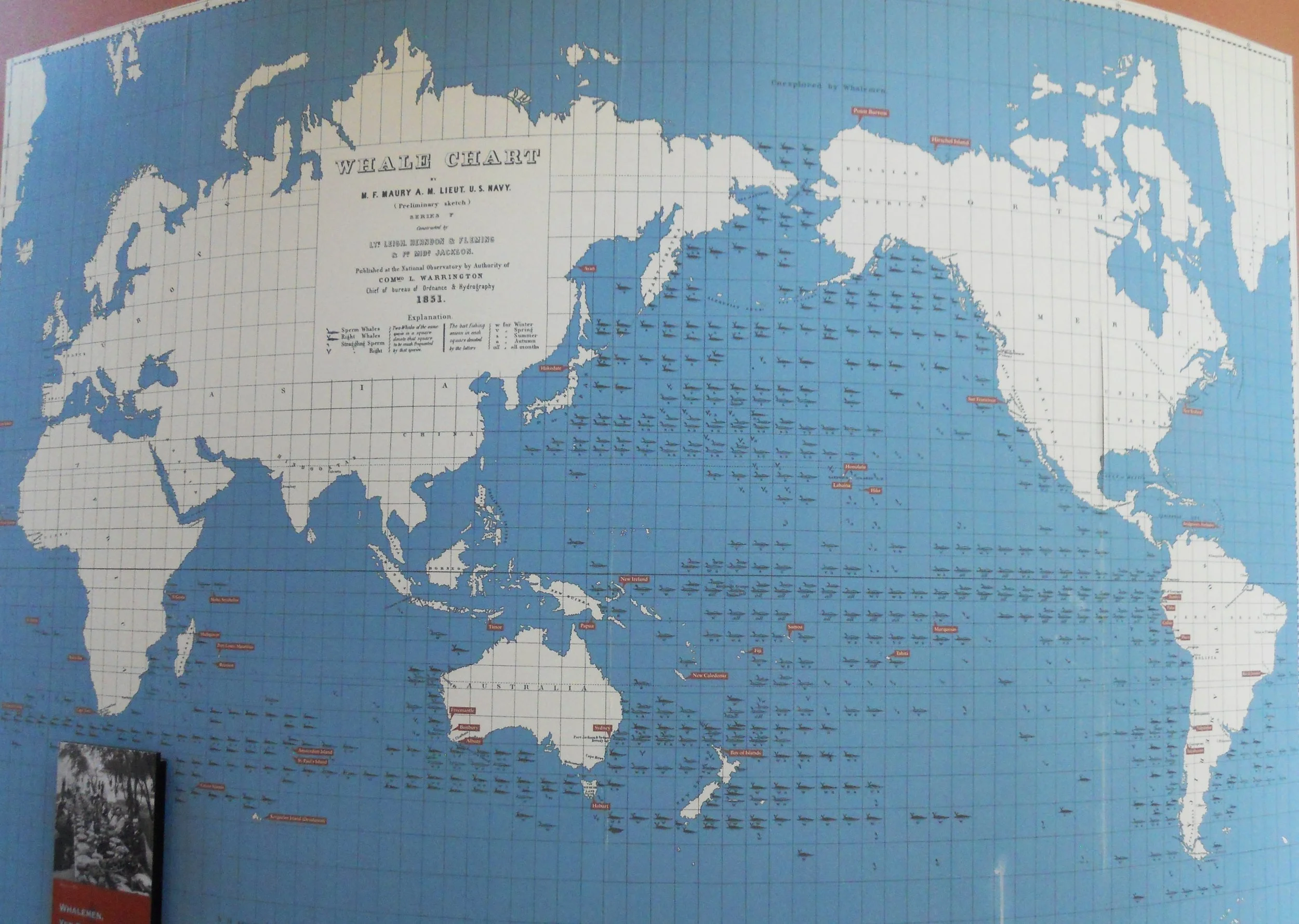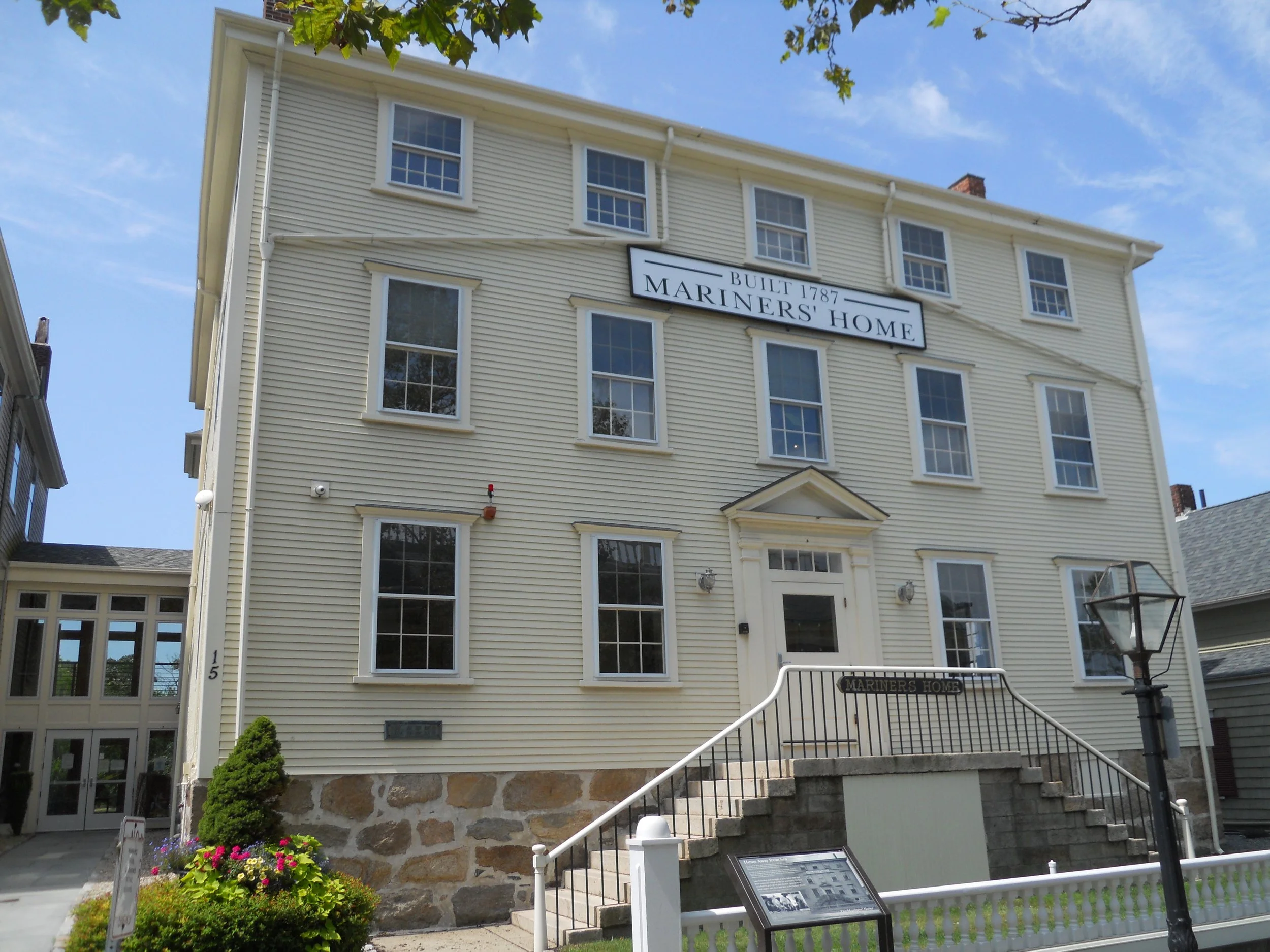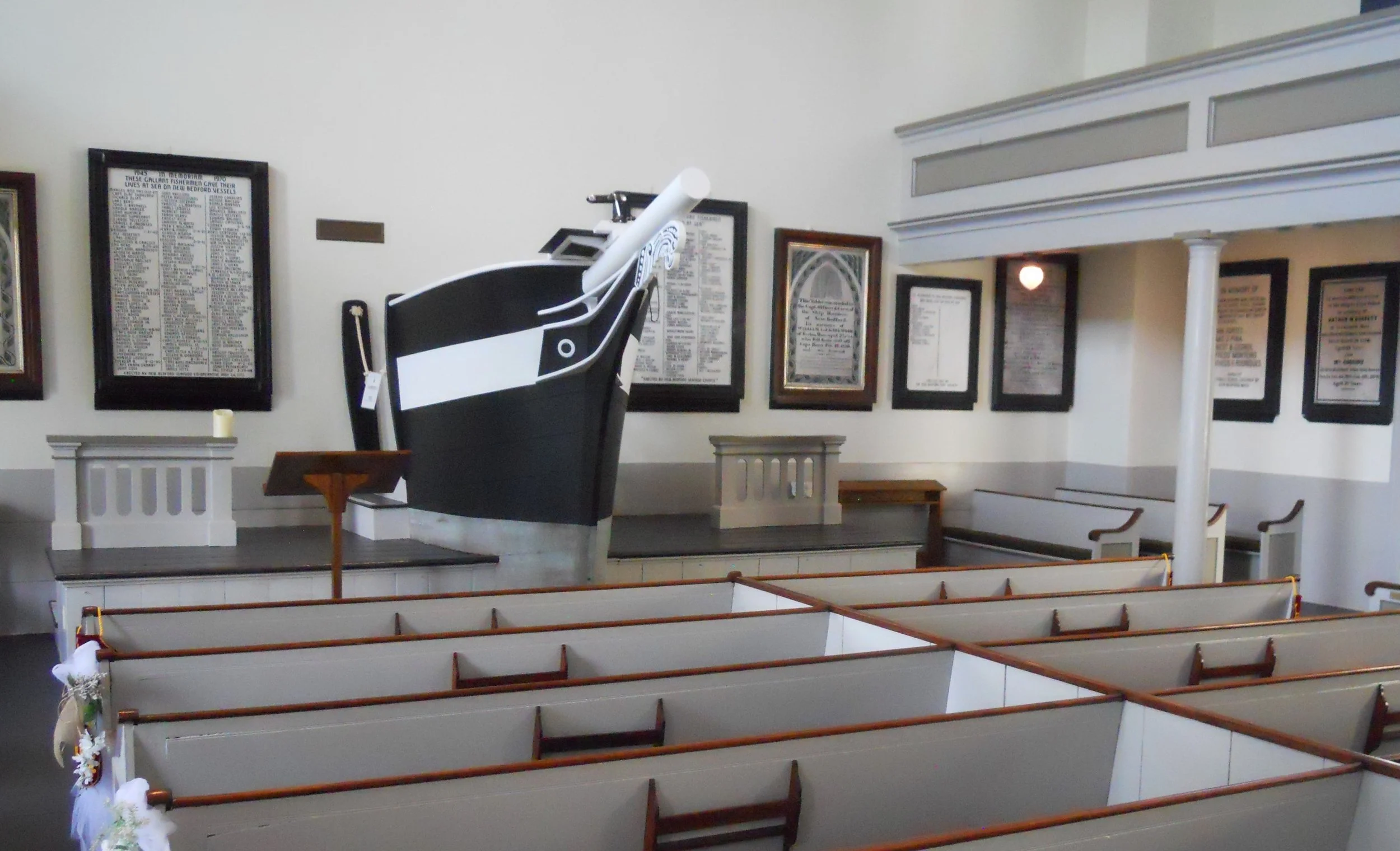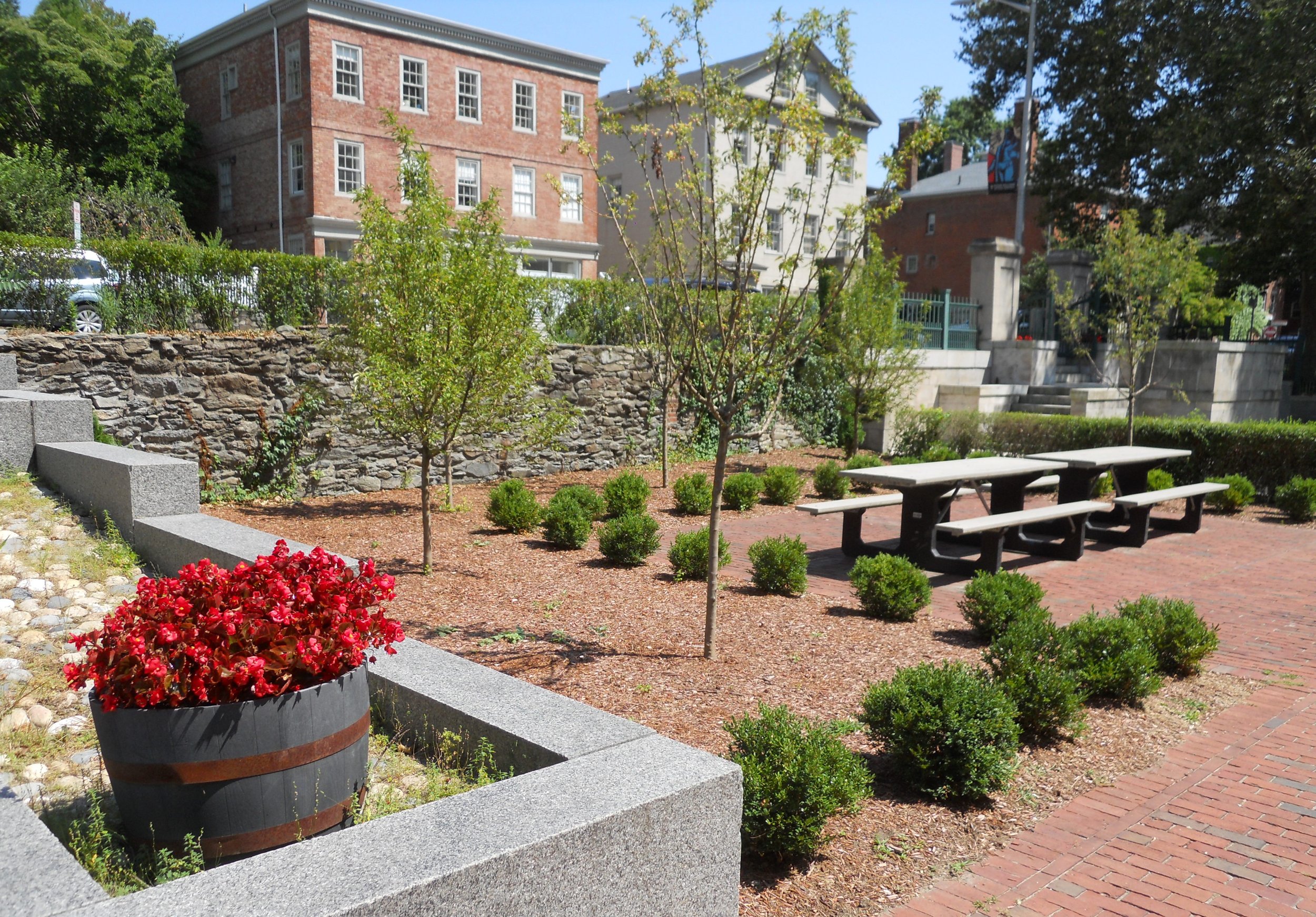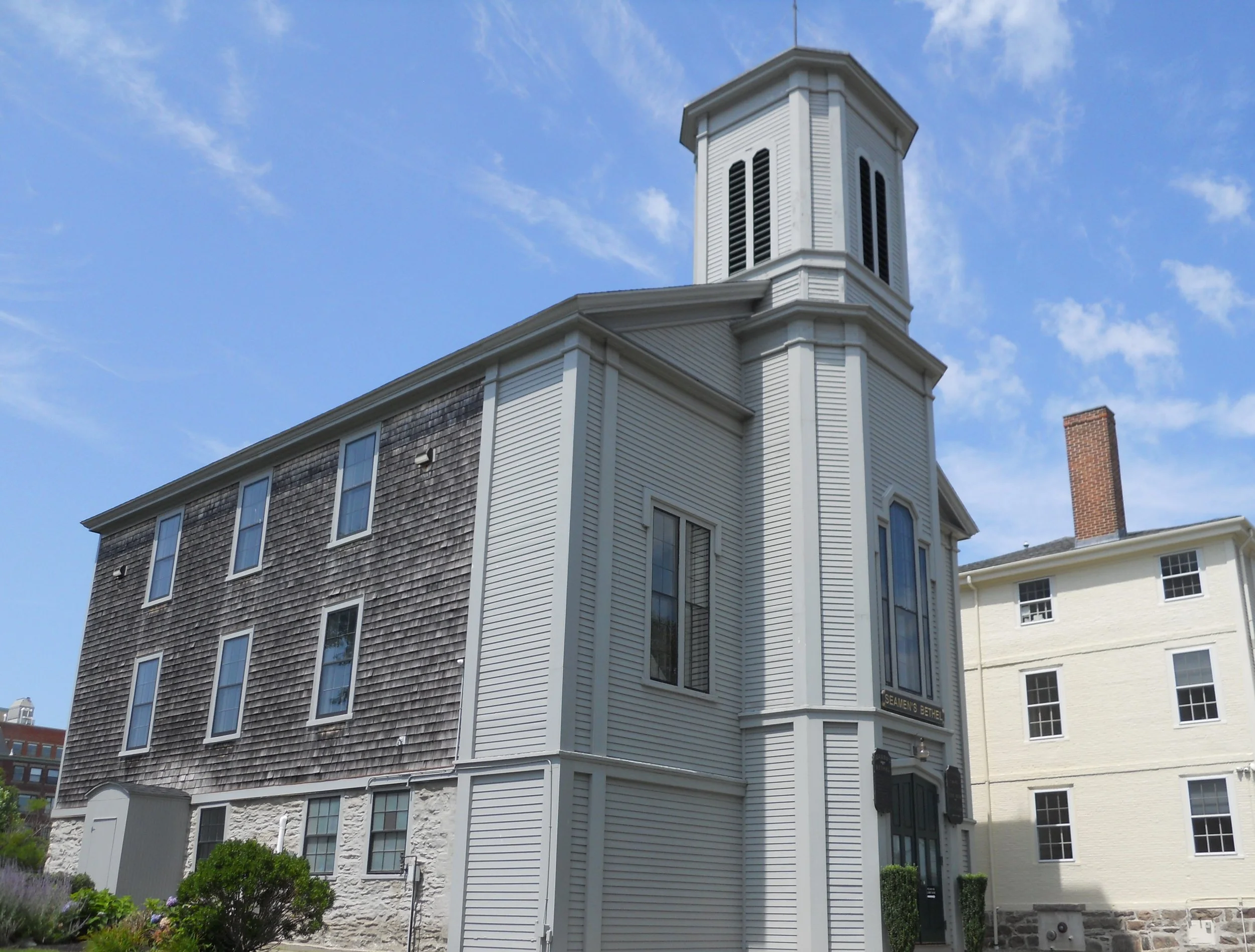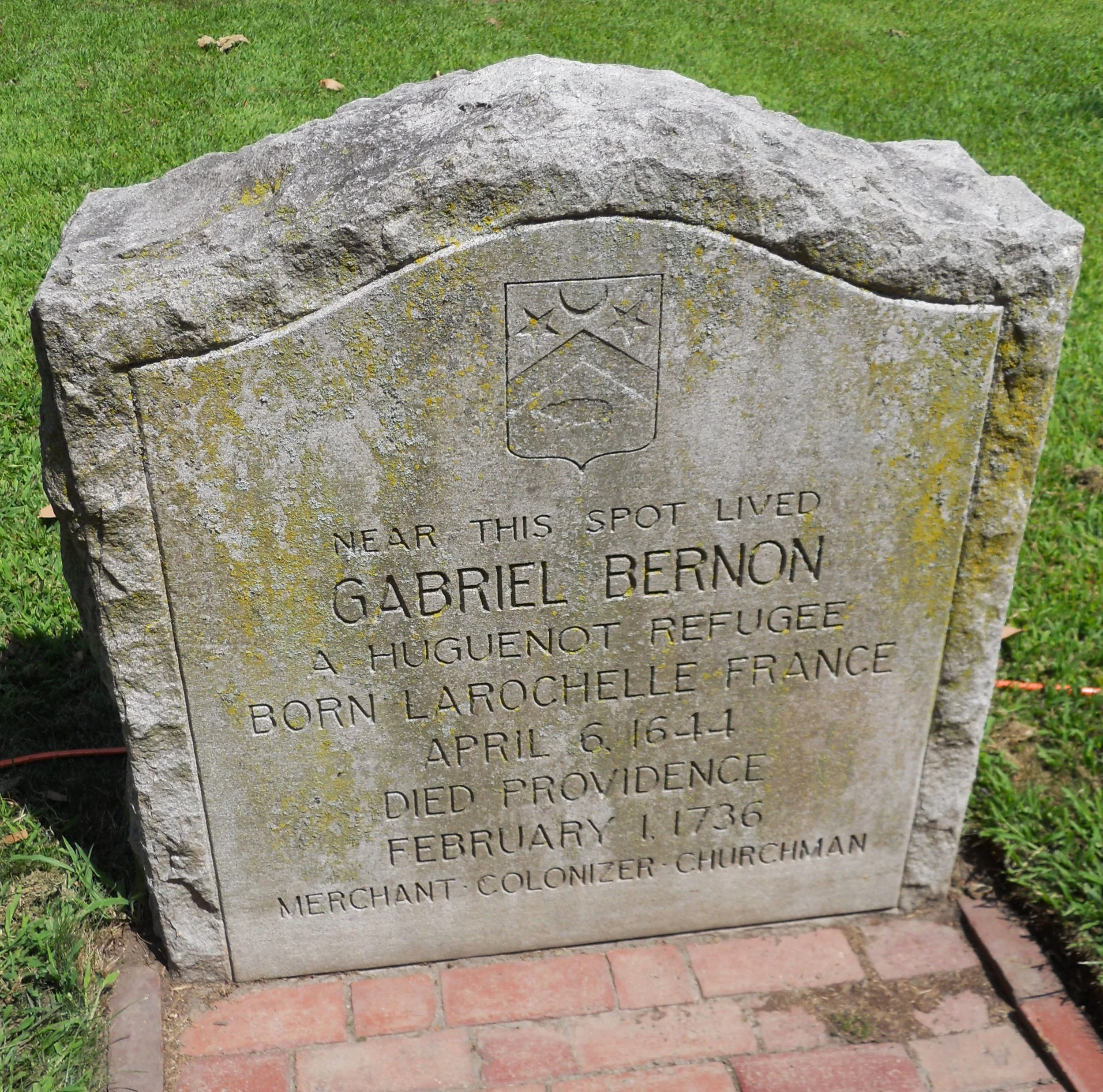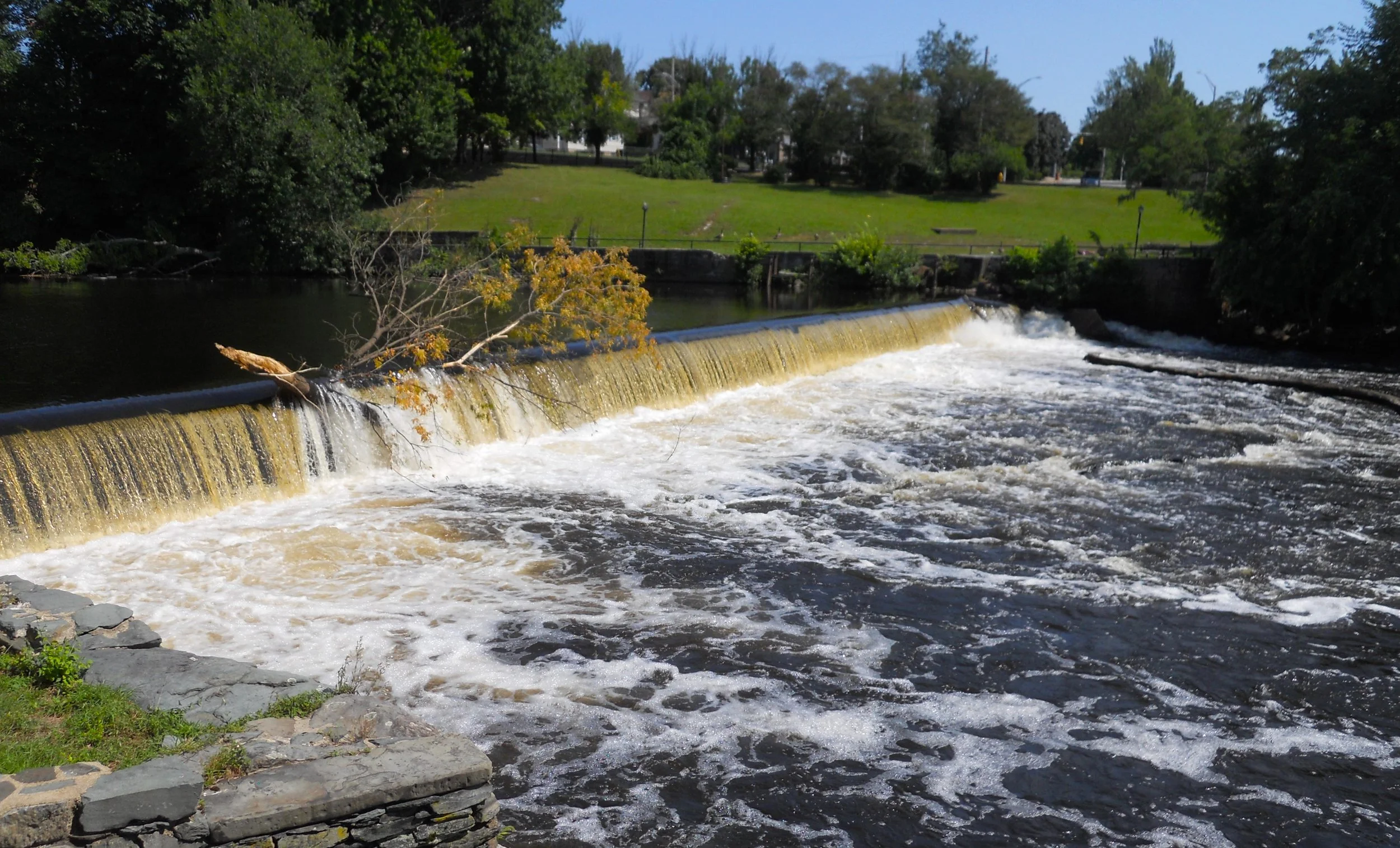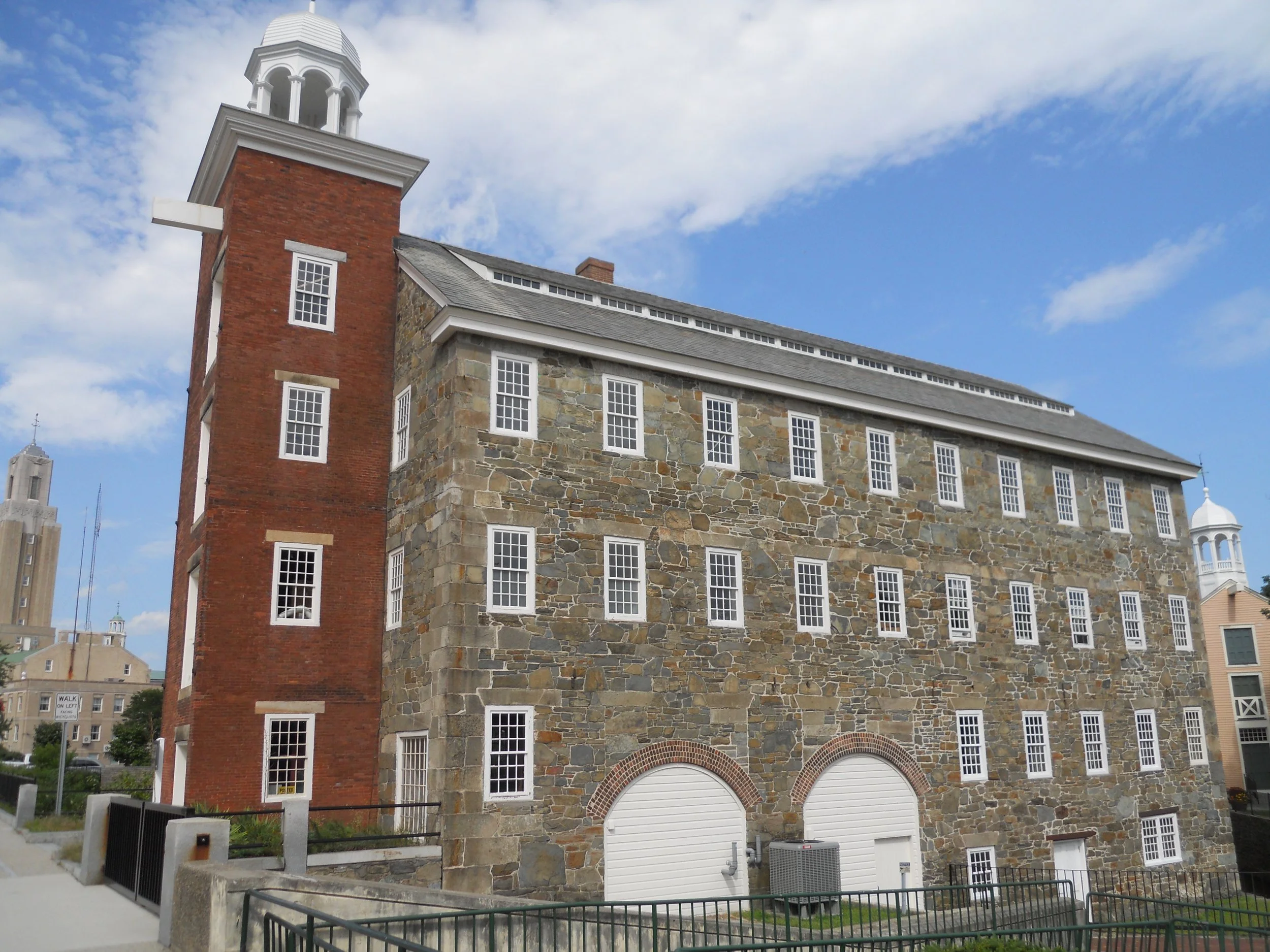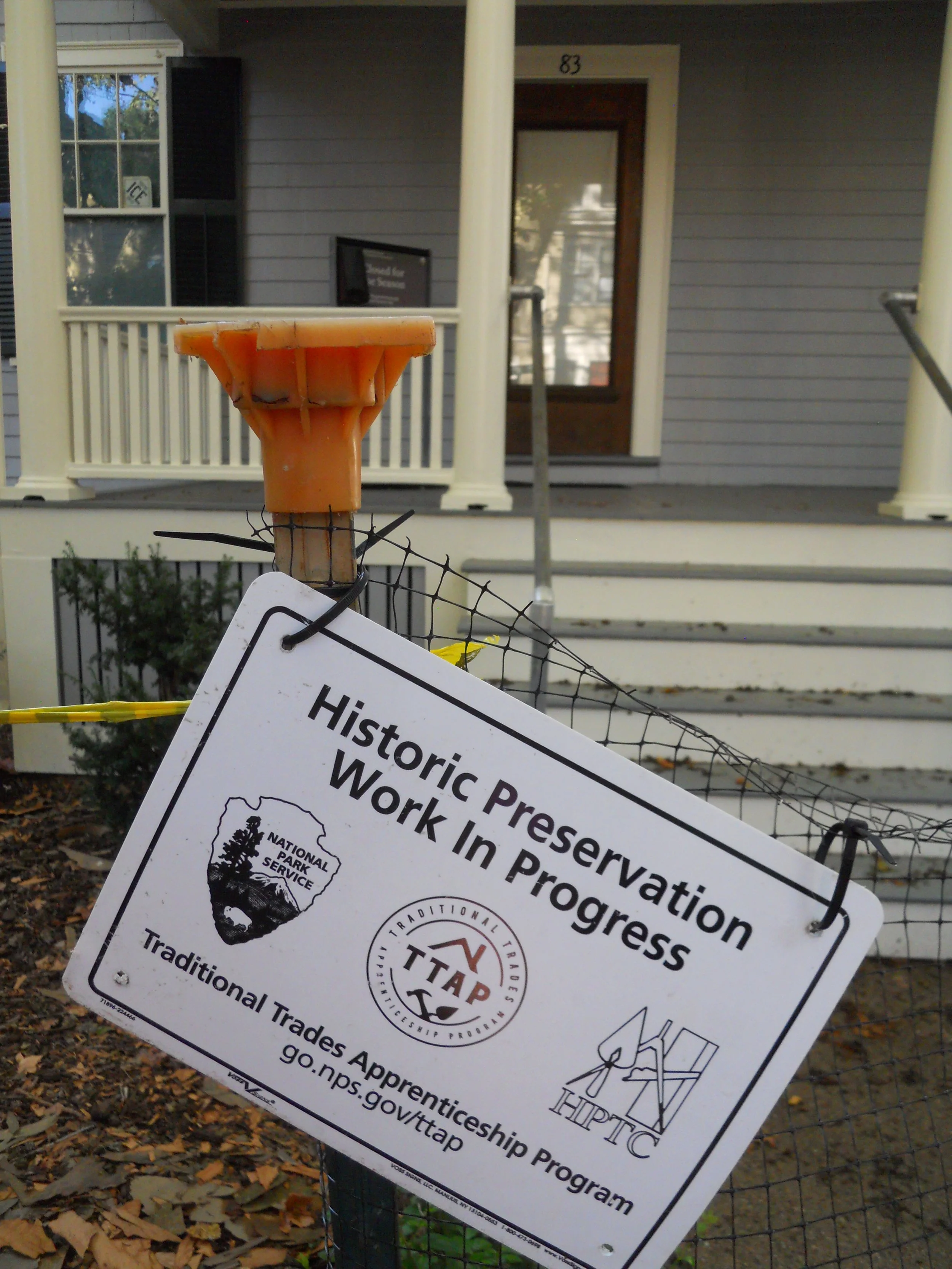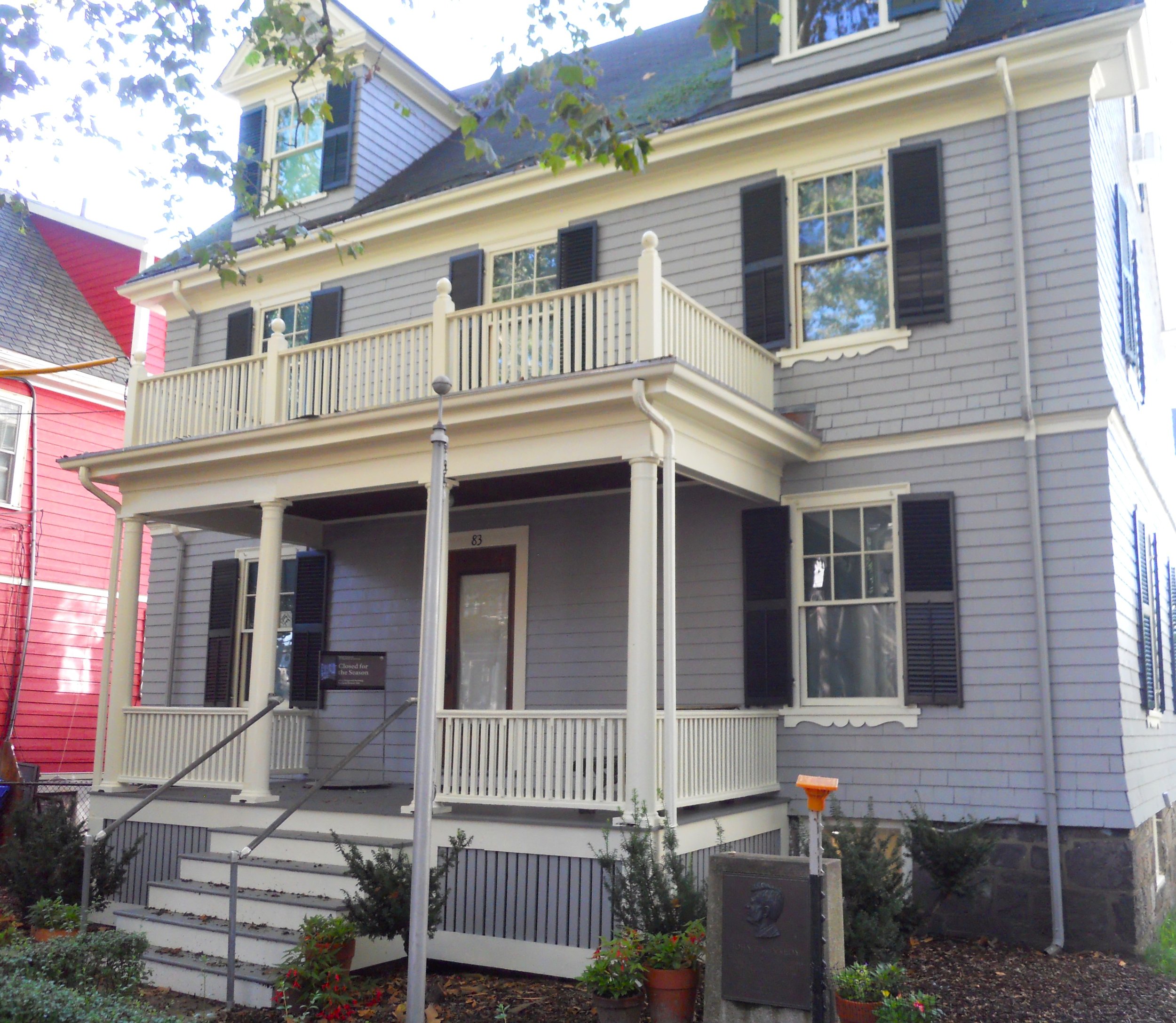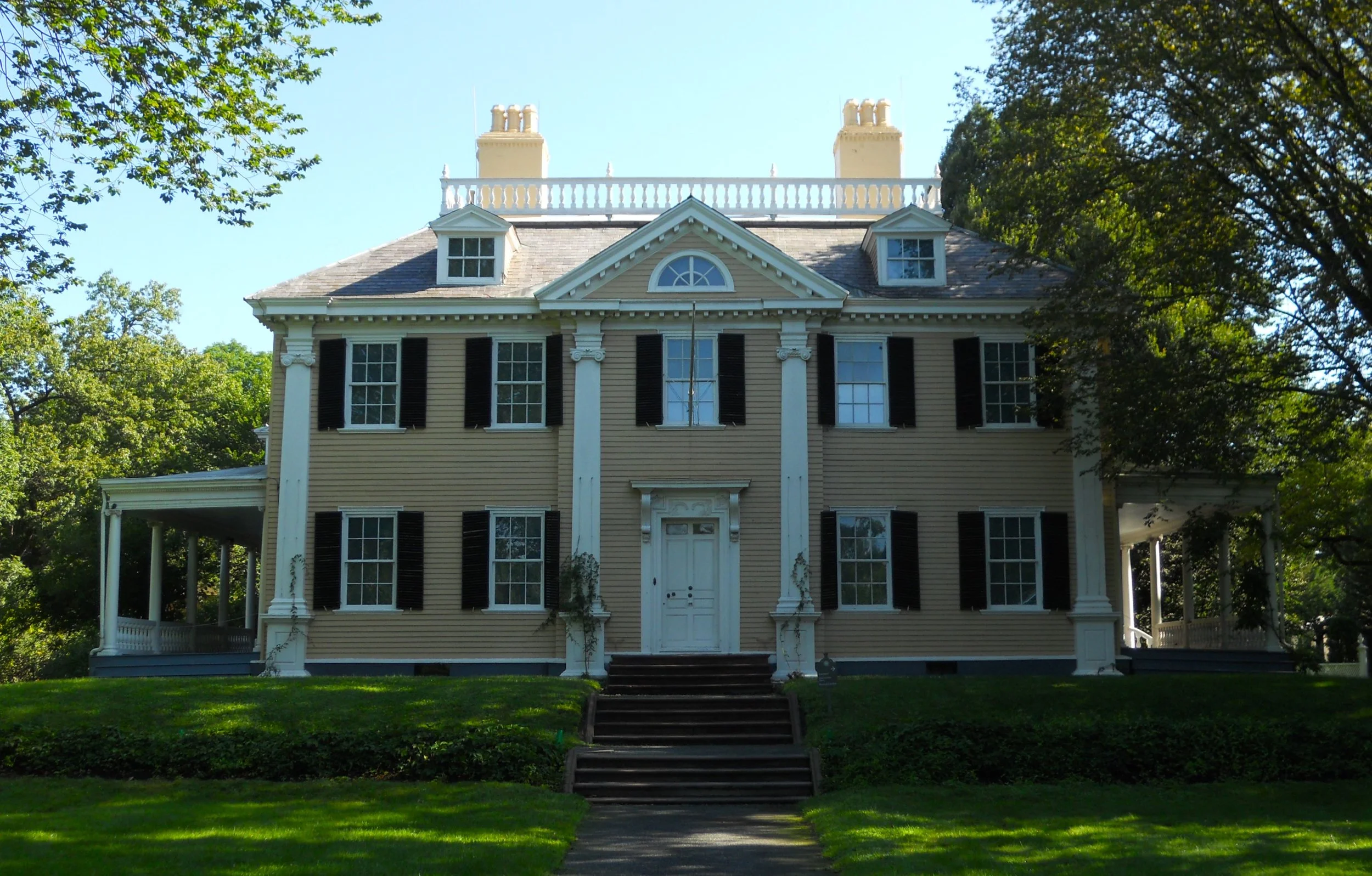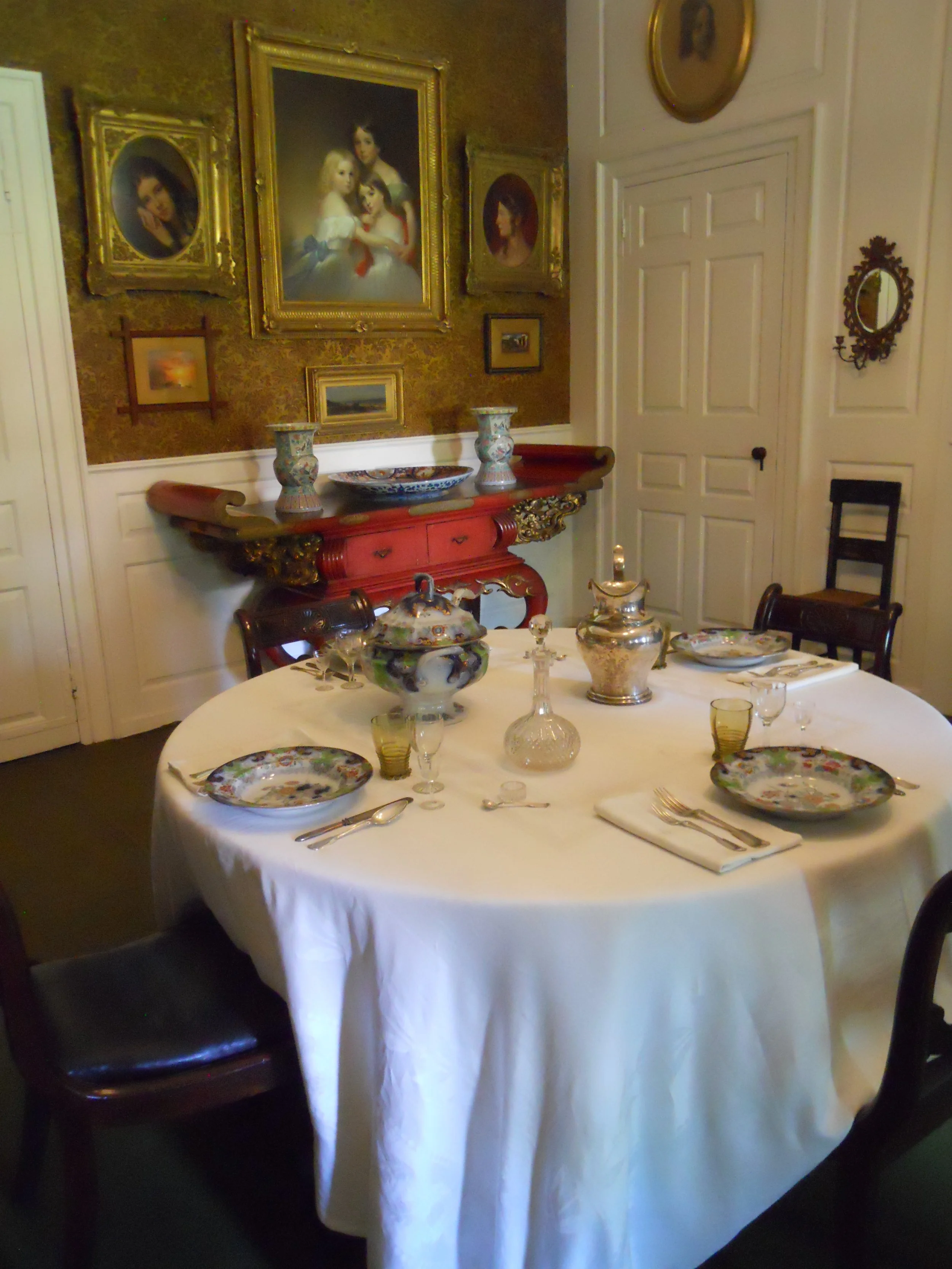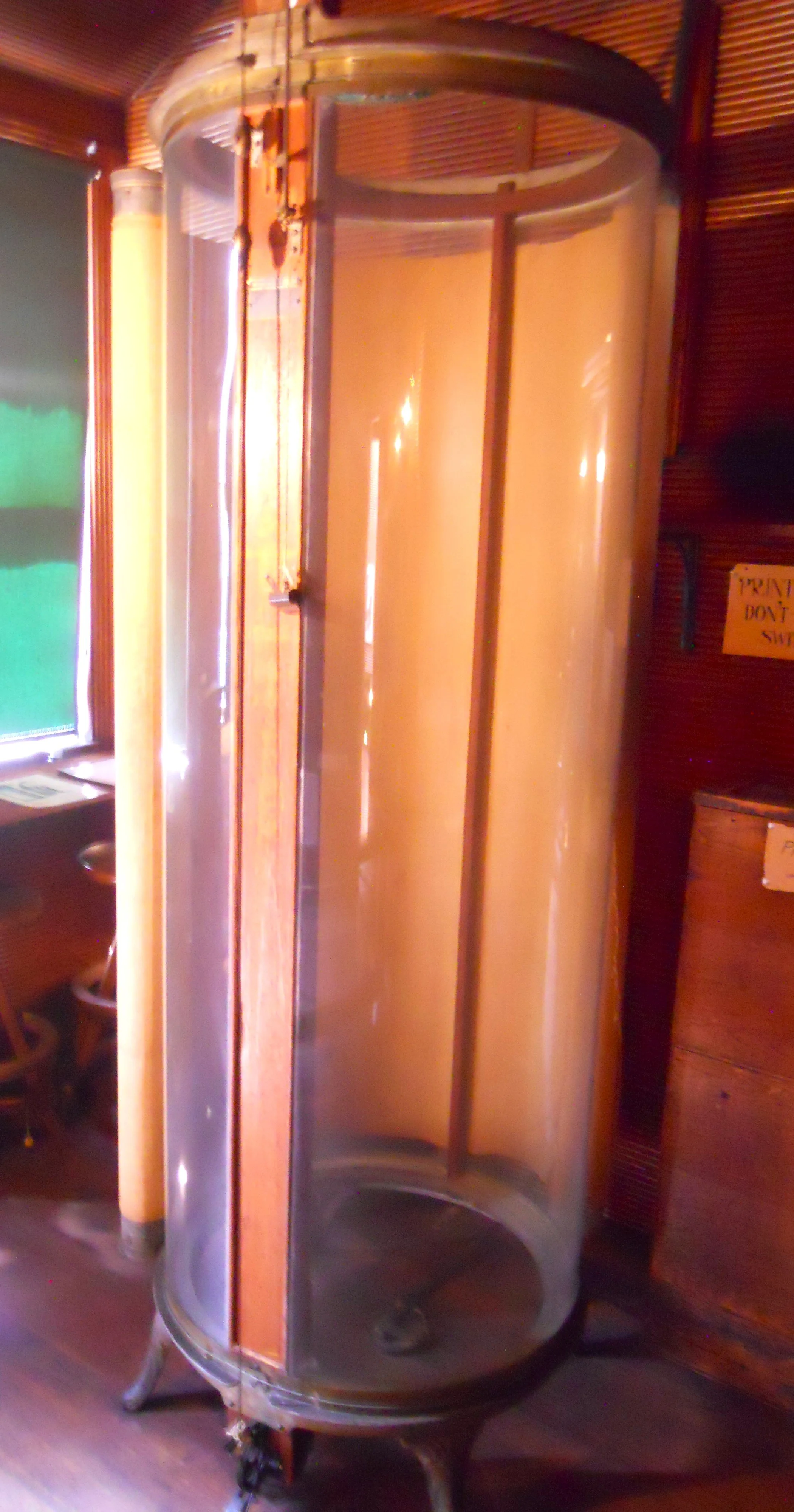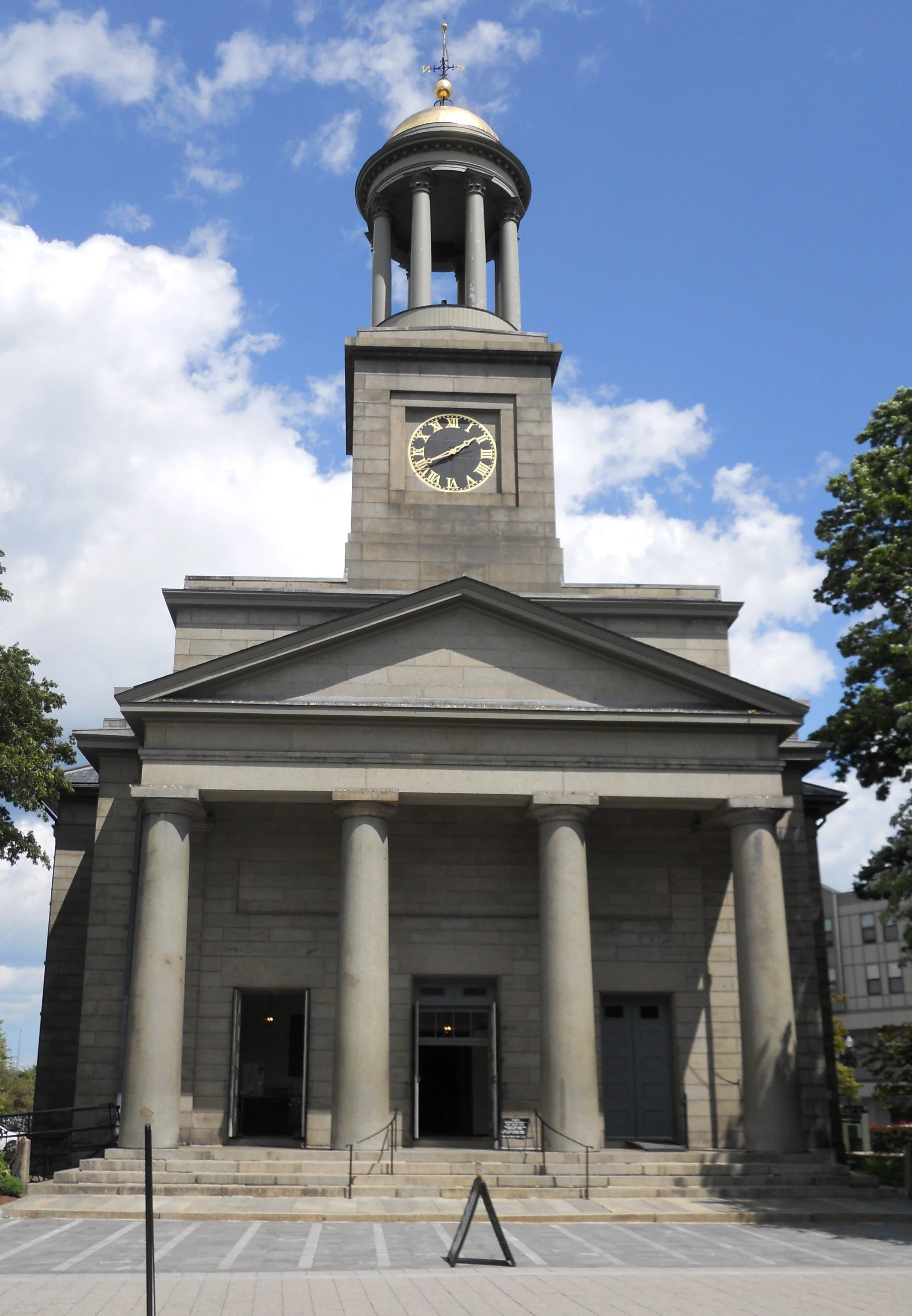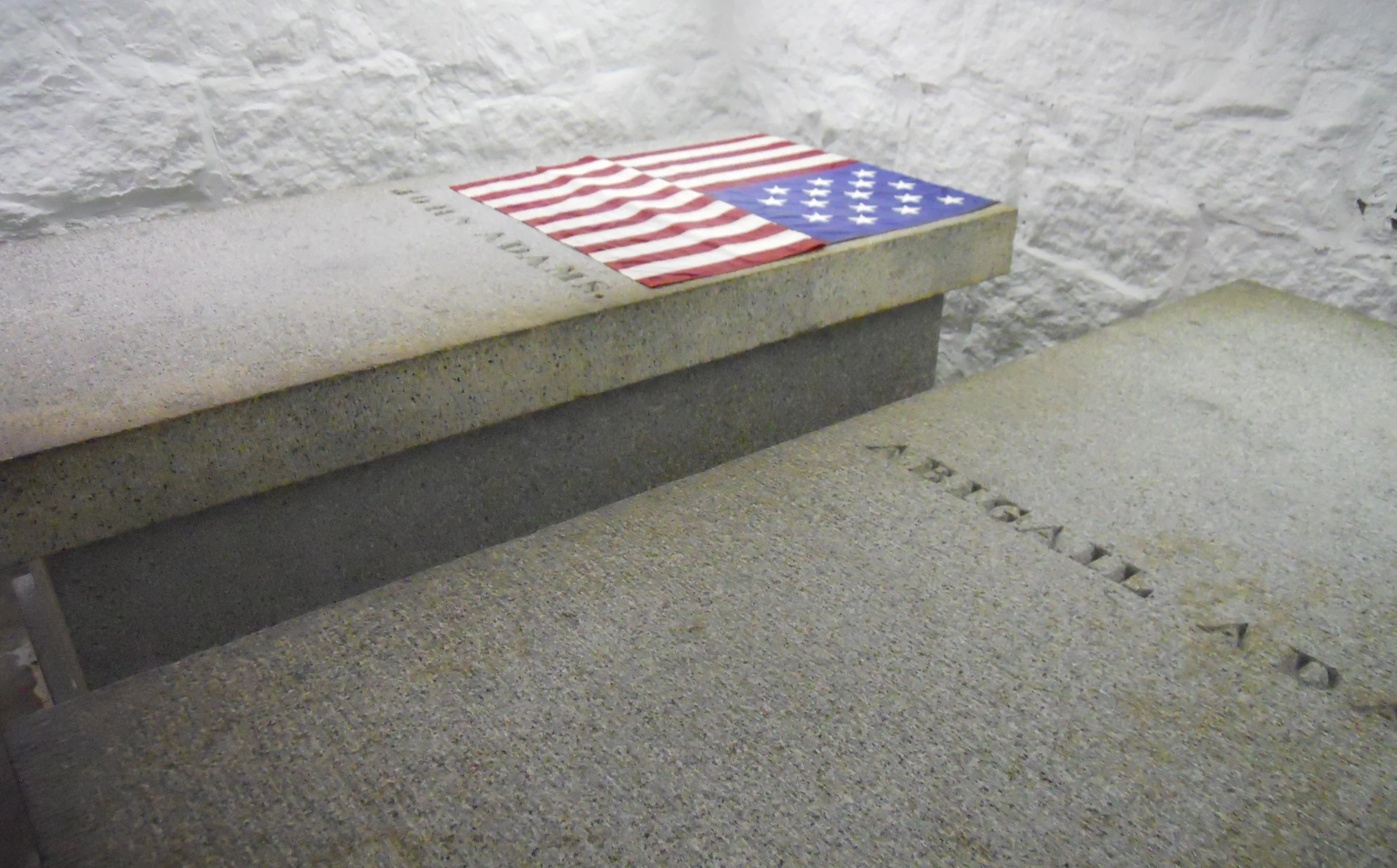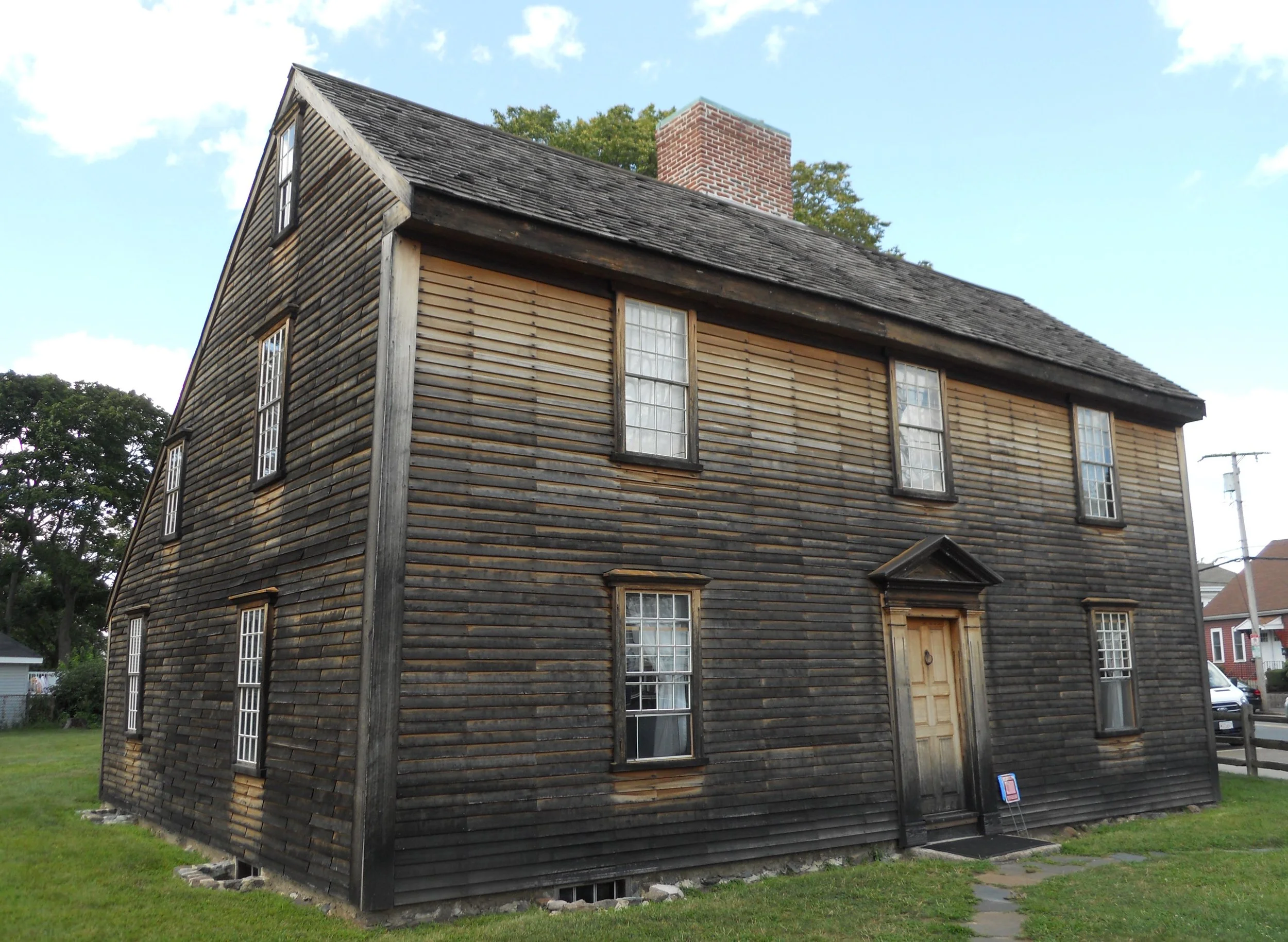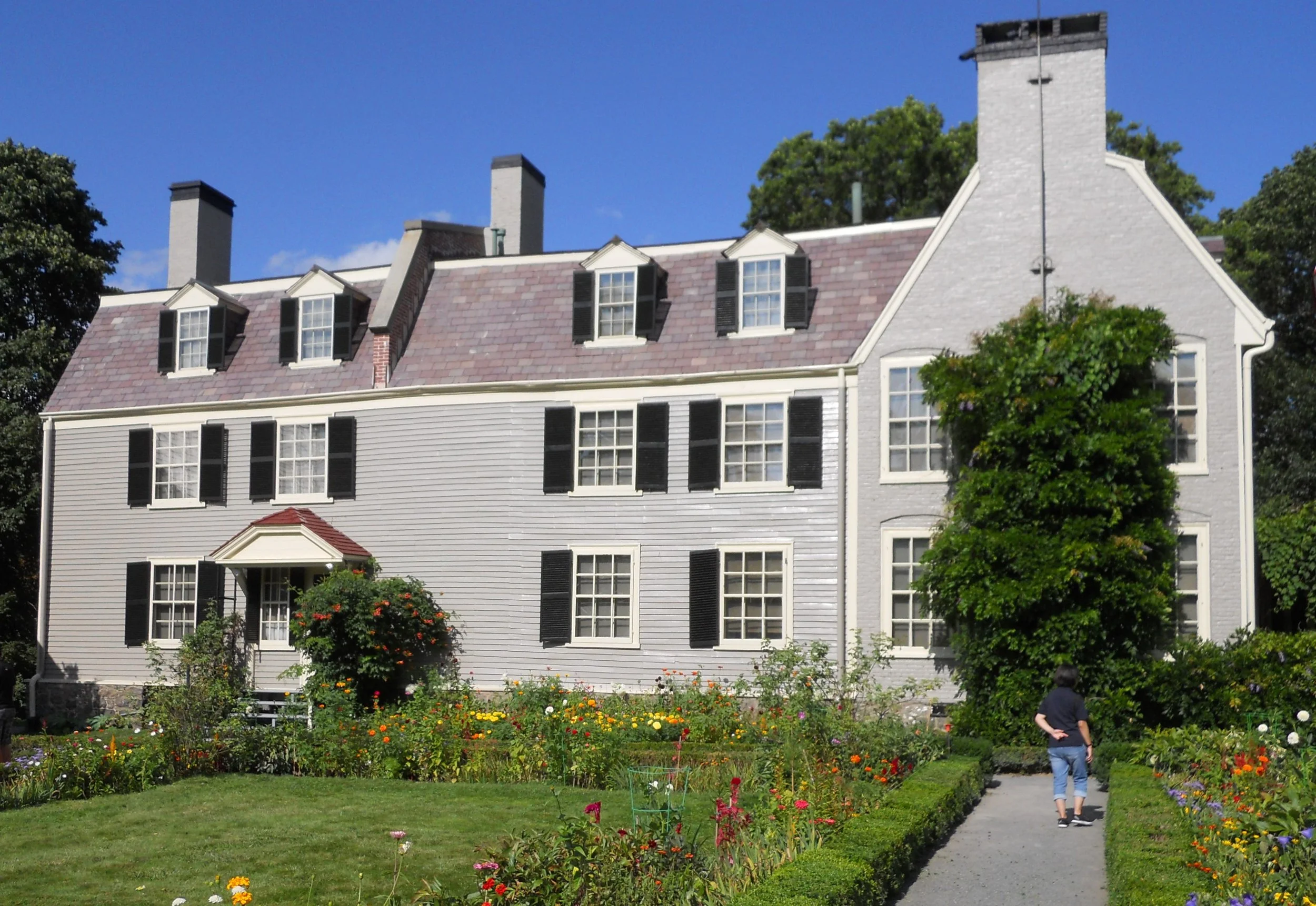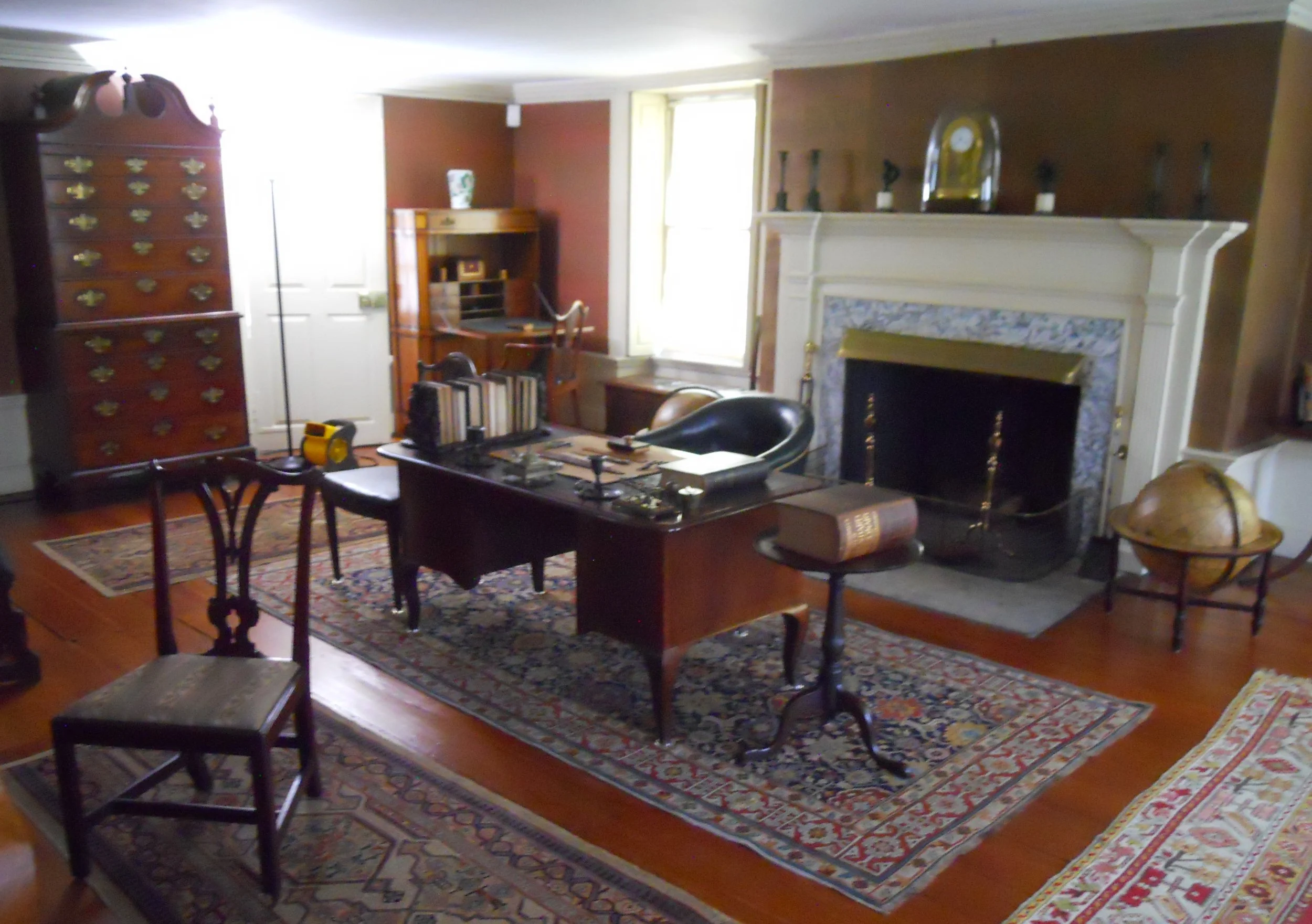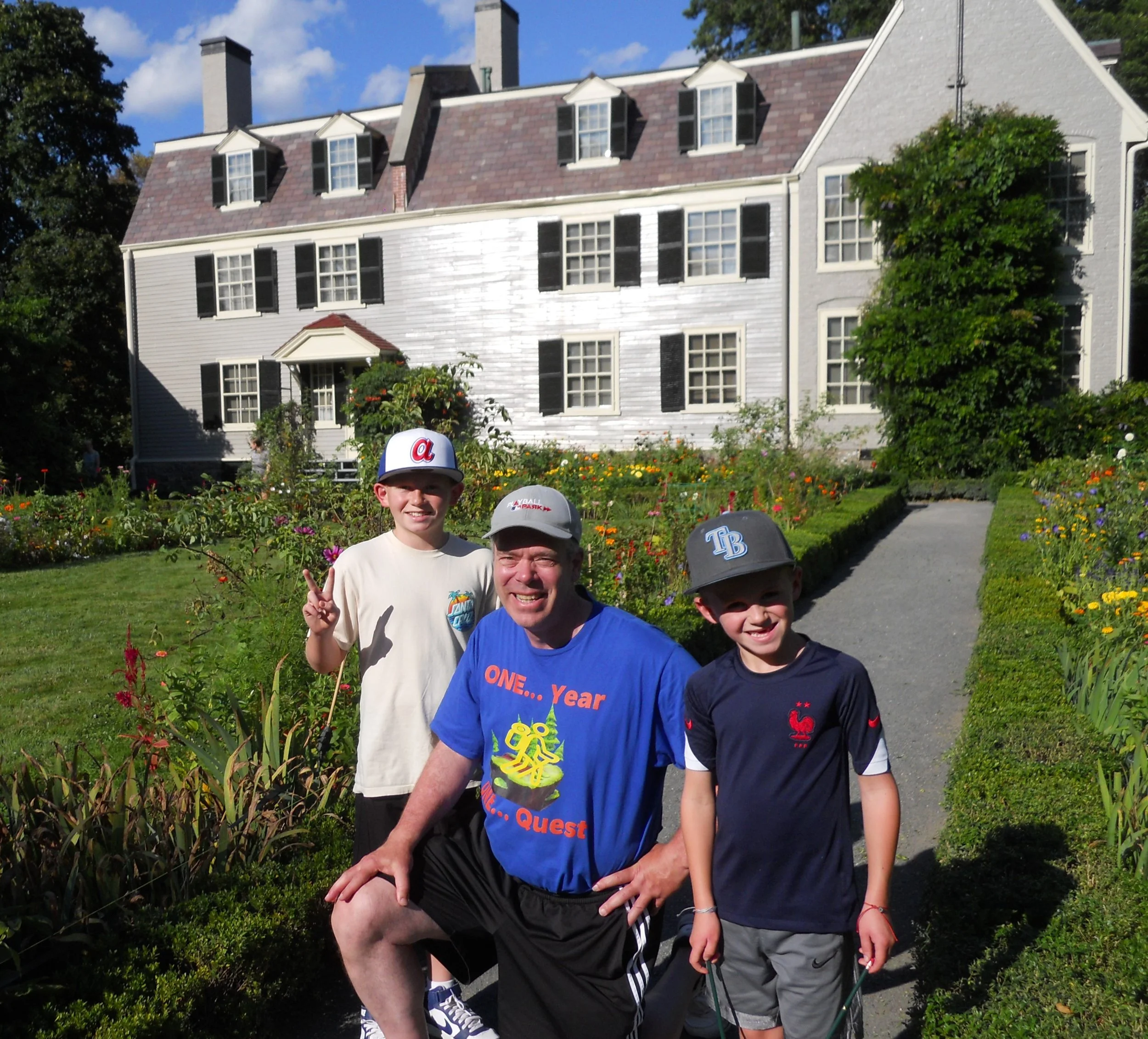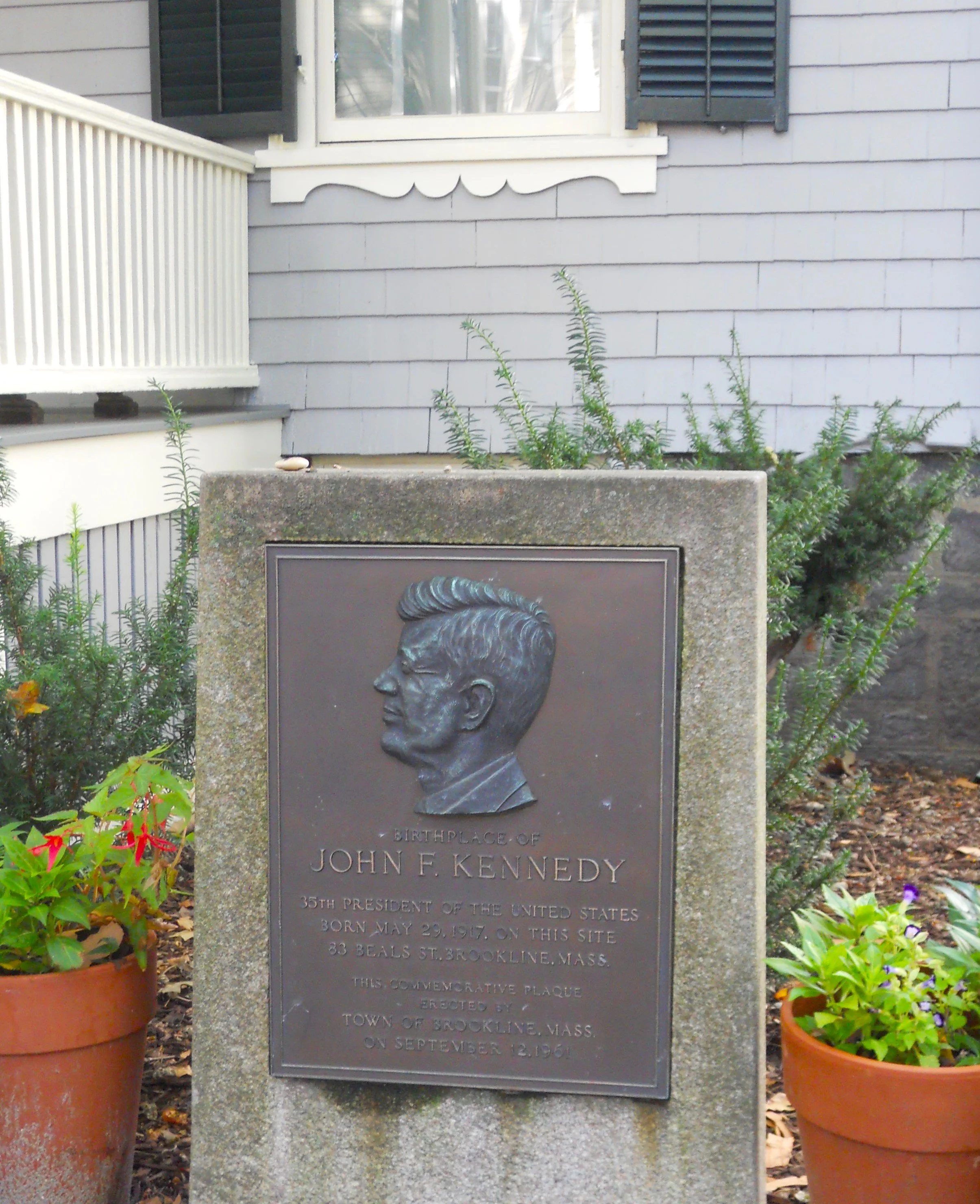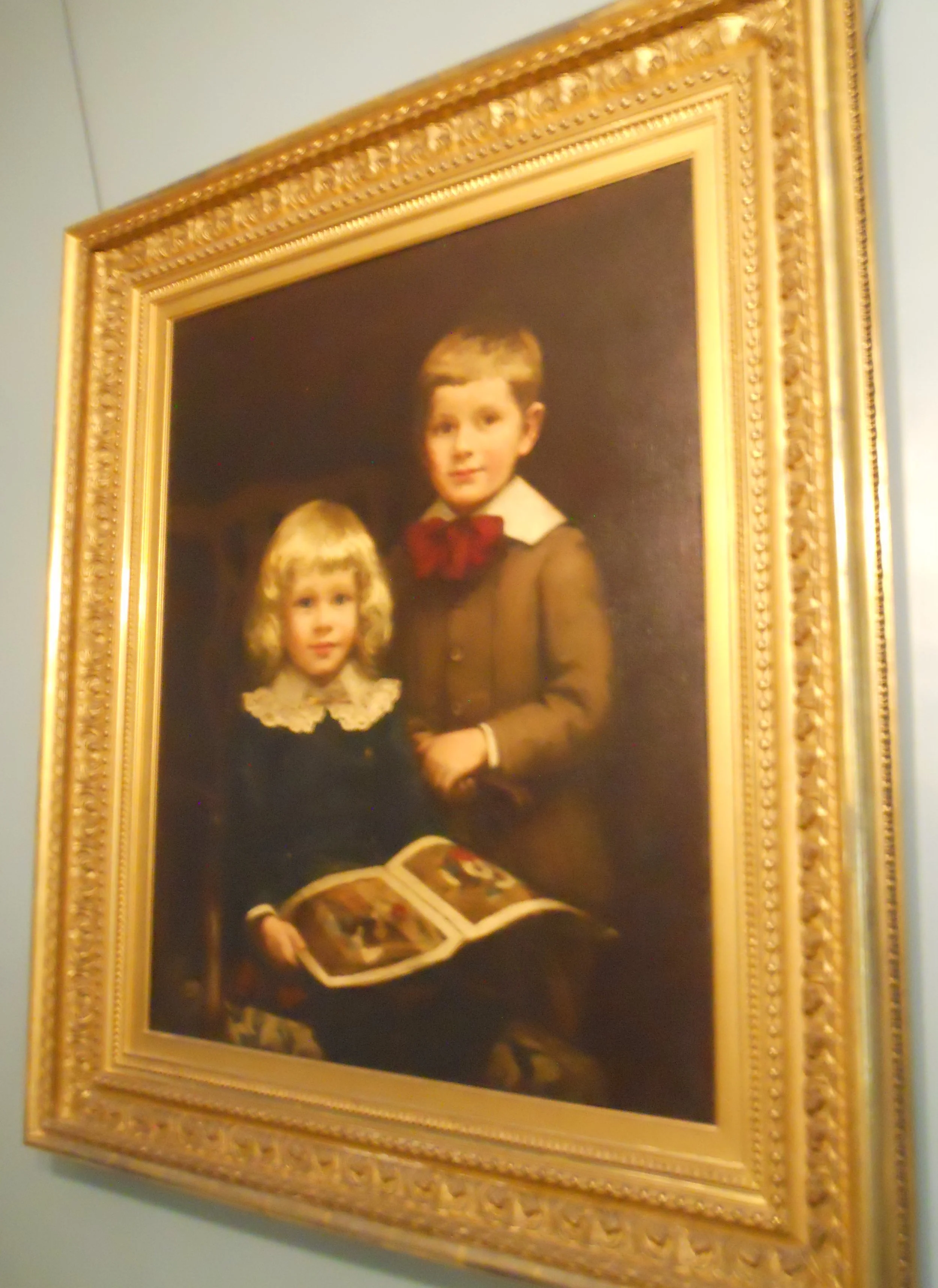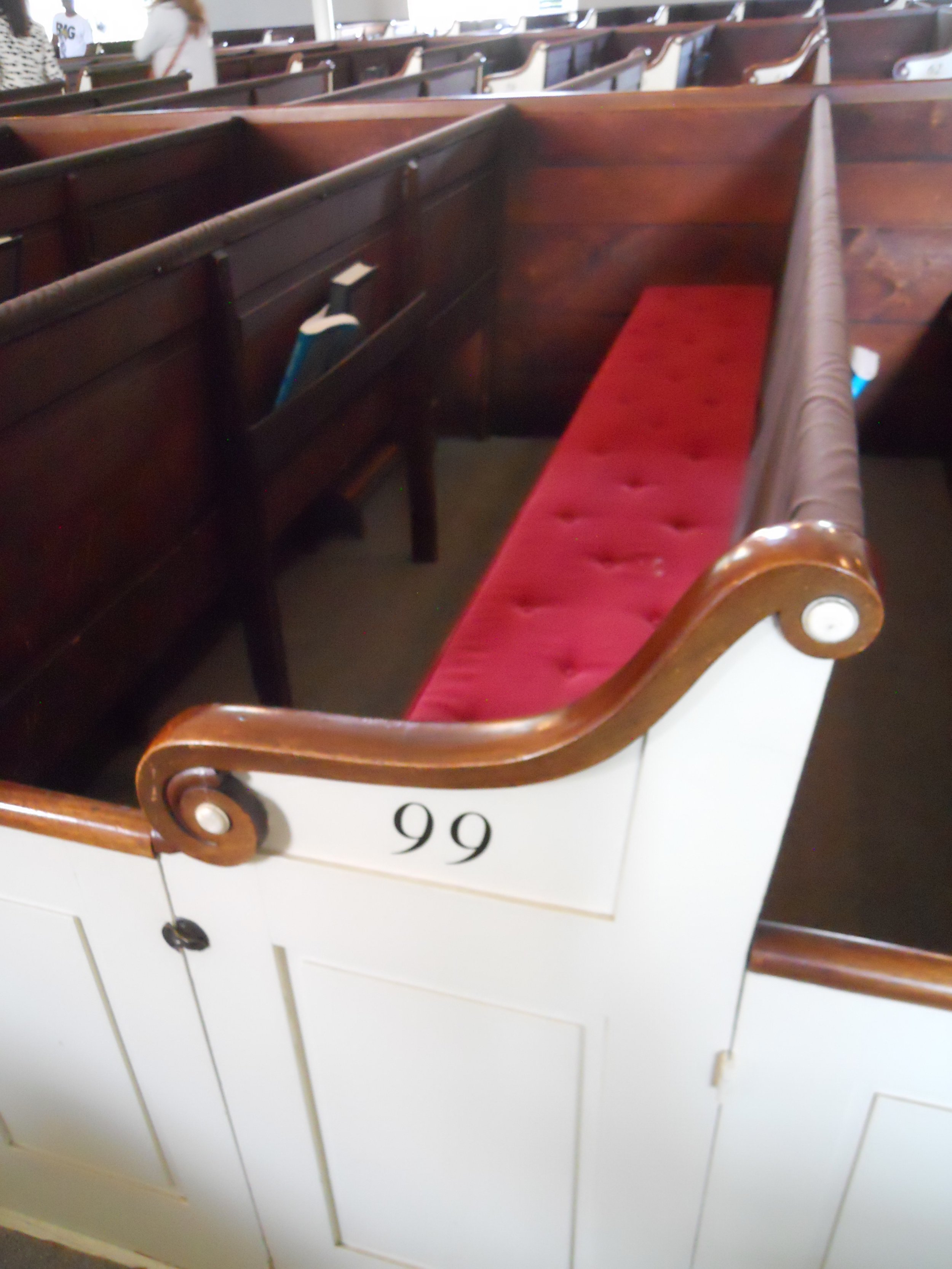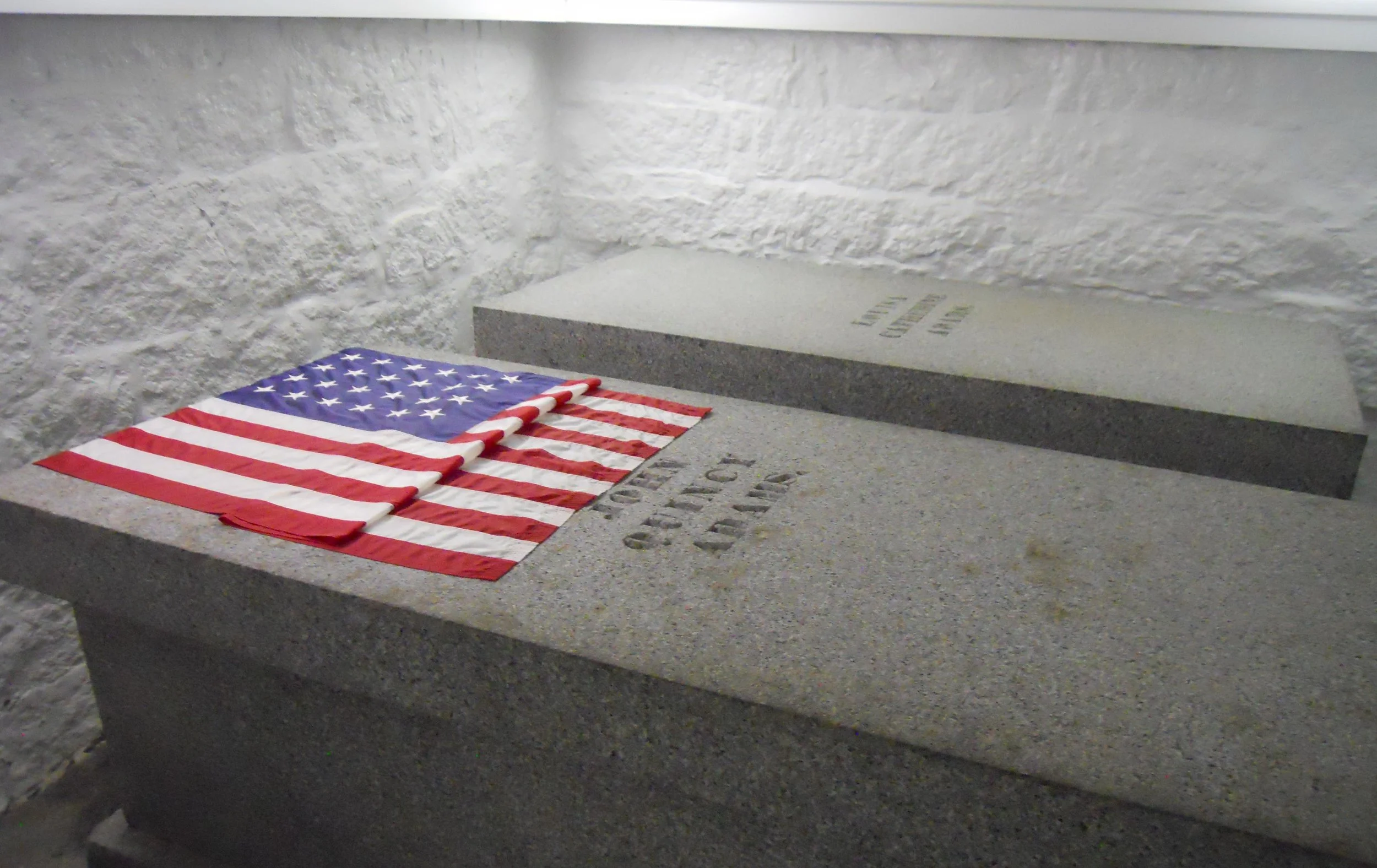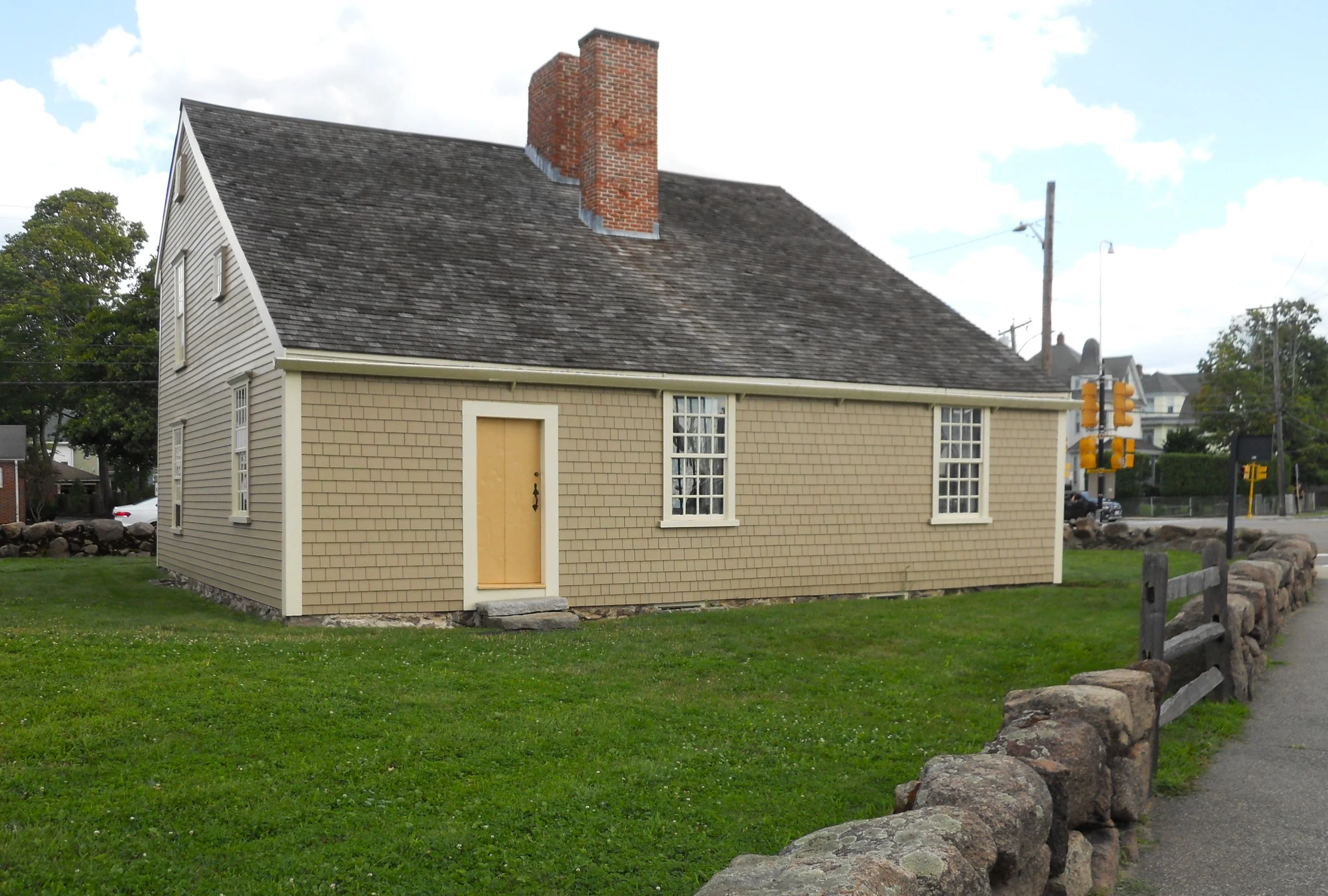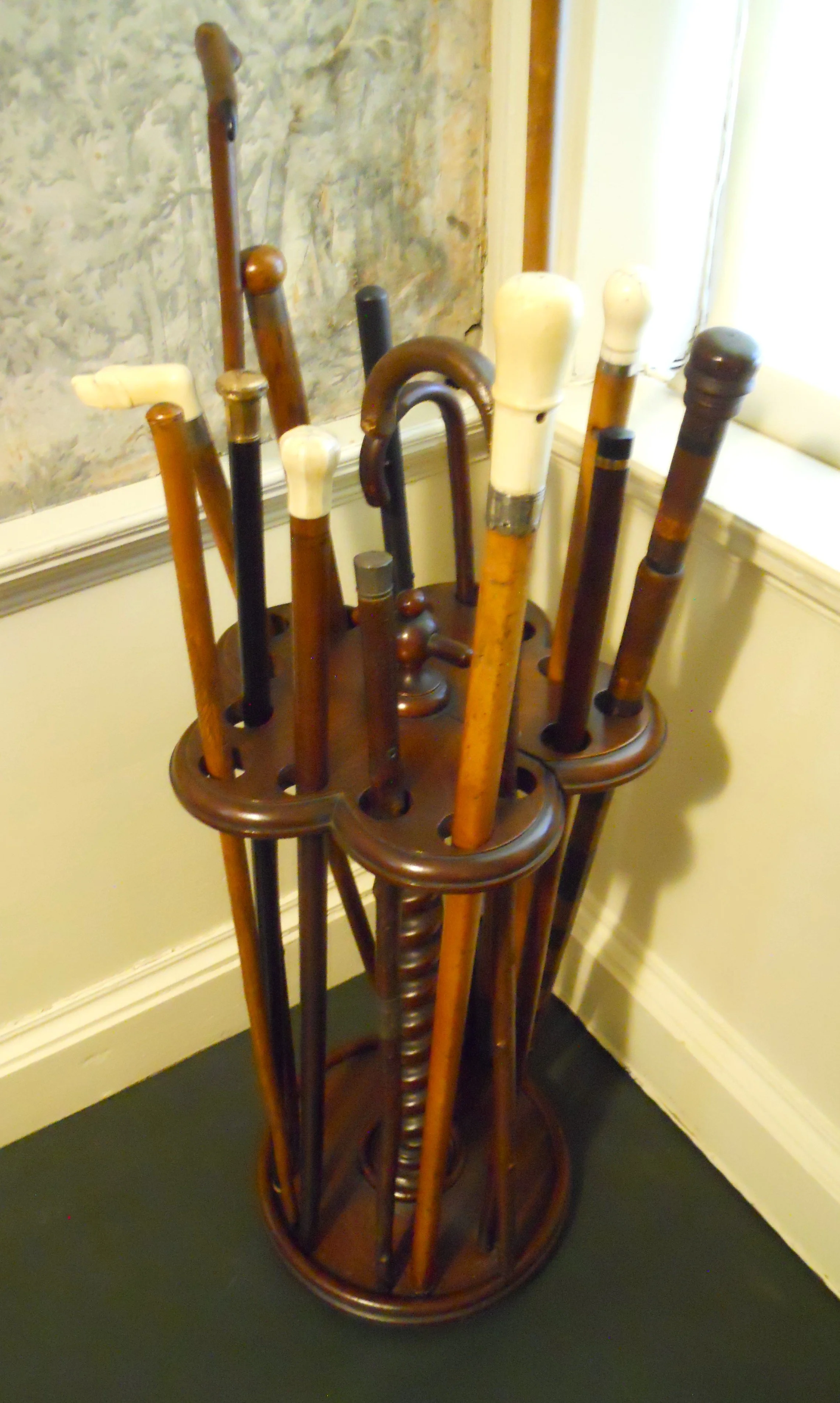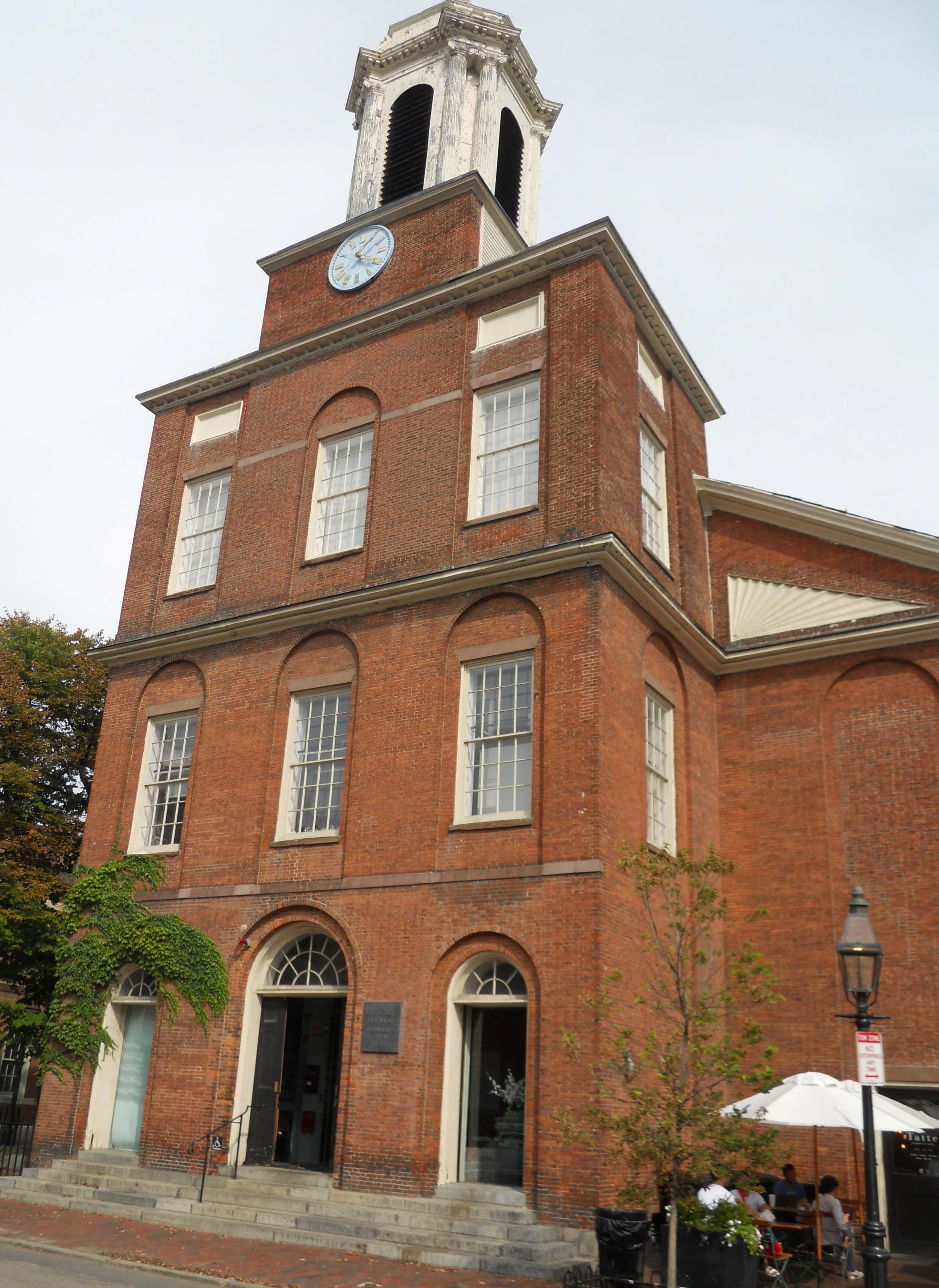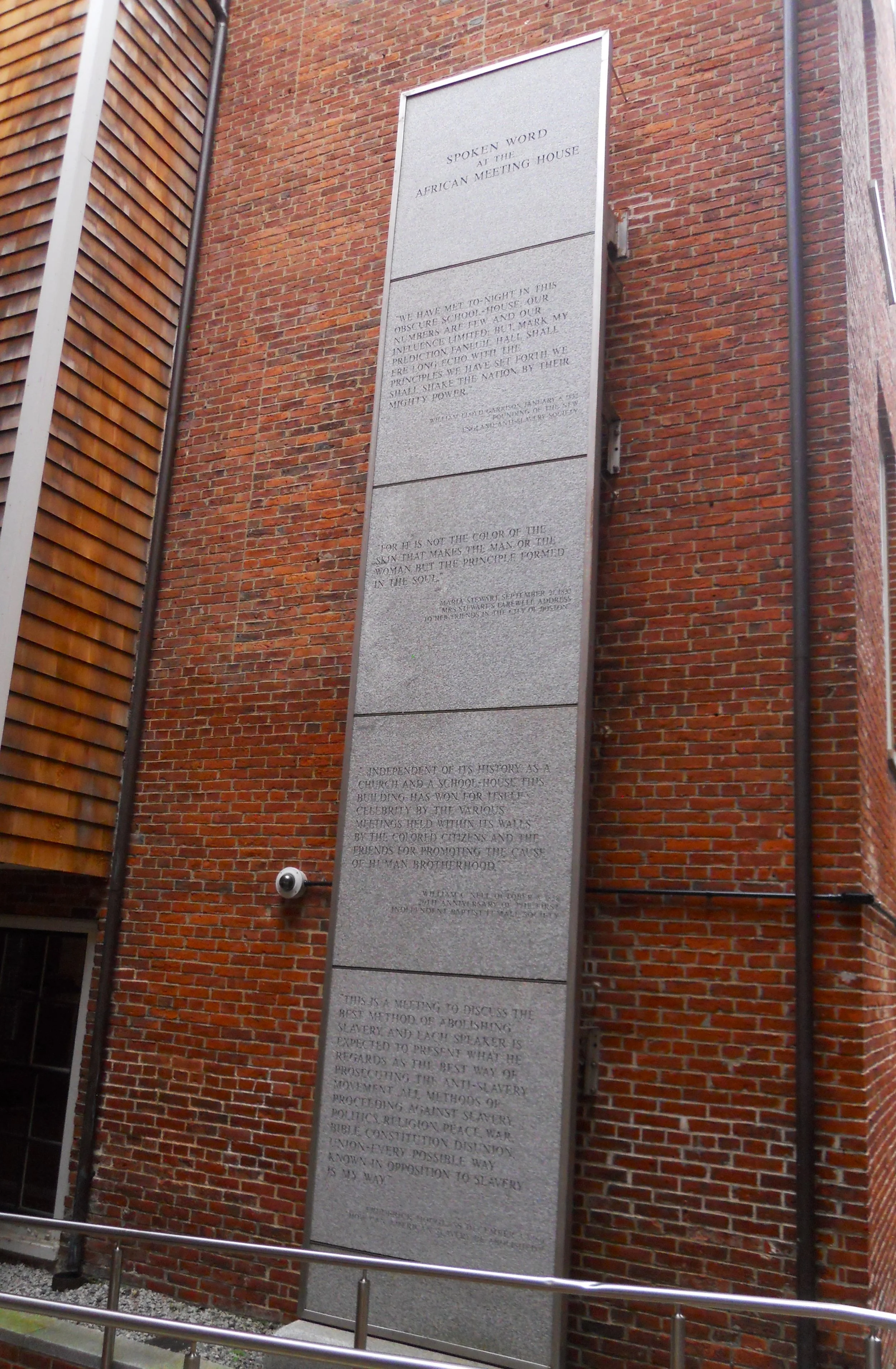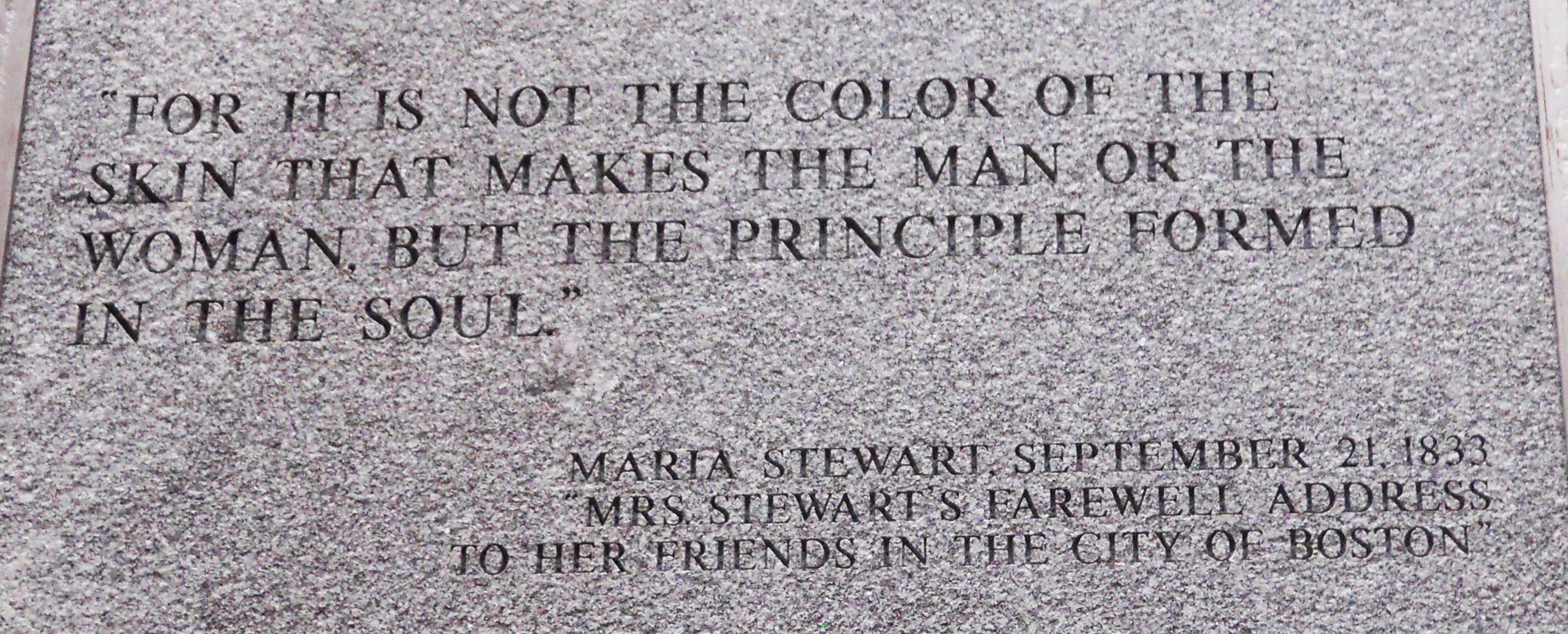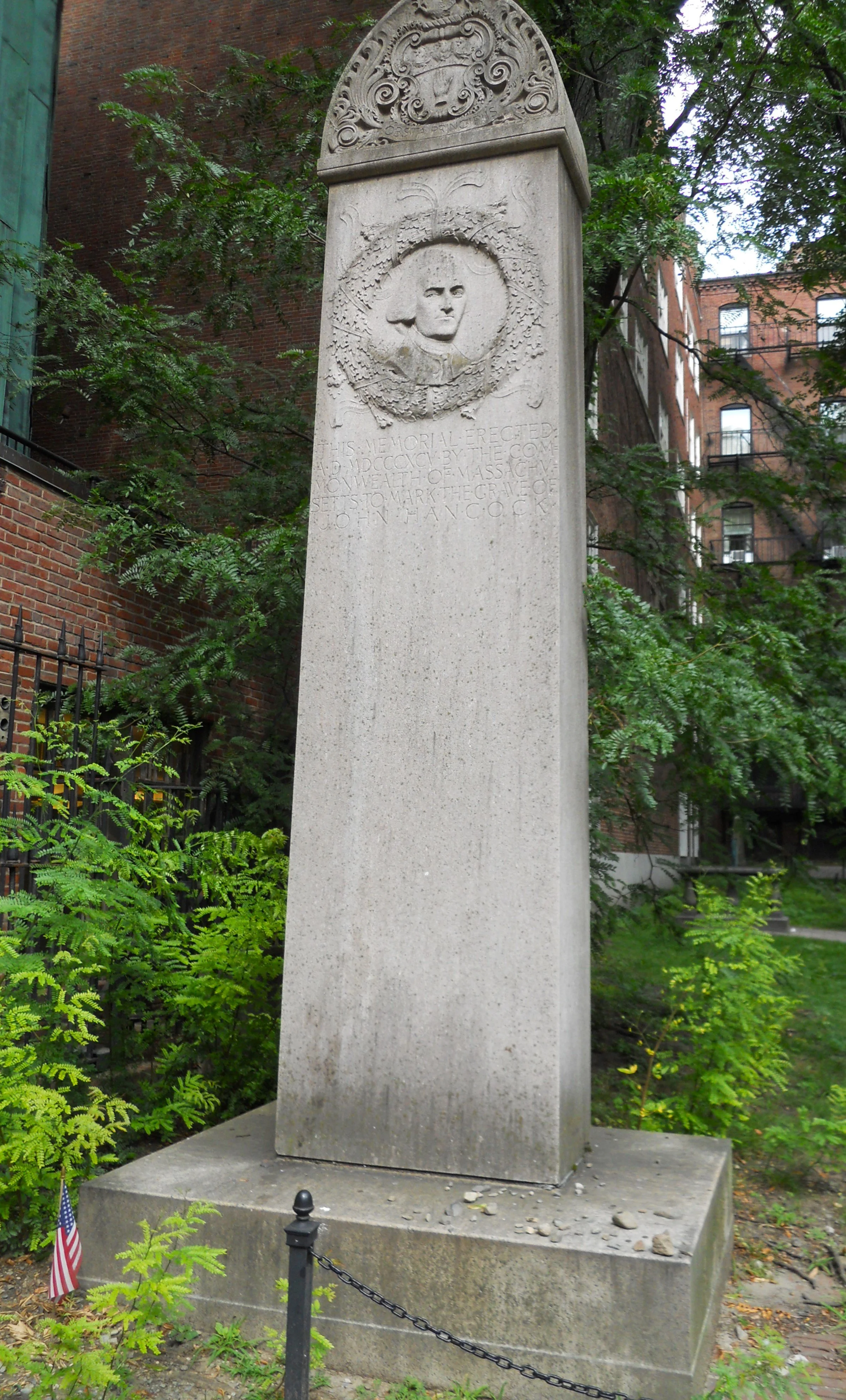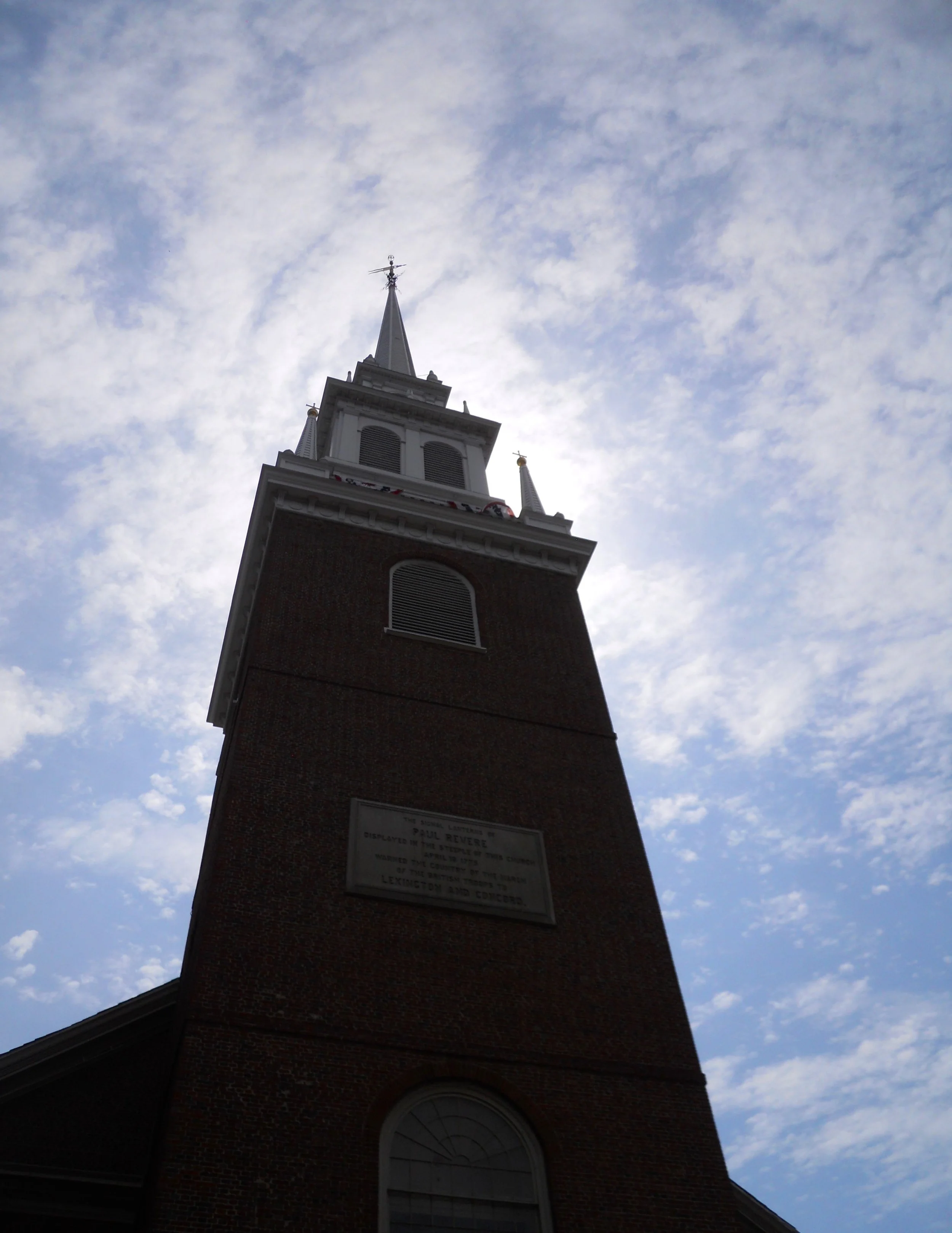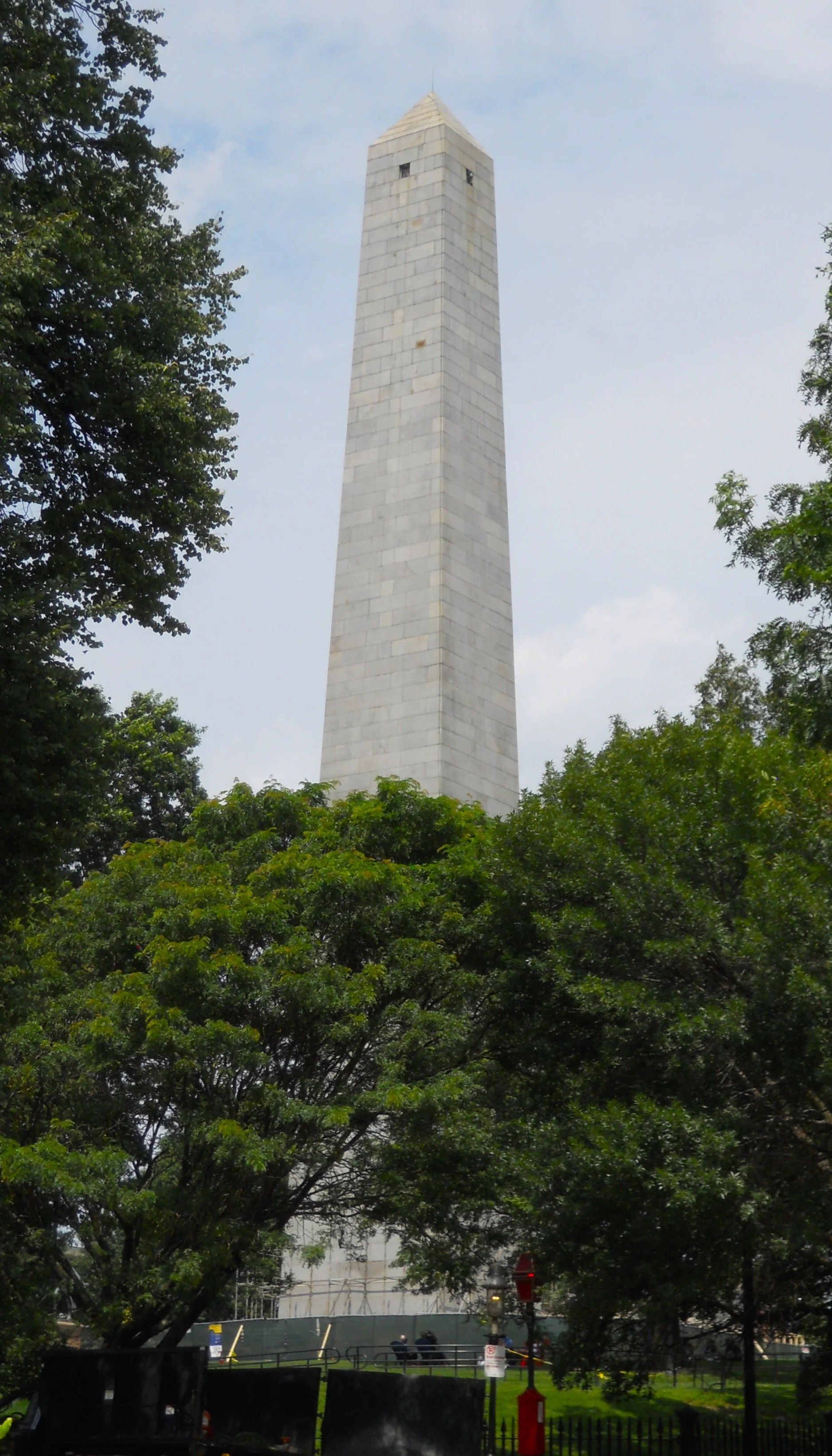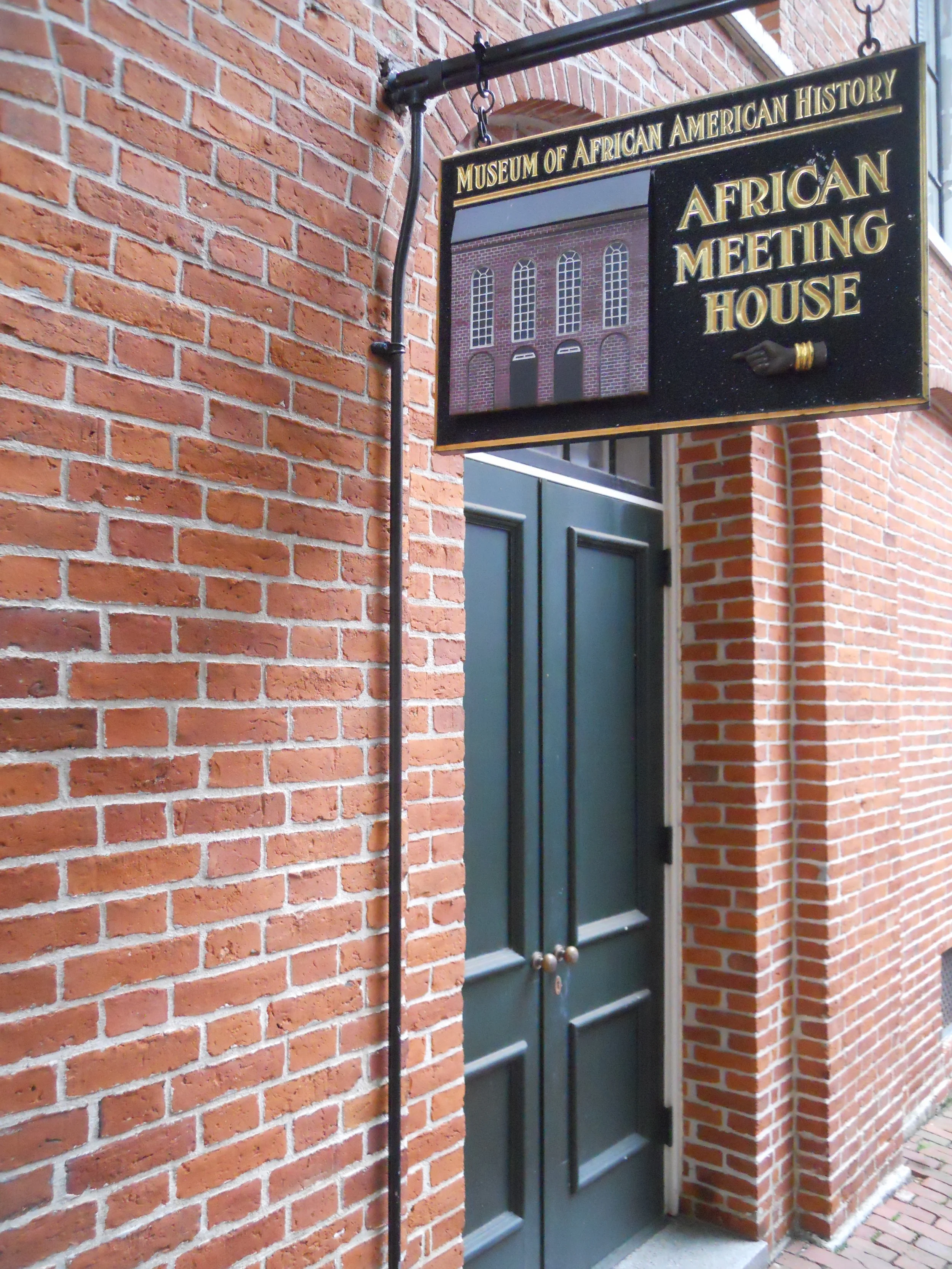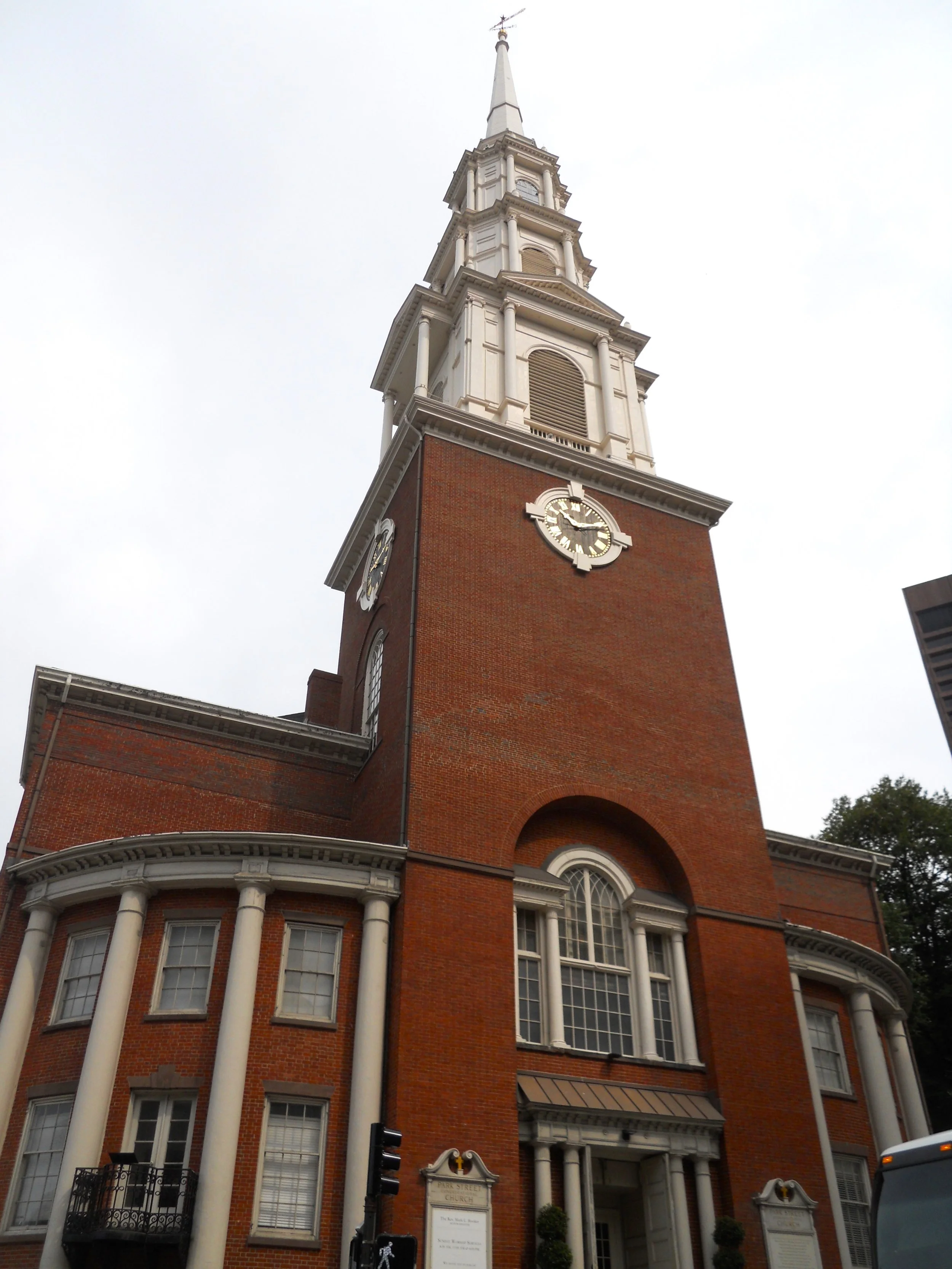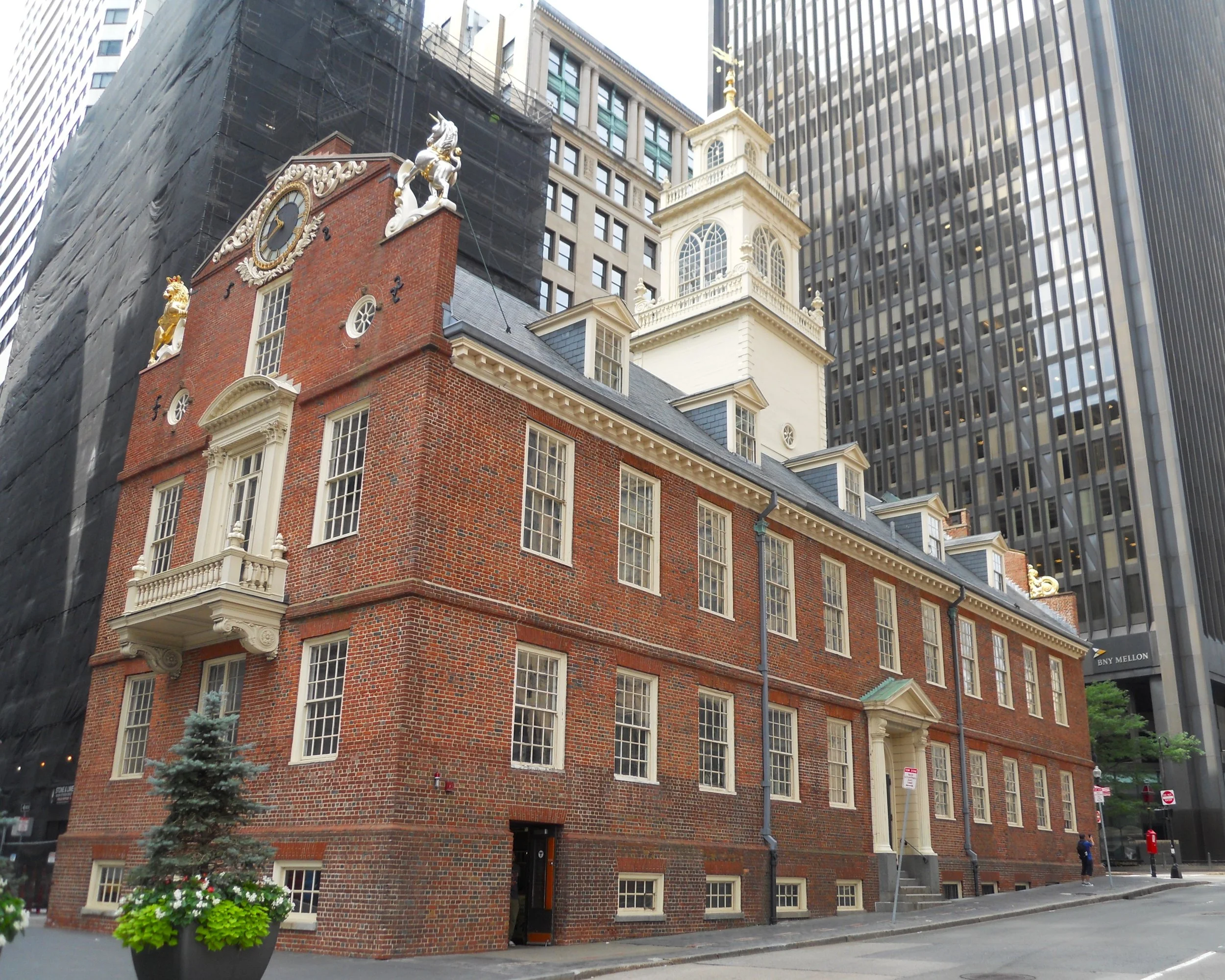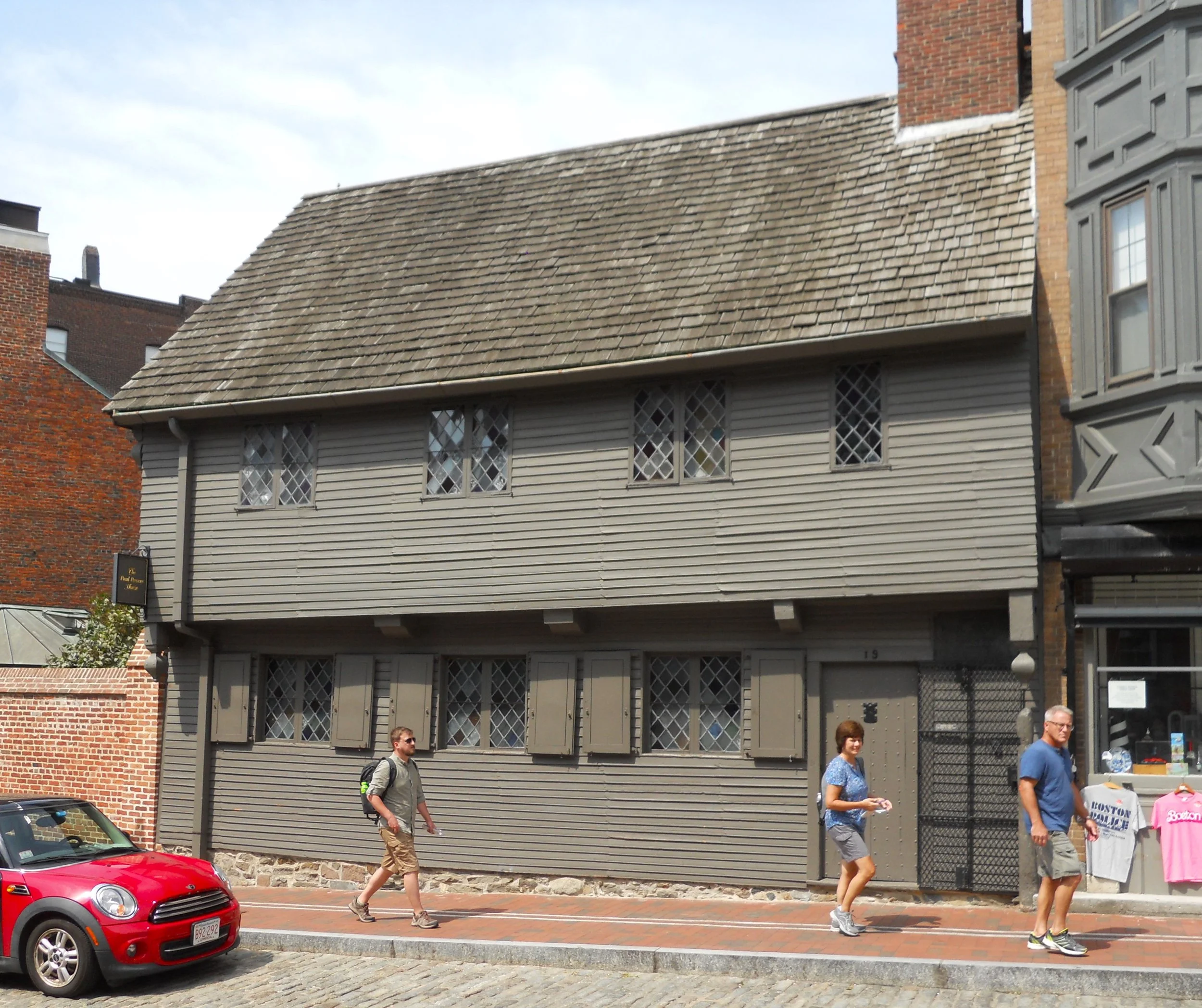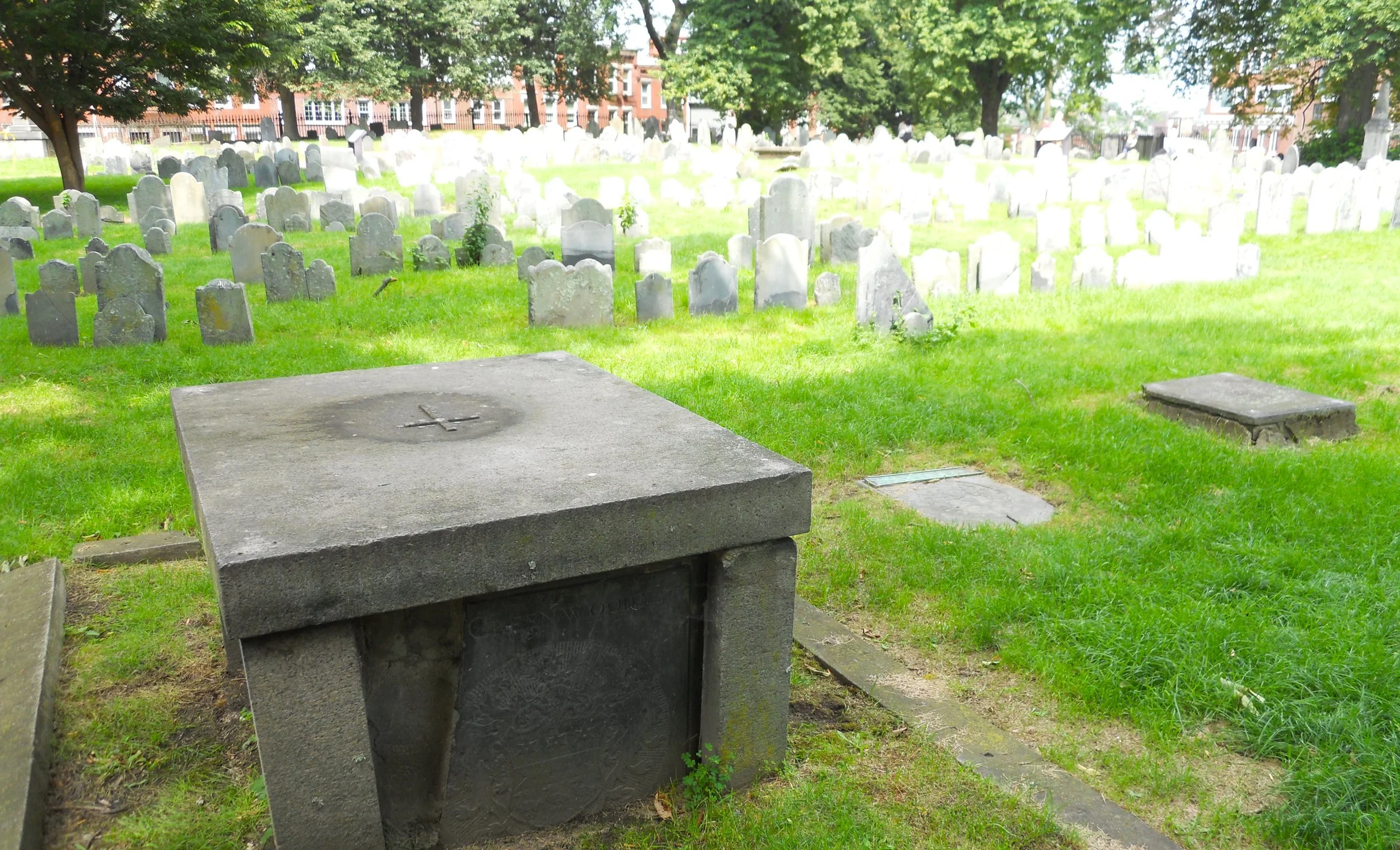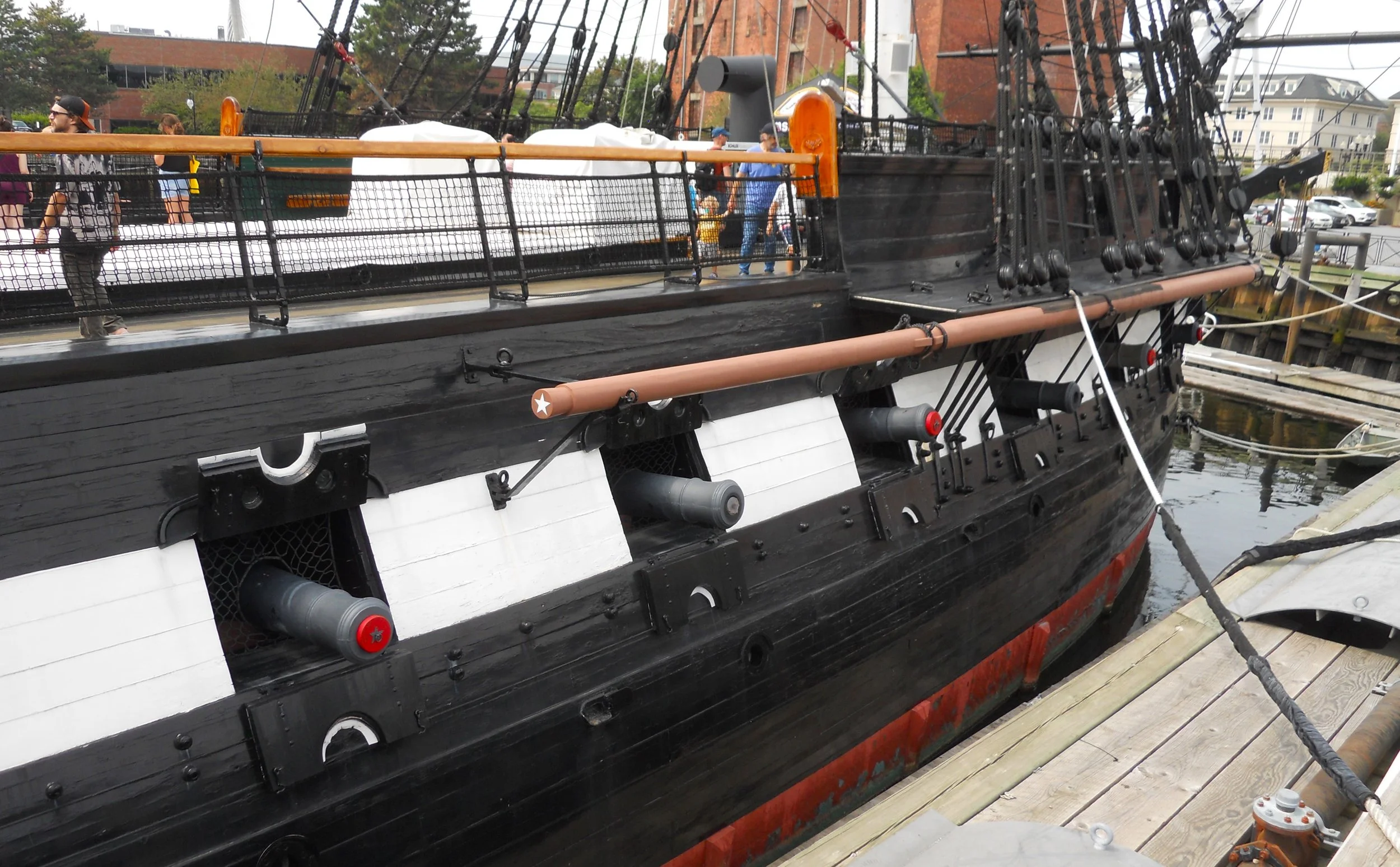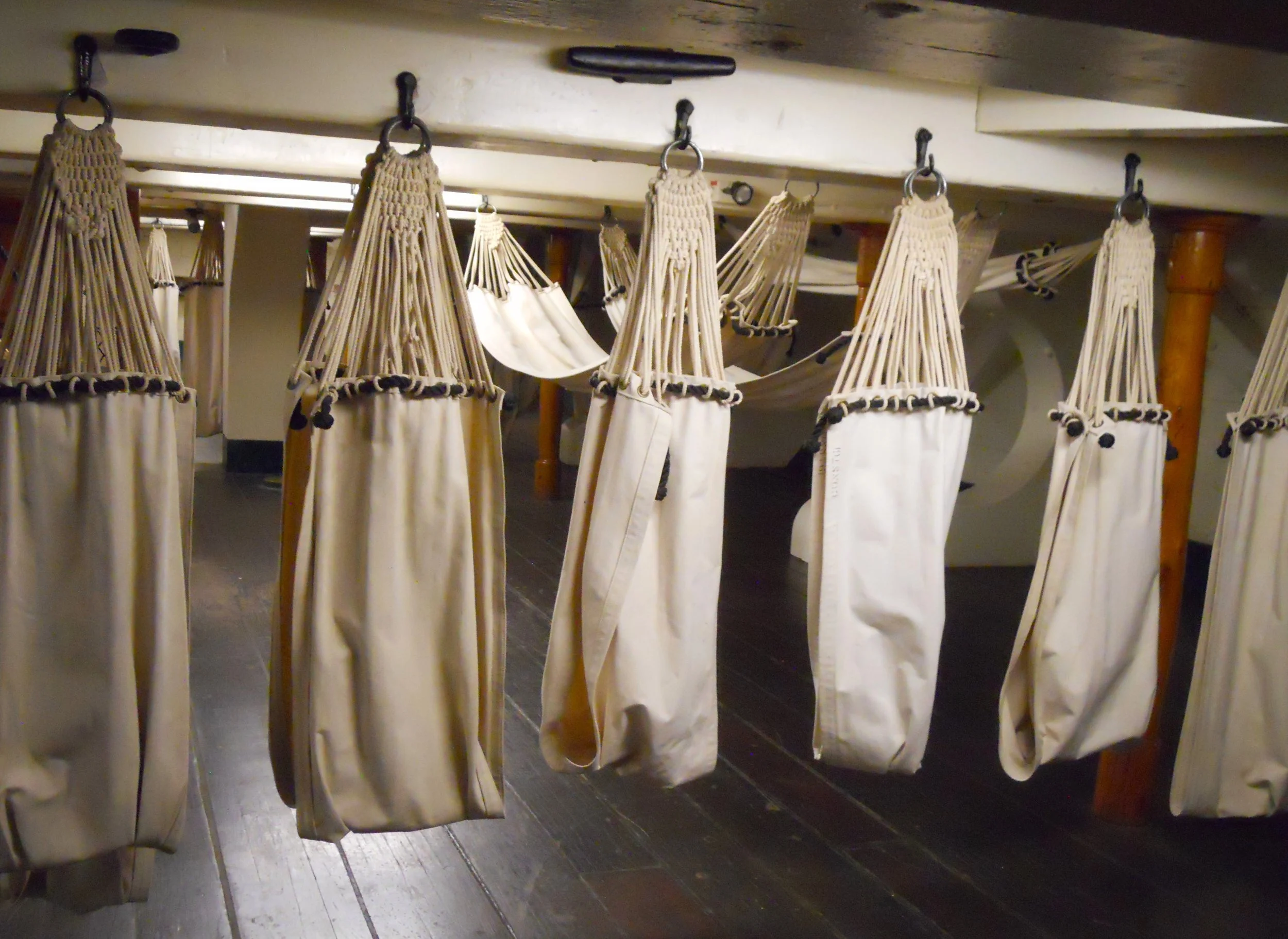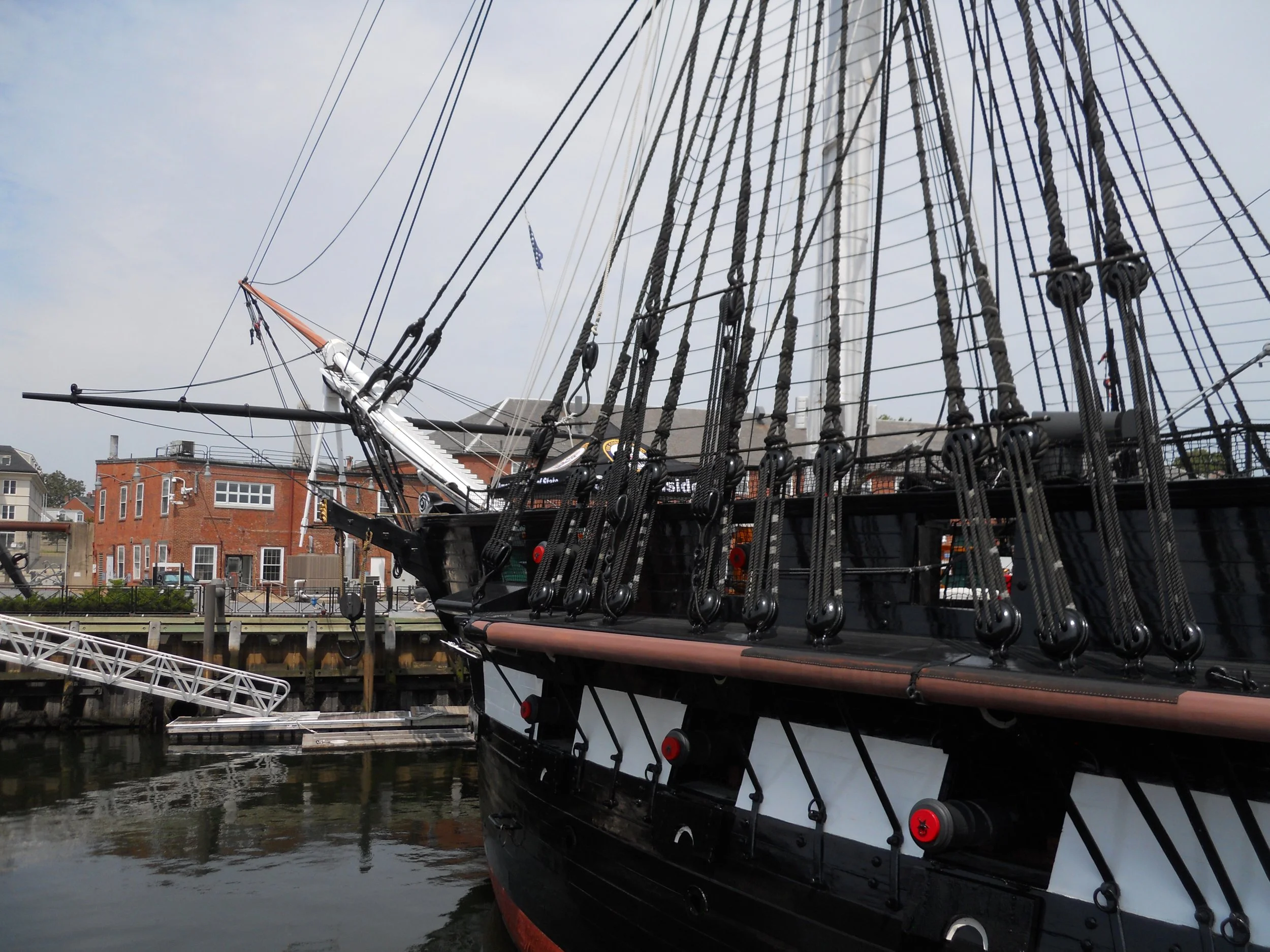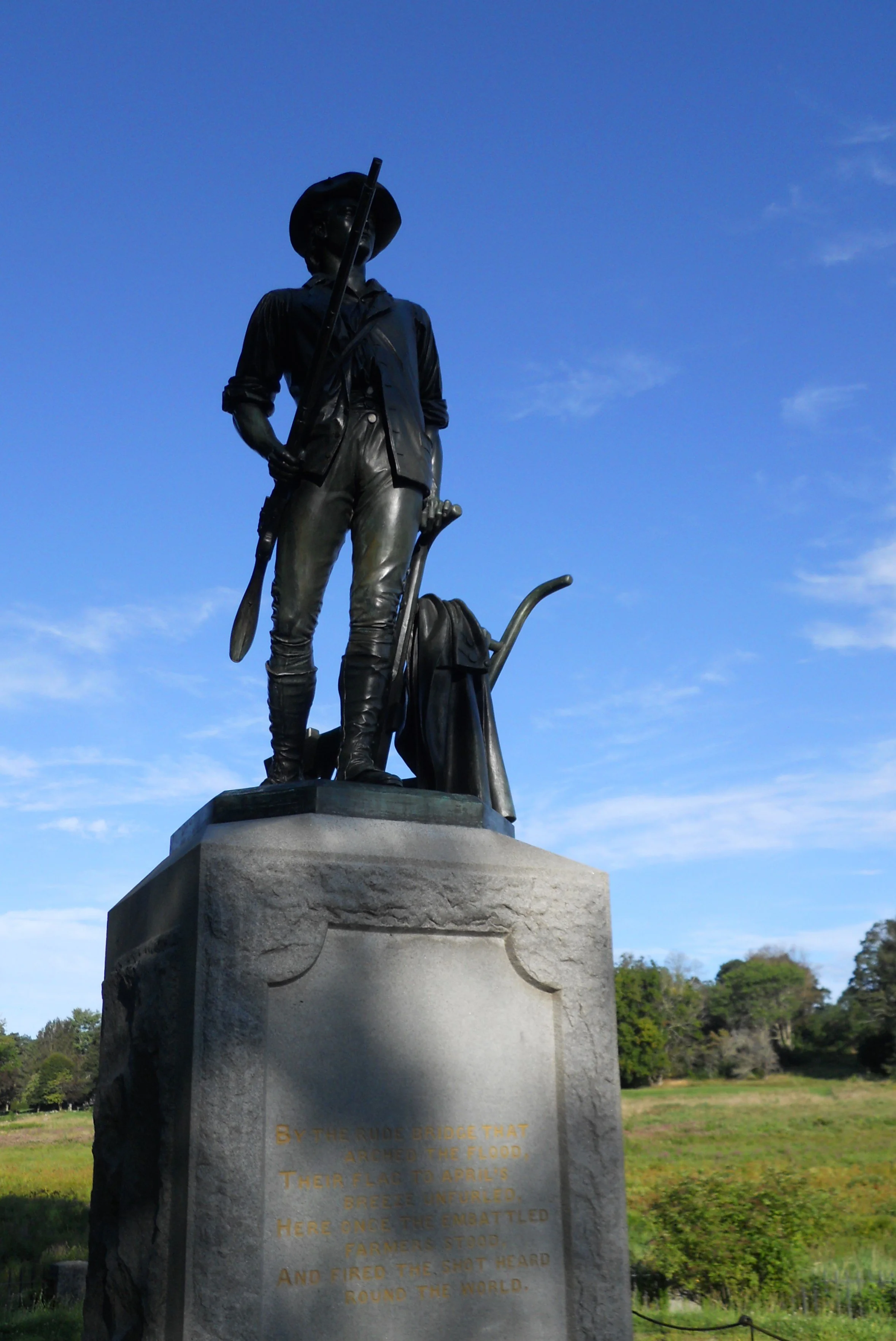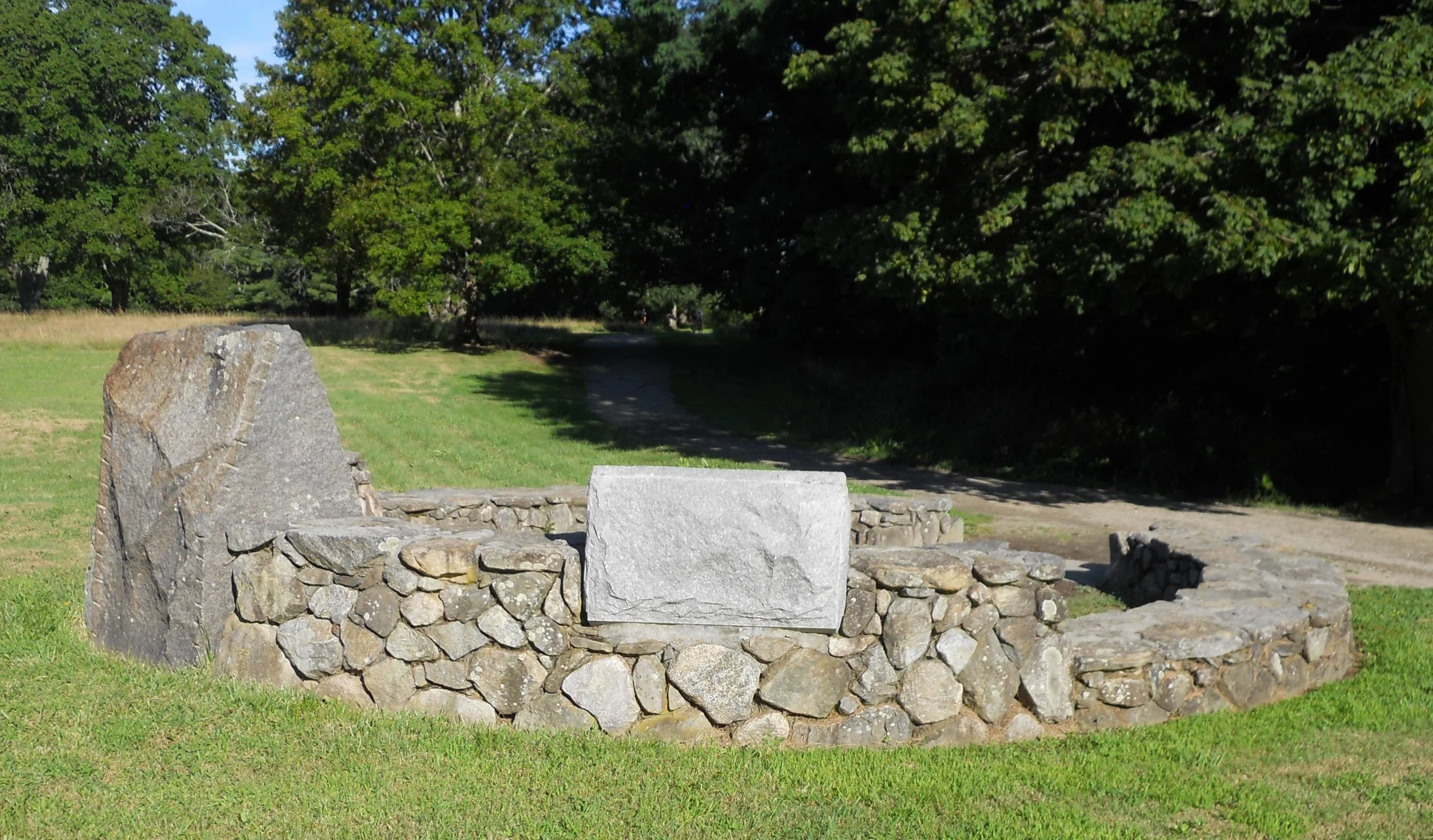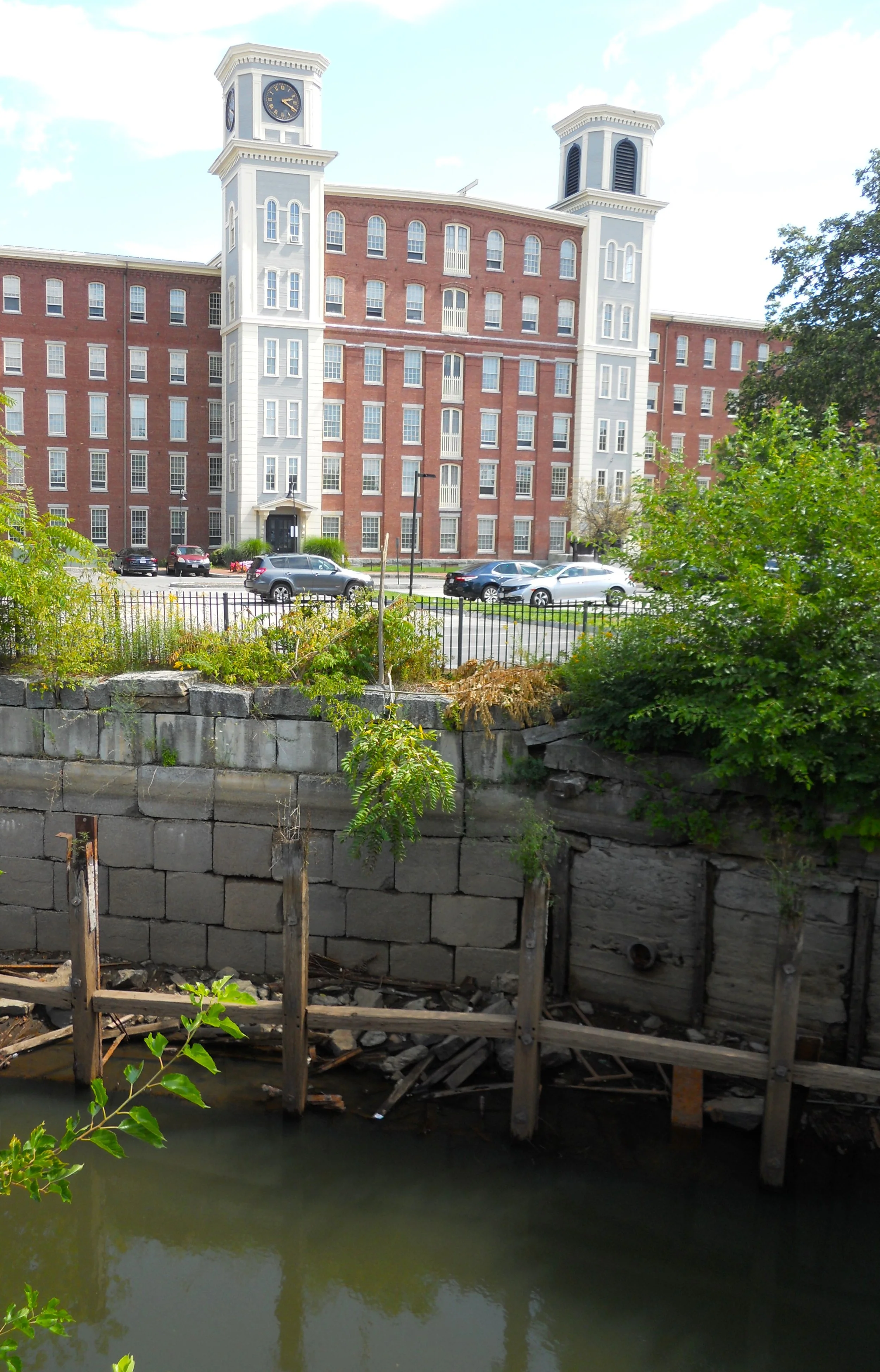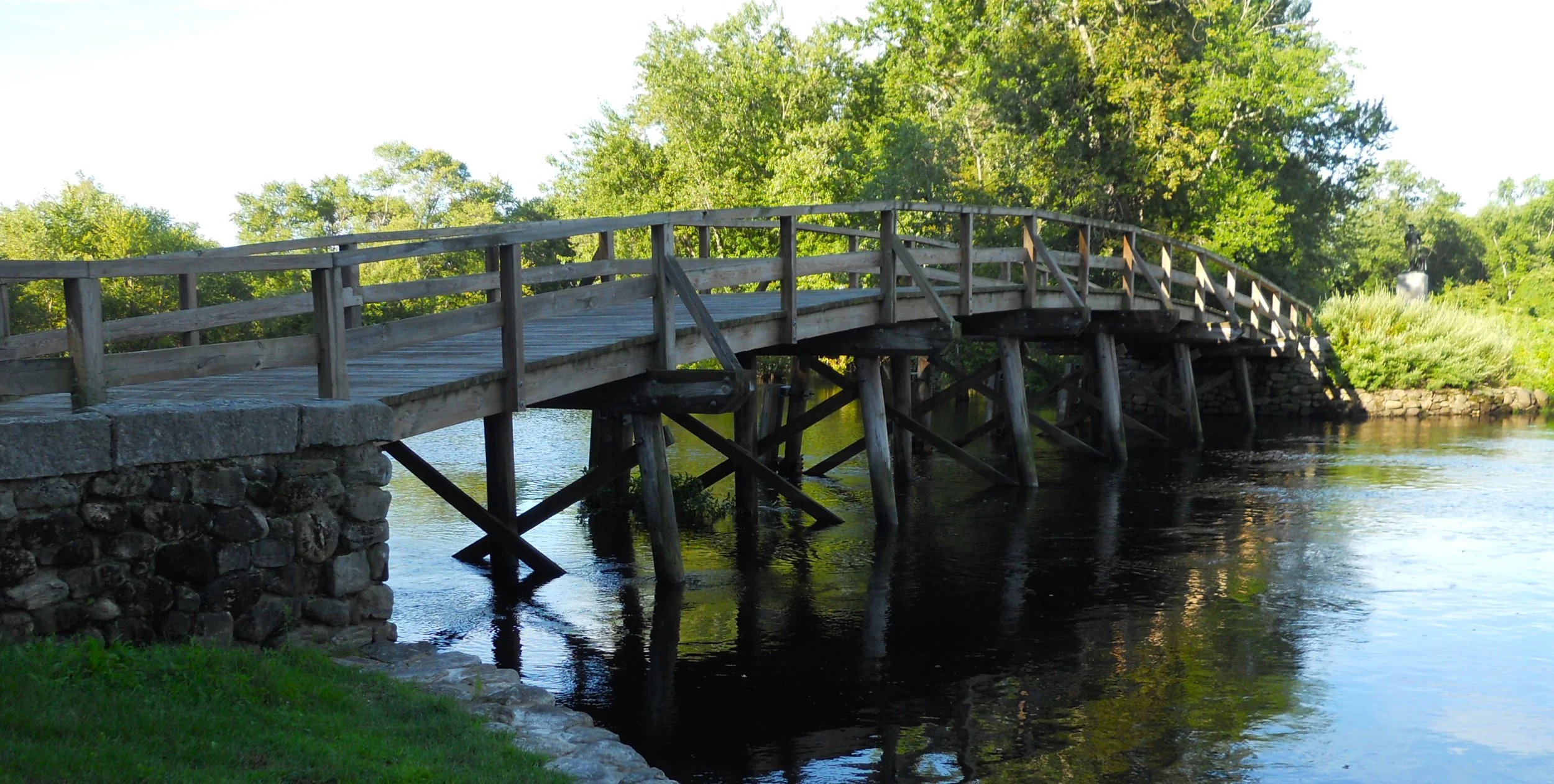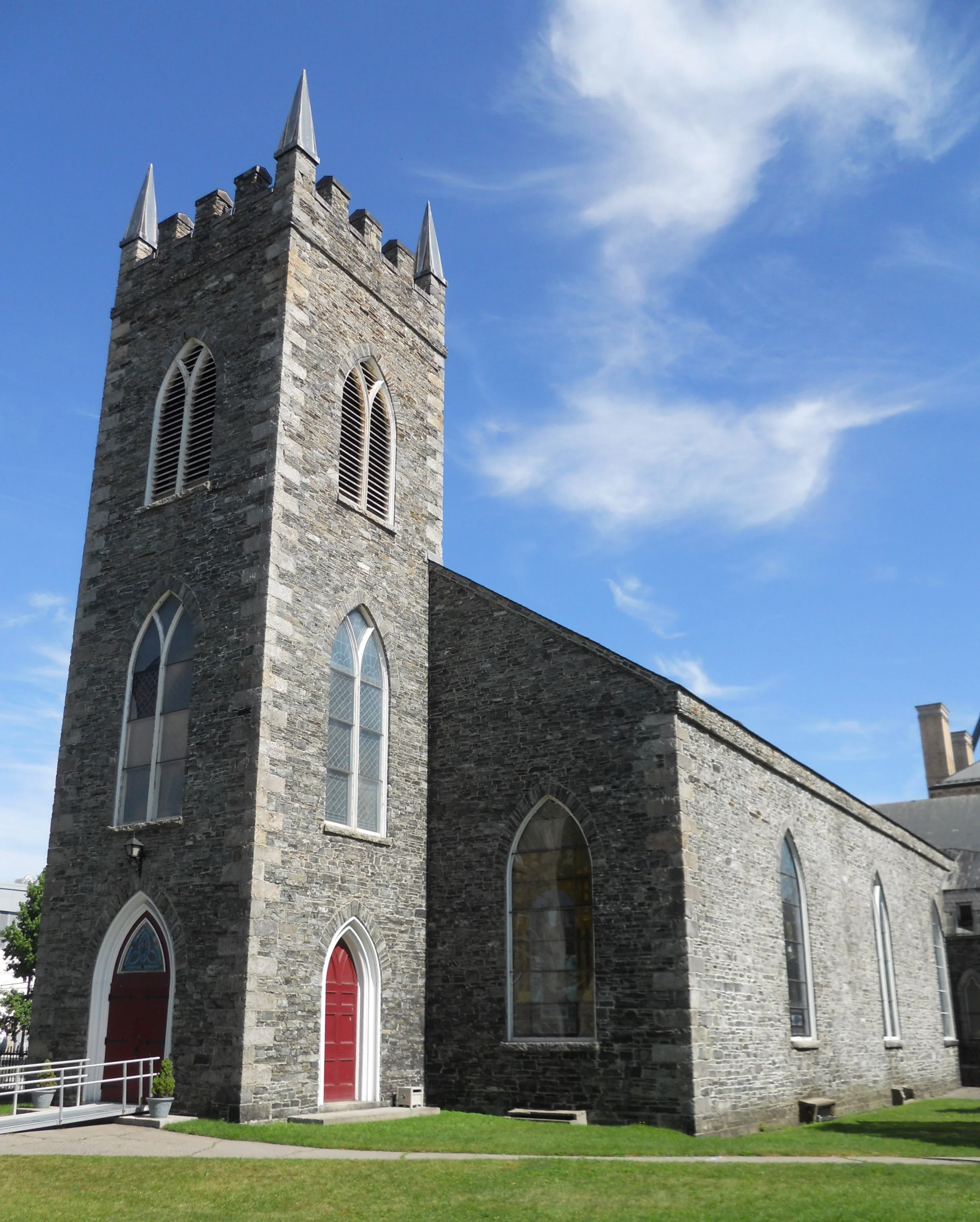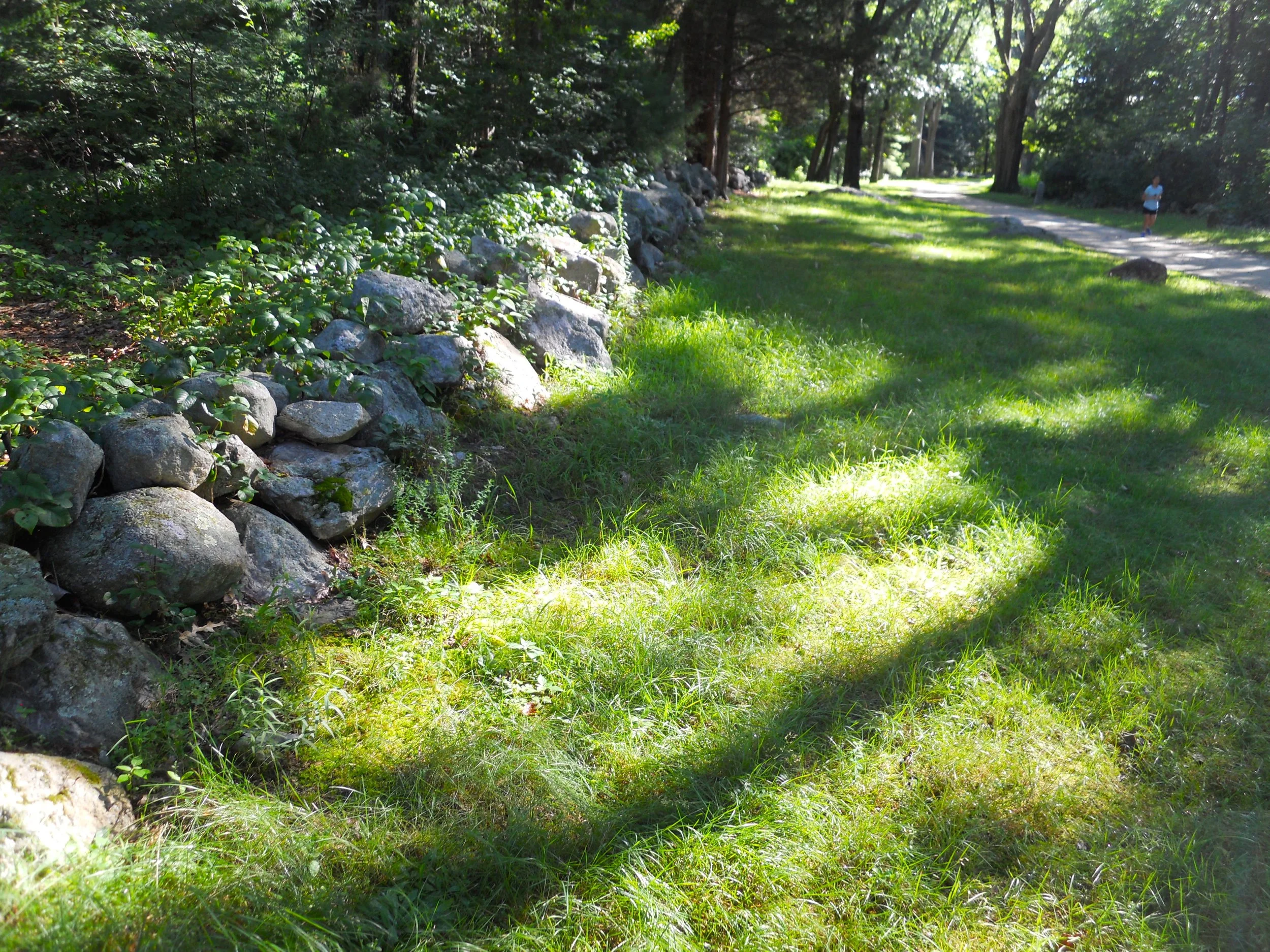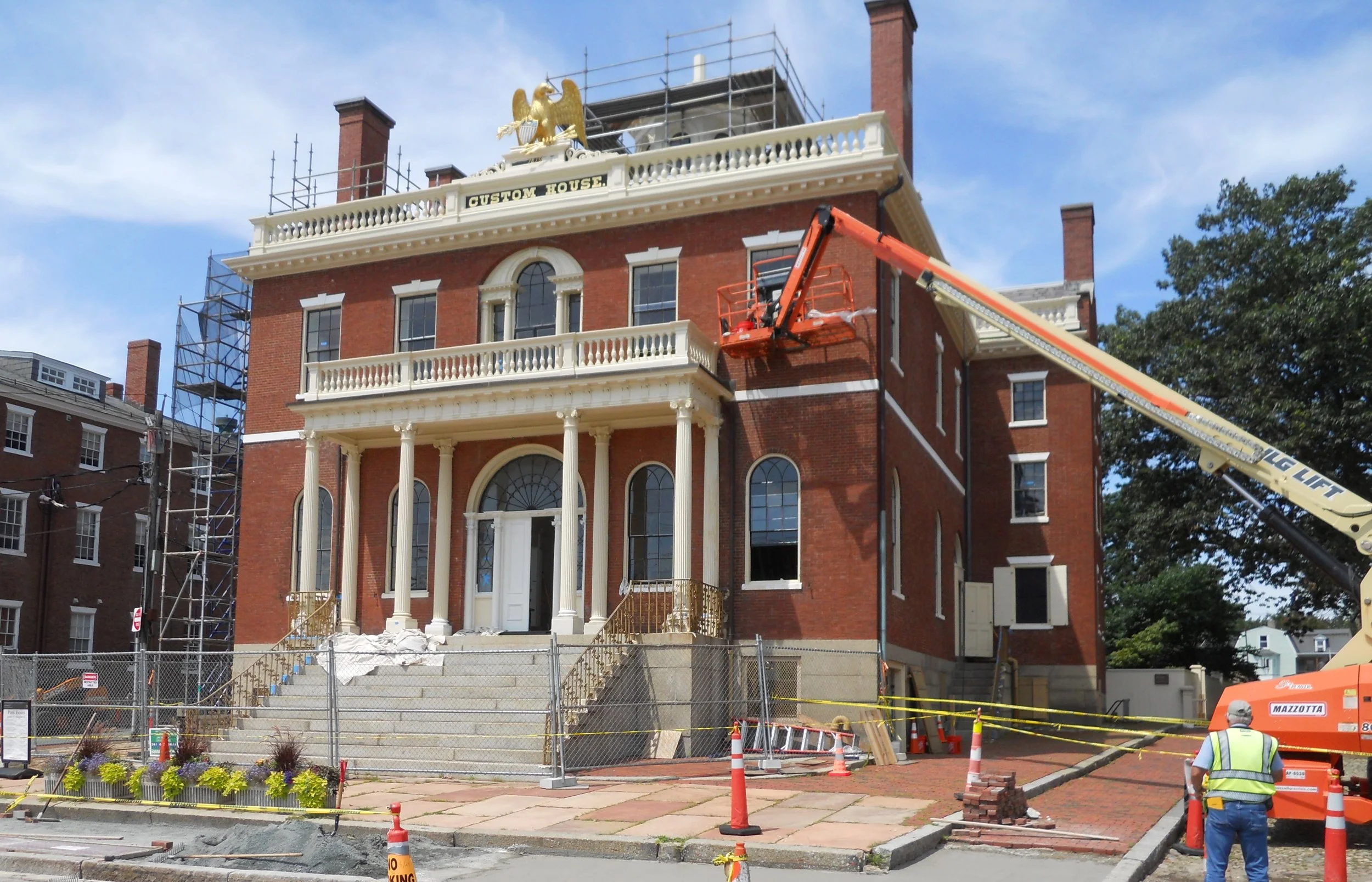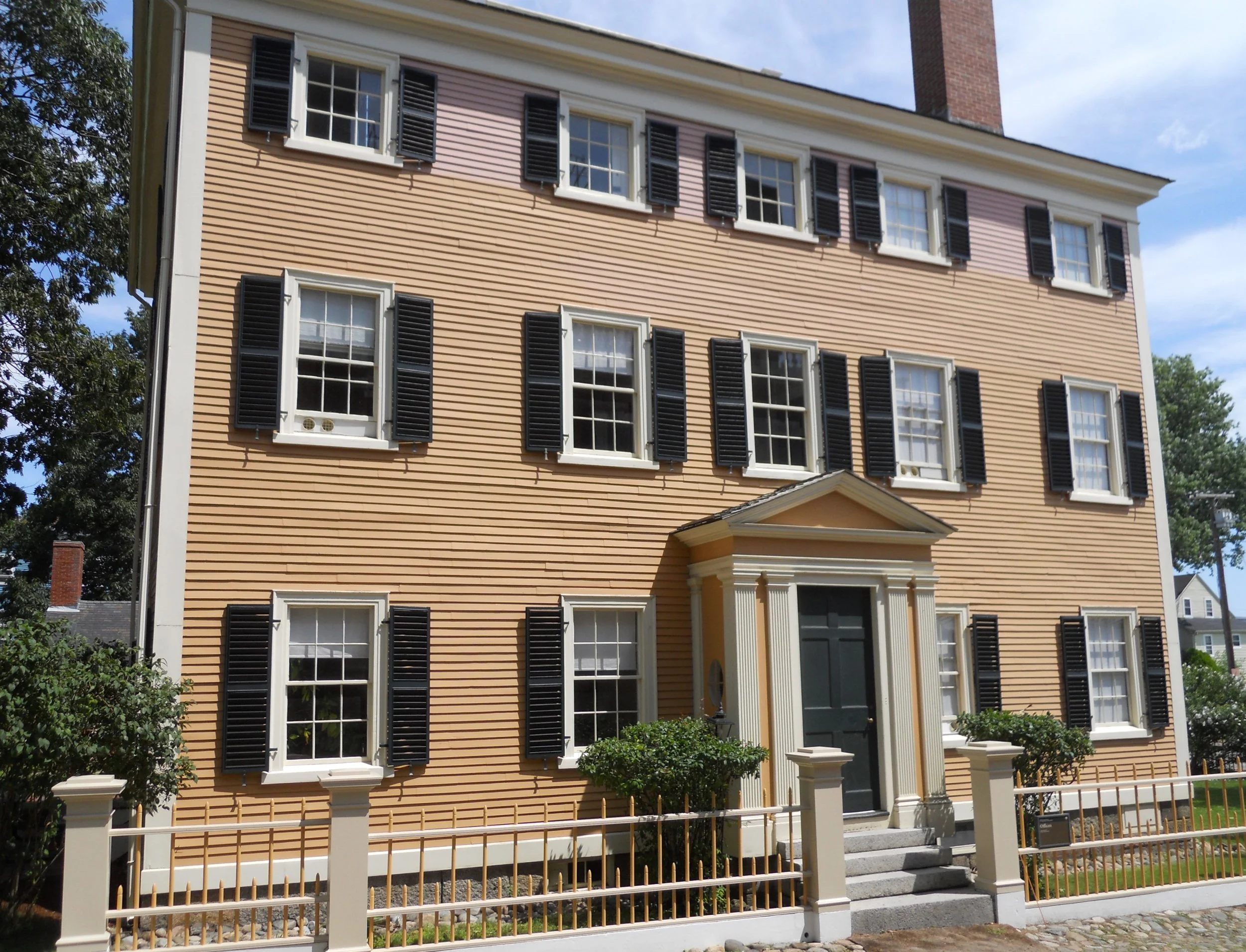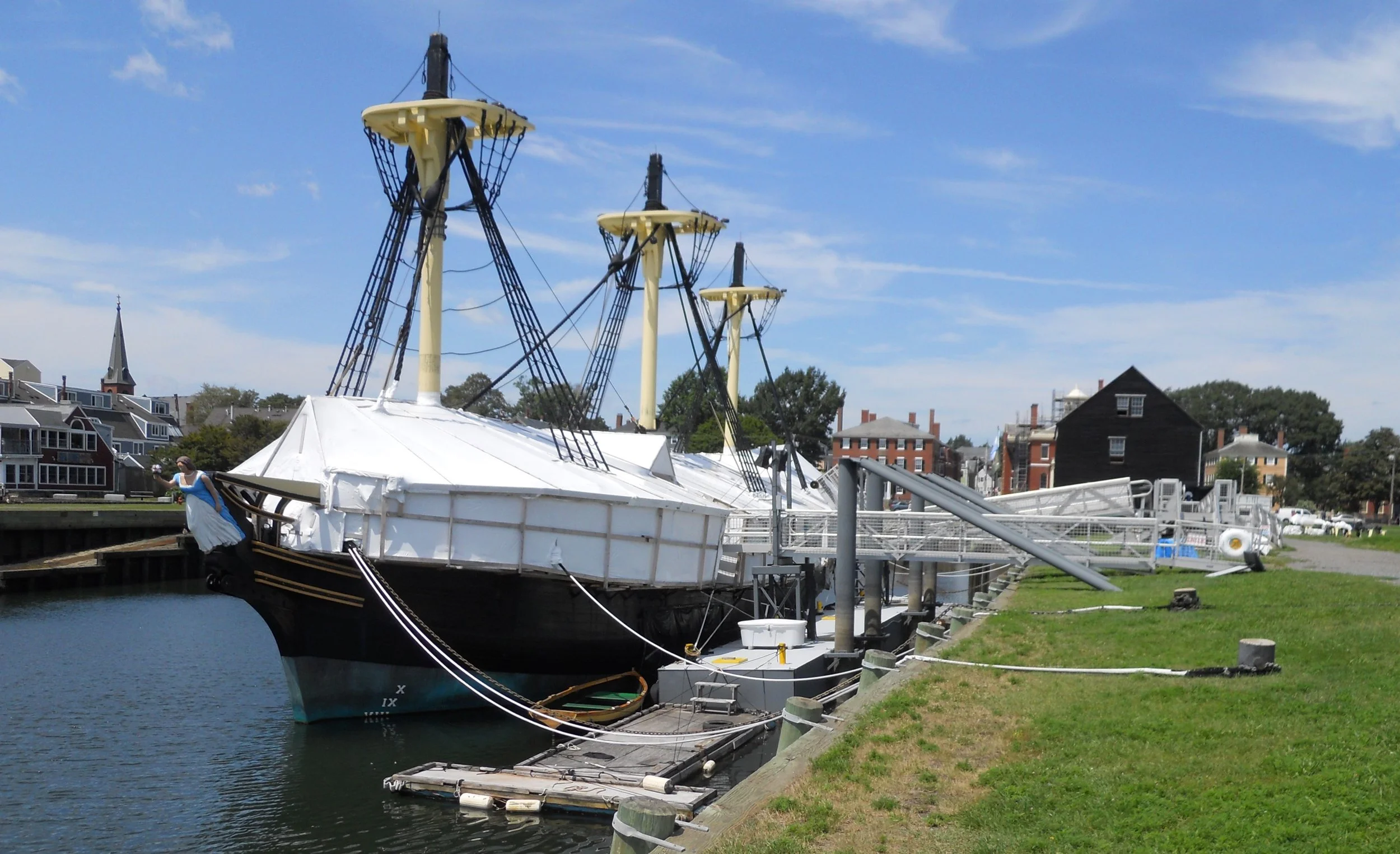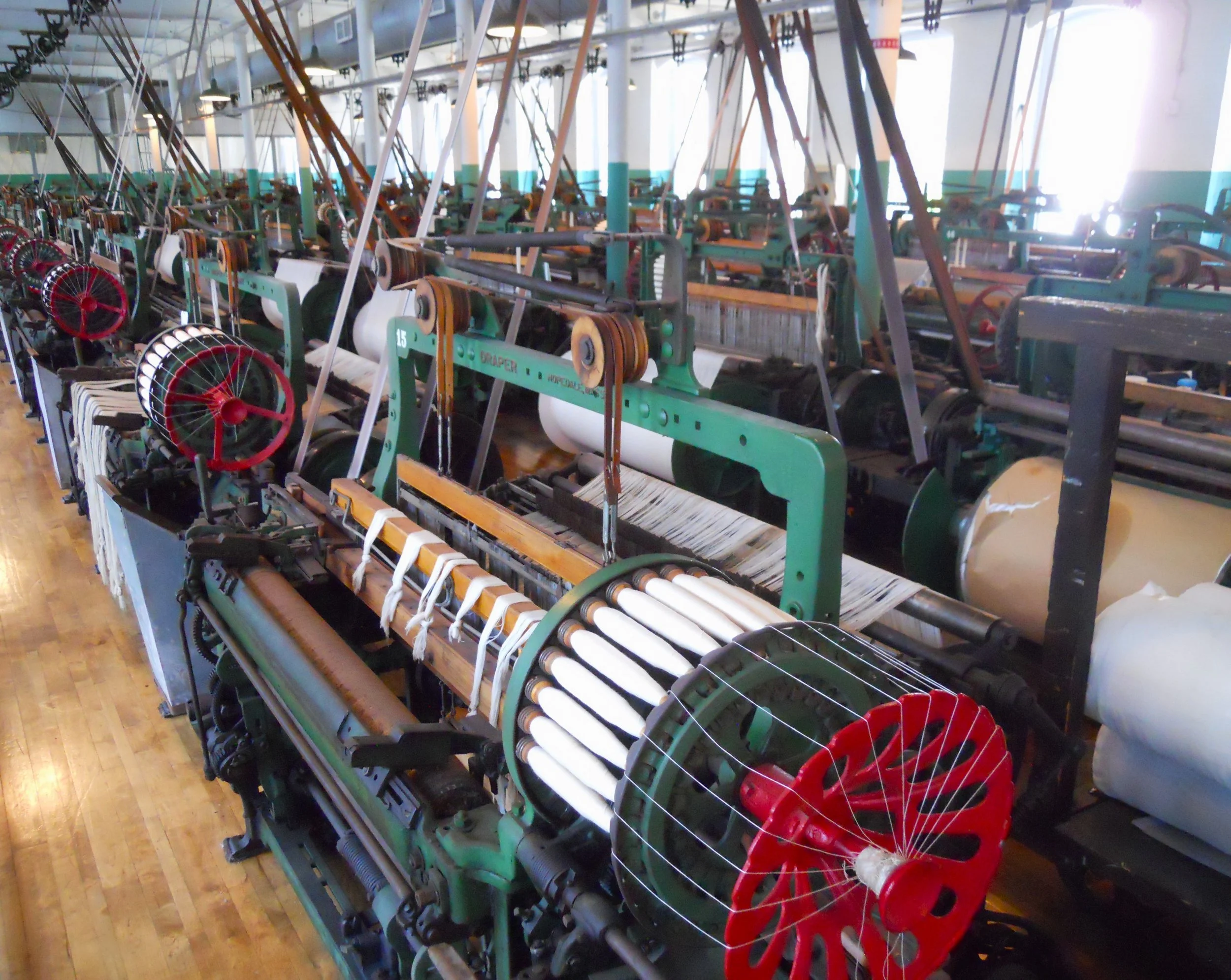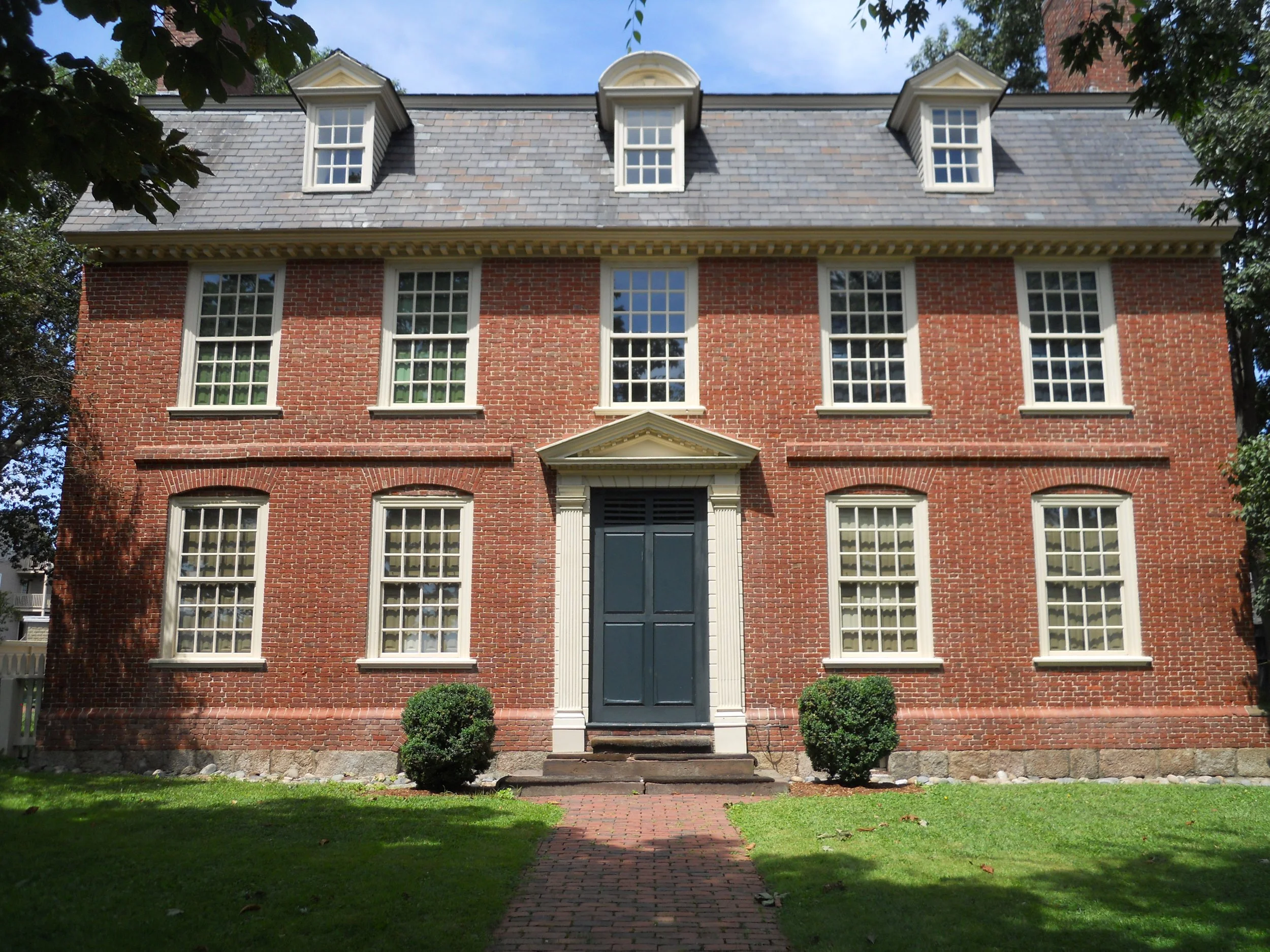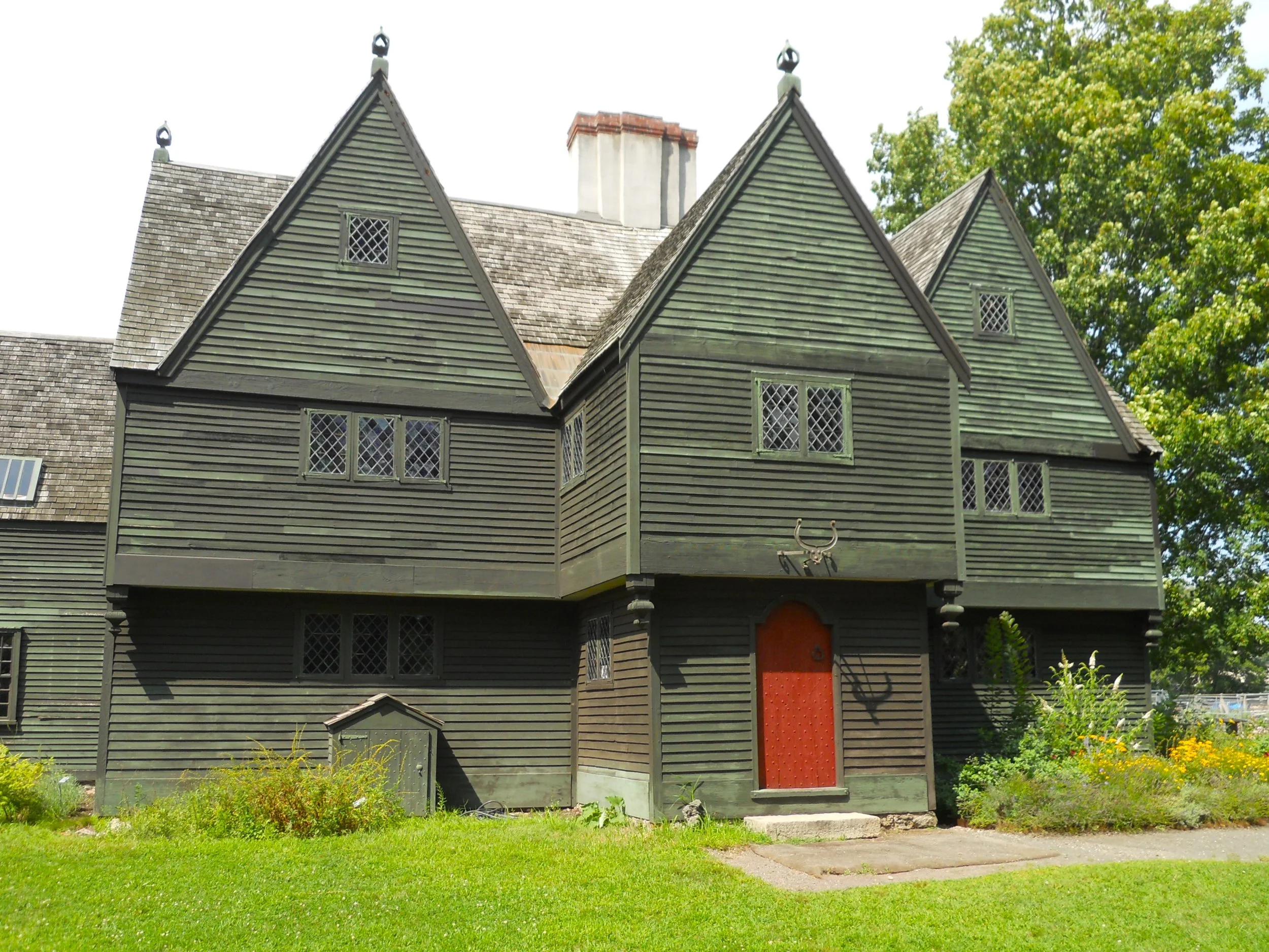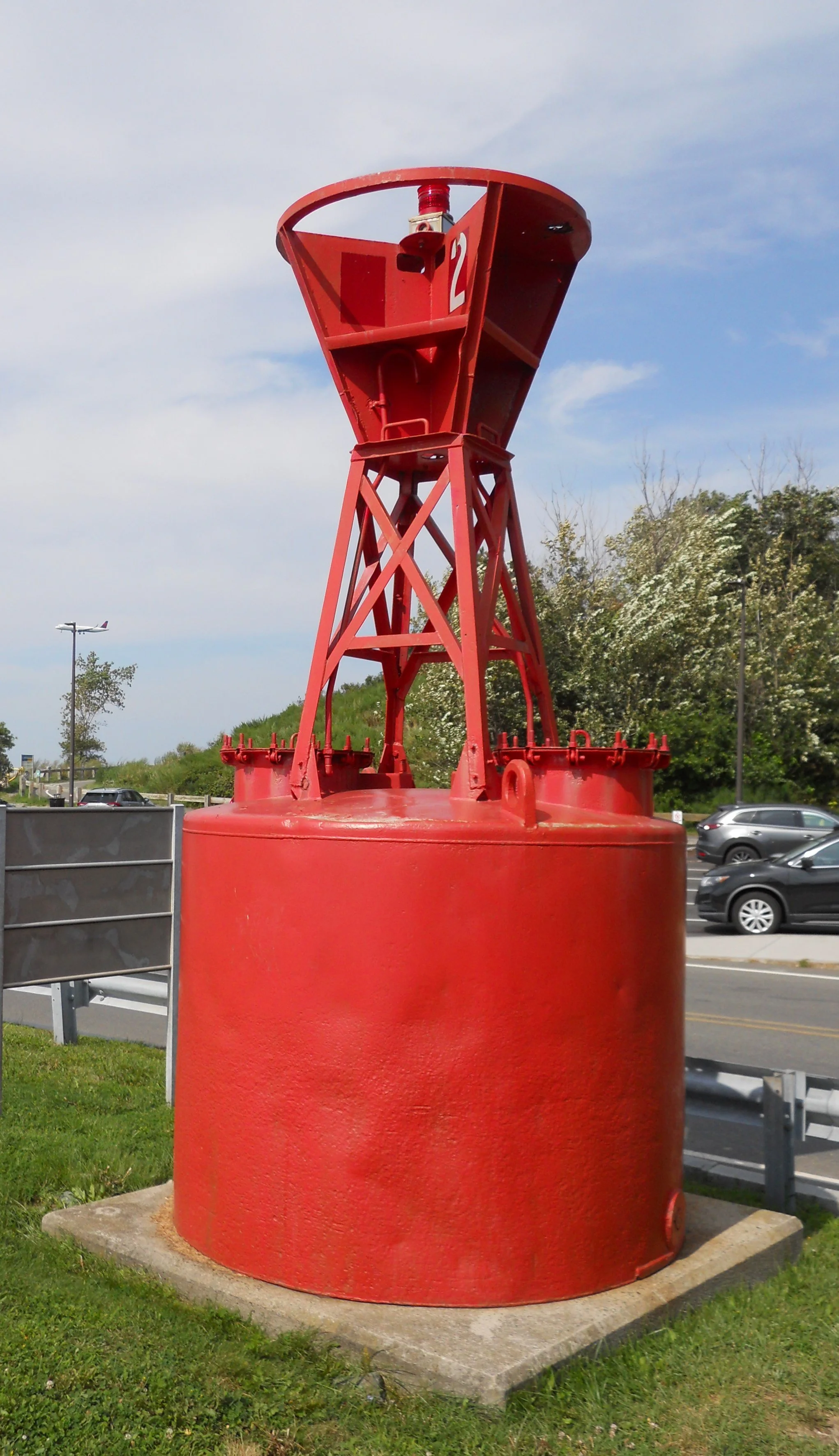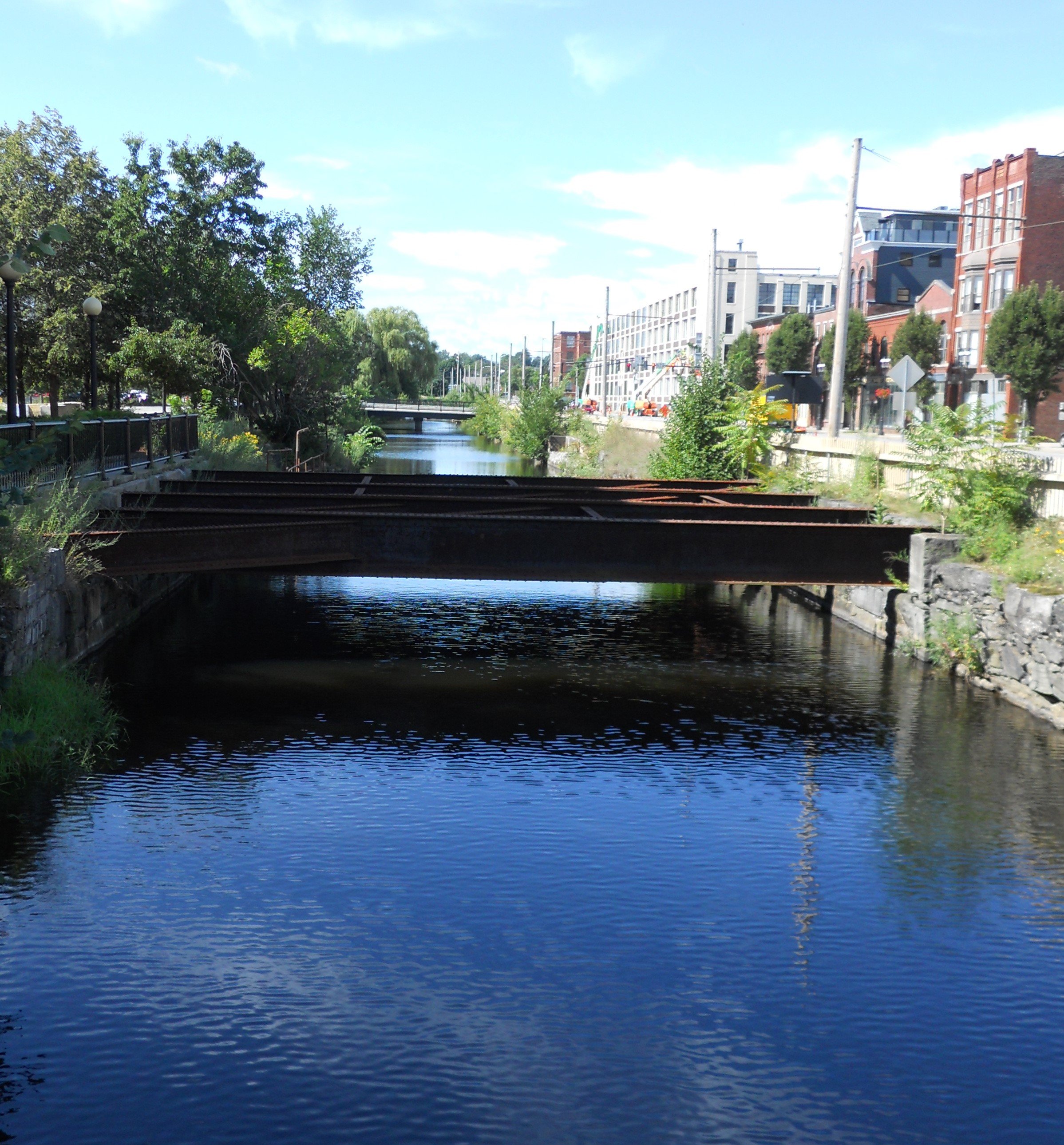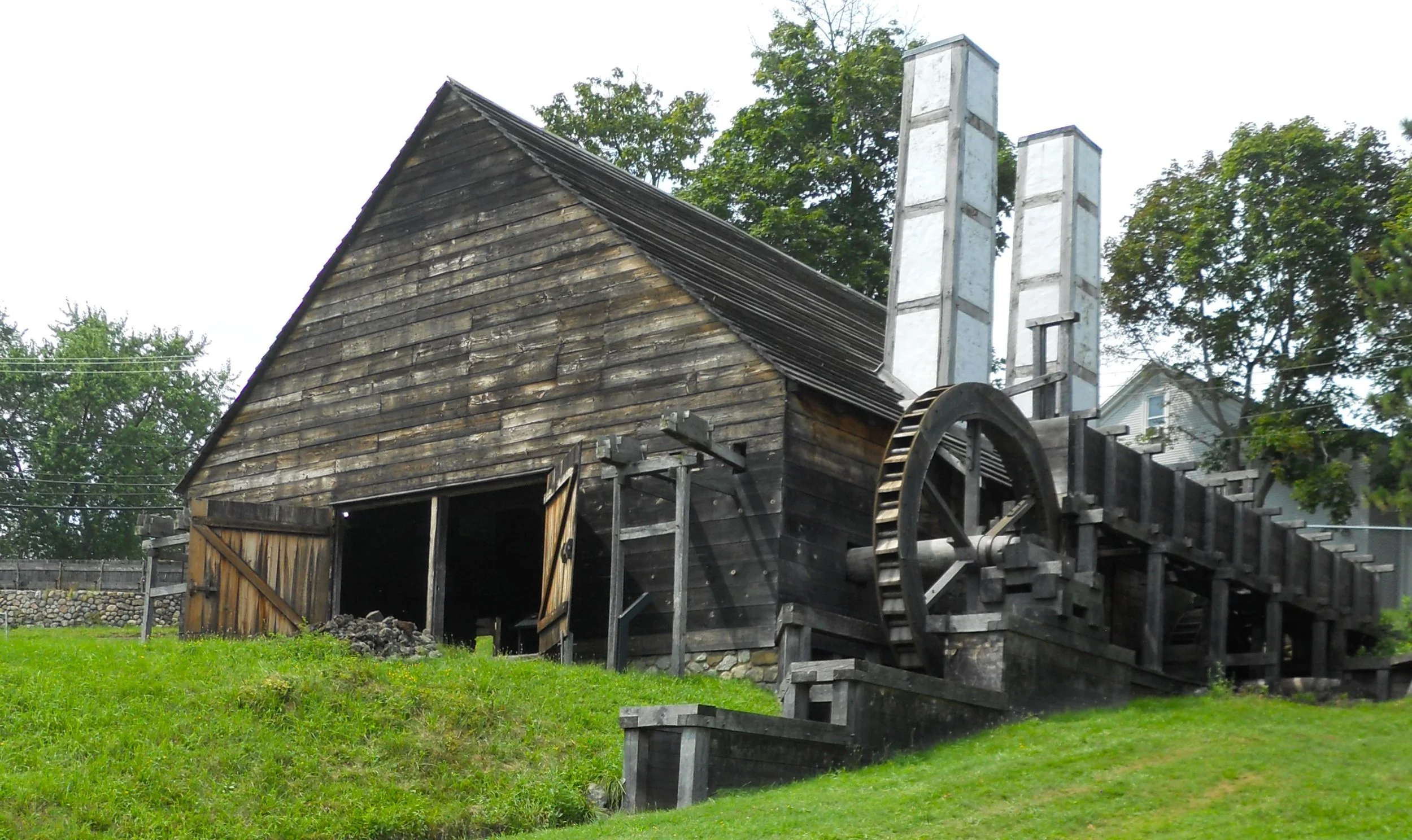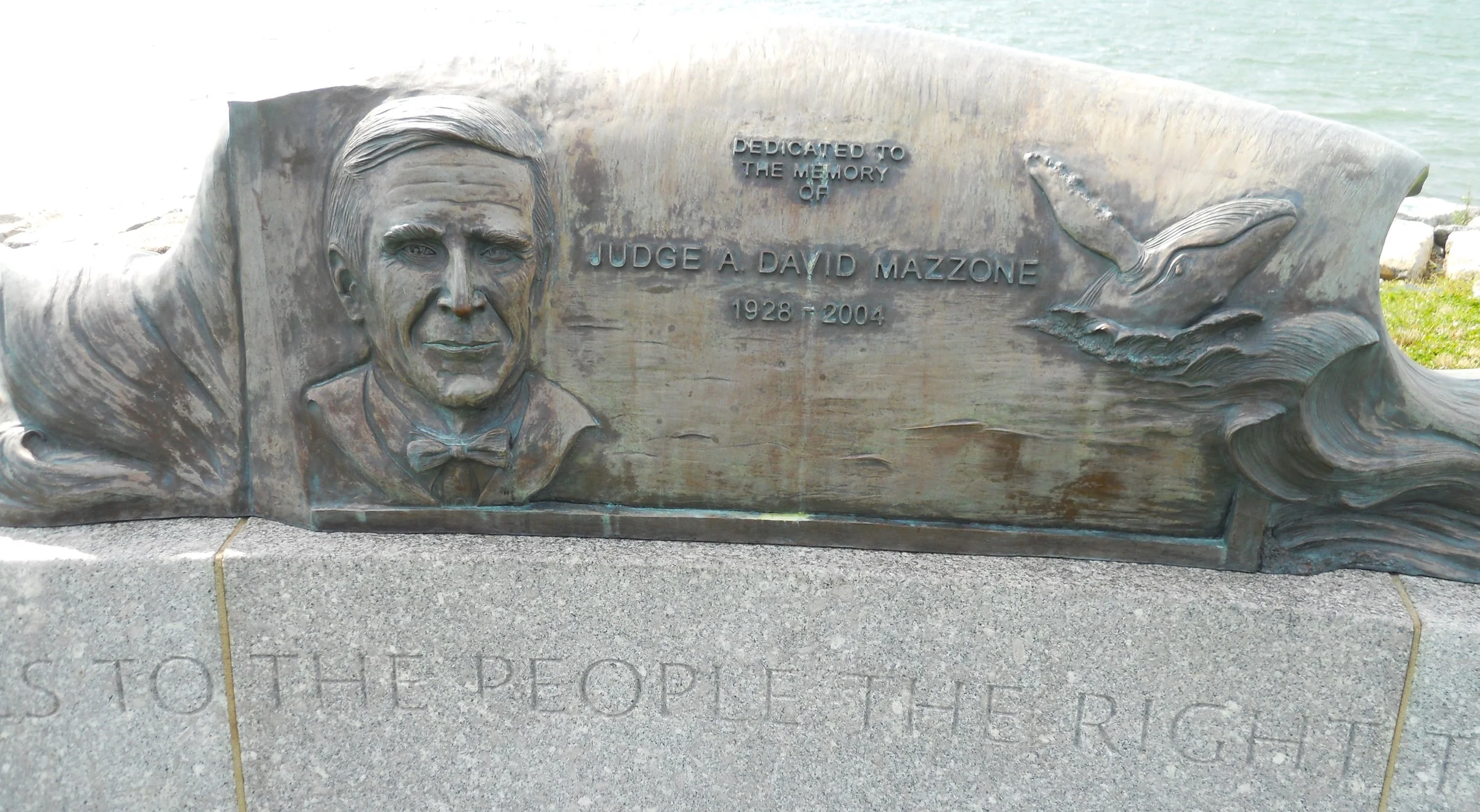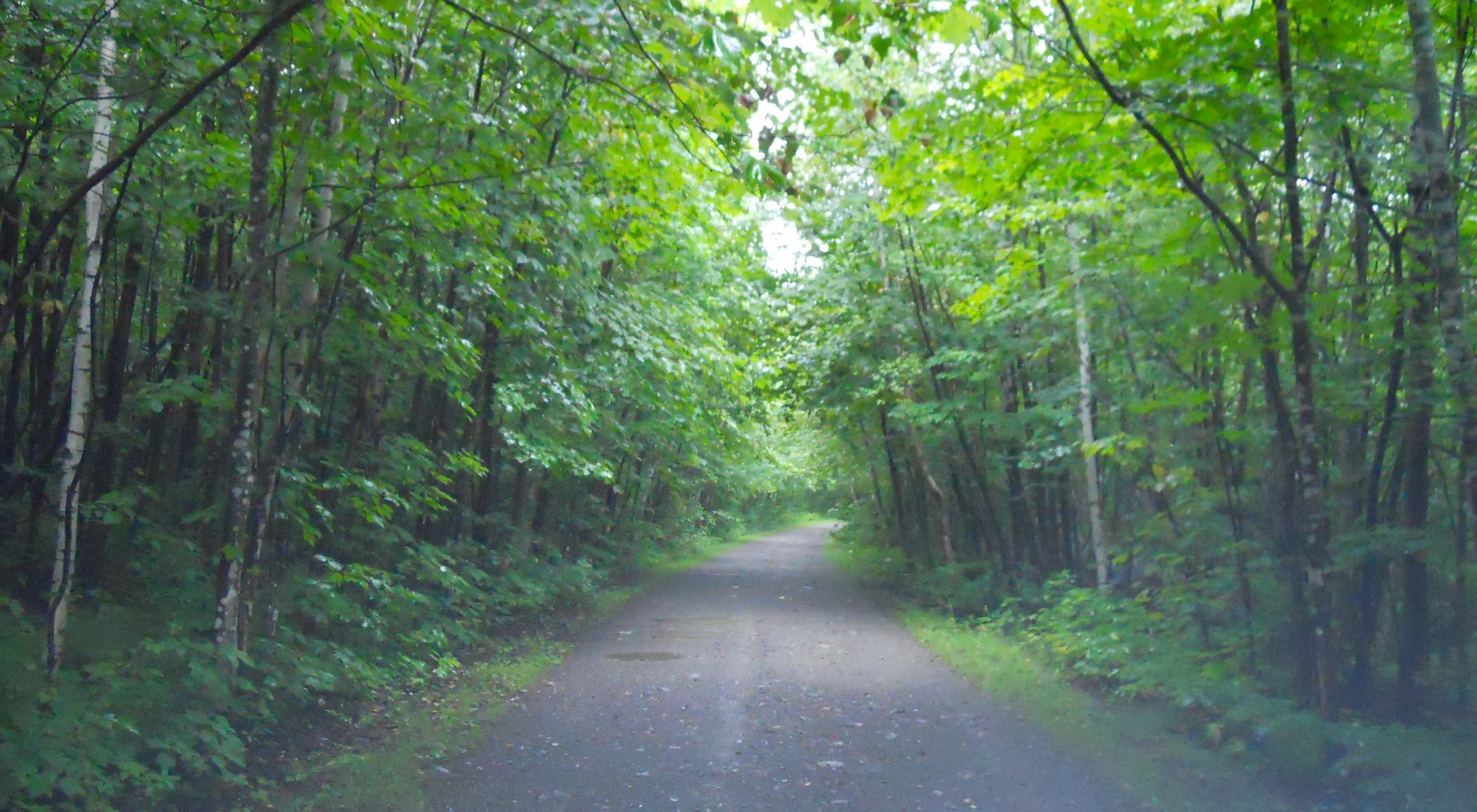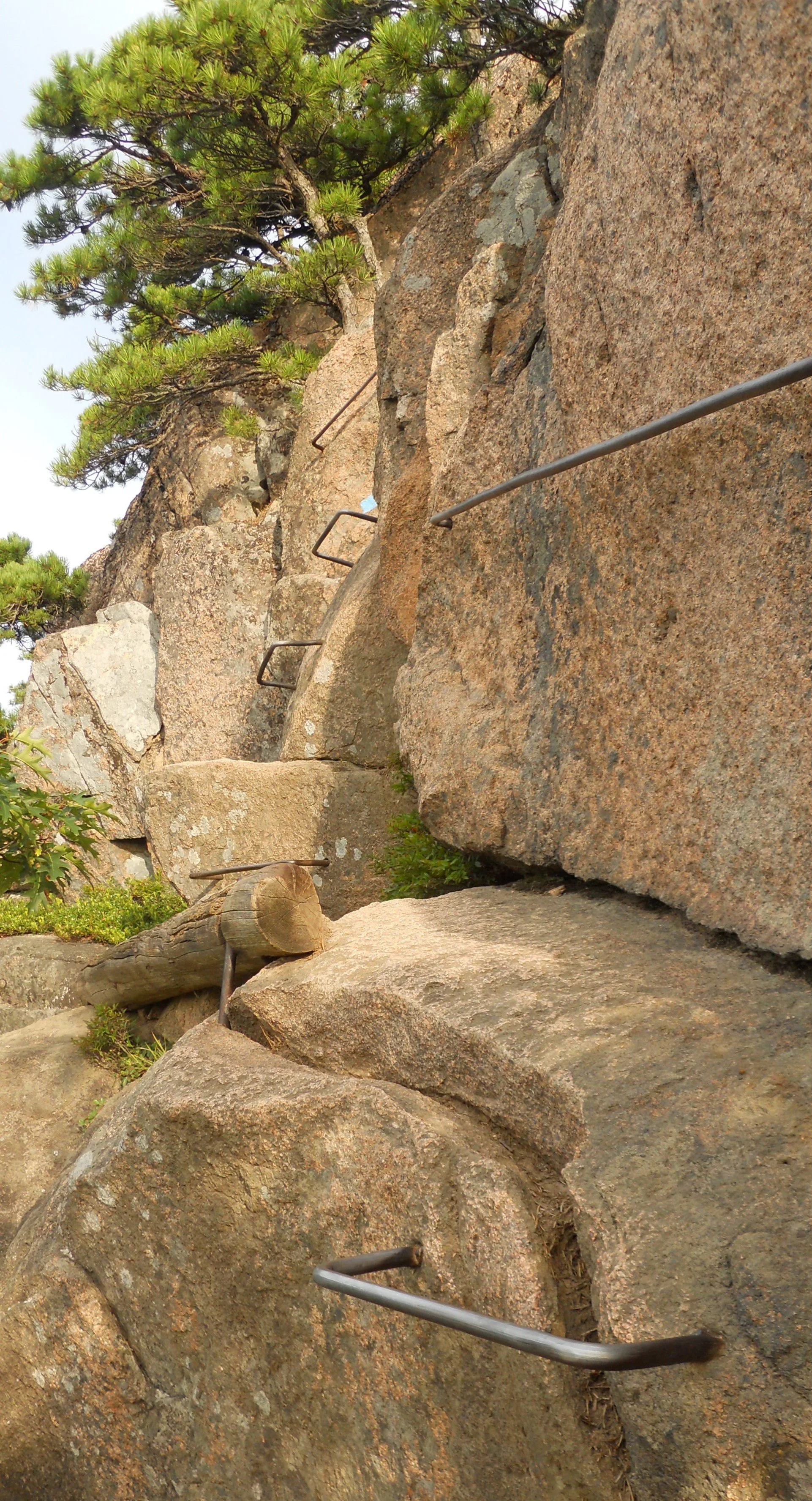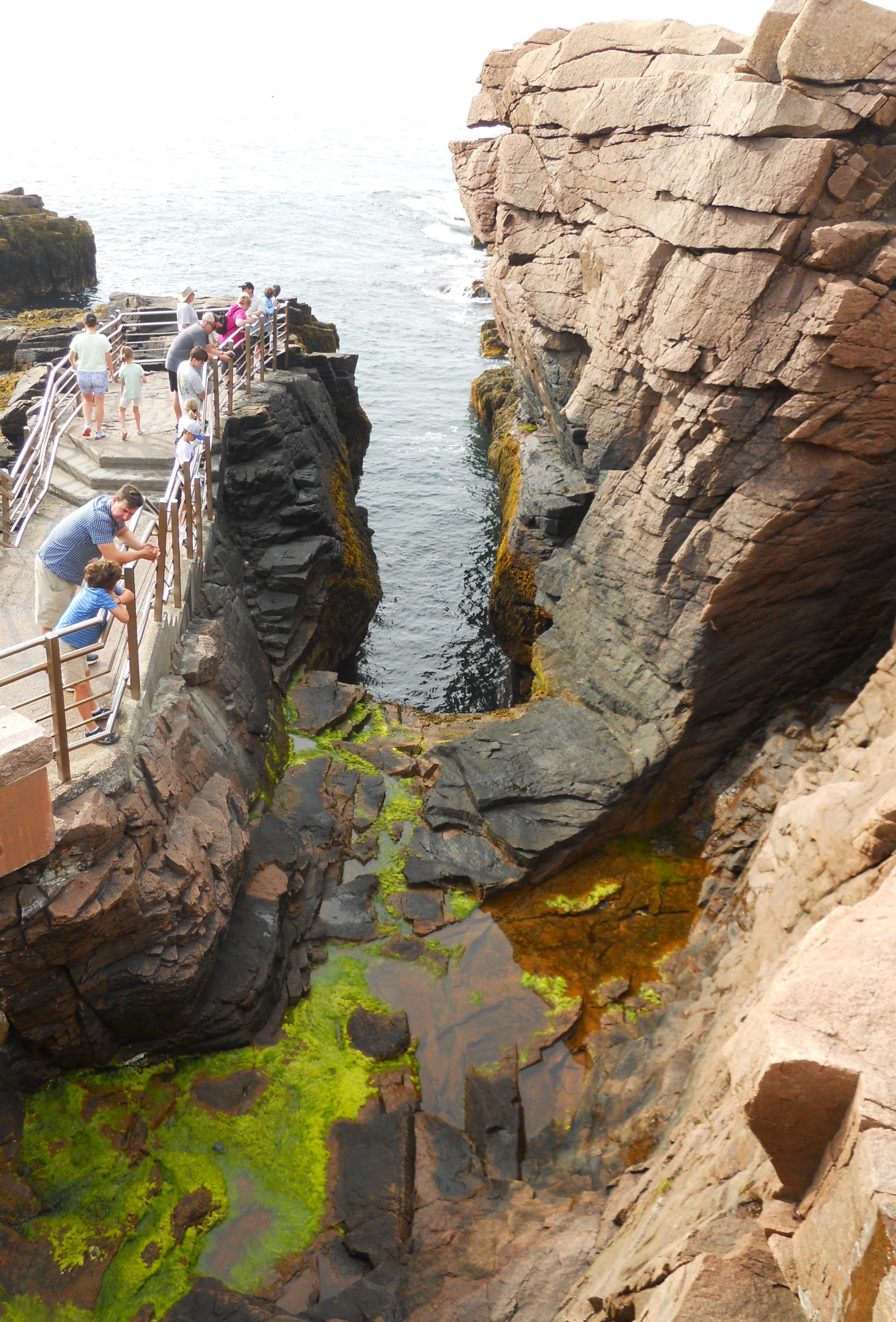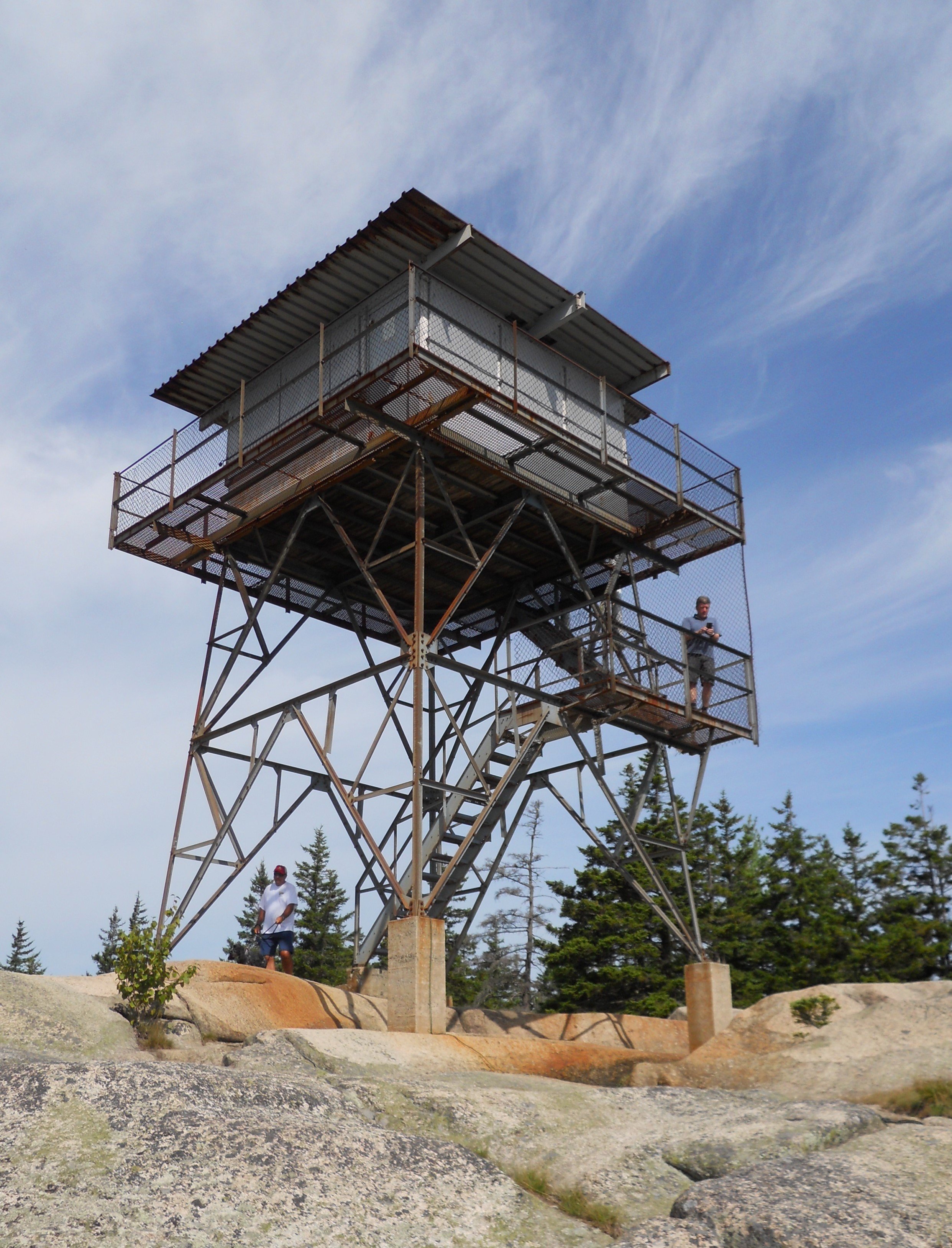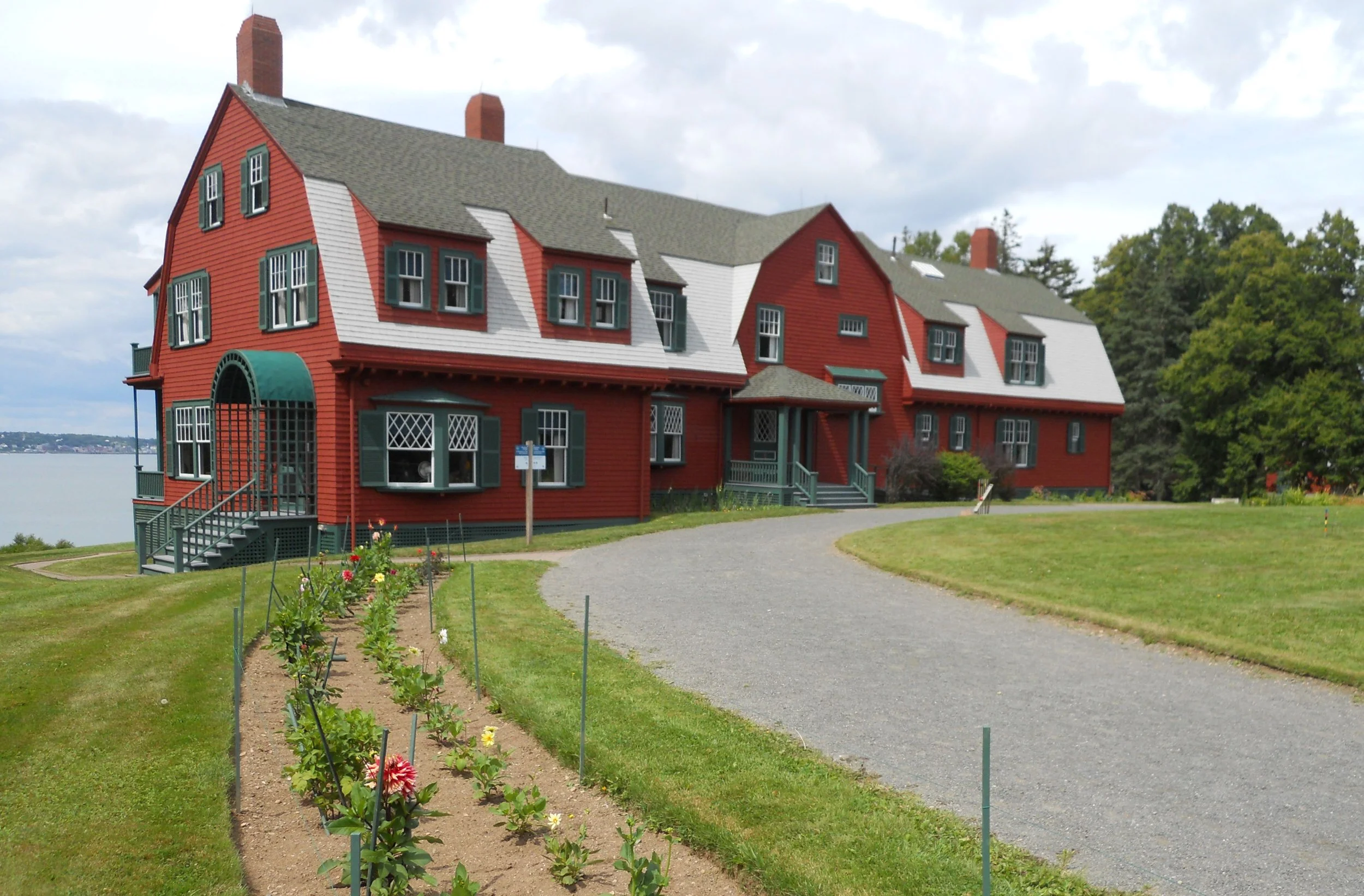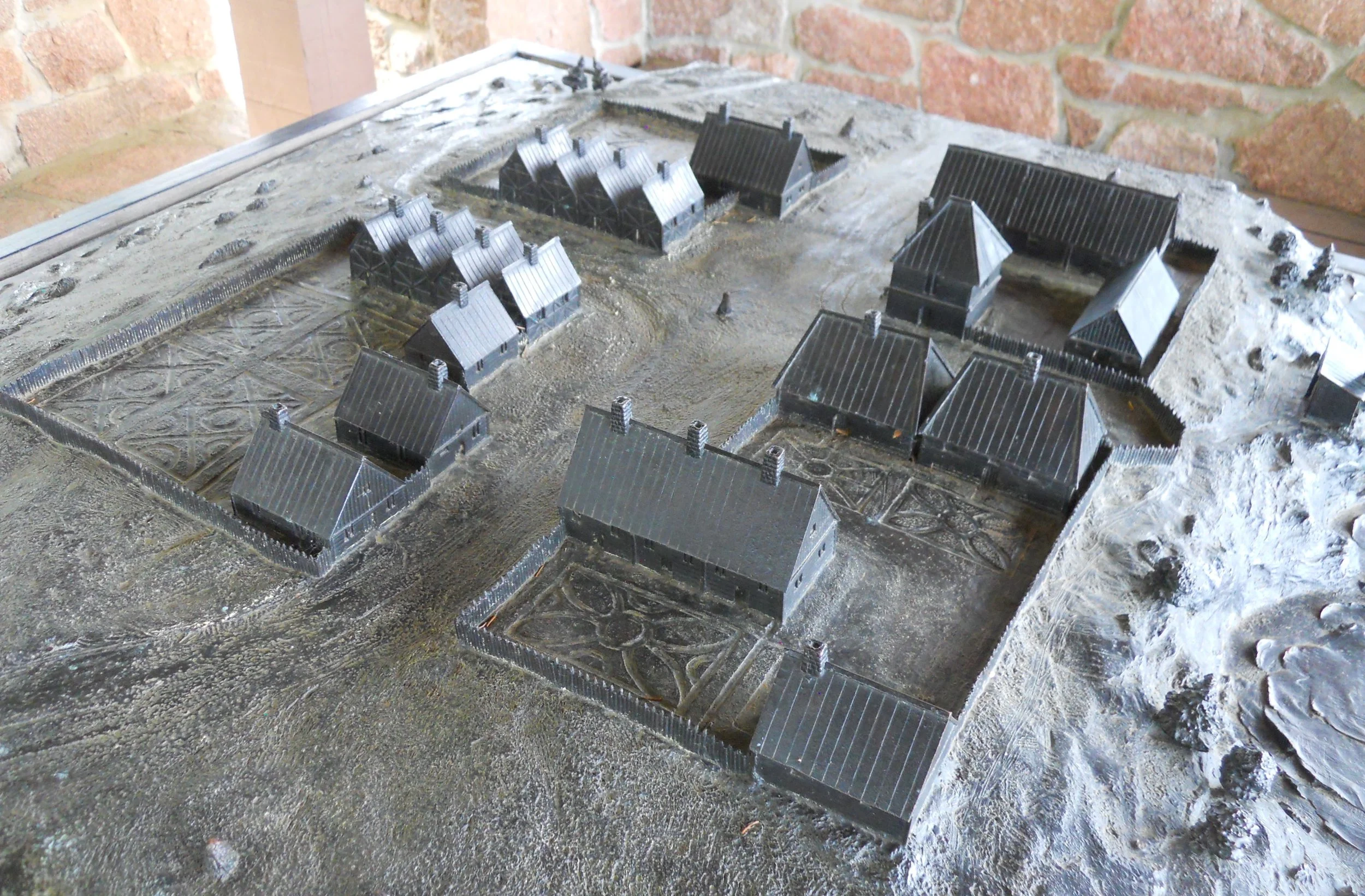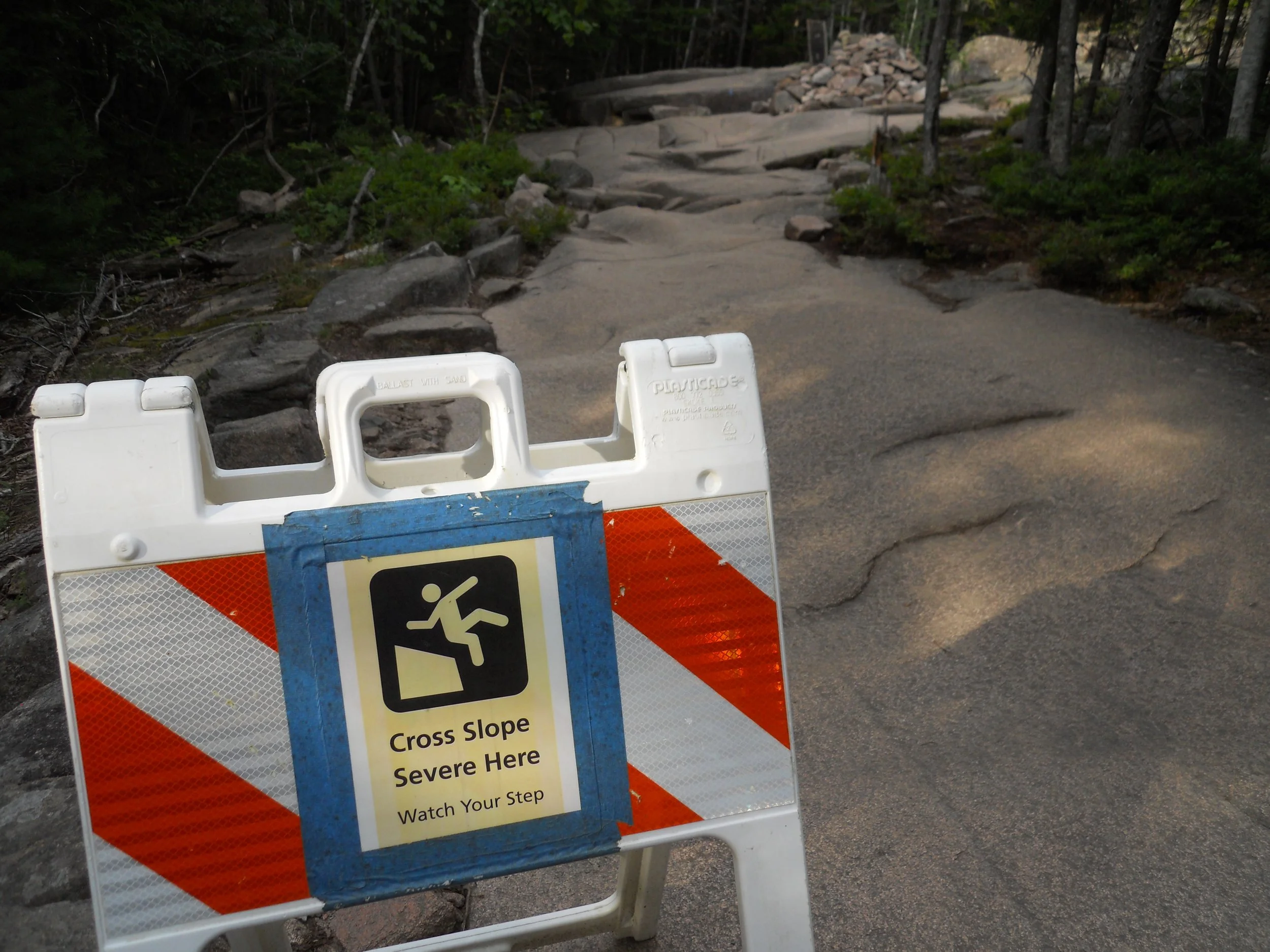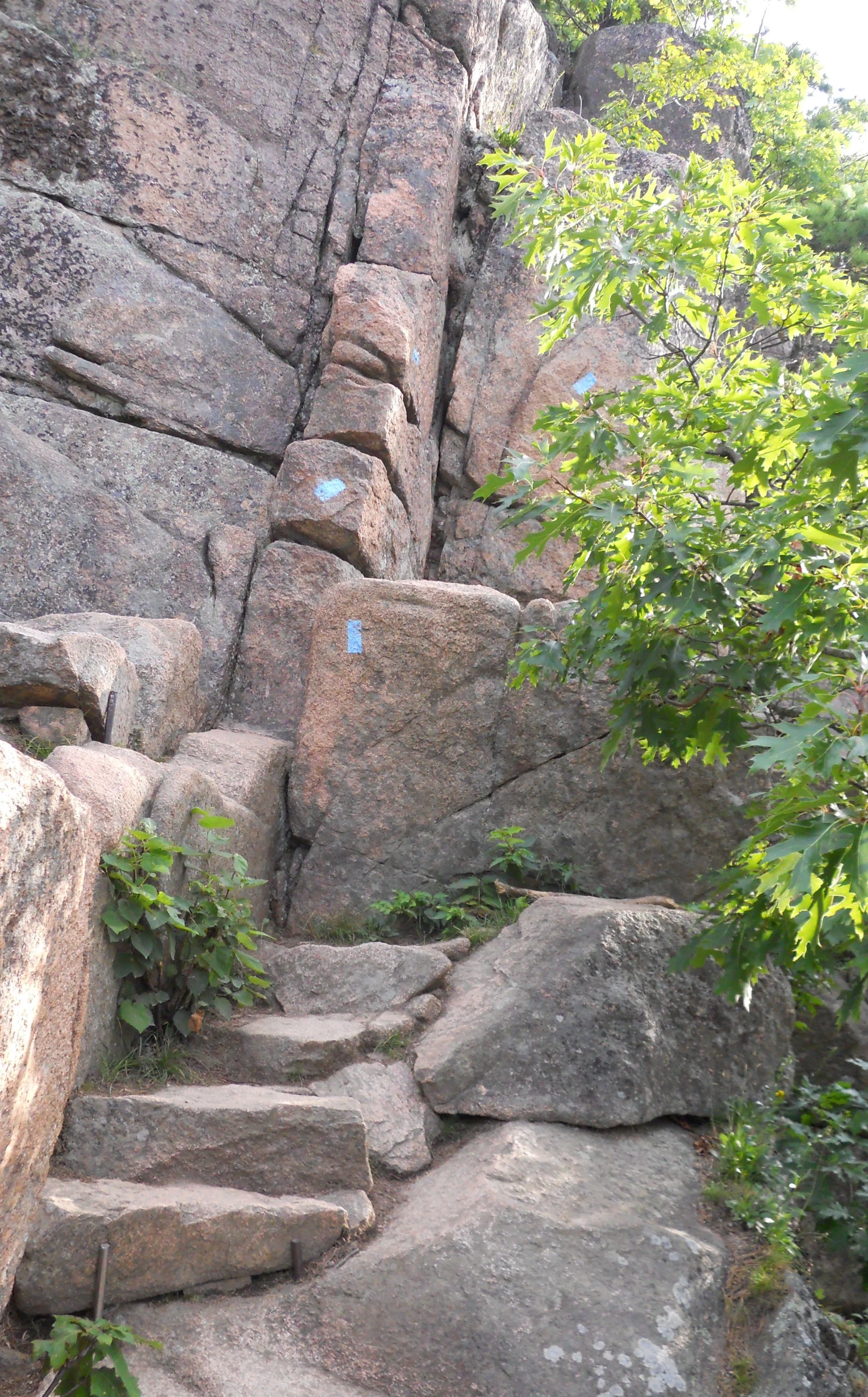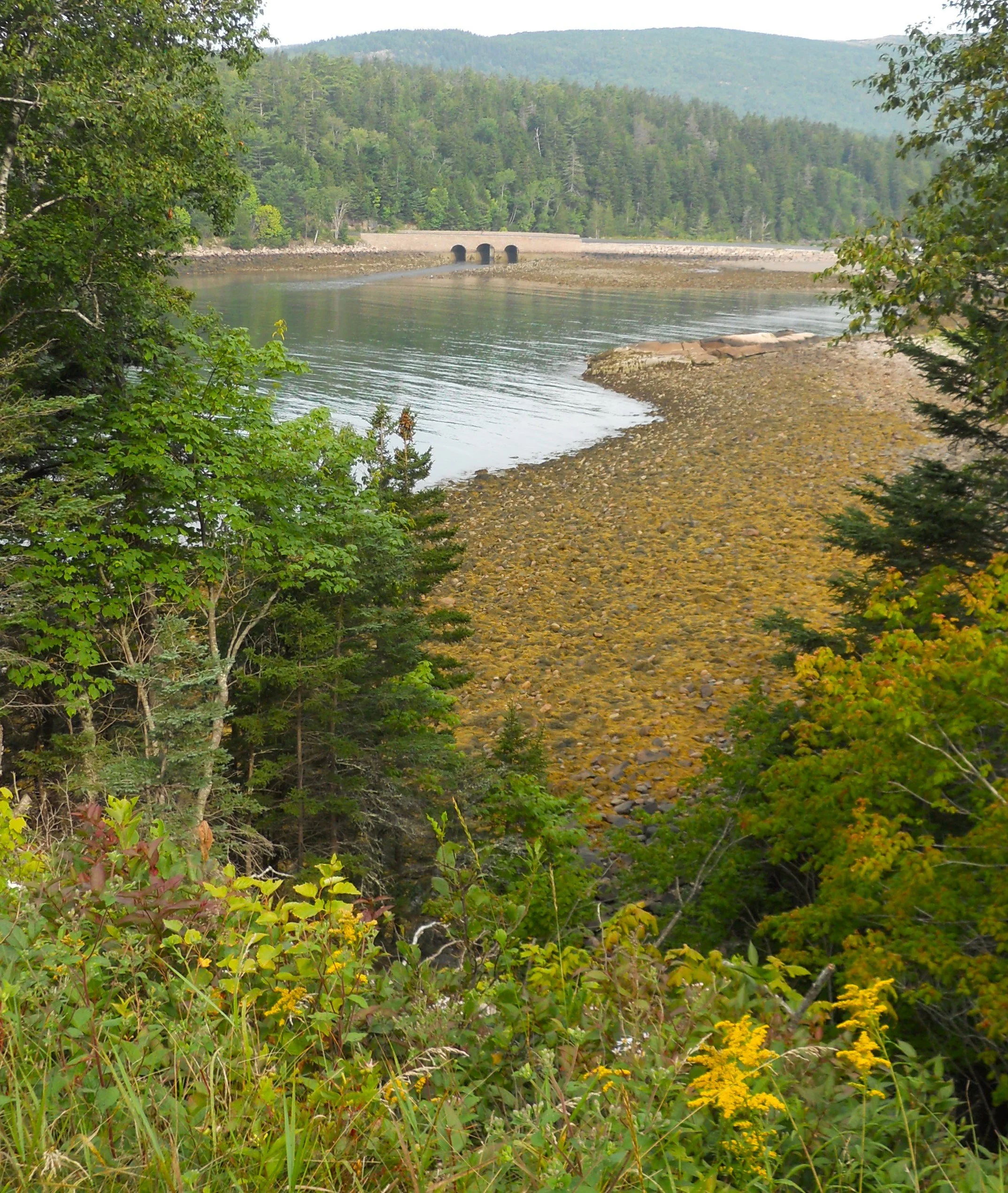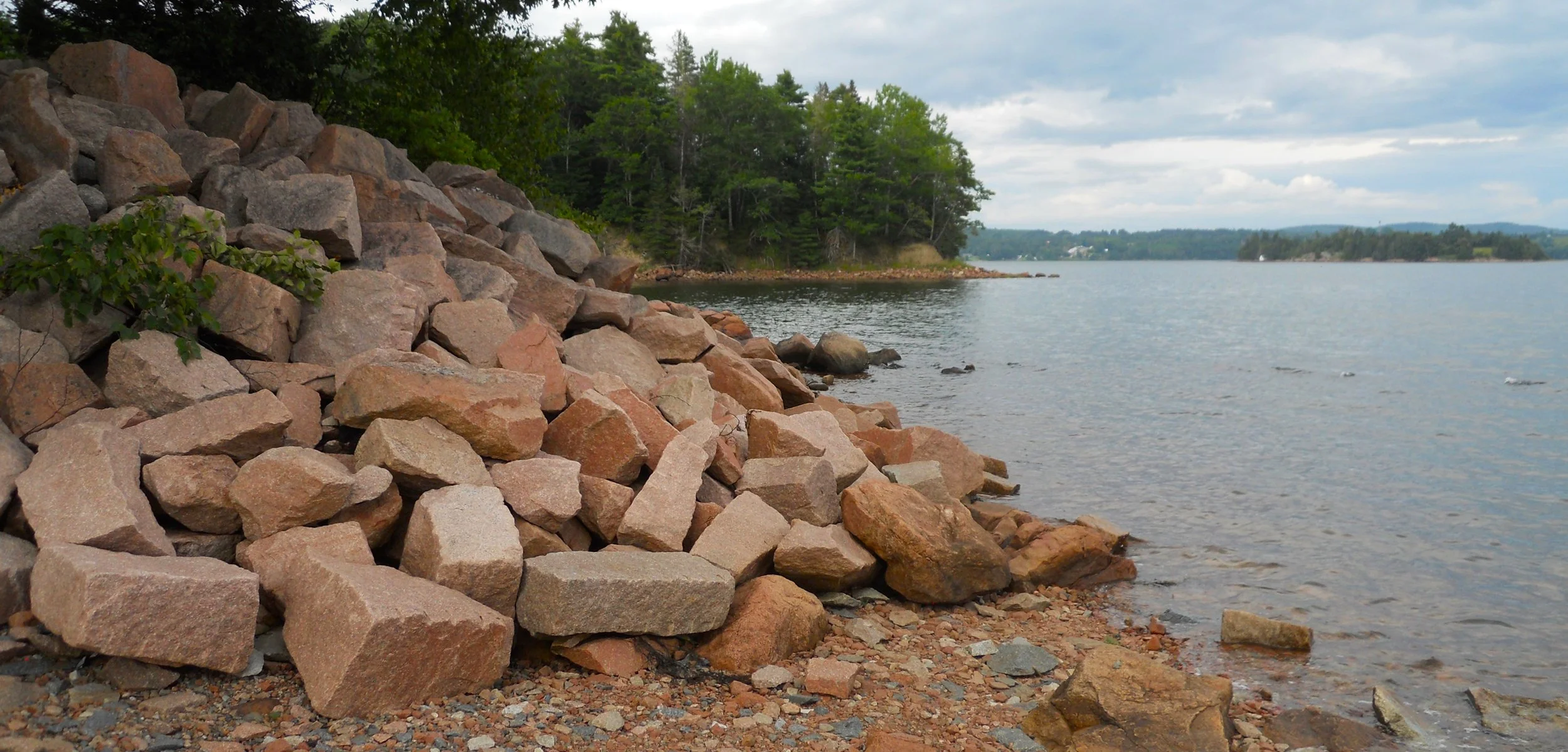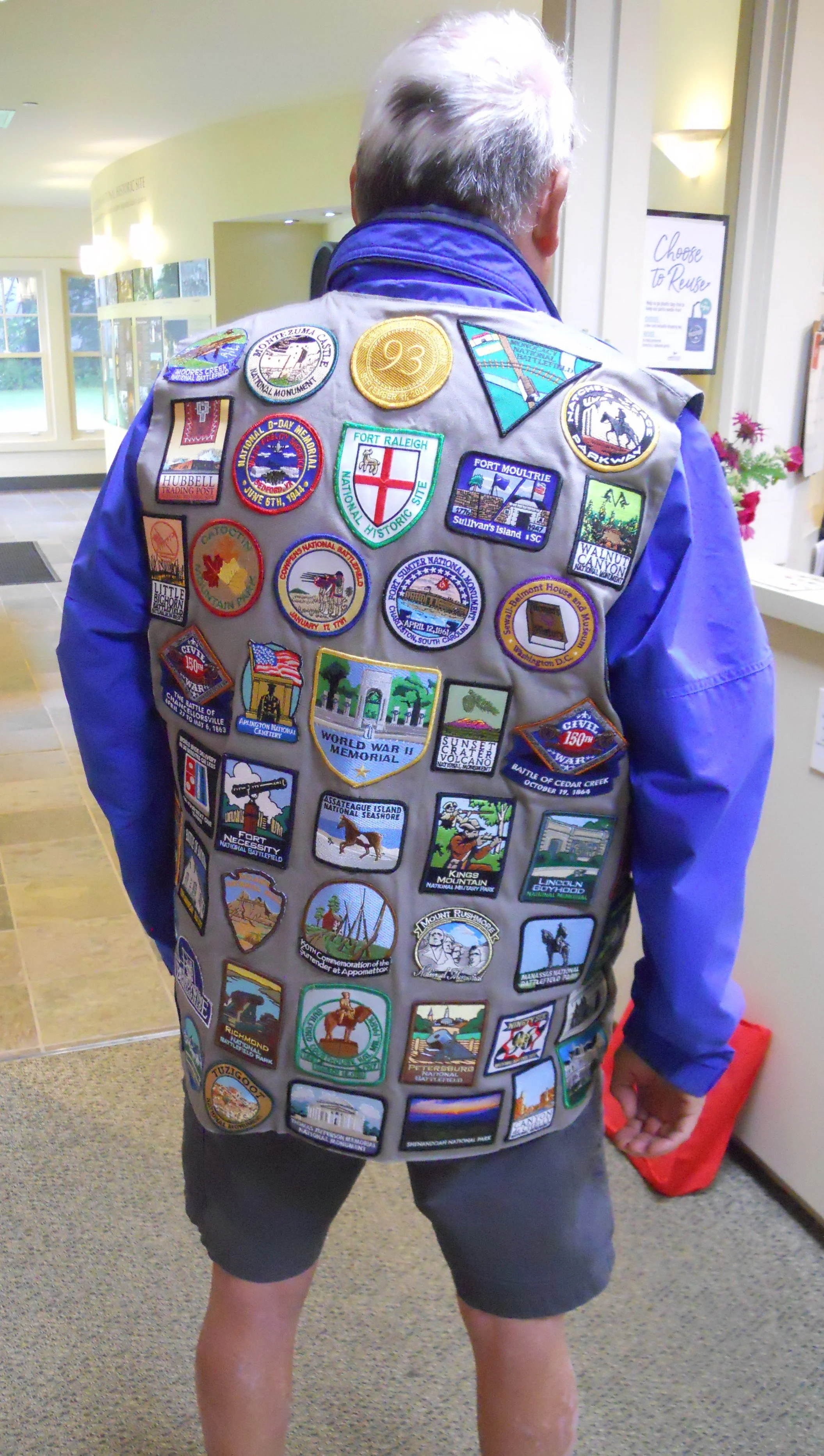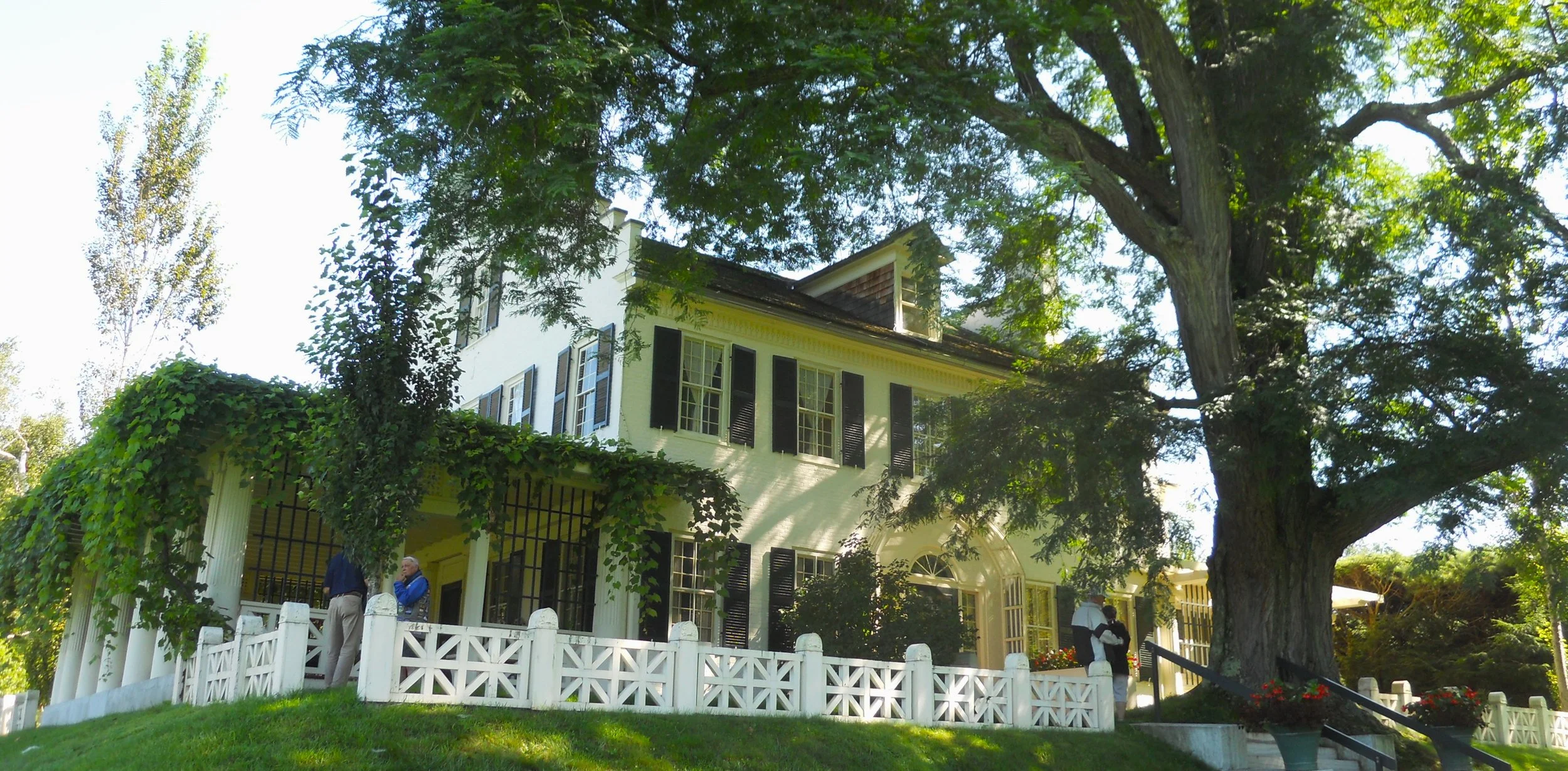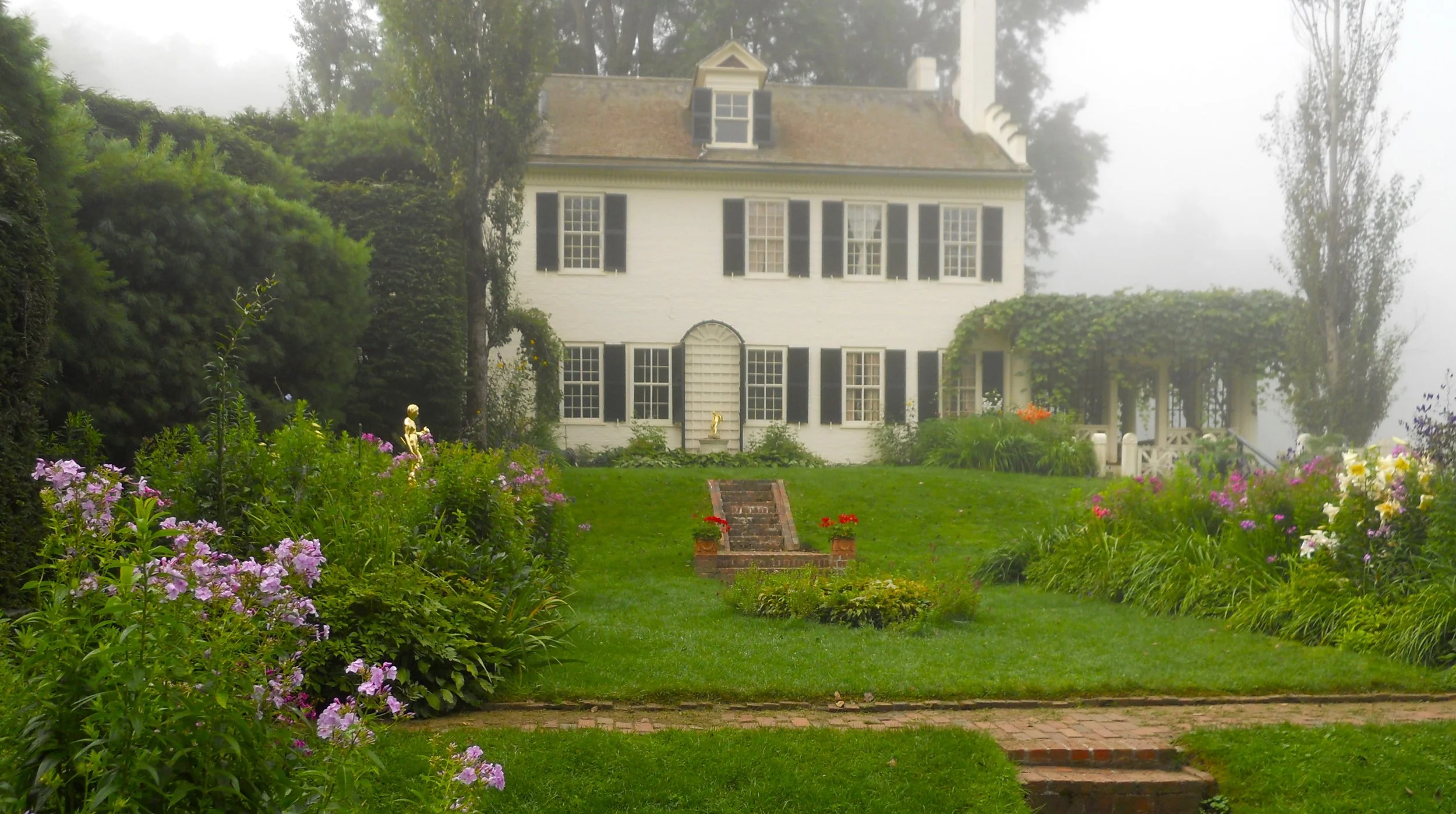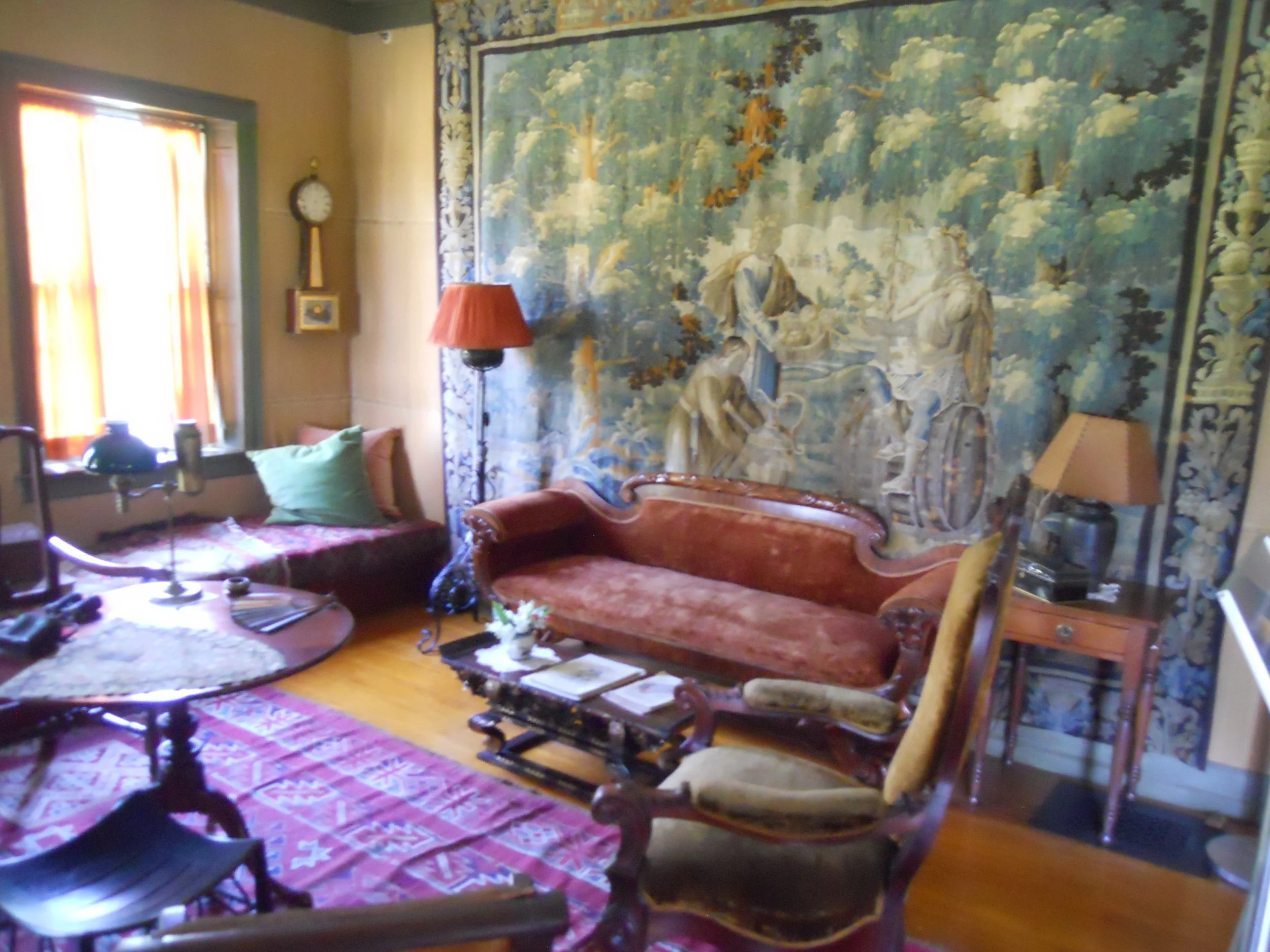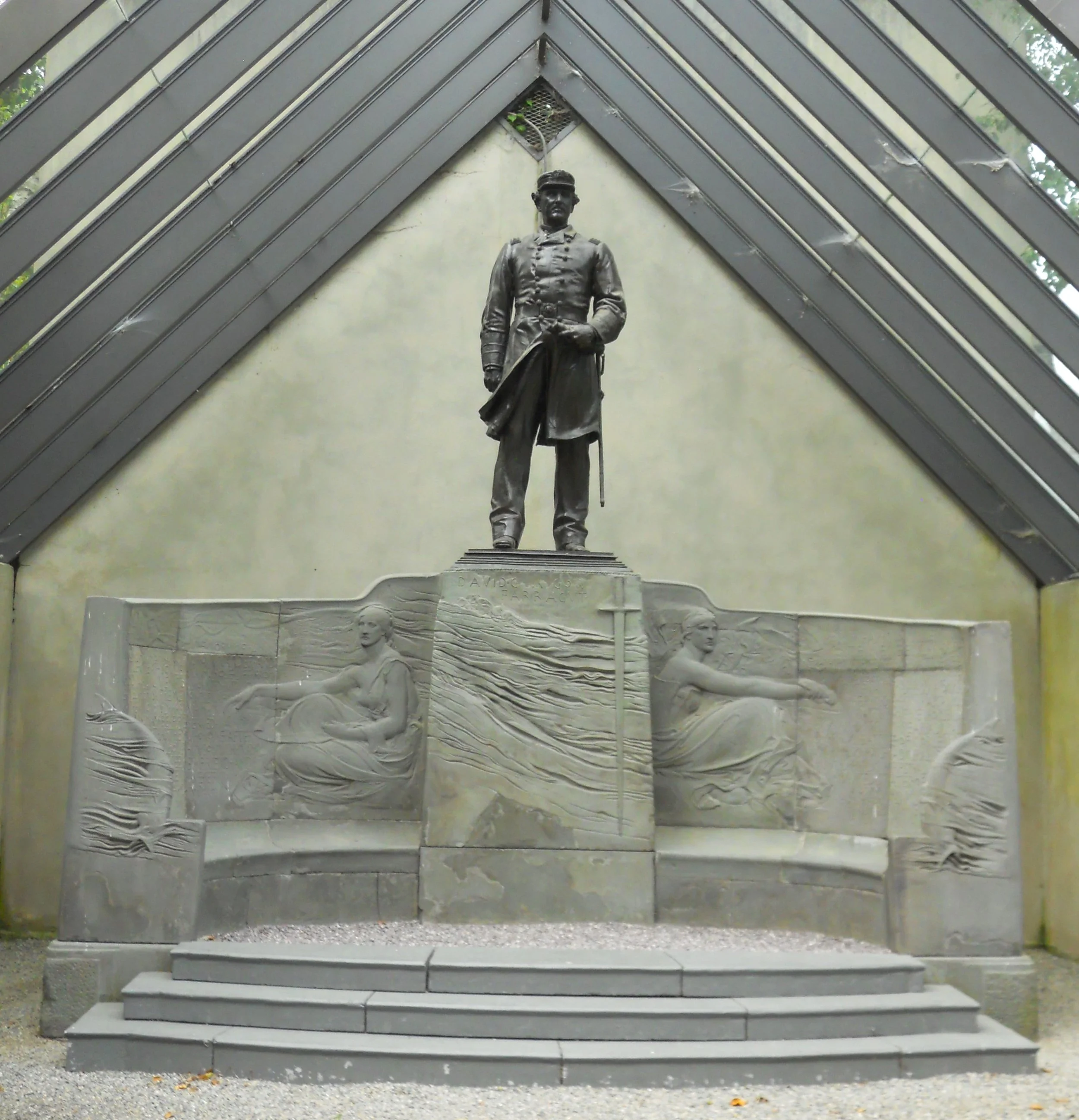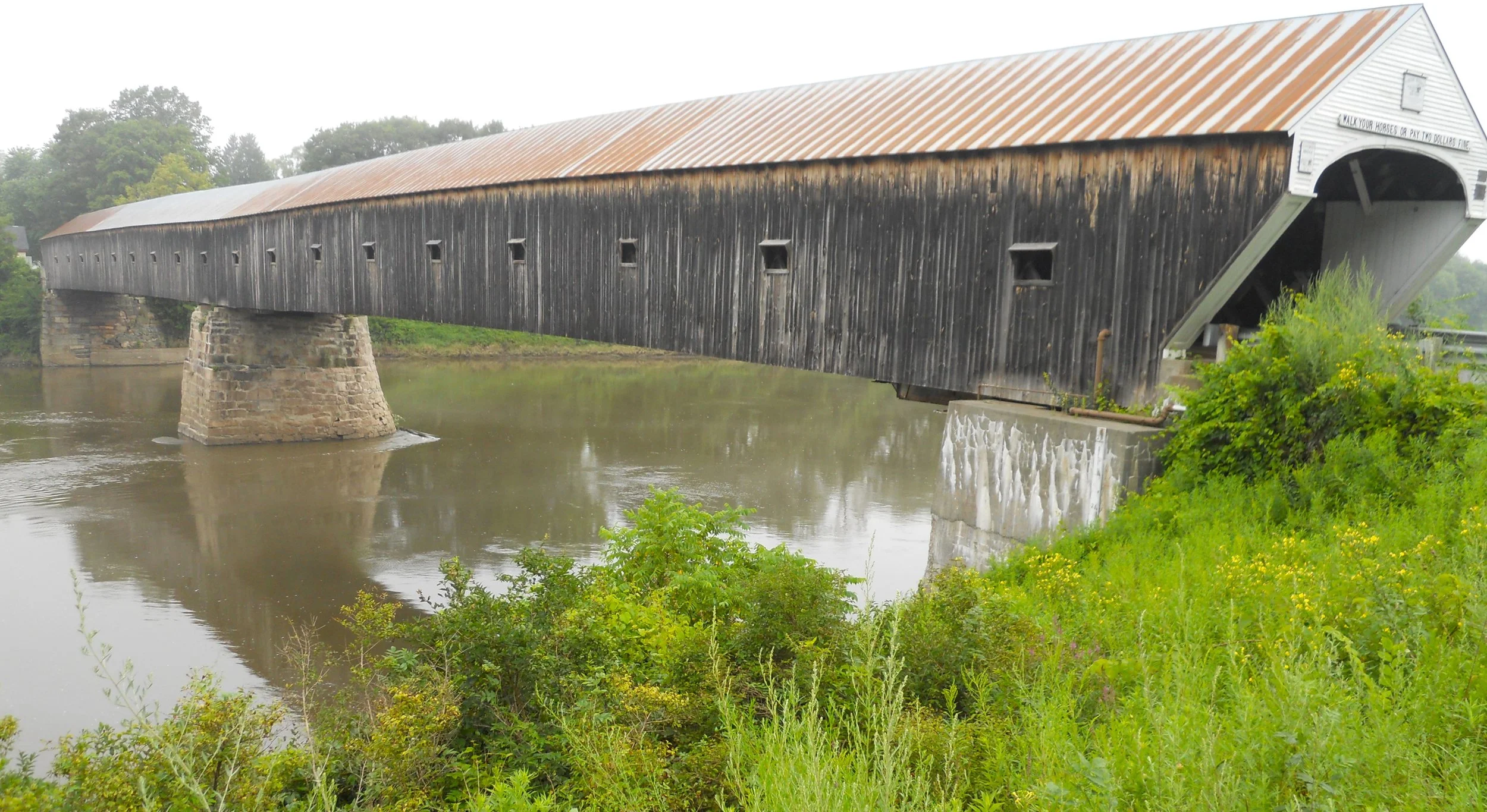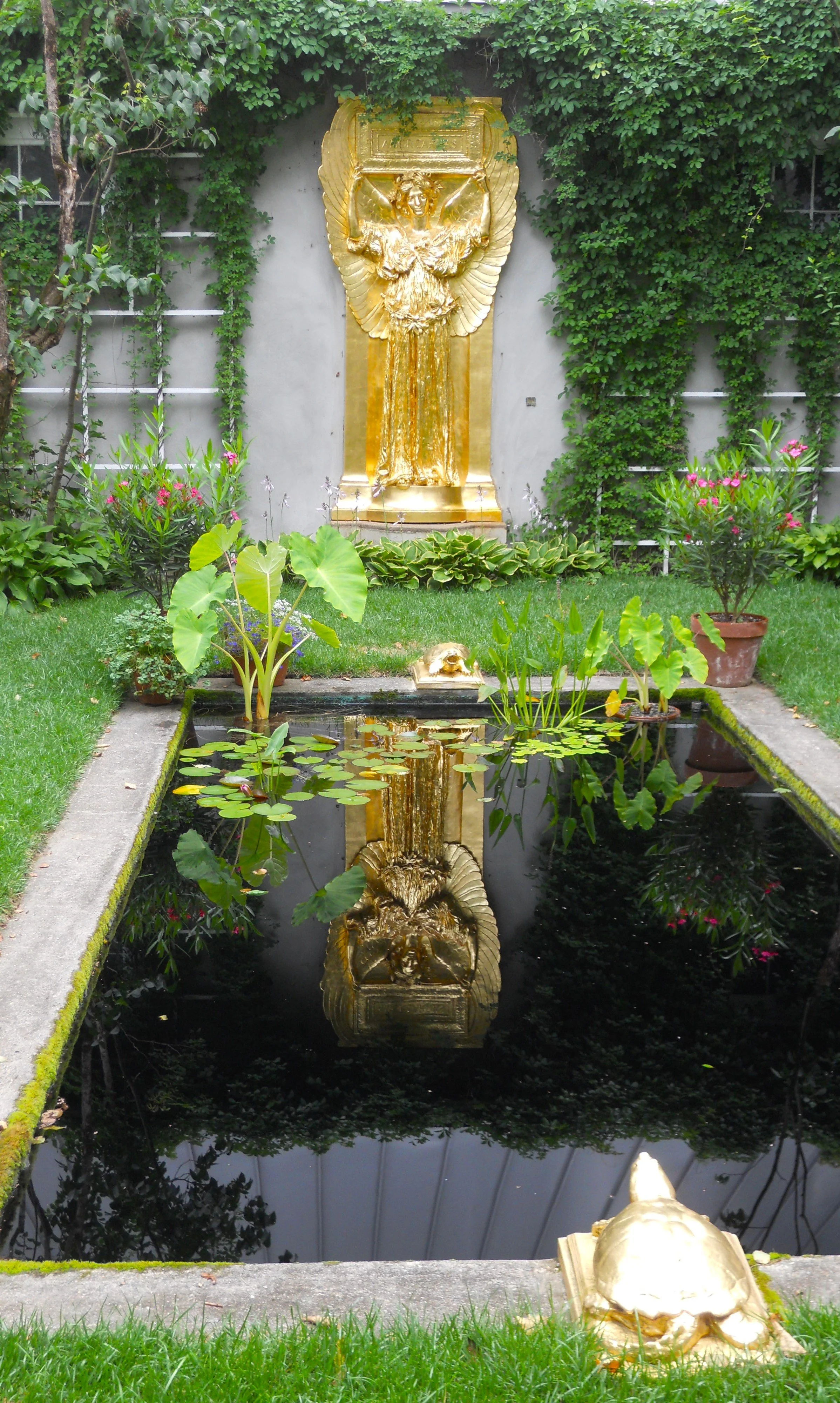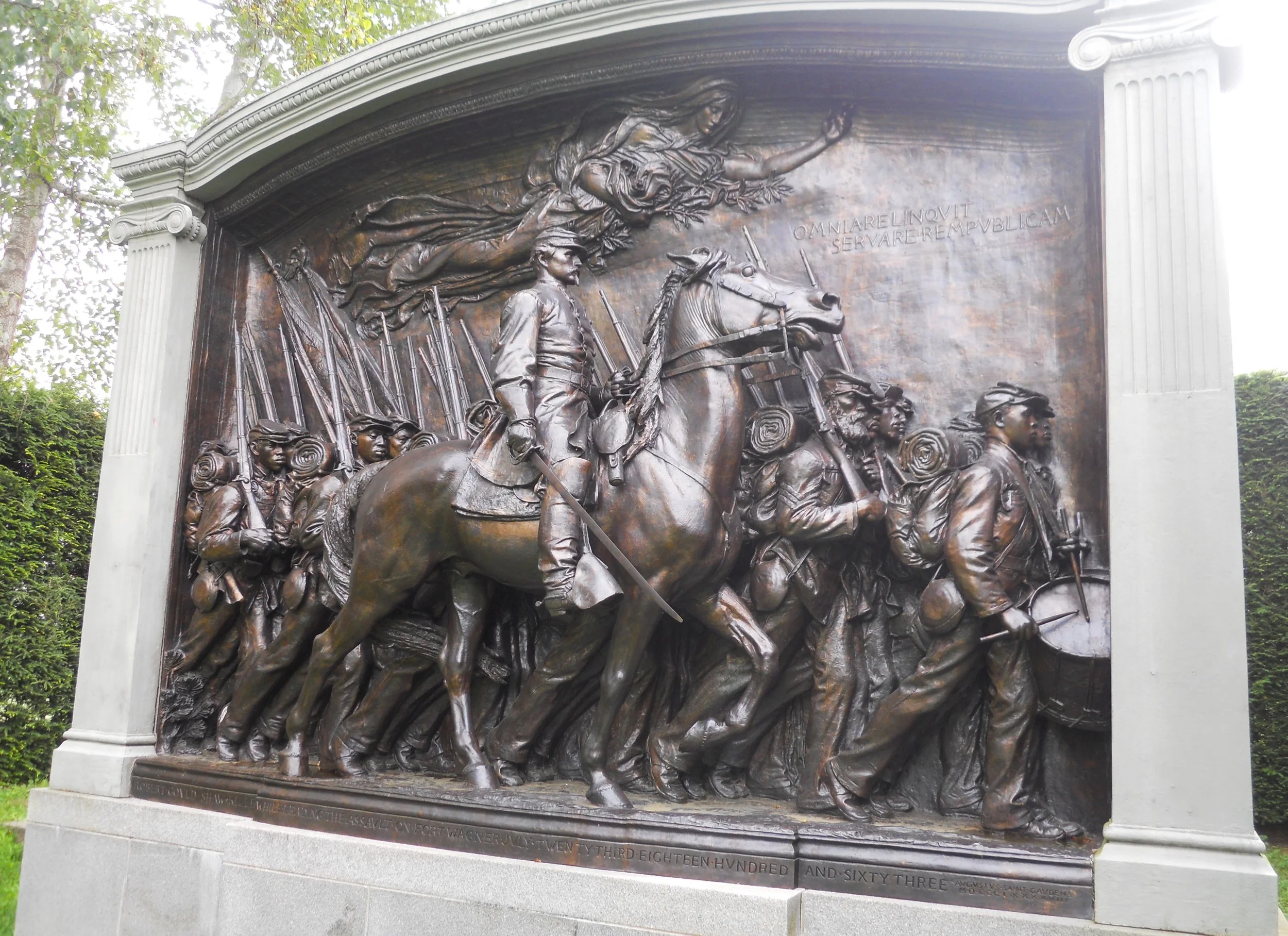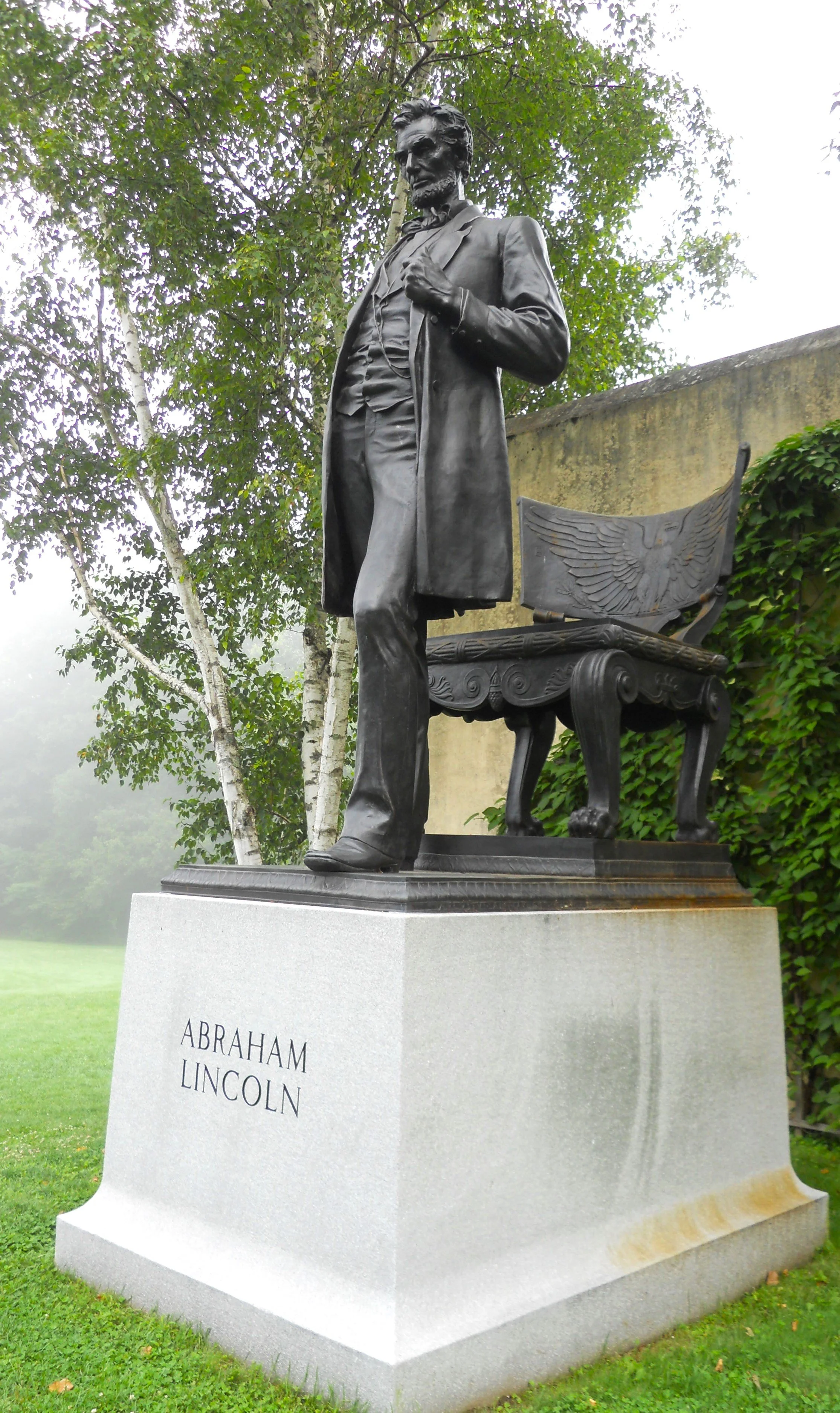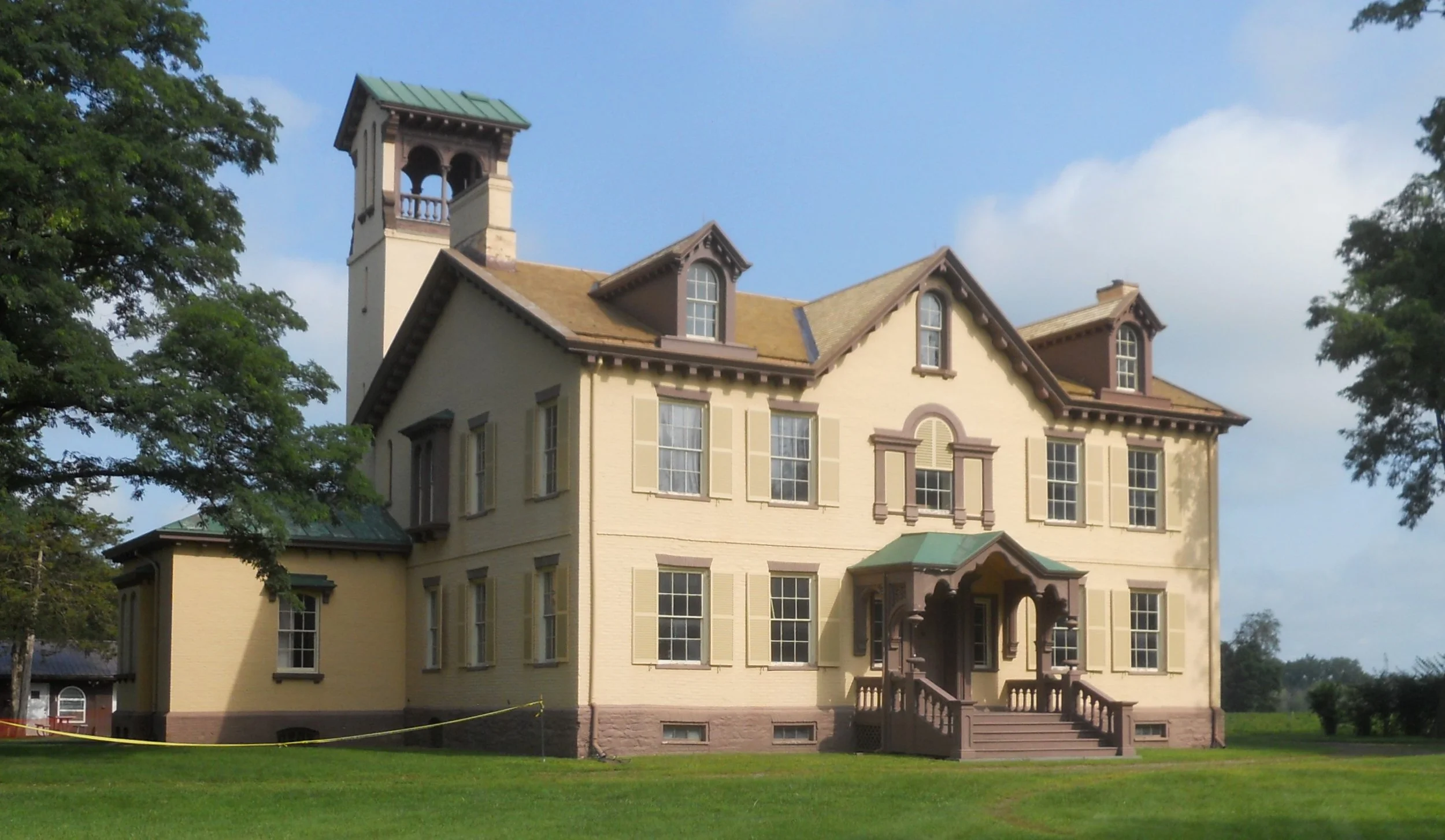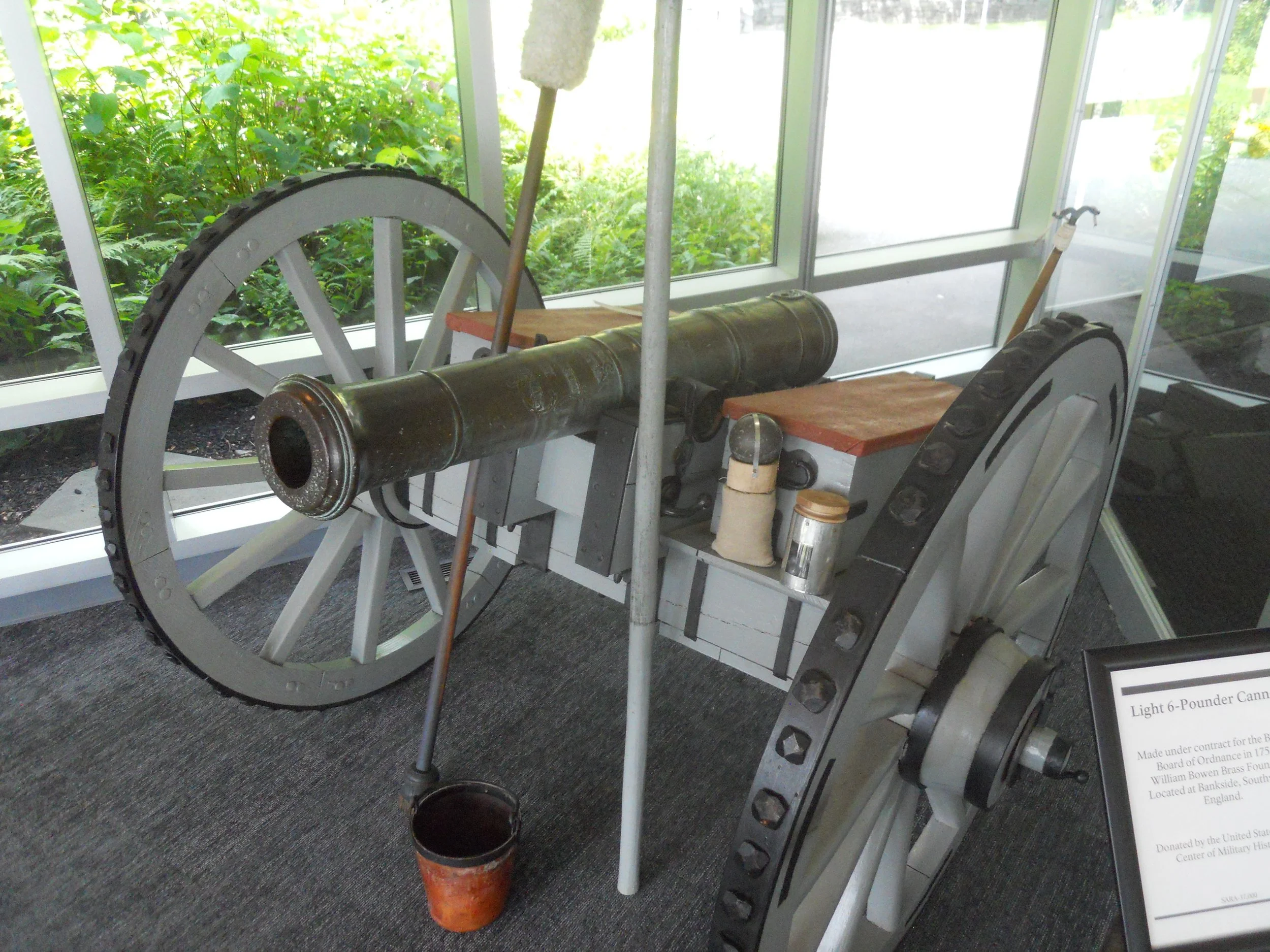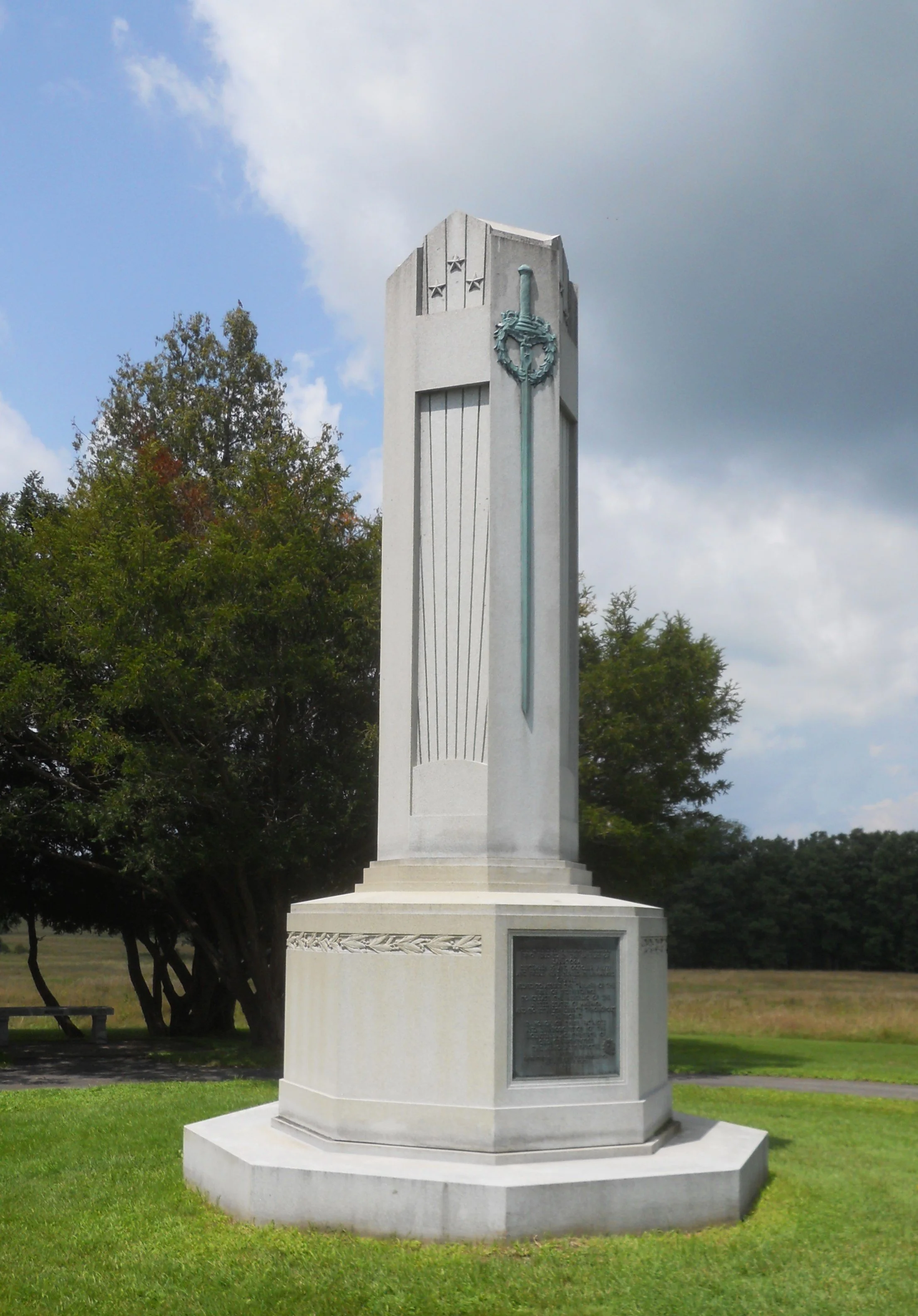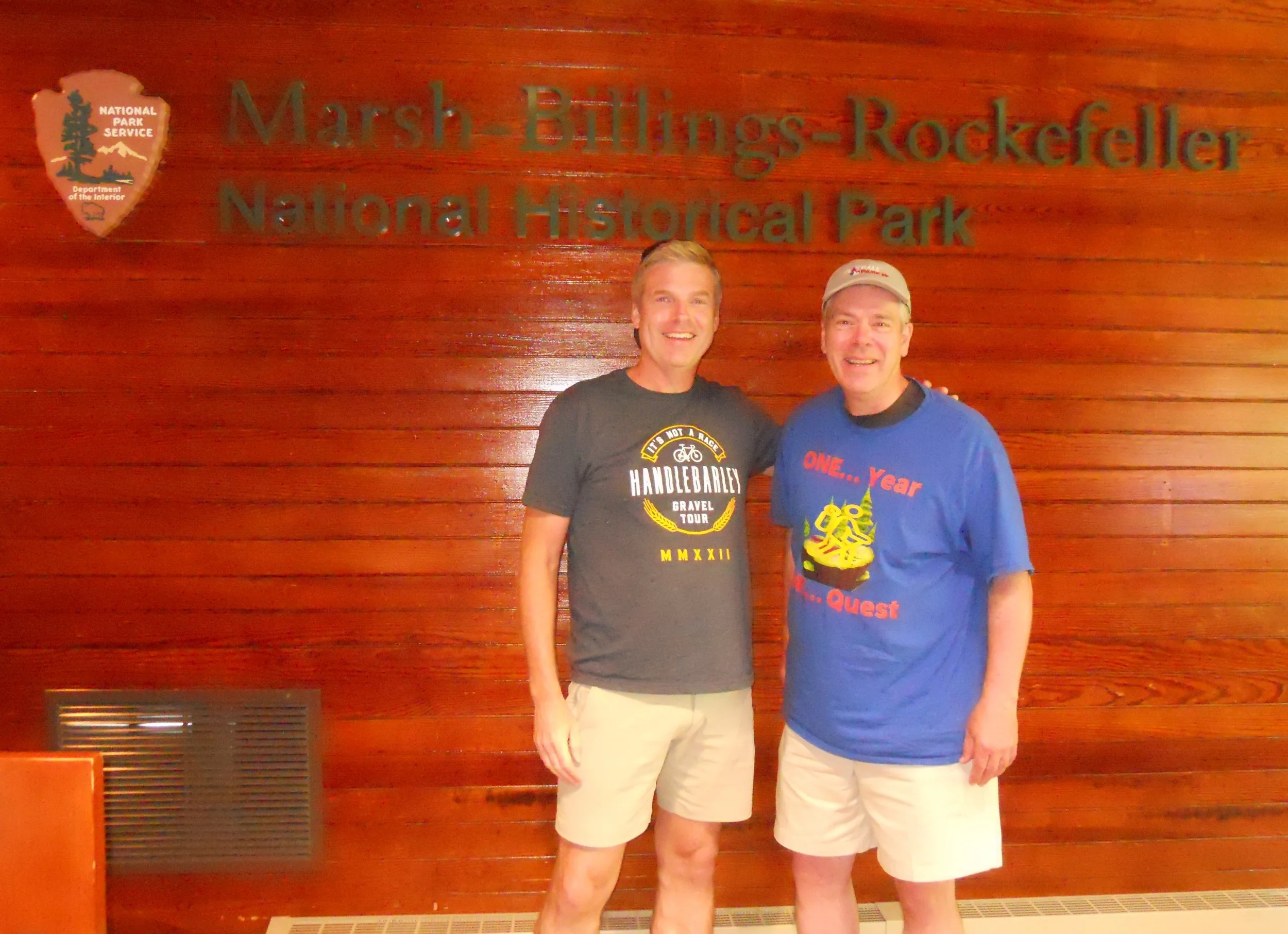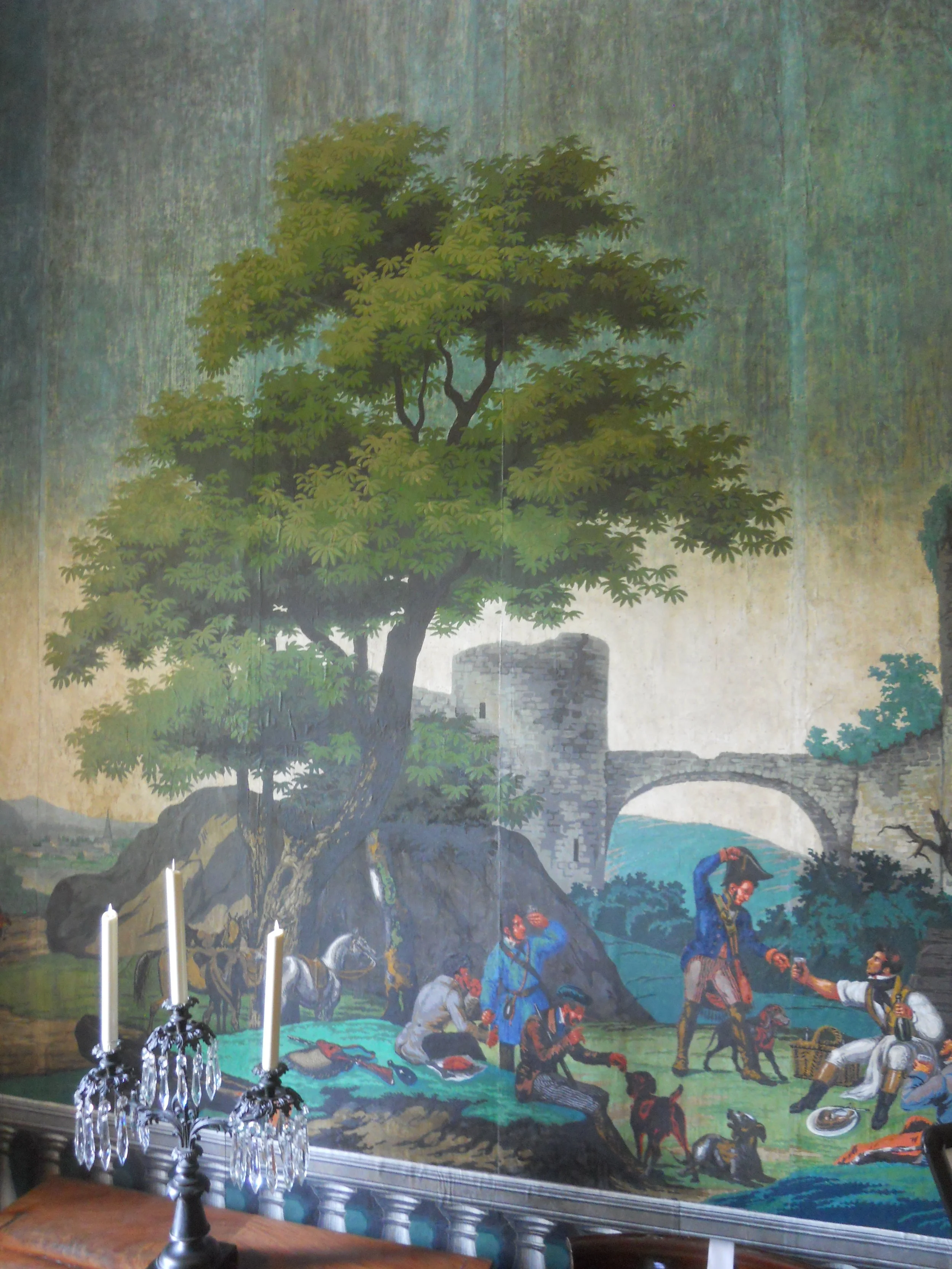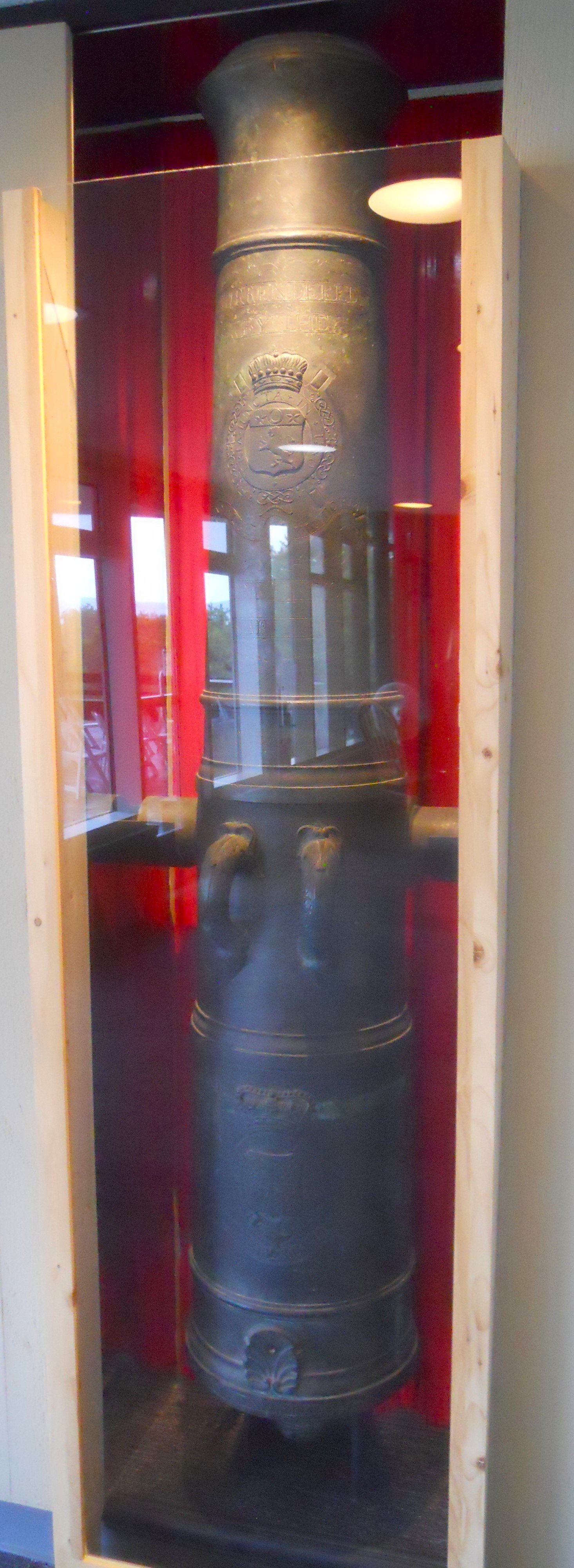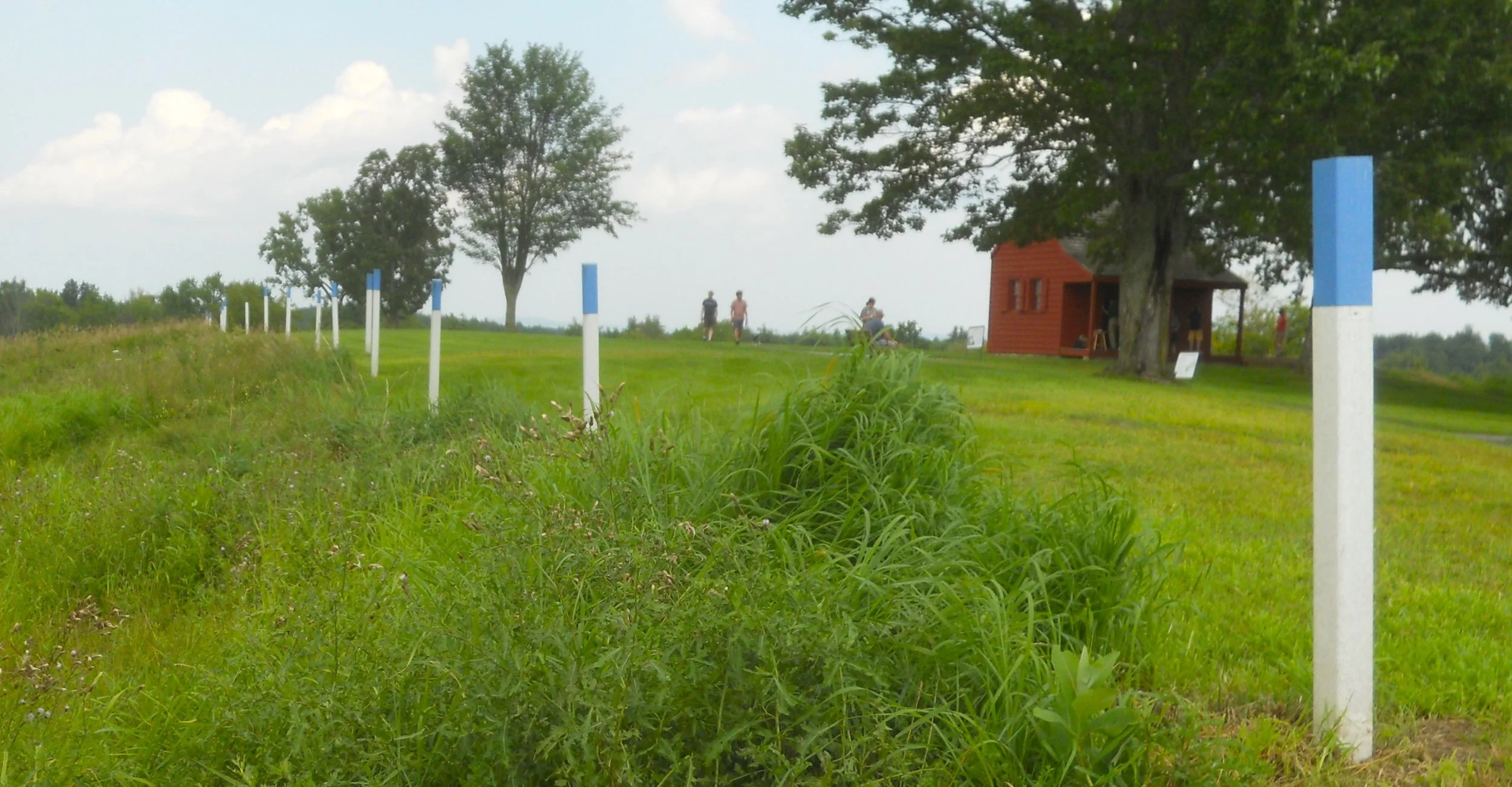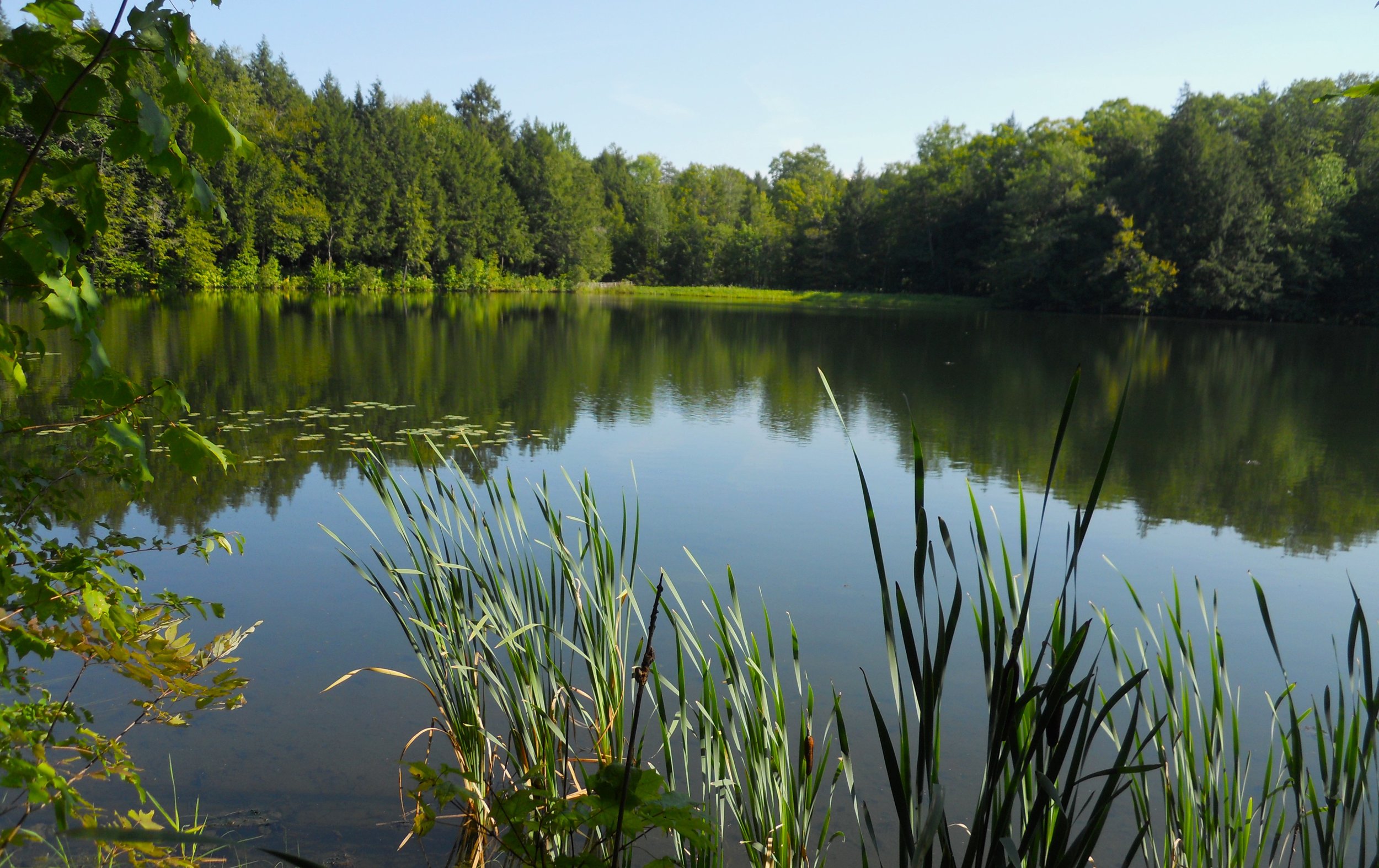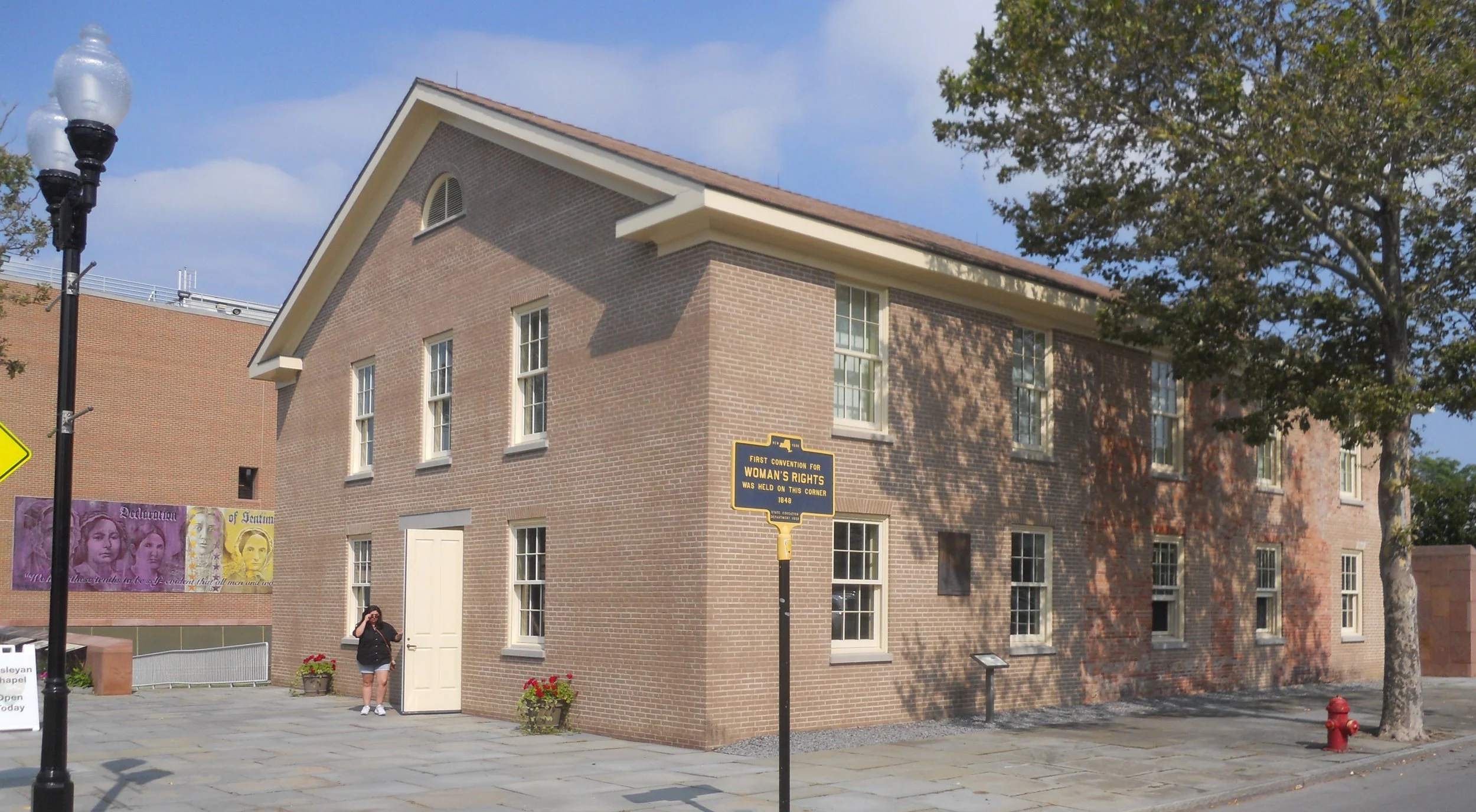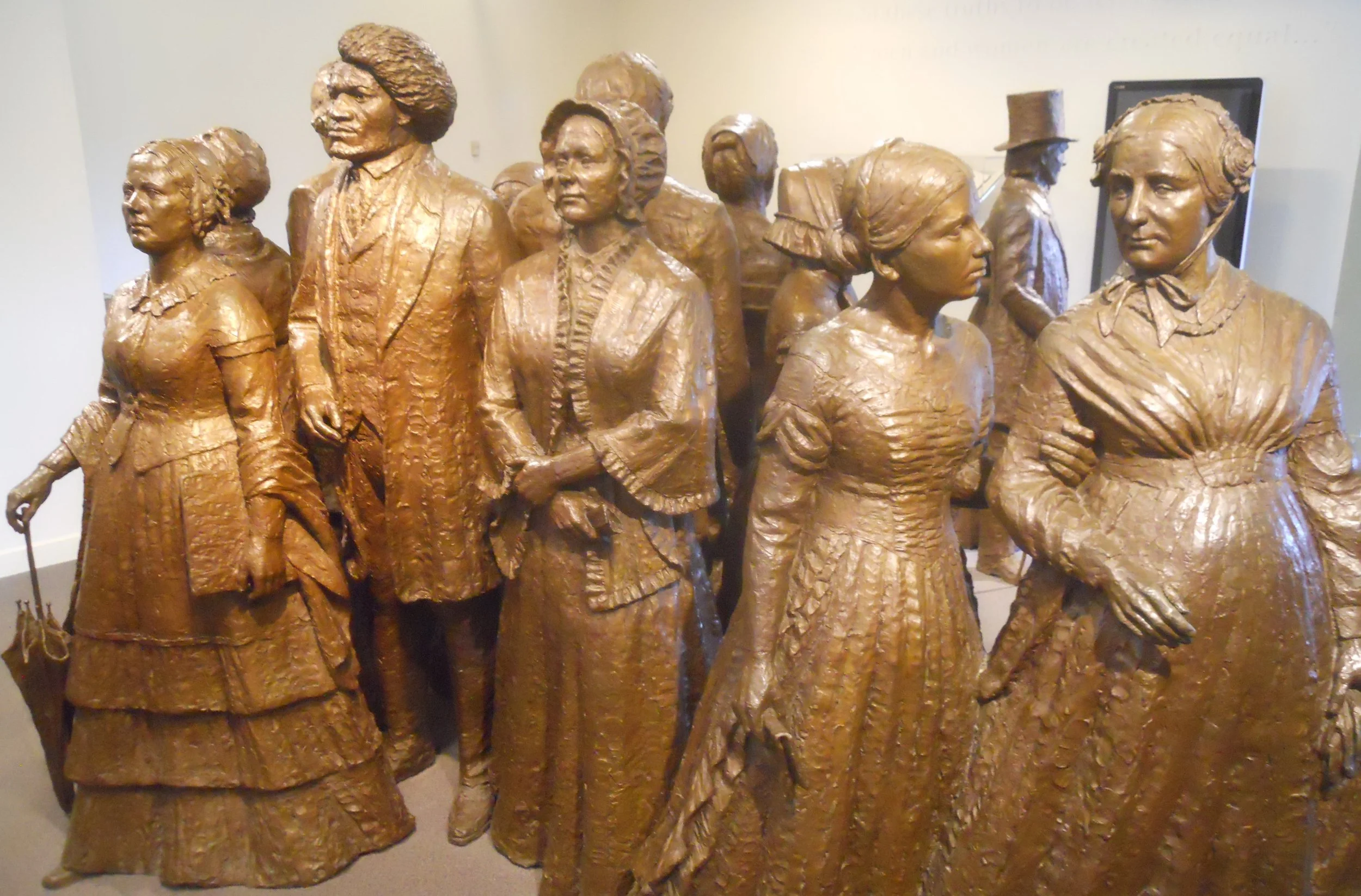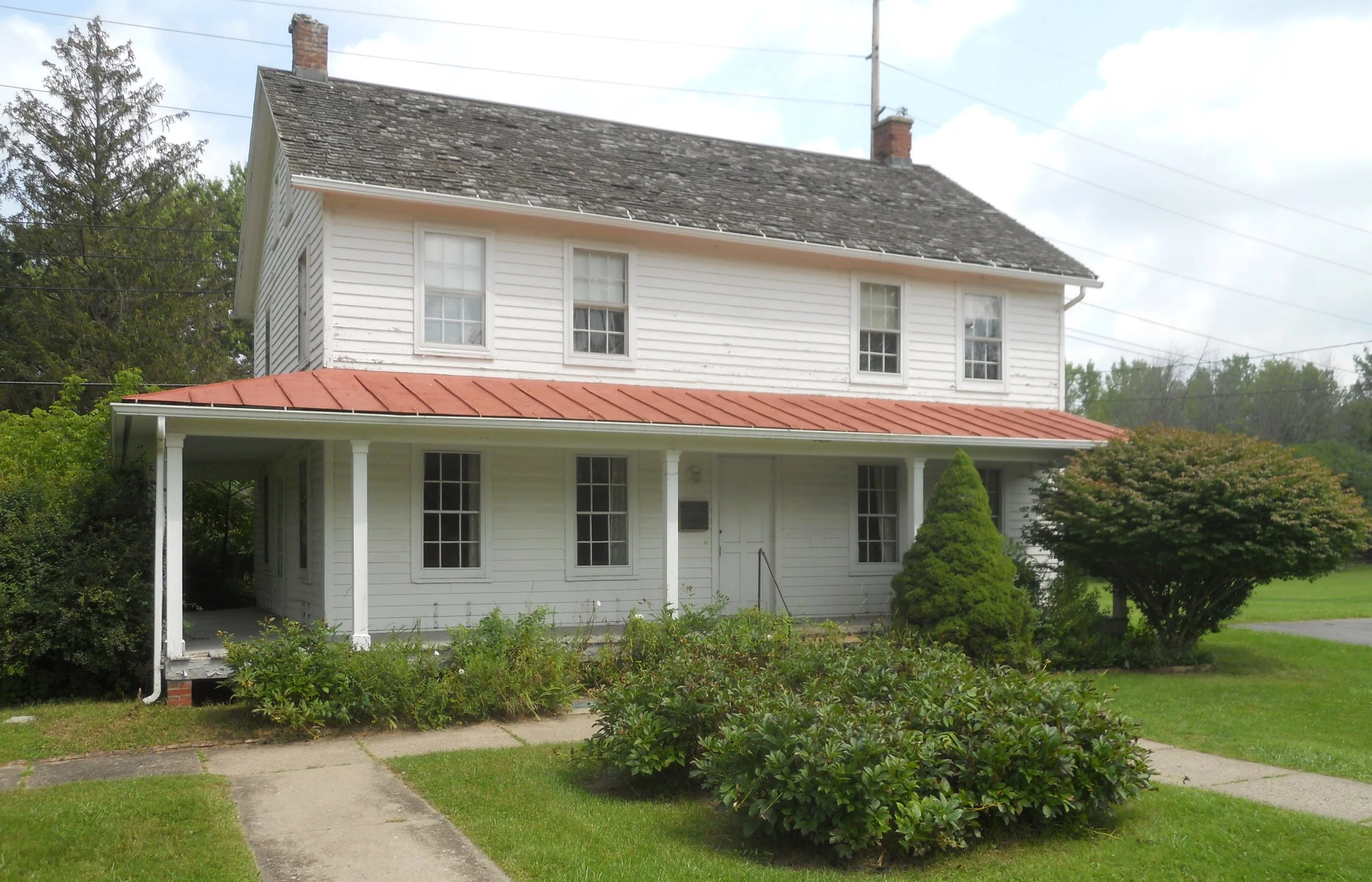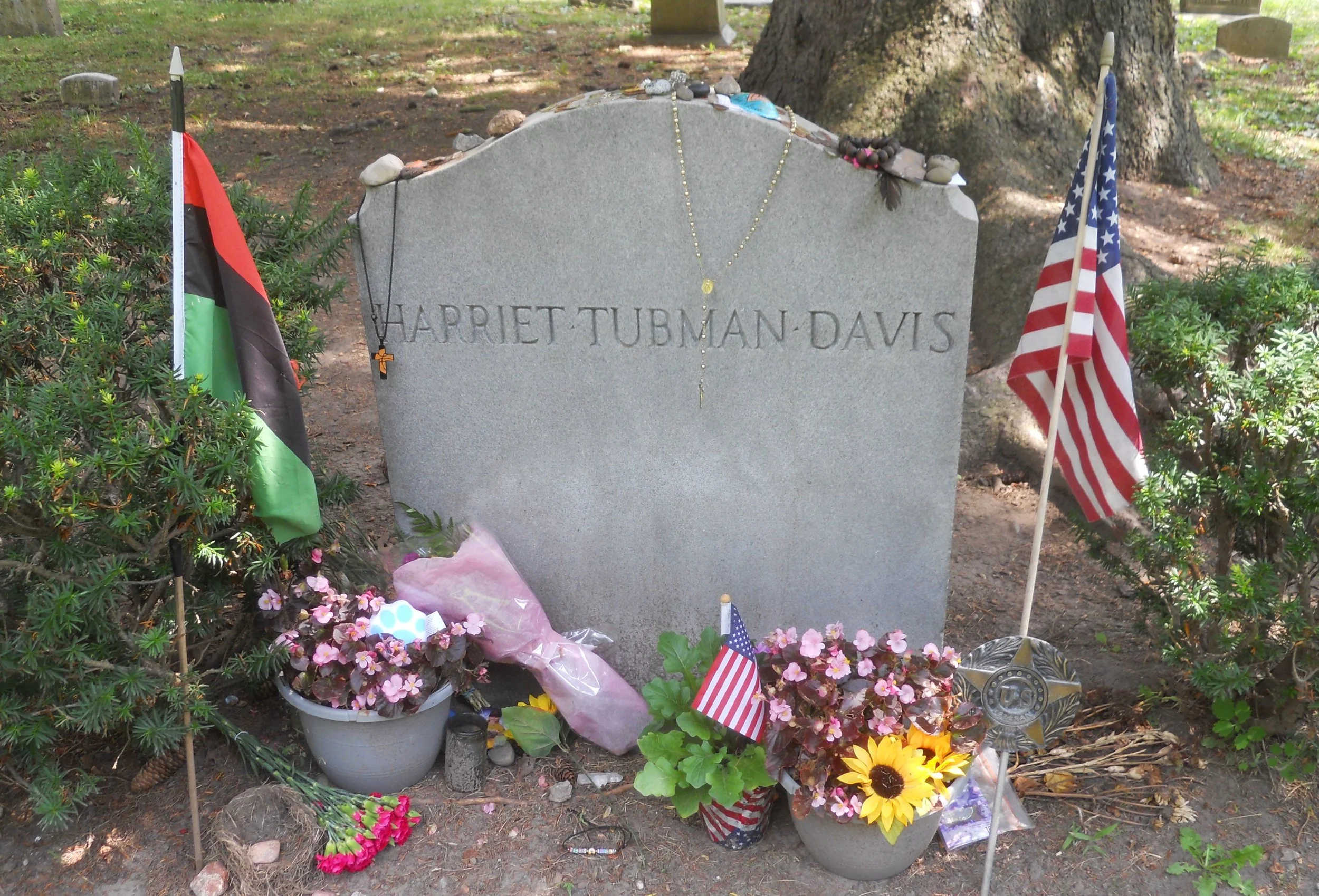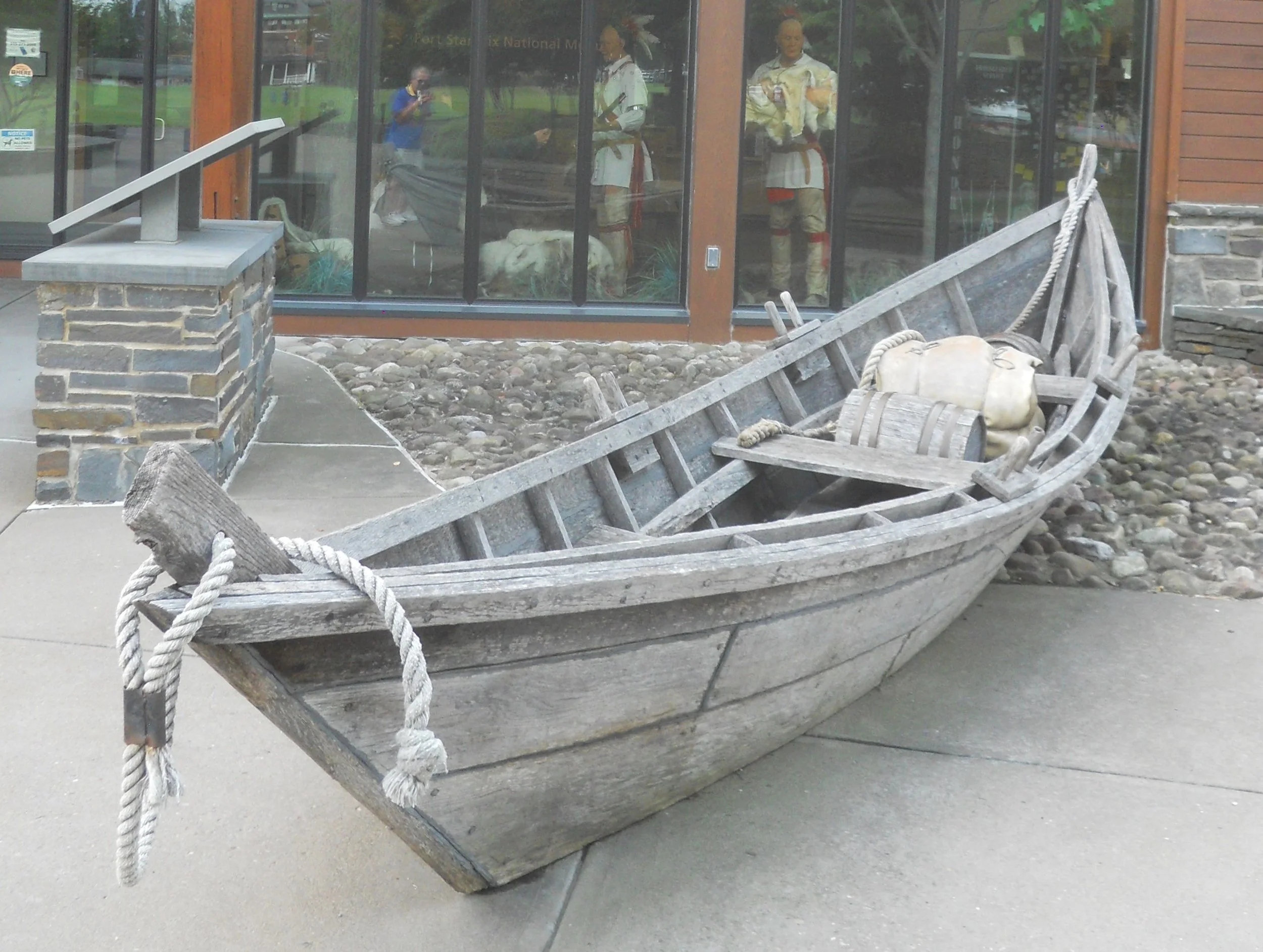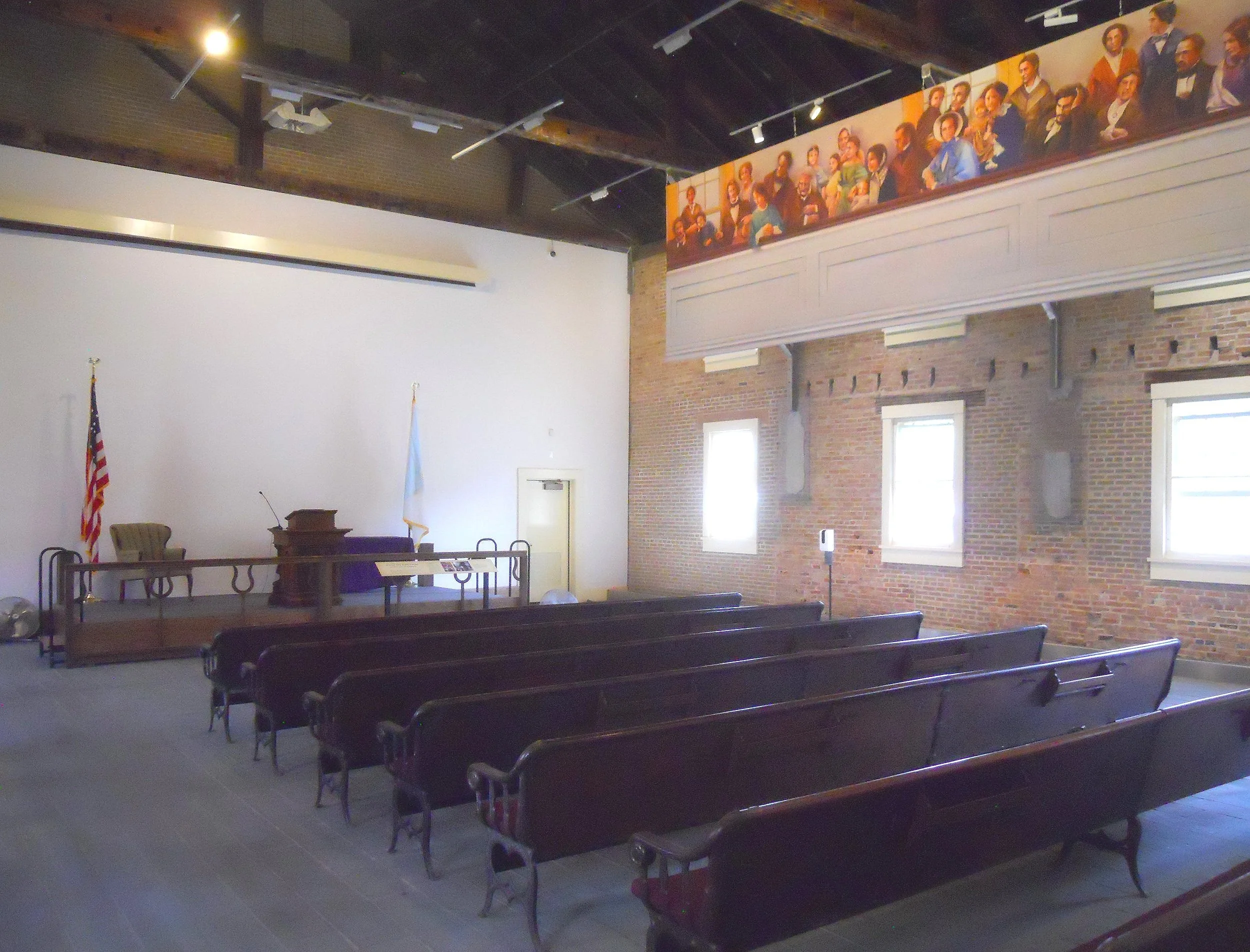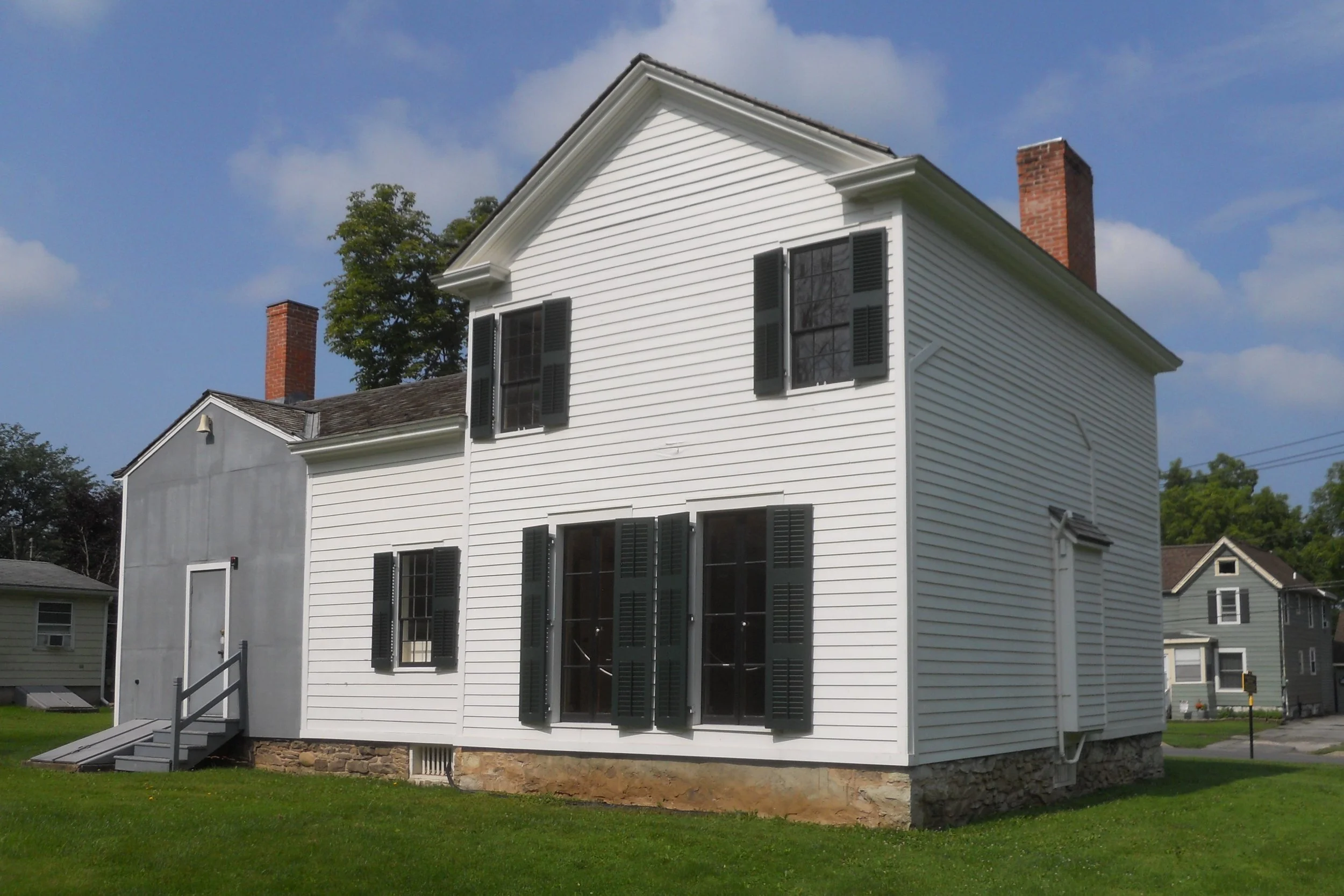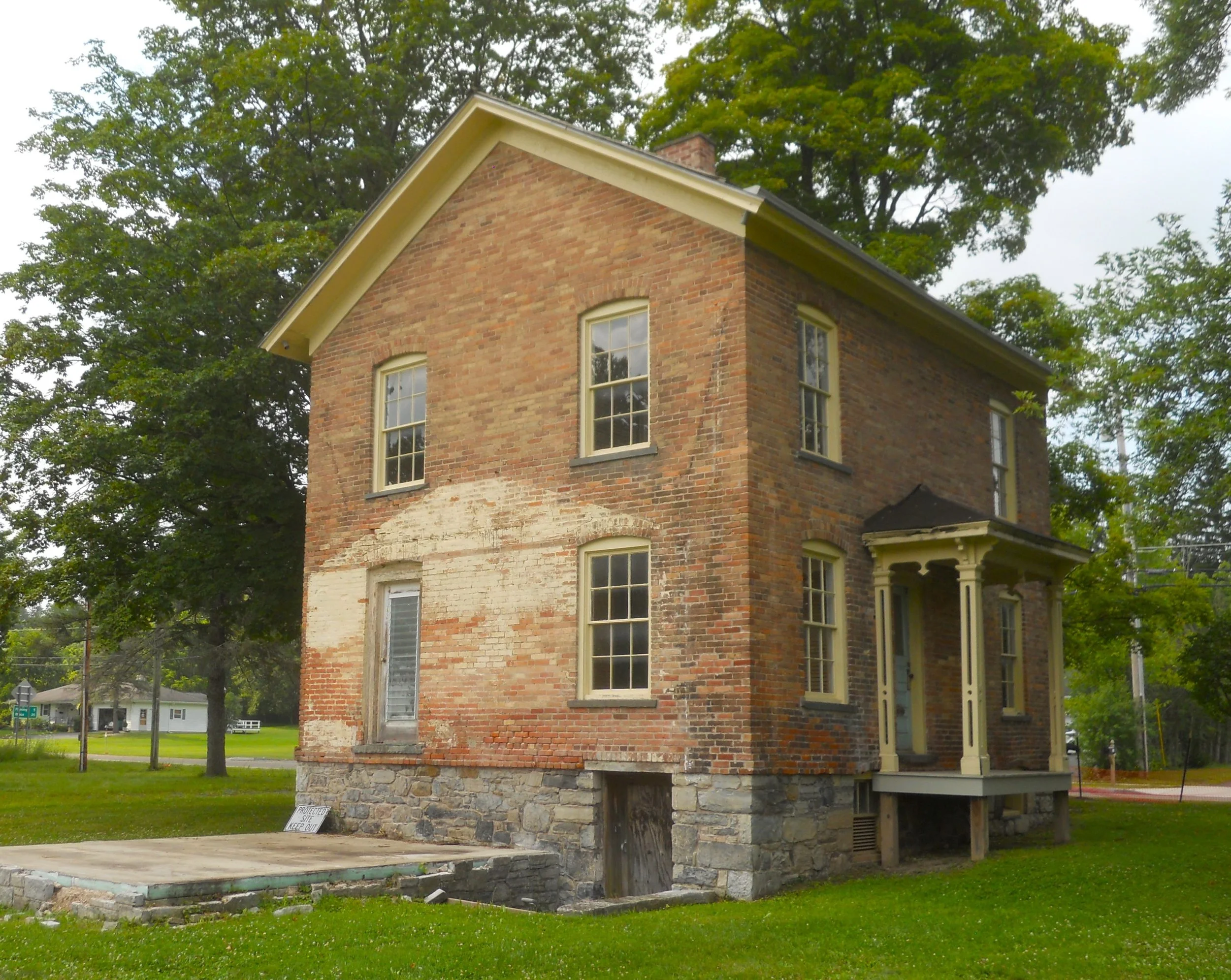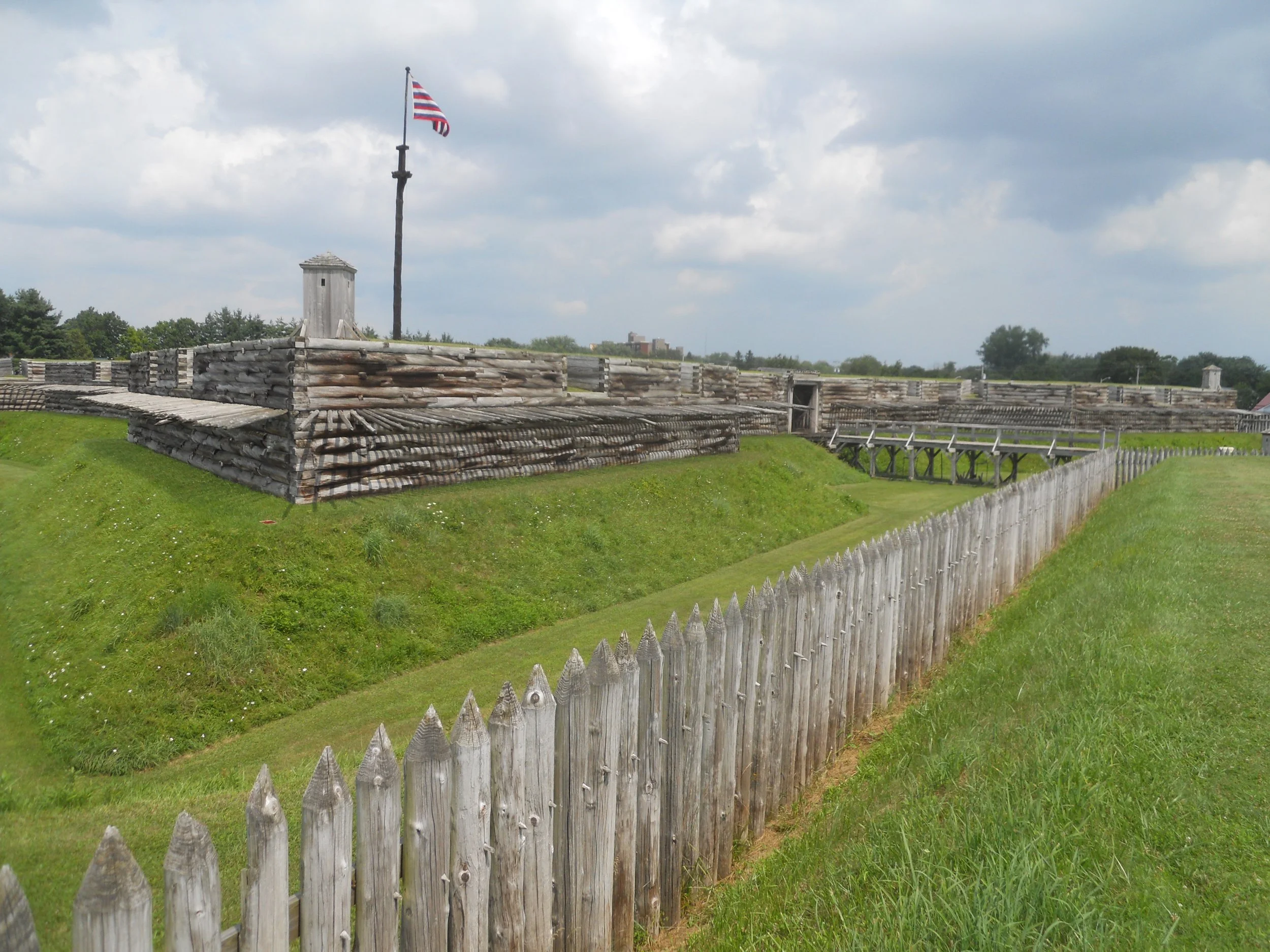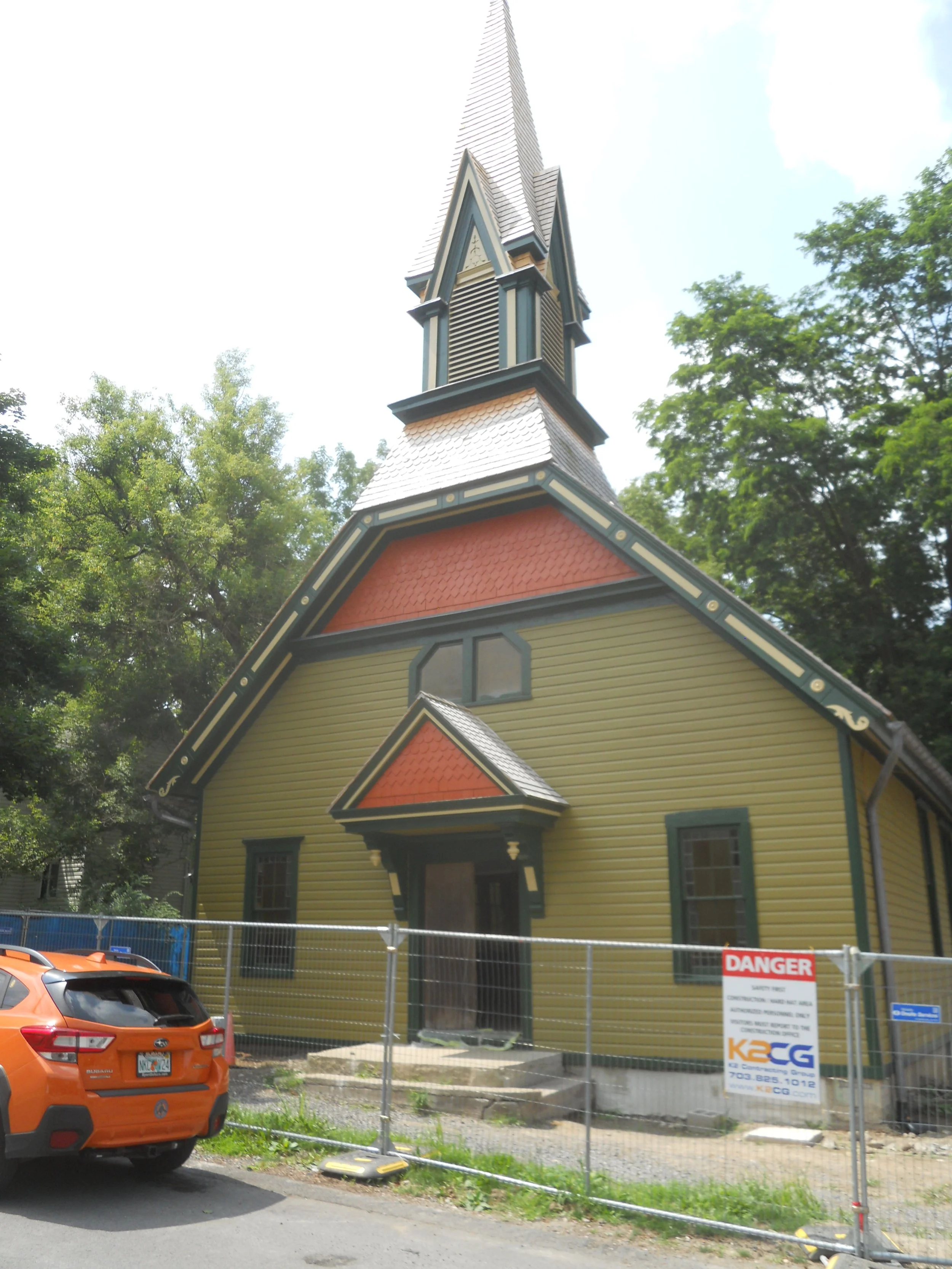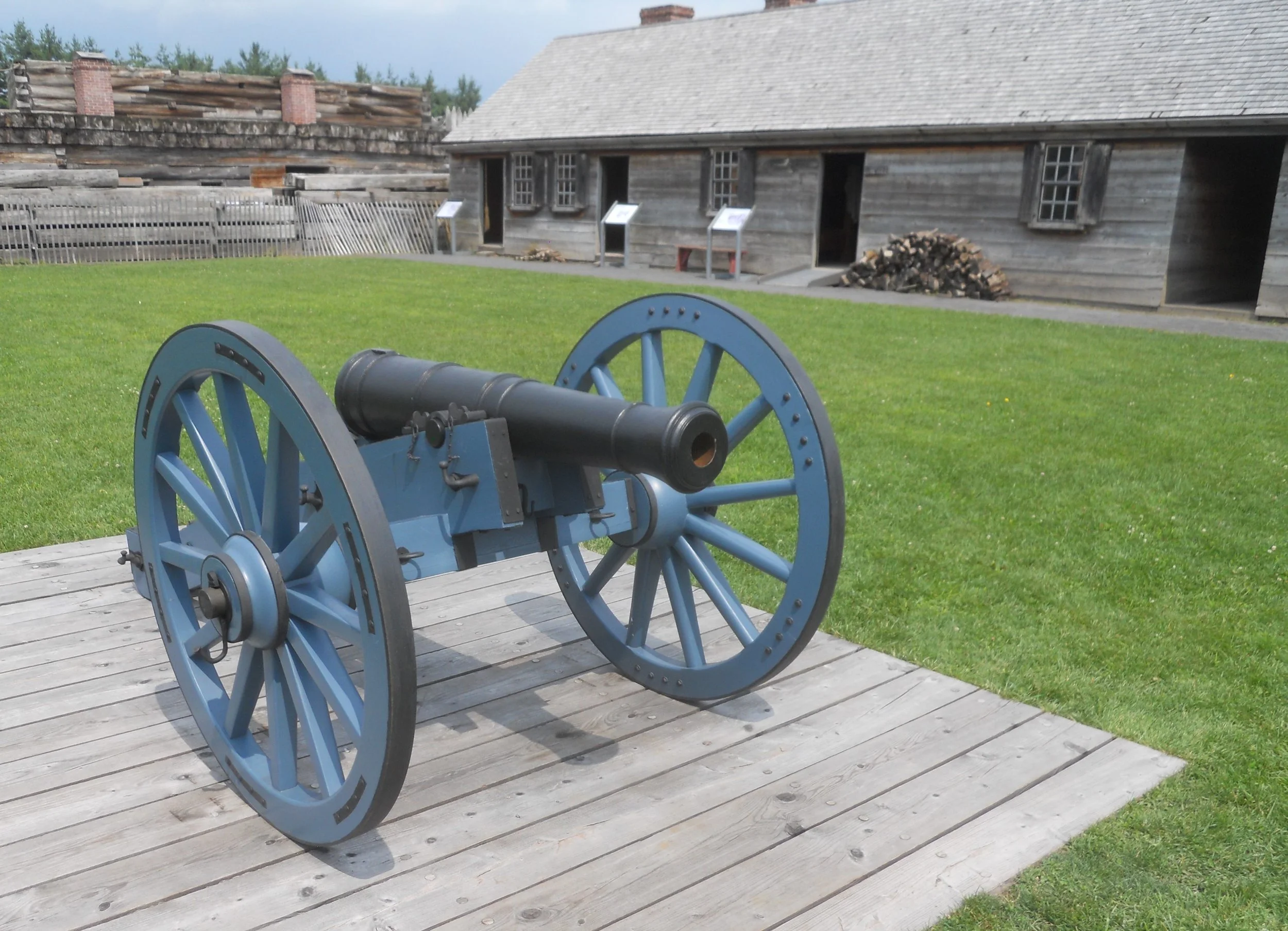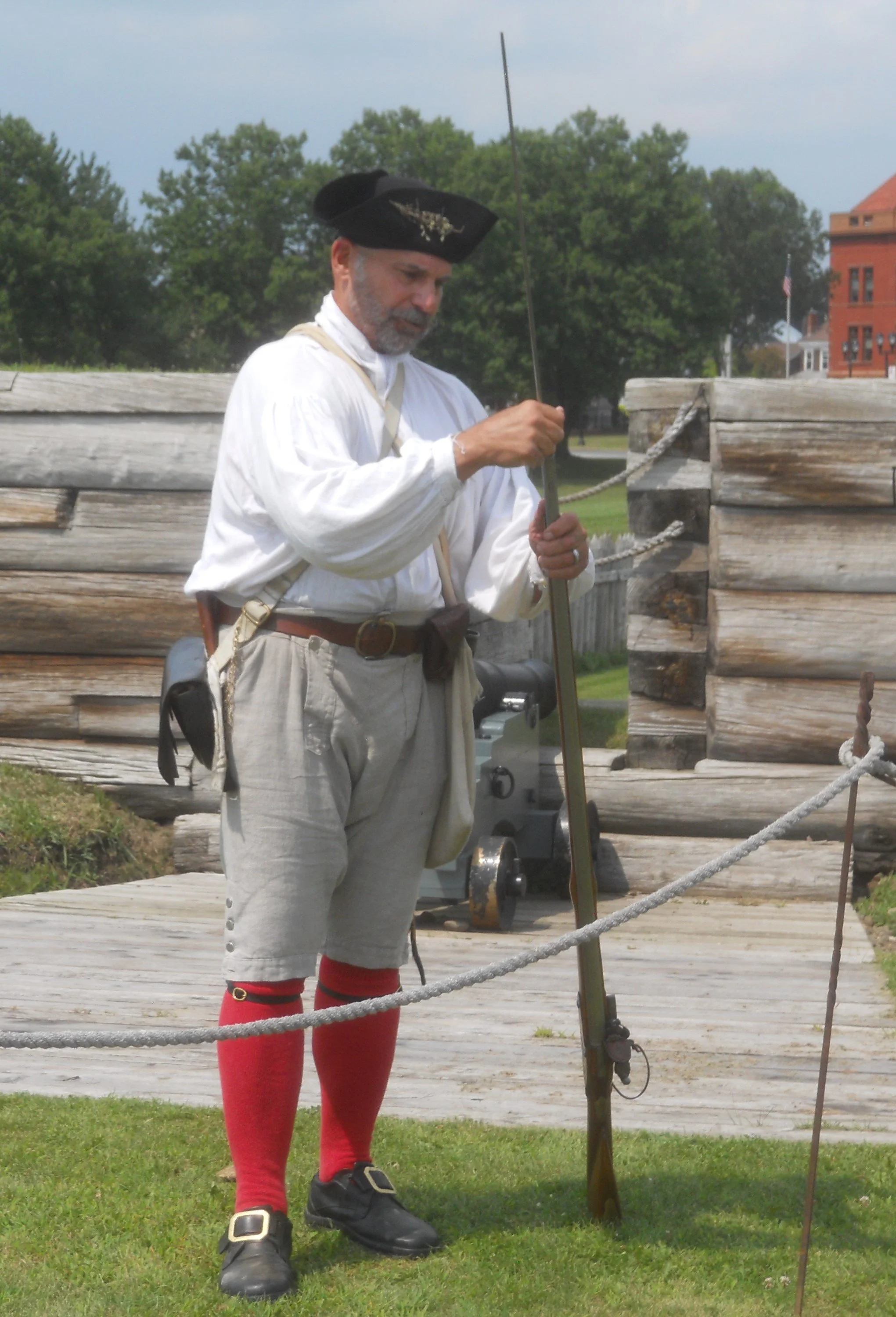DAY 7 (August 10) - The Boston African American NHS tells the story of Beacon Hill residents in the 1800s, fighting for racial justice and equality. This group led the country in seeking to abolish slavery. The Underground Railroad came through this neighborhood. The Black Heritage Trail was developed to lead visitors around the community, to showcase some of the buildings associated with the movement. The Charles Street Meeting House used to be a Baptist Church (with segregation), until 1876 when the building was sold to the African Methodist Episcopal Church. Throughout the abolition days, many anti-slavery speeches were given here, followed by women suffragists in the late-1800s. The African Meeting House is the oldest Black Church building in the country. It became known as the “Black Faneuil Hall”. A granite slab on the back of the building has quotes from some of the great movement leaders. My favorite is shown. An UGRR safe house was across the street from the Meeting House.
The rest of the day was spent walking the Freedom Trail, a 2.5-mile-long walk covering most of the historical highlights of downtown Boston. It also connects with the Black Heritage Trail. First stop may look familiar to readers. Yes, this is Saint-Gaudens bronze sculpture of Col. Shaw and the 54th Massachusetts. The version at his home, which I visited a few days ago, had a flaw, per Saint-Gaudens, so he created a new iteration with a few tweaks. The “new” one is on display in Boston Commons, the oldest public park in the country. Park Street Congregational Church, founded in 1809, is down the street. The congregation was one of the first in the new country to discuss civil rights for all. Next to it is the famous Granary Burying Ground. John Hancock (photo), Paul Revere, and other prominent Boston residents are buried here. Four blocks later, after passing Kings Chapel Burying Ground, is the Old State House, built in 1713. The infamous Boston Massacre happened just outside its doors. The first Boston reading of the Declaration of Independence was heard from its balcony. A couple streets later was Faneuil Hall, the Cradle of Liberty. Lectures, discussions, and demonstrations are still heard in the second floor.
After walking over I-93 (which is now underground thanks to the Big Dig a couple decades ago) I came to Paul Revere’s home. This is the oldest building in downtown Boston, dating to 1680. It looks as if from a different world. A few minutes later I was at the Old North Church. Stand there and imagine what Paul Revere and William Dawes felt when they looked at the steeple the night of April 18, 1775. Next up was Copp’s Hill Burying Ground. Twenty-five men who participated in the Boston Tea Party are buried here. One then has to walk across a bridge (over the Charles River) to reach Charlestown and the most famous warship in our country’s history. Cannons continue to be pointed out from their gunports. The U.S.S. Constitution is still in active service, evident by all the U.S. Navy service people around the ship and dock. Two of the lower decks are open to tour. The bottom deck is where the enlisted men slept, in hammocks stretched between beams.
Last, but not by any means least, is Bunker Hill. The Battle of Bunker Hill was fought on June 17, 1775. Though both sides were intent on securing the height advantage of Bunker Hill (110 feet above sea level), almost all the fighting took place on neighboring Breed’s Hill. The British were victorious but at a great cost, losing many more men than the colonists. The lasting effect though was positive, the British now realizing the colonial militias could fight toe-to-toe with them.



